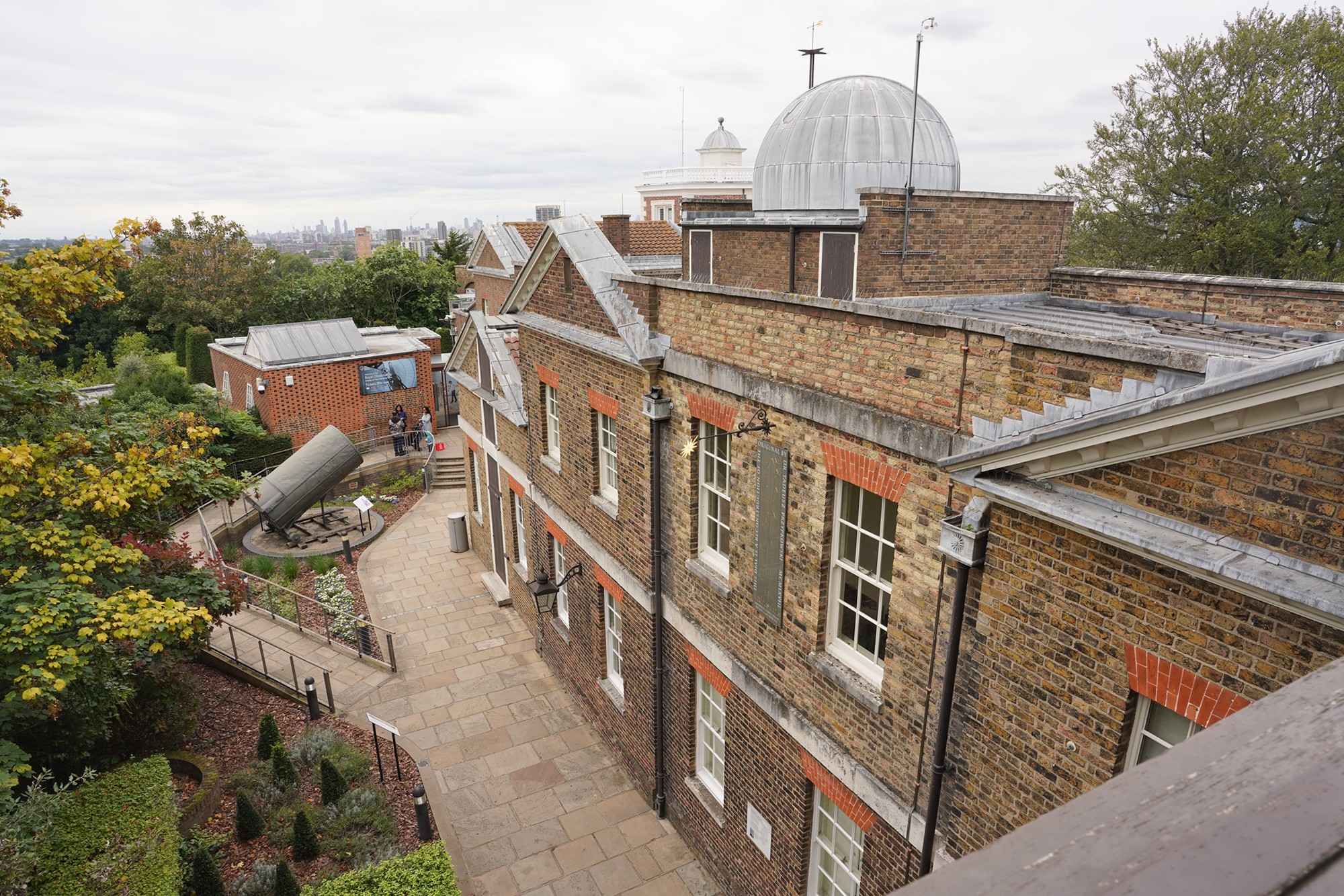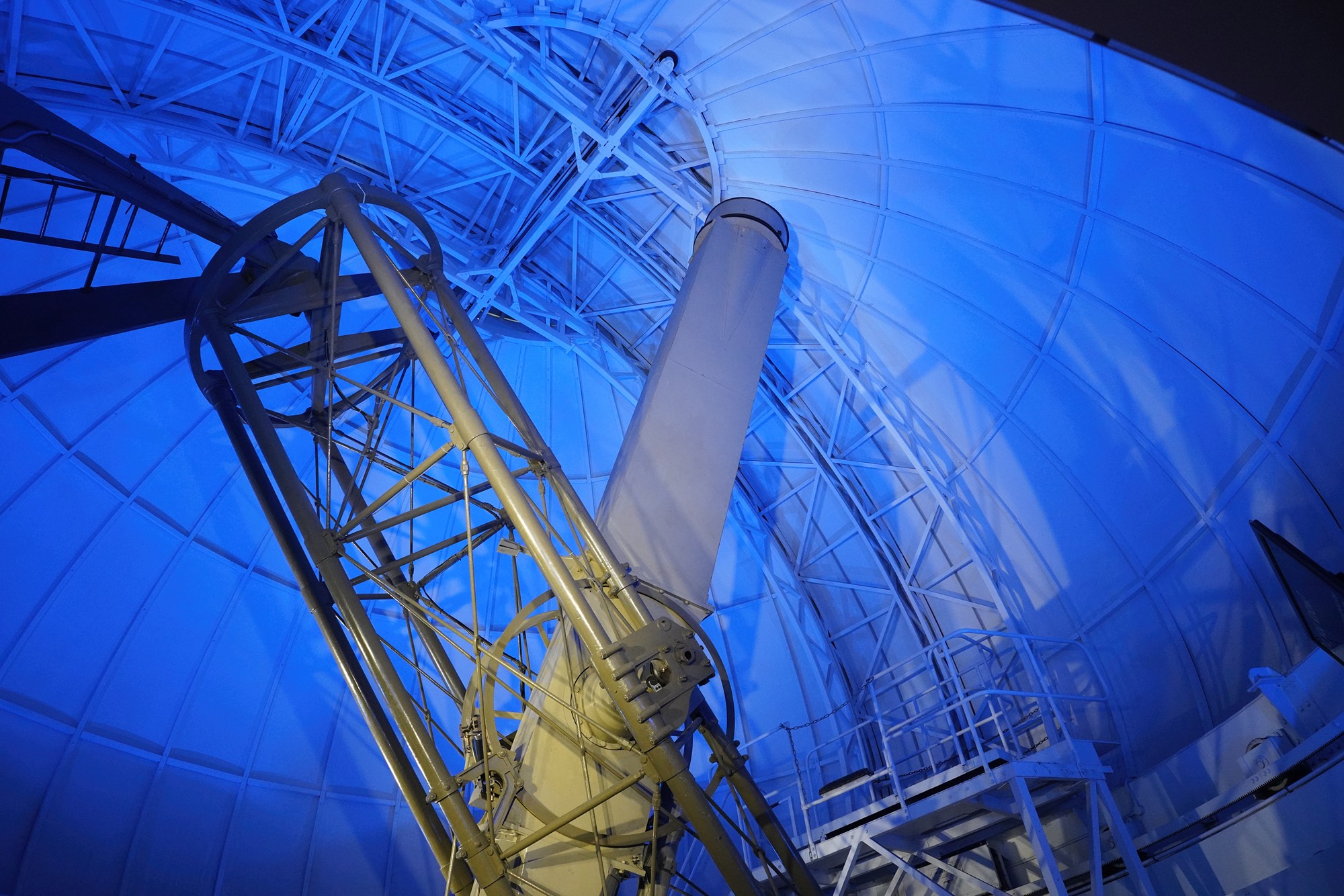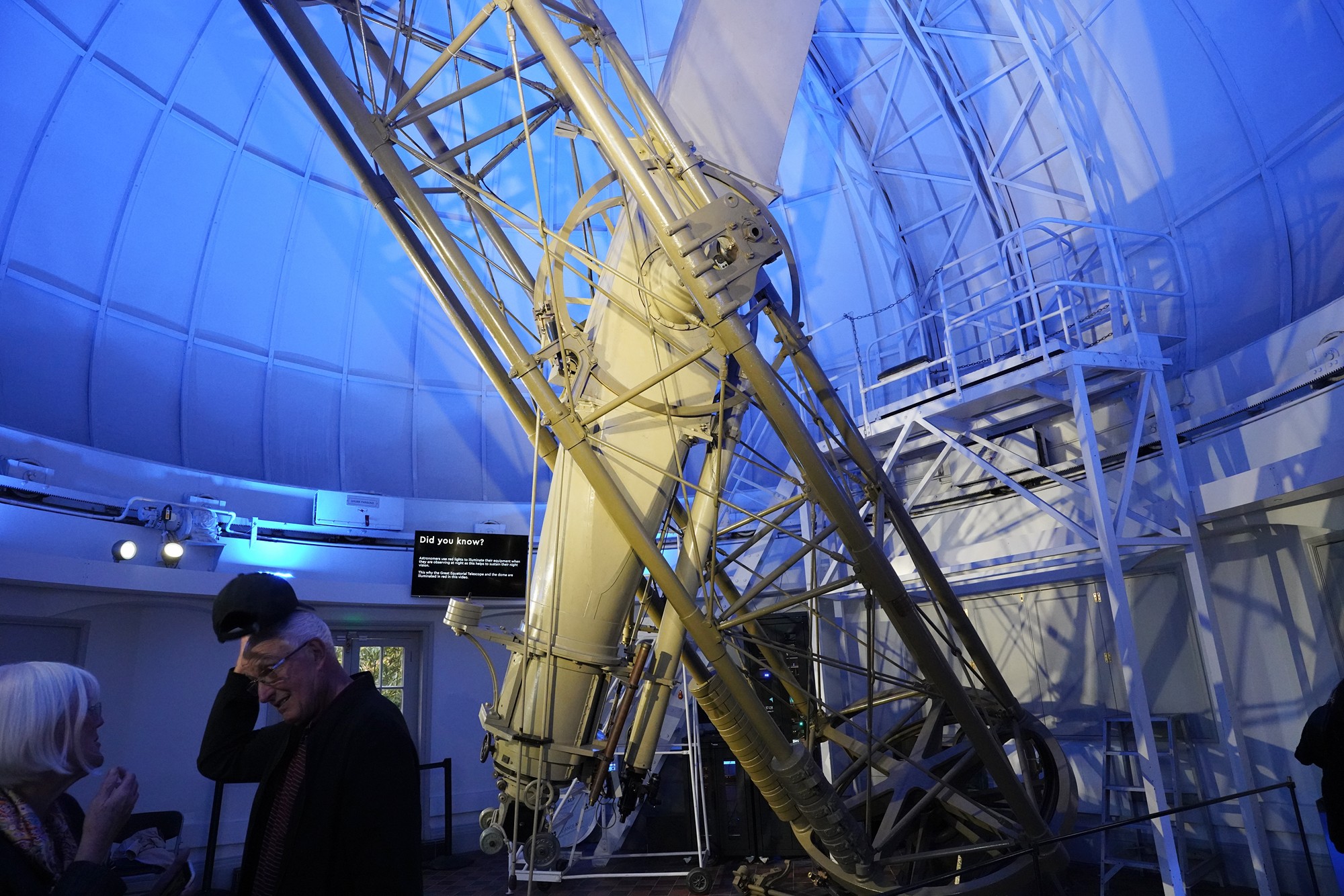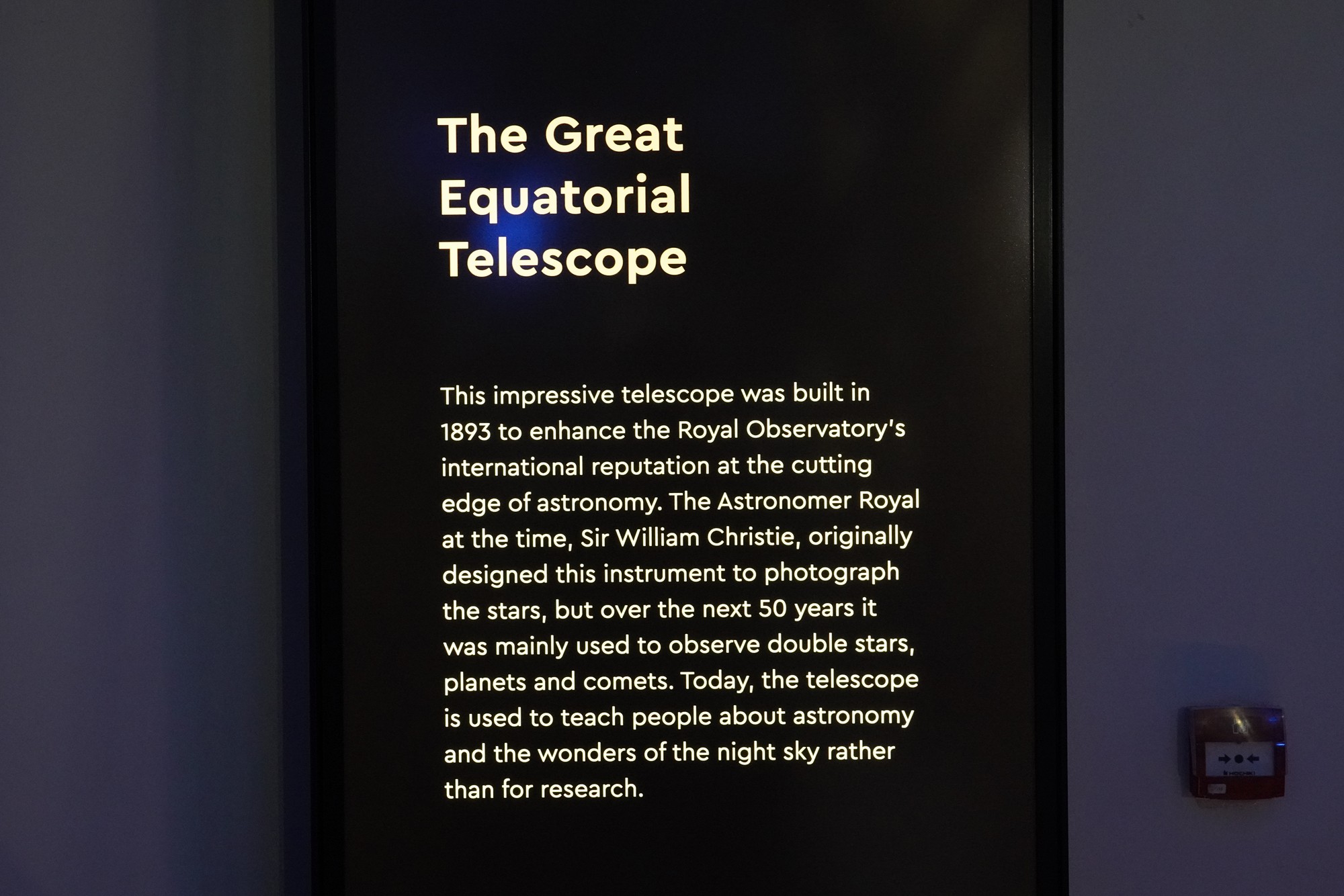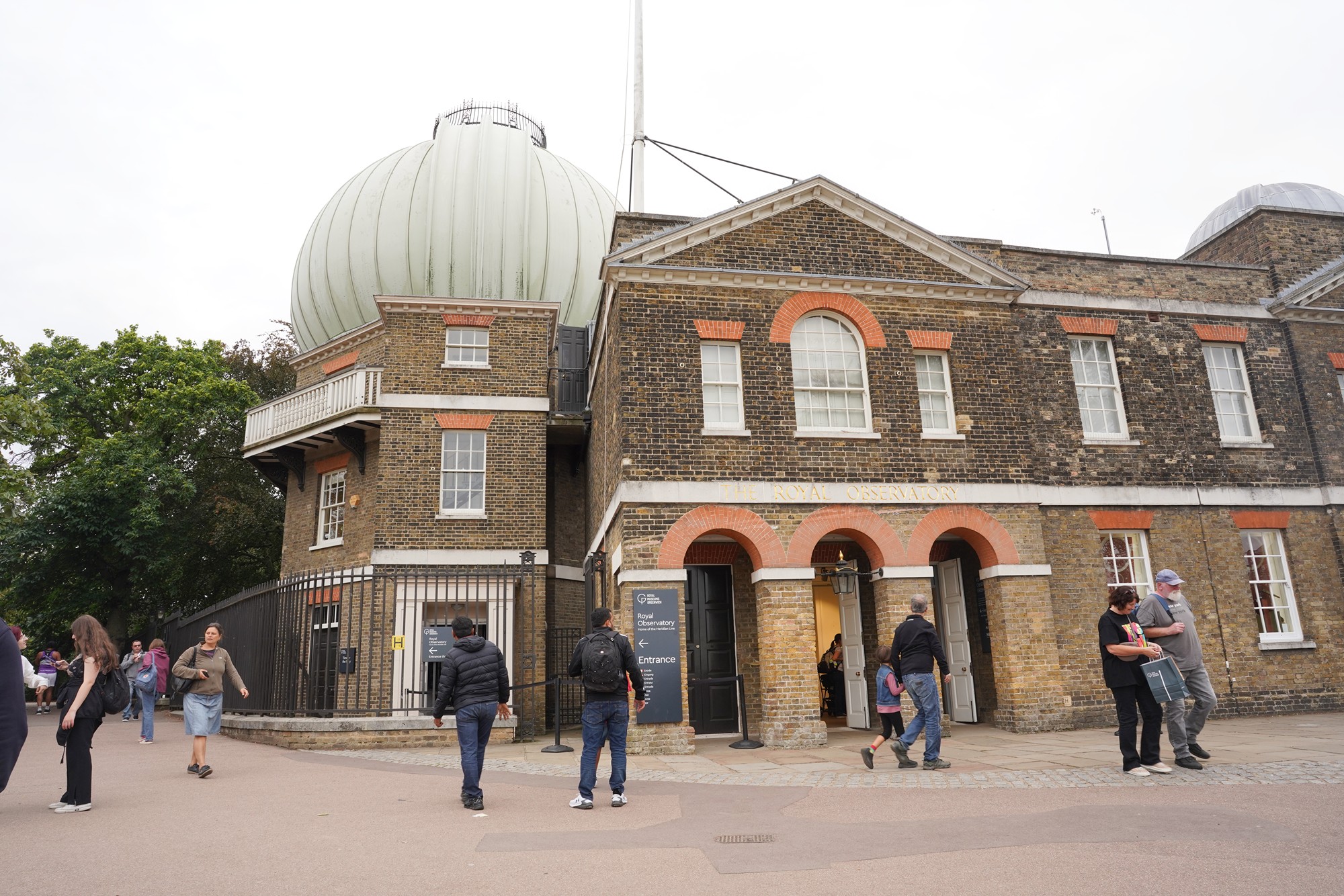Greenwich Area, London, England
Greenwich is a historic and picturesque area in London that offers a variety of attractions for tourists to explore.
Cutty Sark: King William Walk, London SE10 9HT
Old Royal Naval College: London SE10 9NN
National Maritime Museum: Romney Rd, London SE10 9NF
Royal Observatory: Blackheath Ave, London SE10 8XJ
Walking to the King’s Cross subway station to go to Greenwich
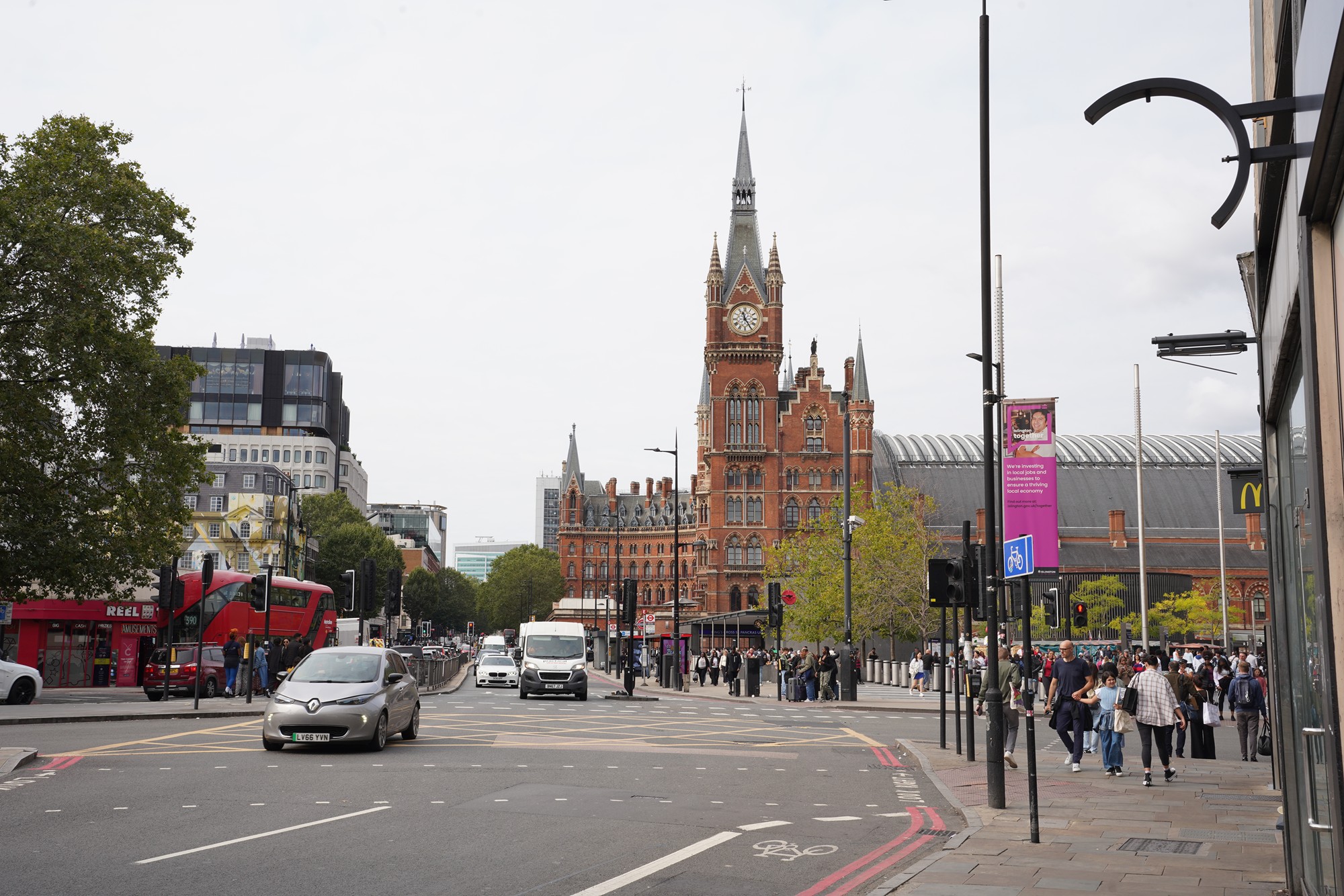
Arrived at where the Cutty Sark is located.
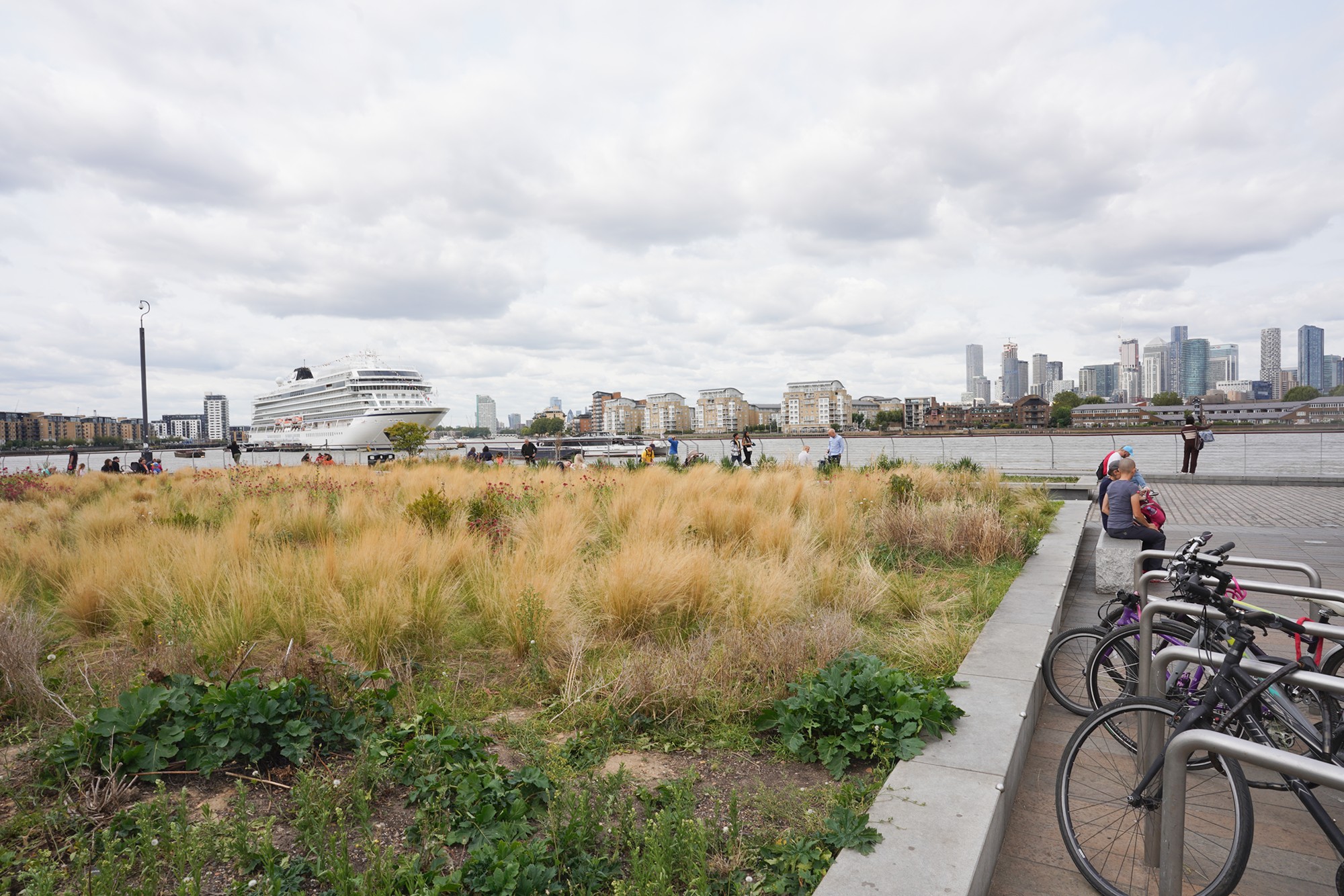
Cutty Sark is a historic sailing ship that has been beautifully restored and preserved. Visitors can explore the ship and learn about its history as a tea clipper.
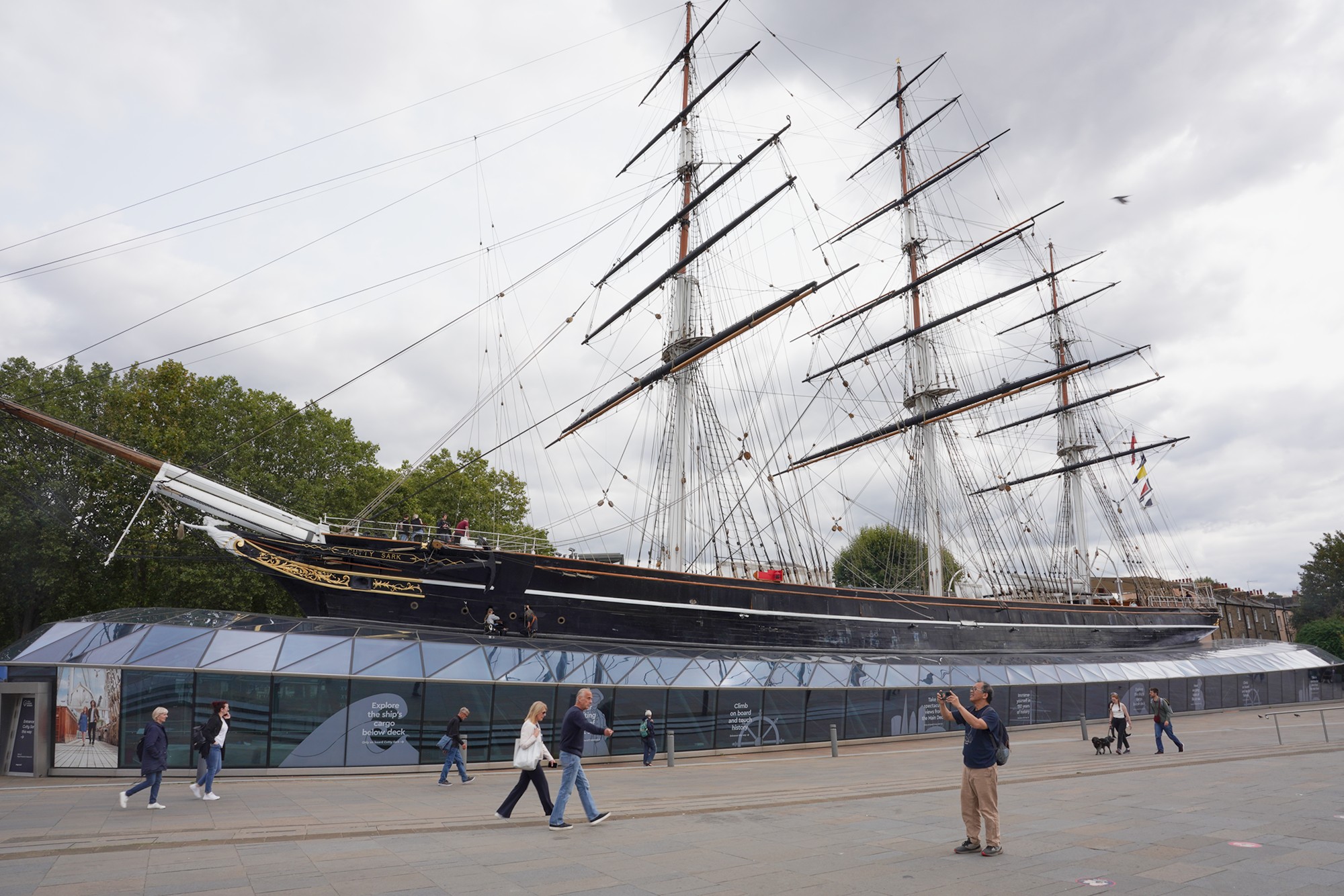
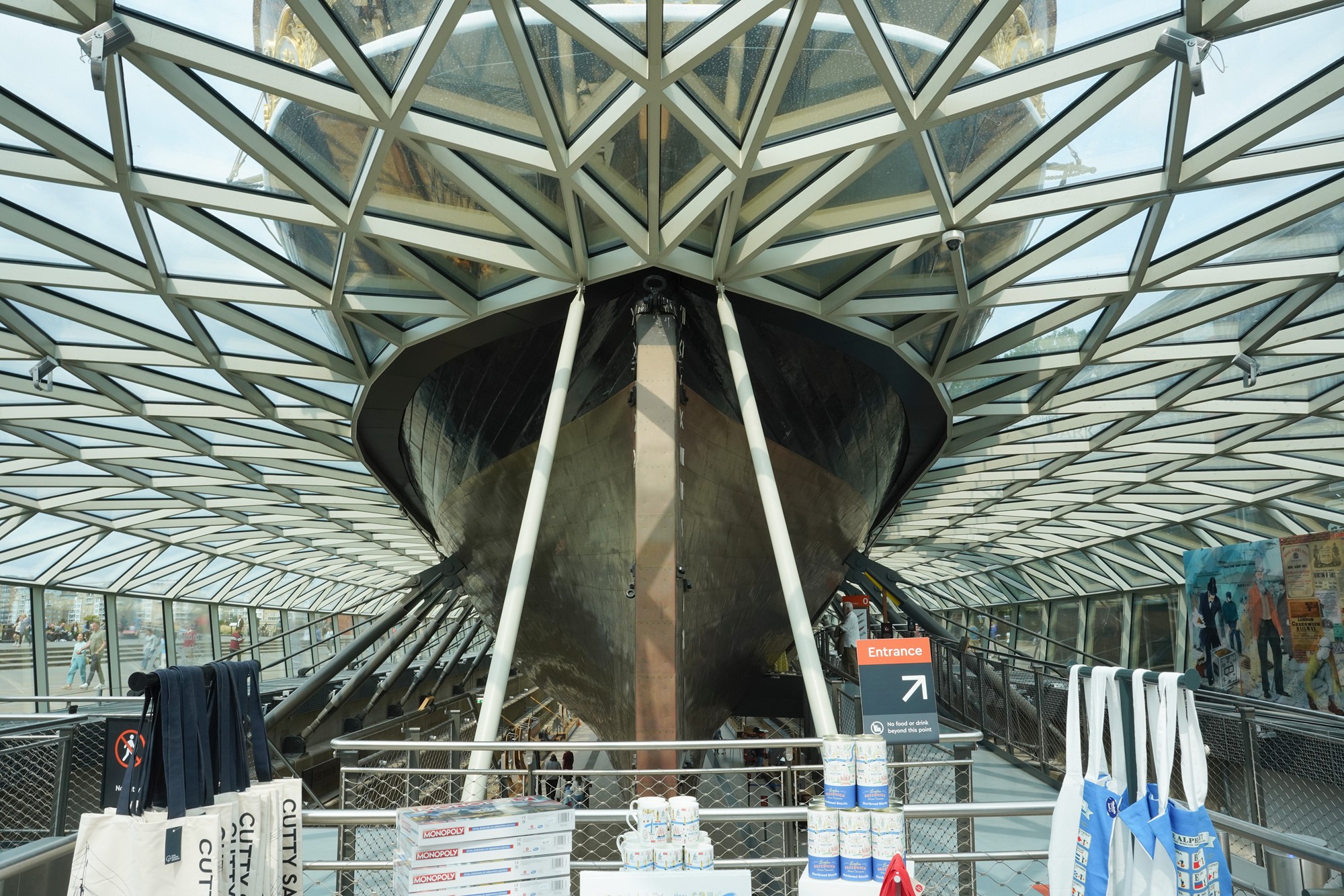
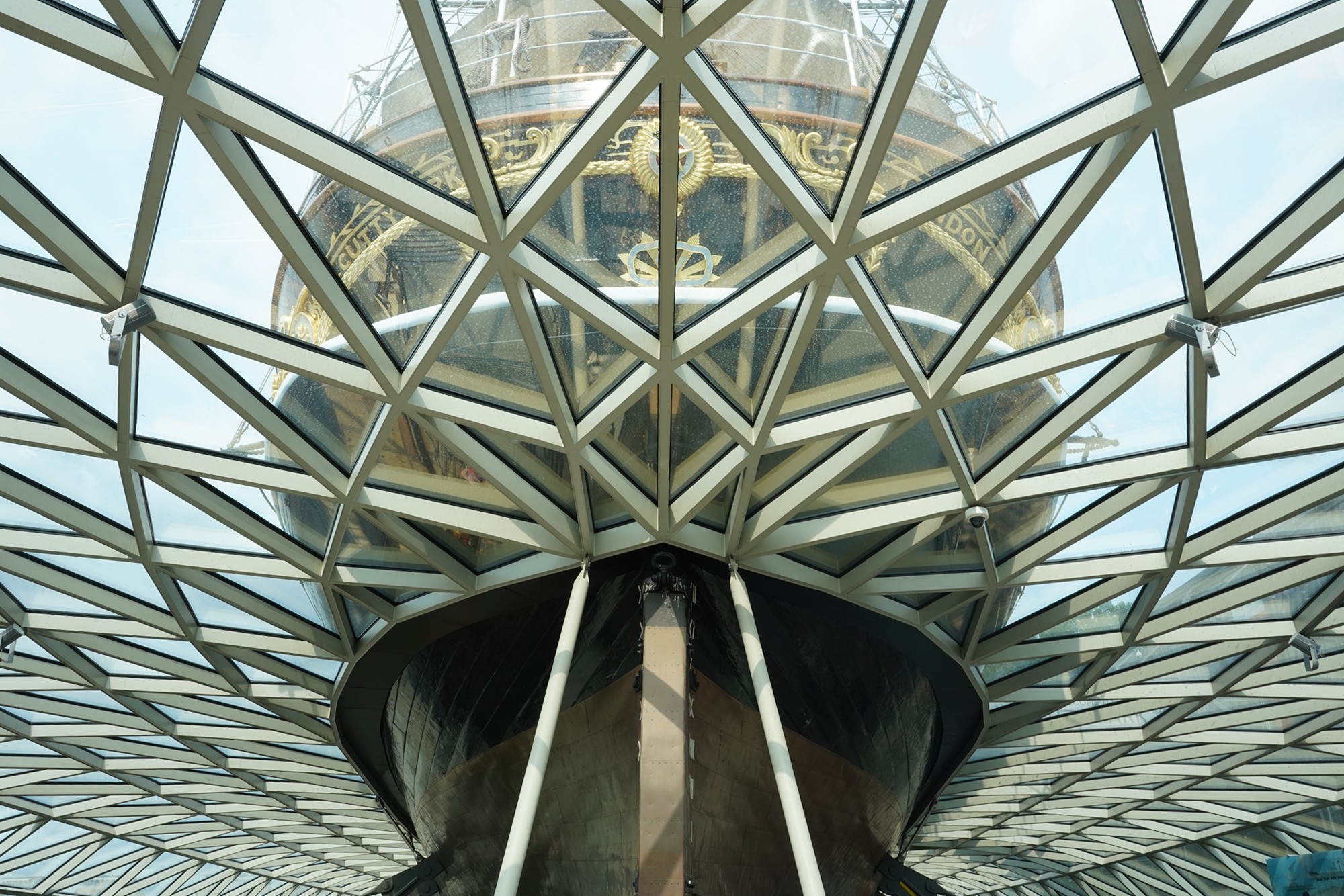

The lower deck where the tea boxes are loaded
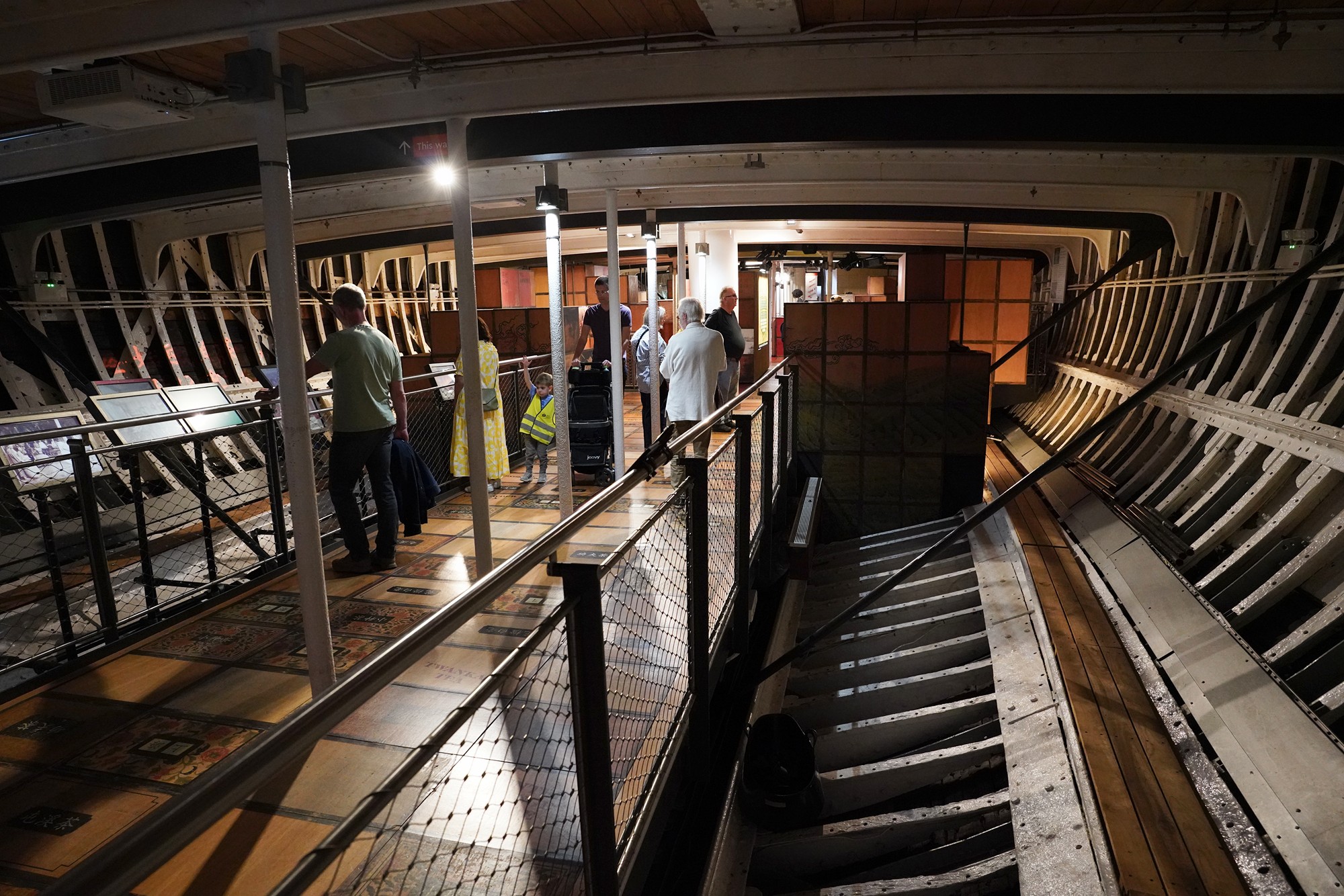
The Cutty Sark was built in 1869 at Dumbarton, Scotland. It was designed for the tea trade and was known for its speed, thanks to its sleek and innovative design. It was one of the last tea clippers to be built, as steamships were becoming more common.
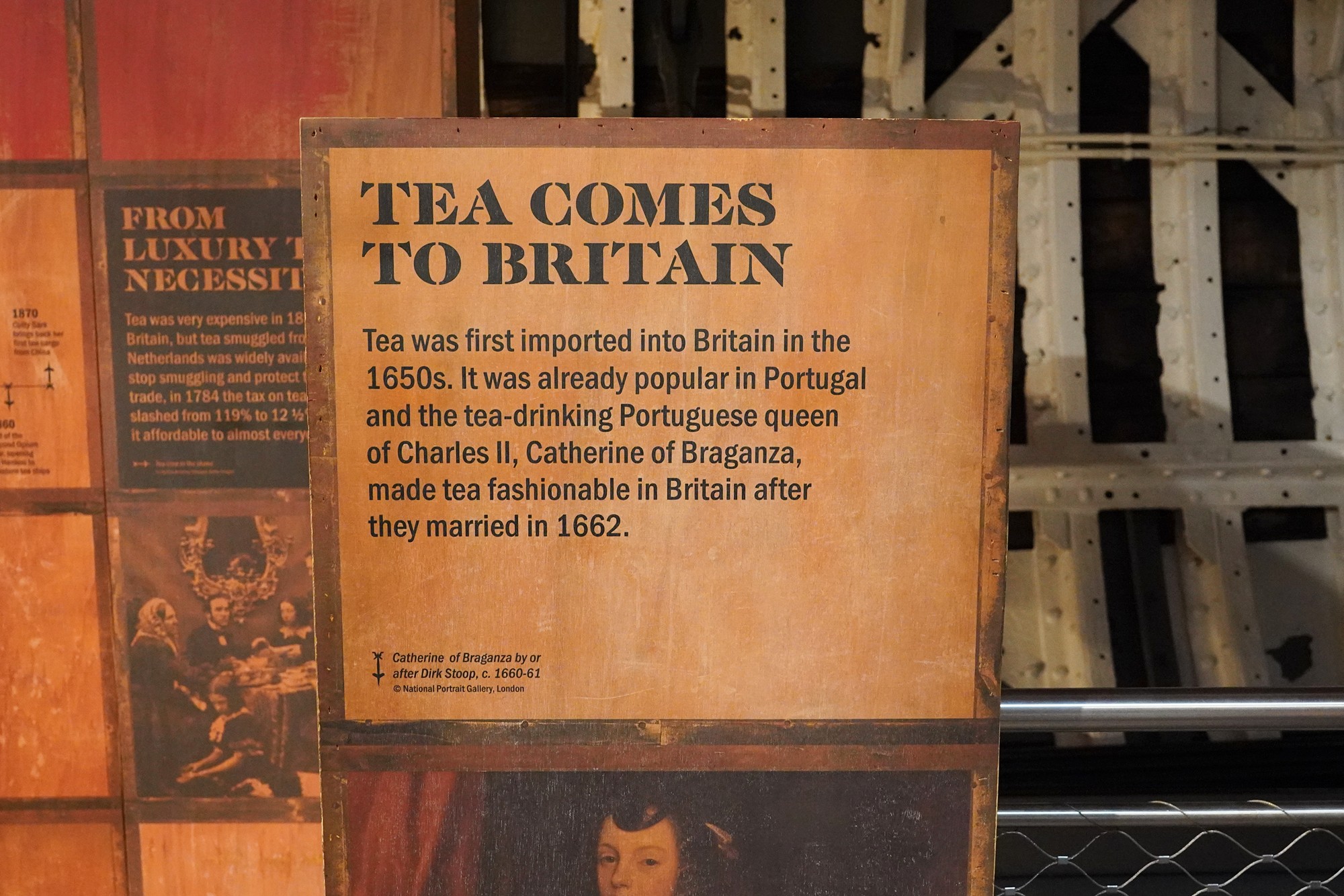
The ship’s primary purpose was to transport tea from China to Britain as quickly as possible. It was designed to maximize its cargo capacity while still maintaining speed.
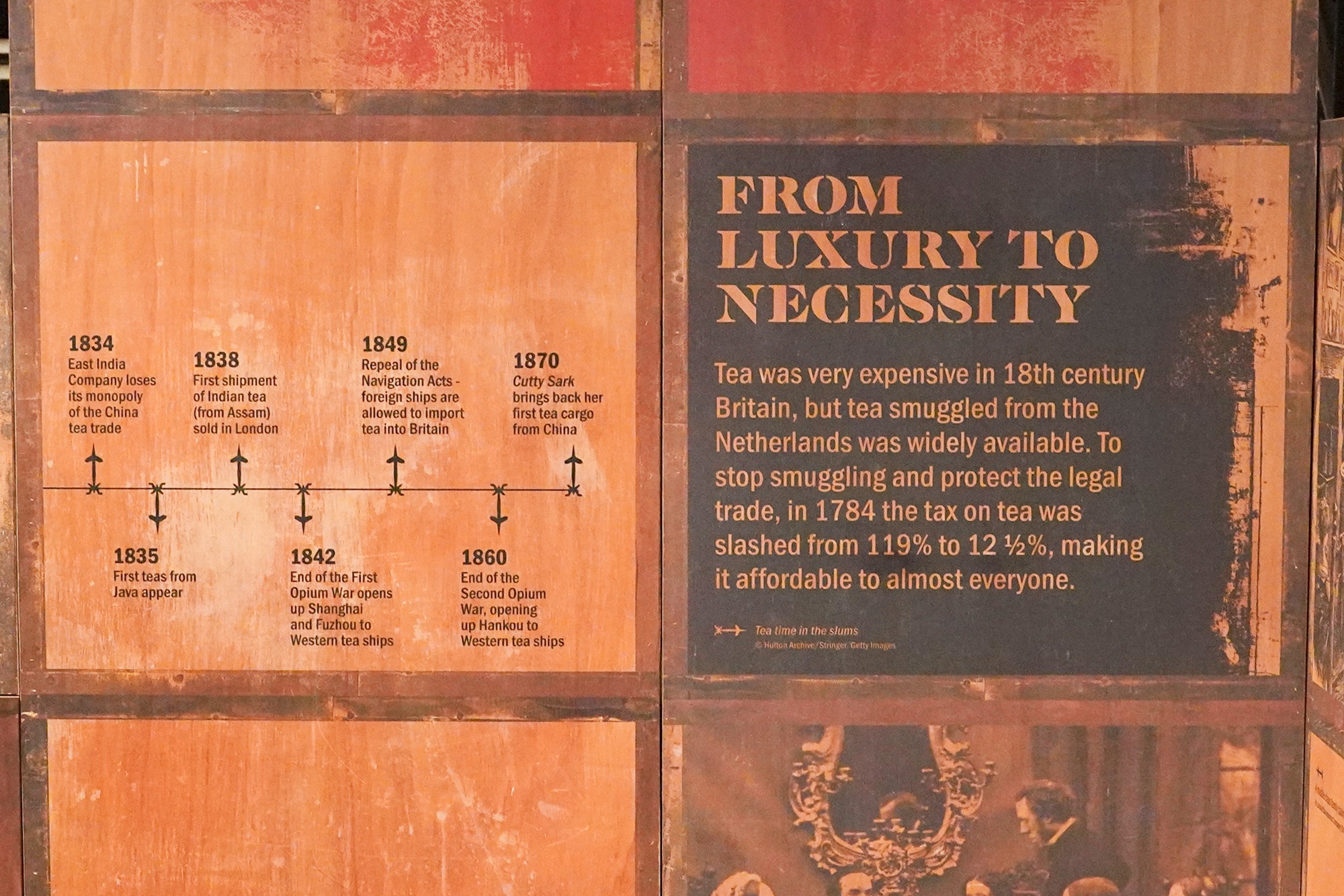
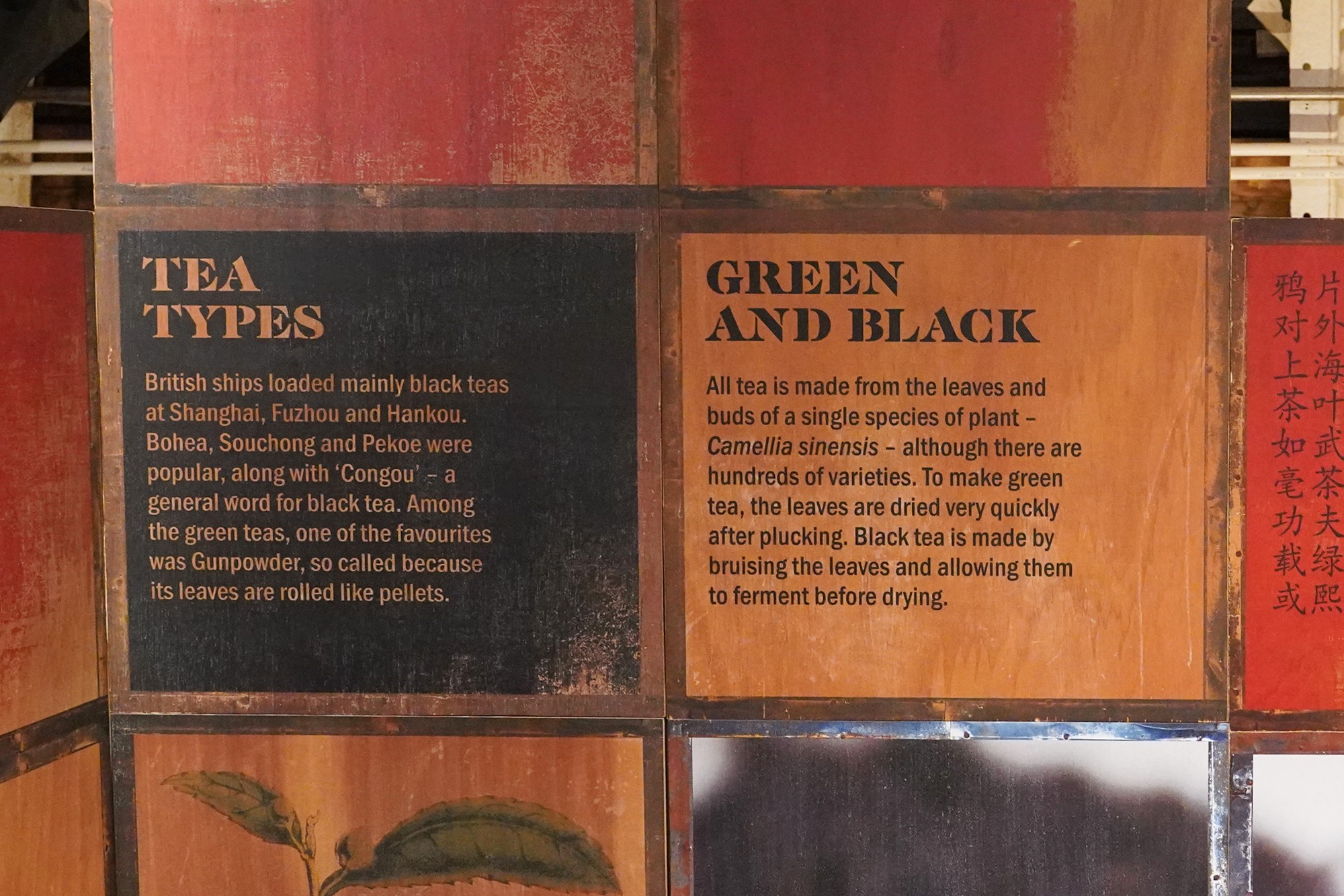
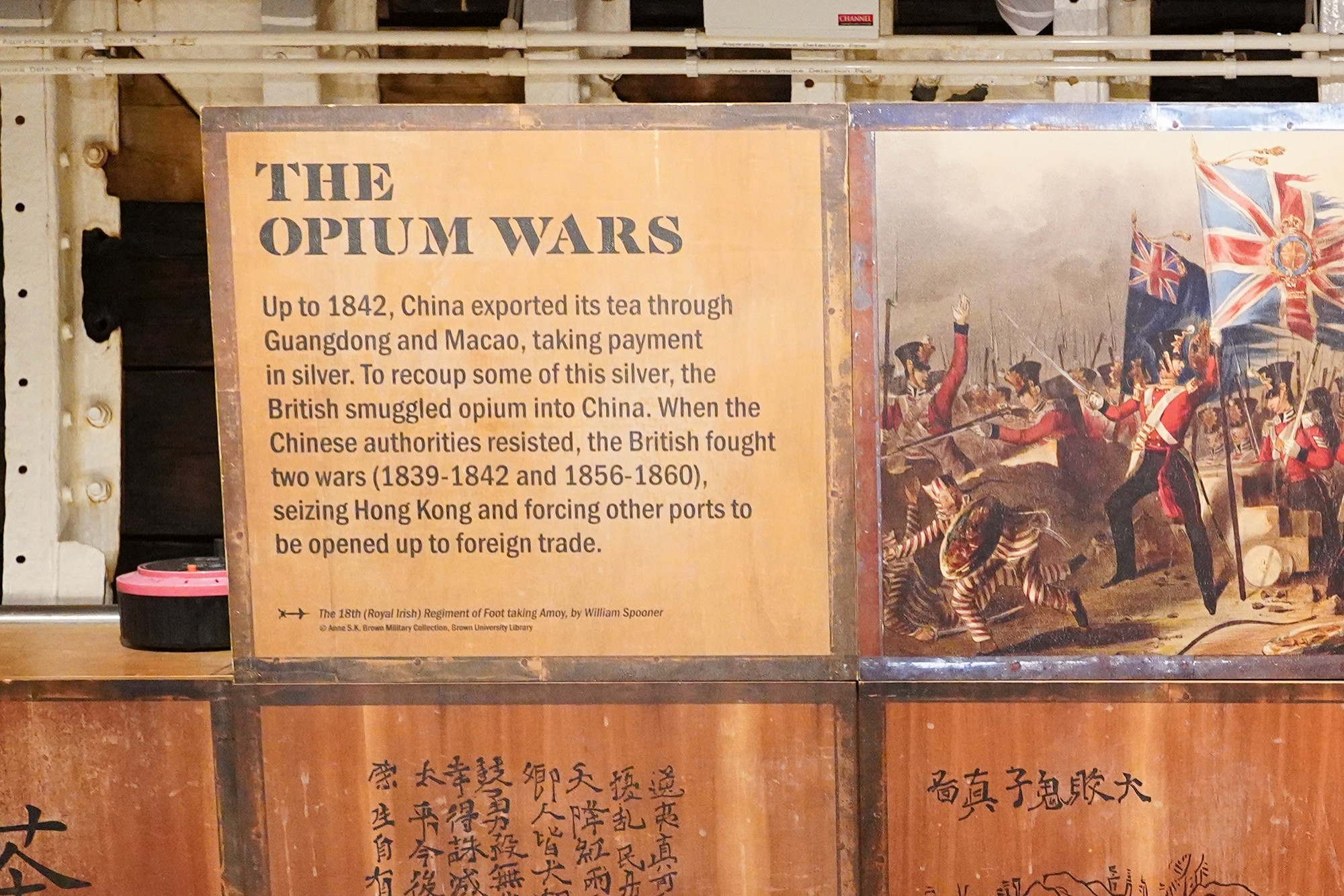
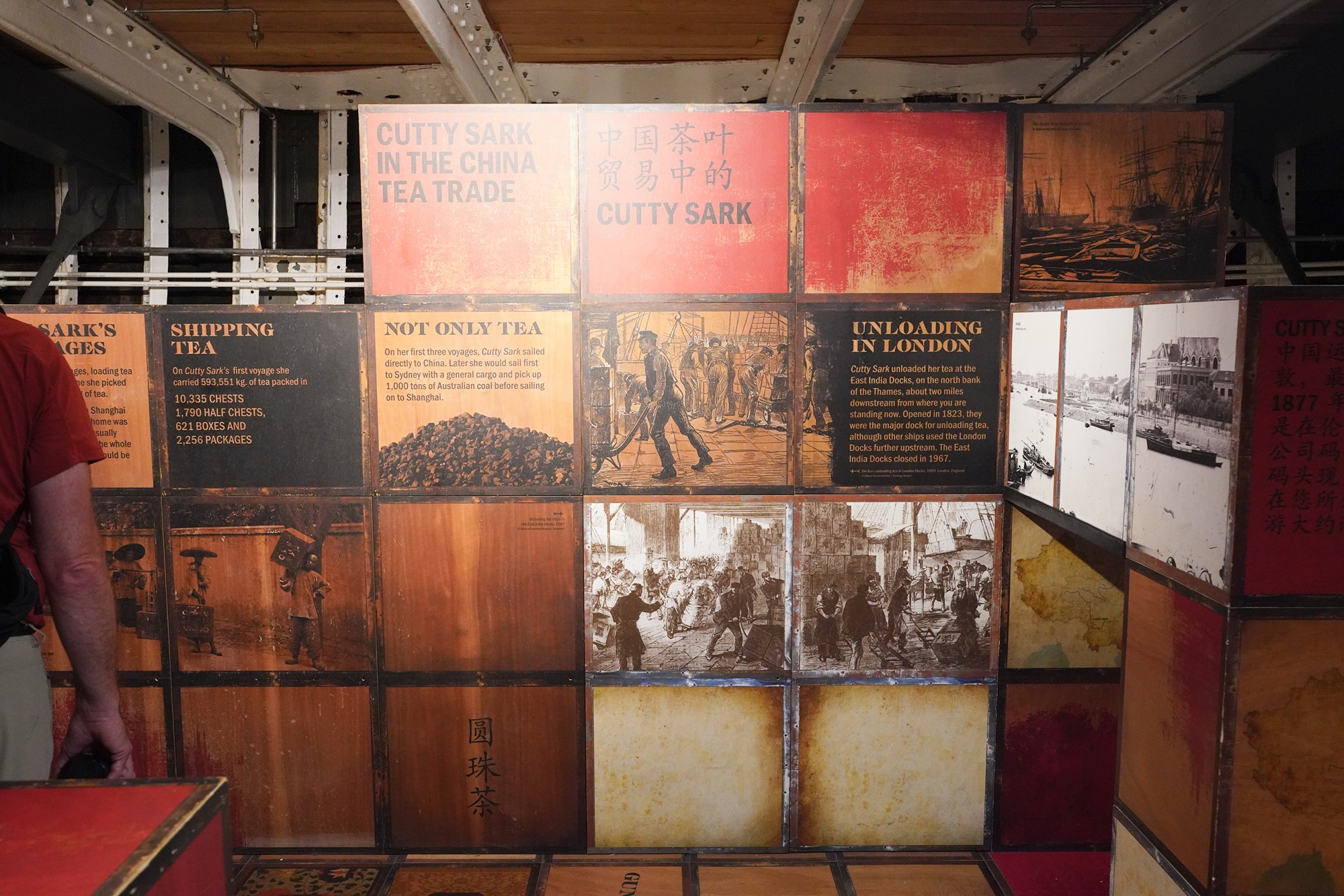
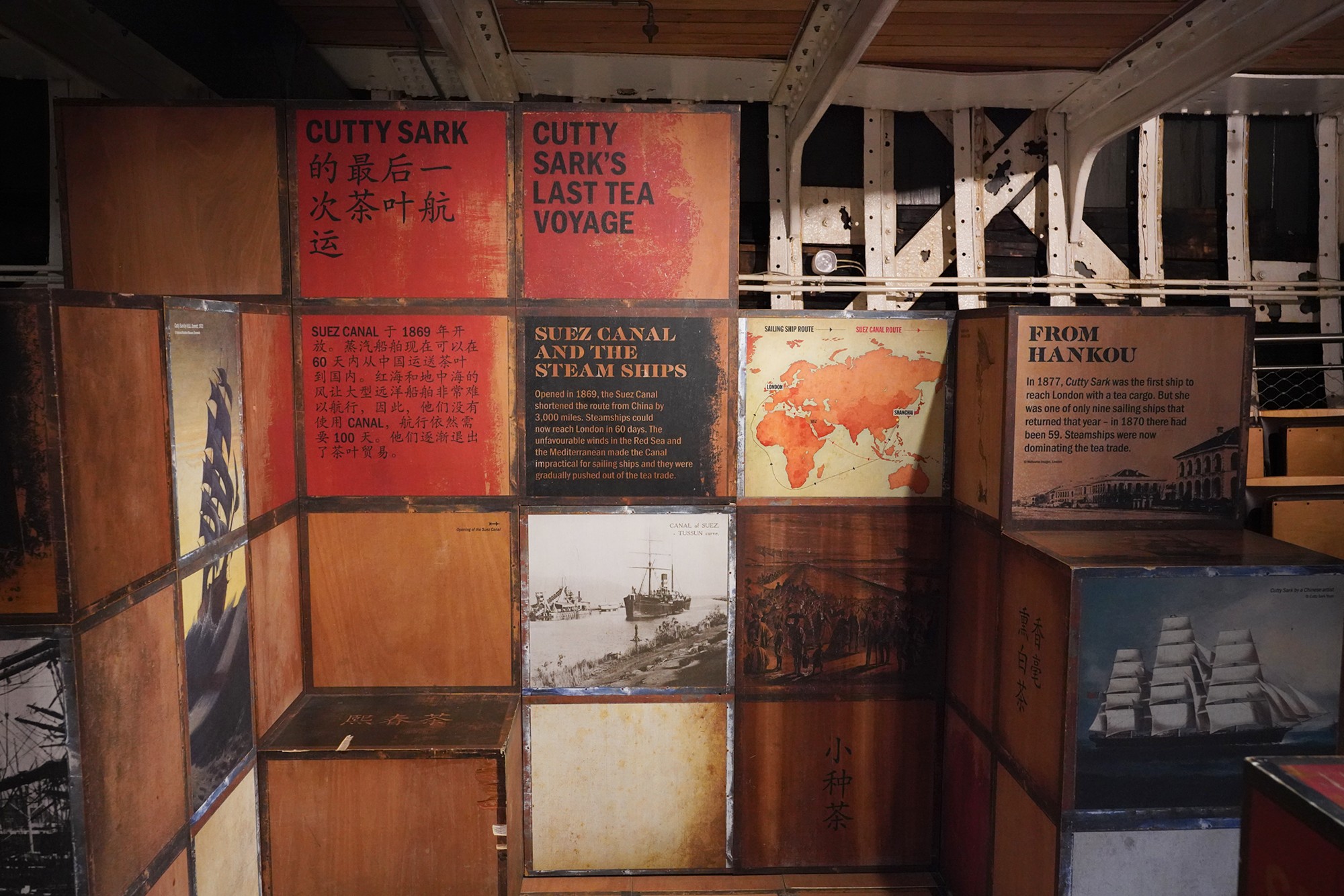
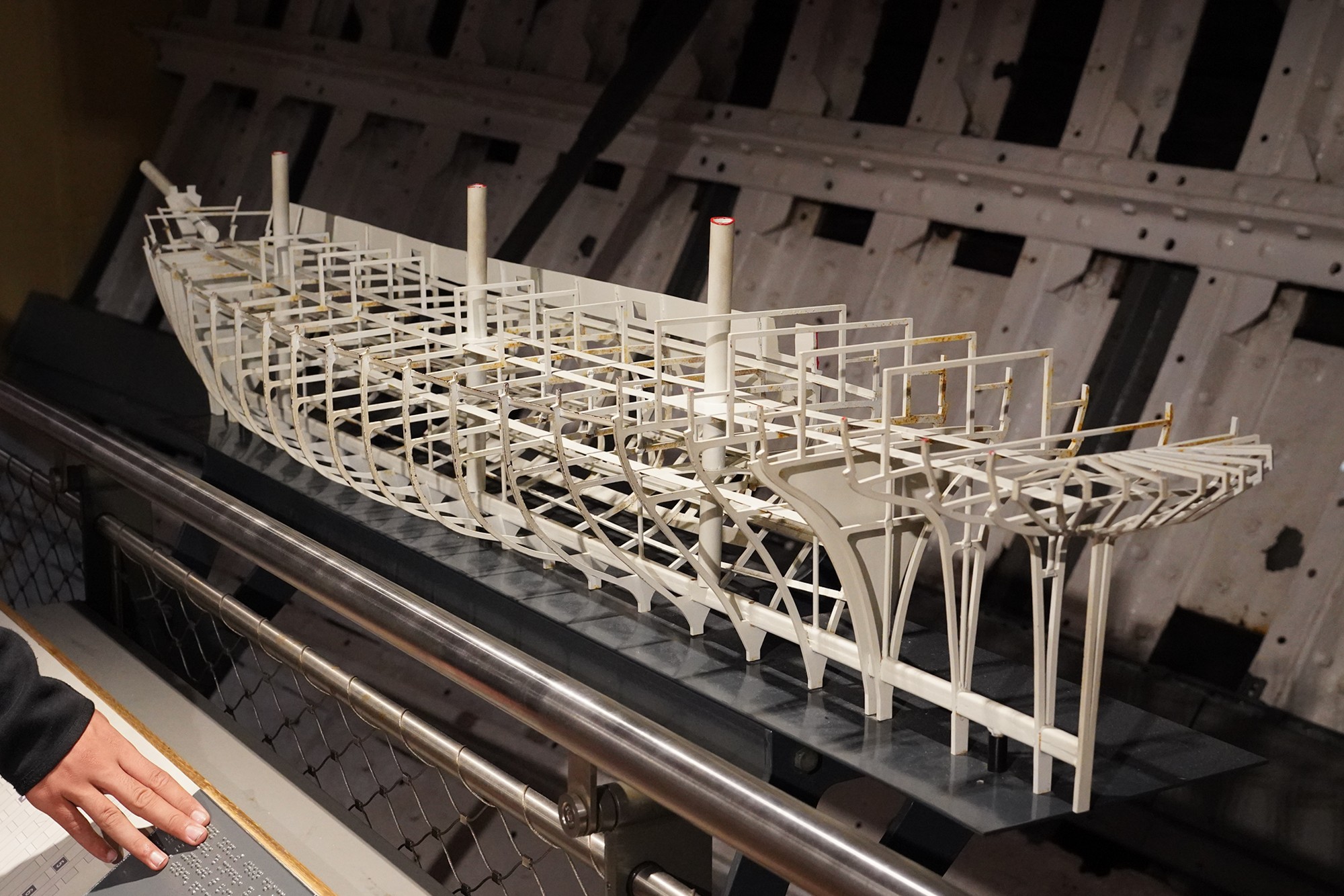
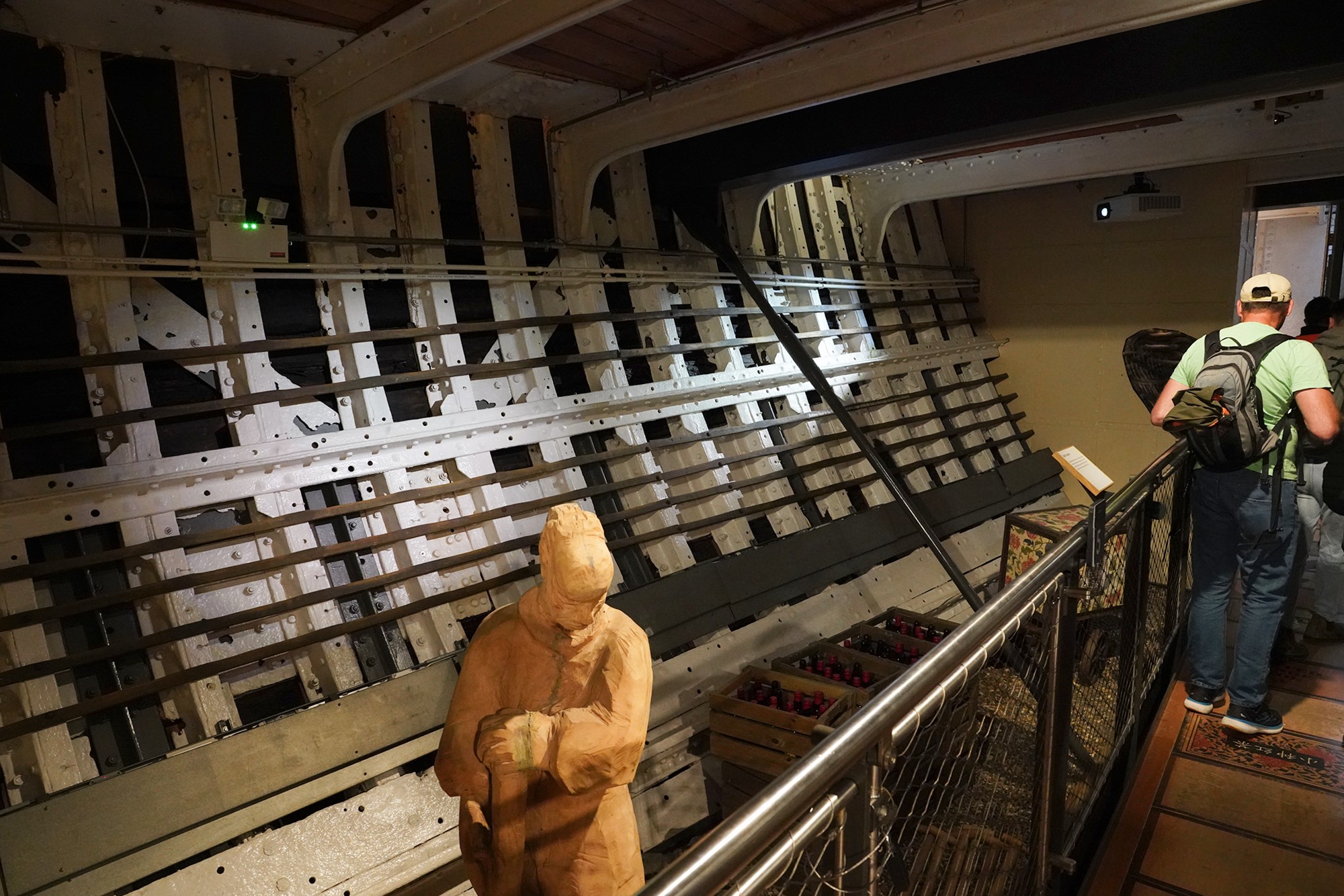
The middle deck. It was also used for loading the tea boxes.
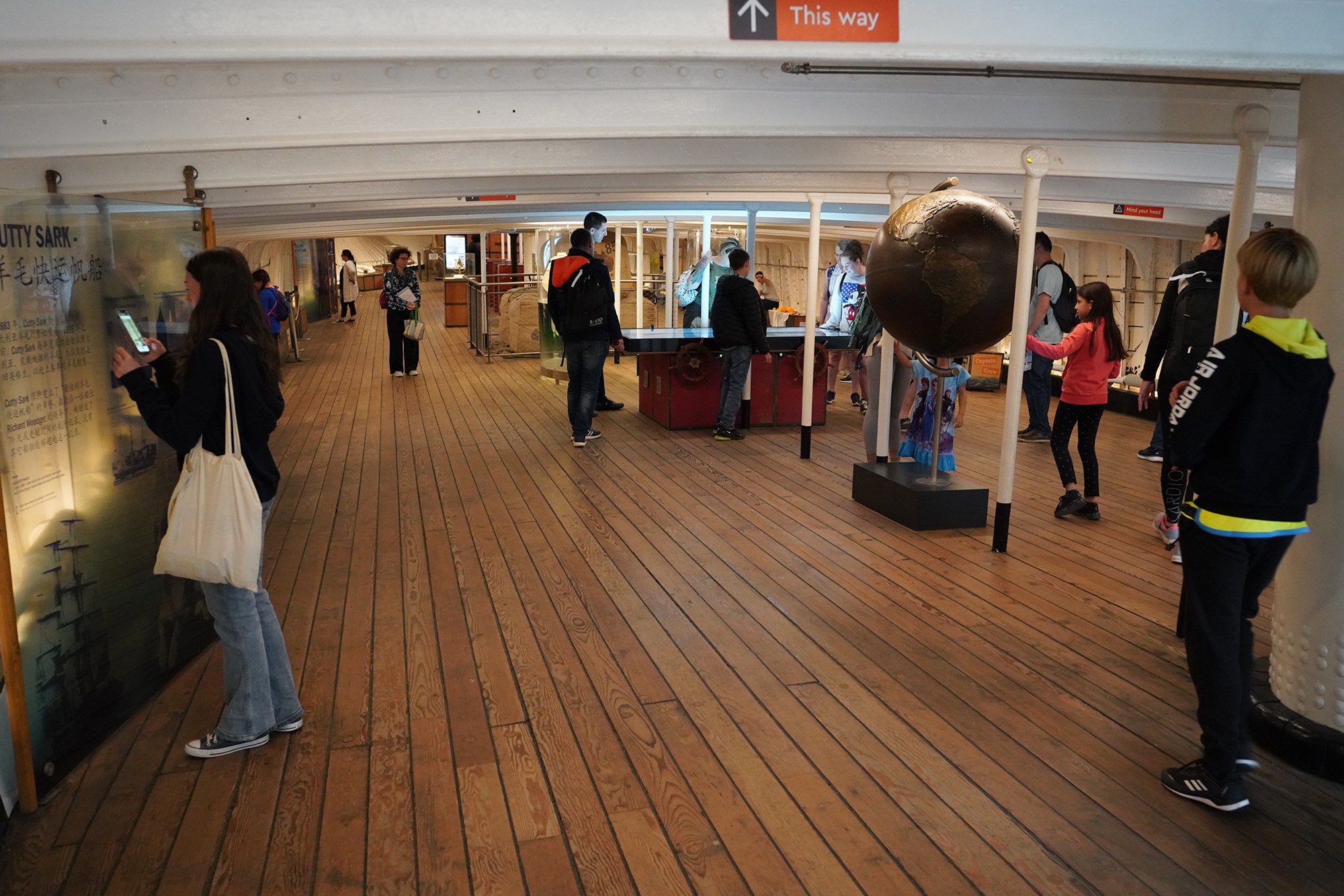
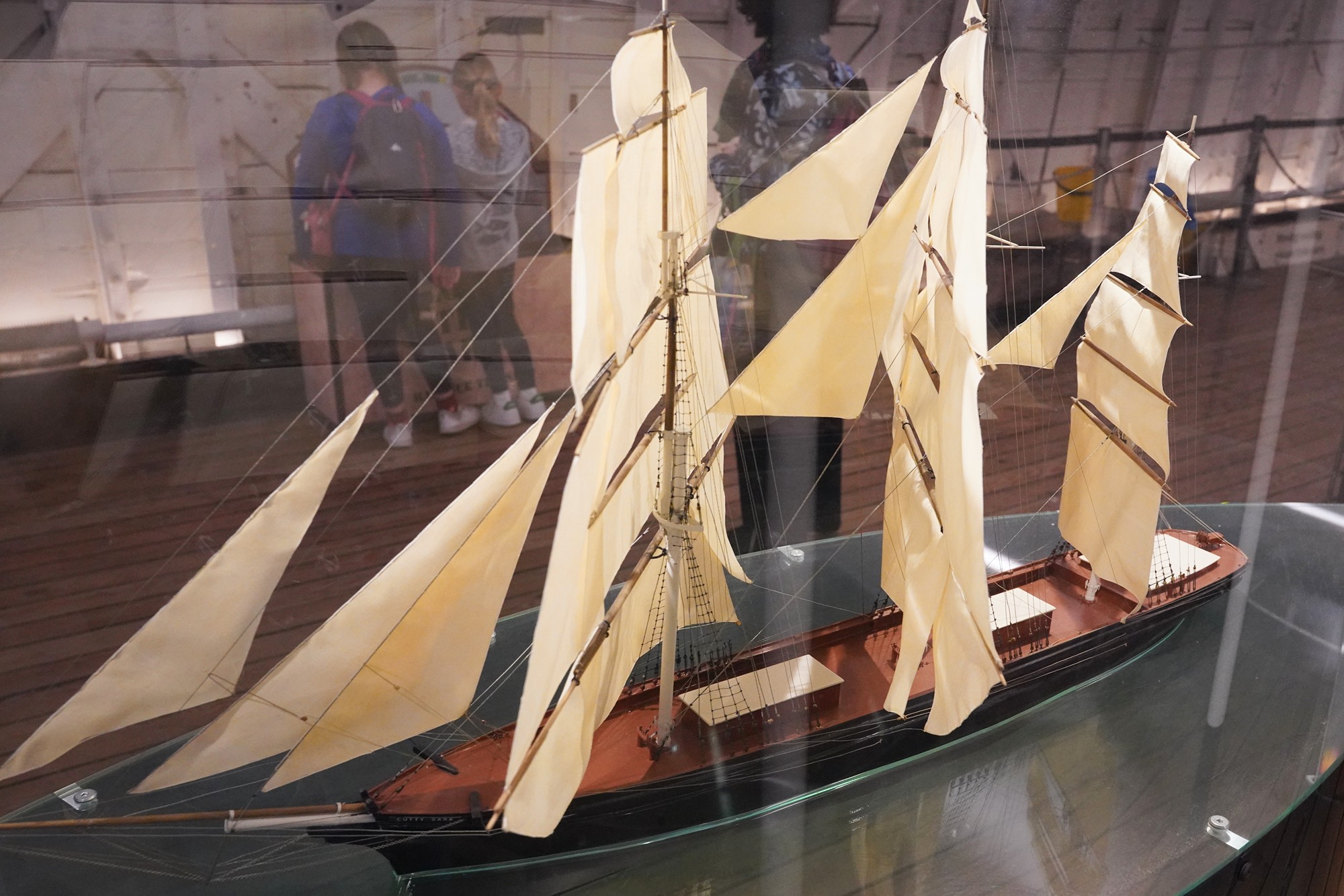


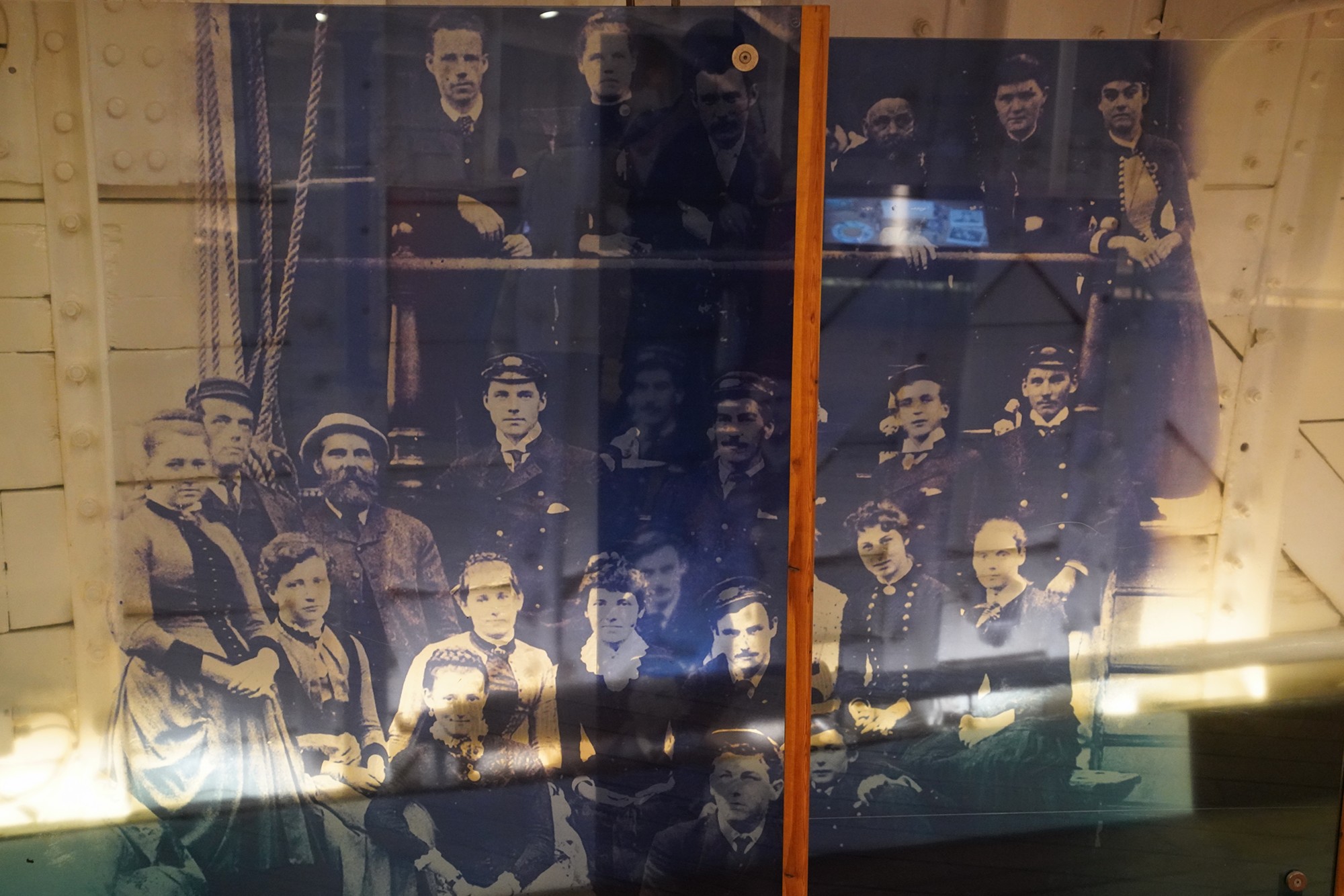
The upper deck
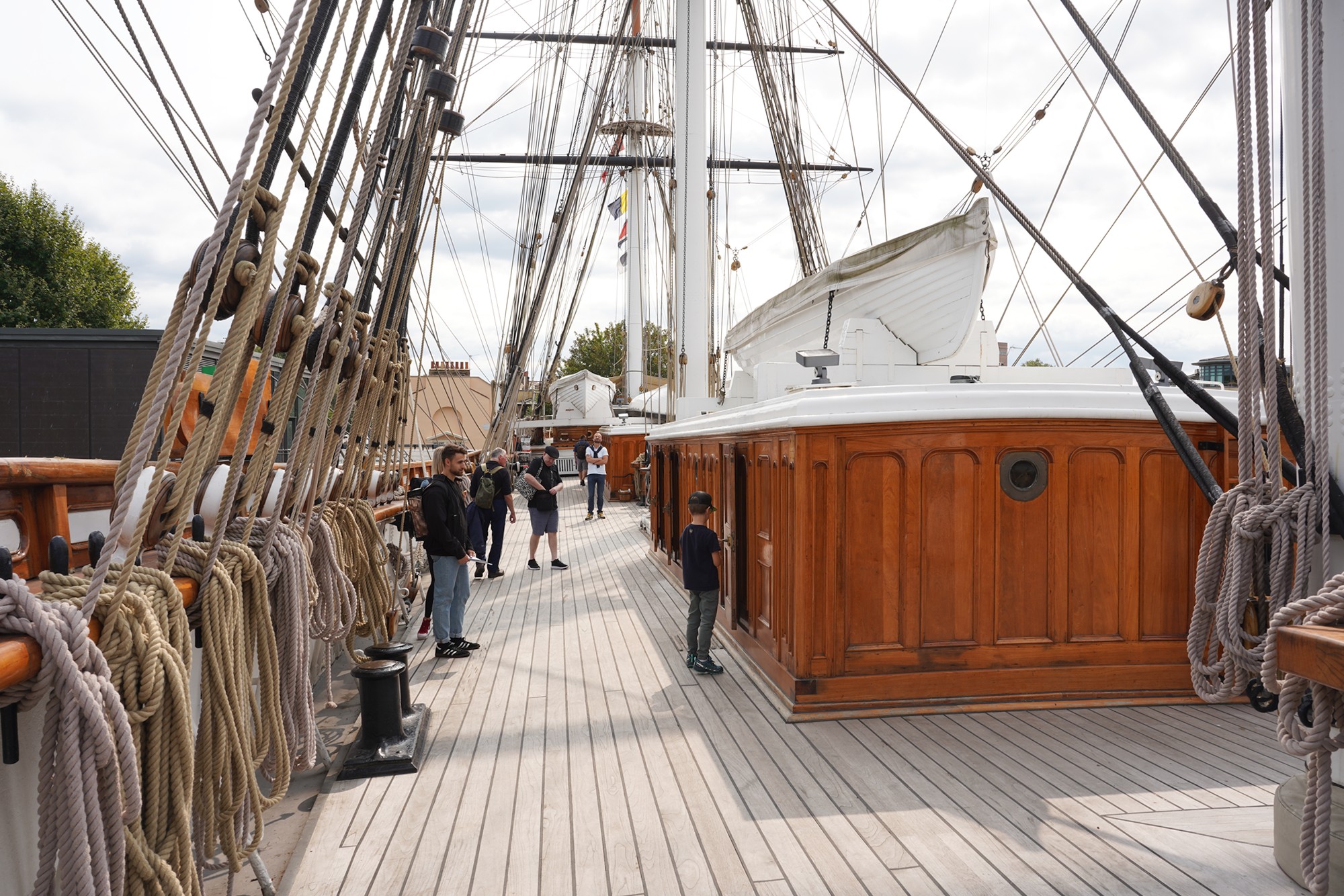
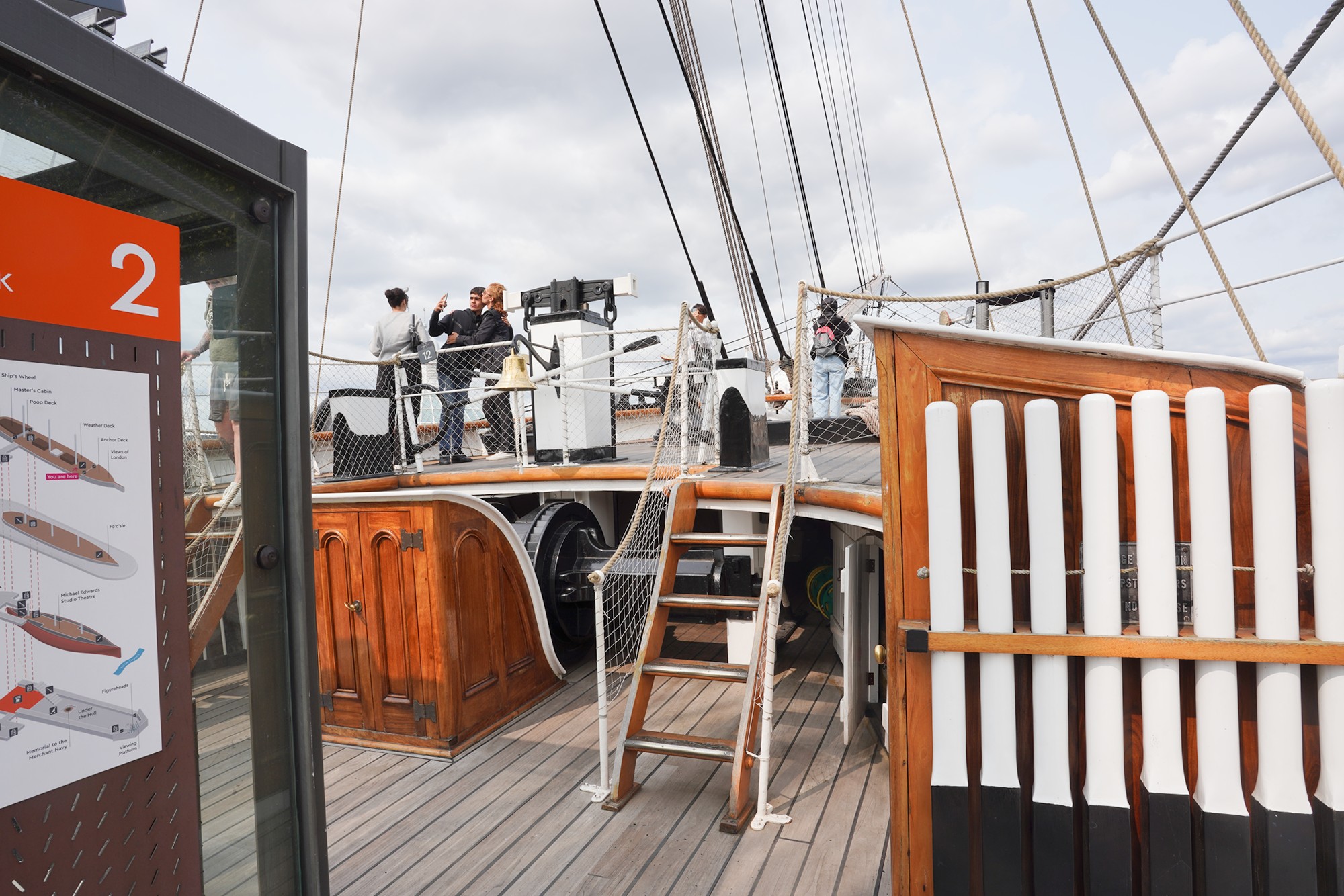
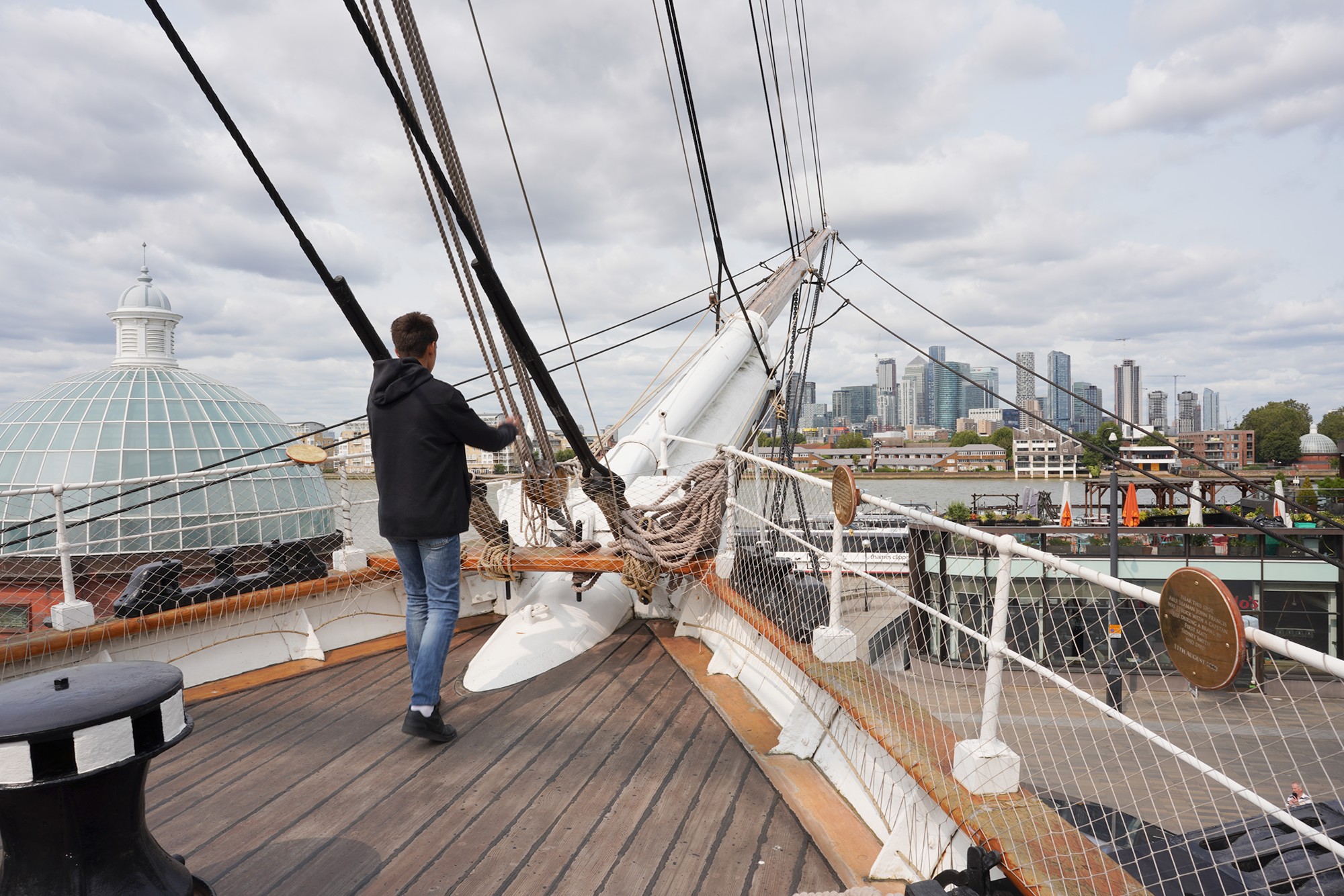
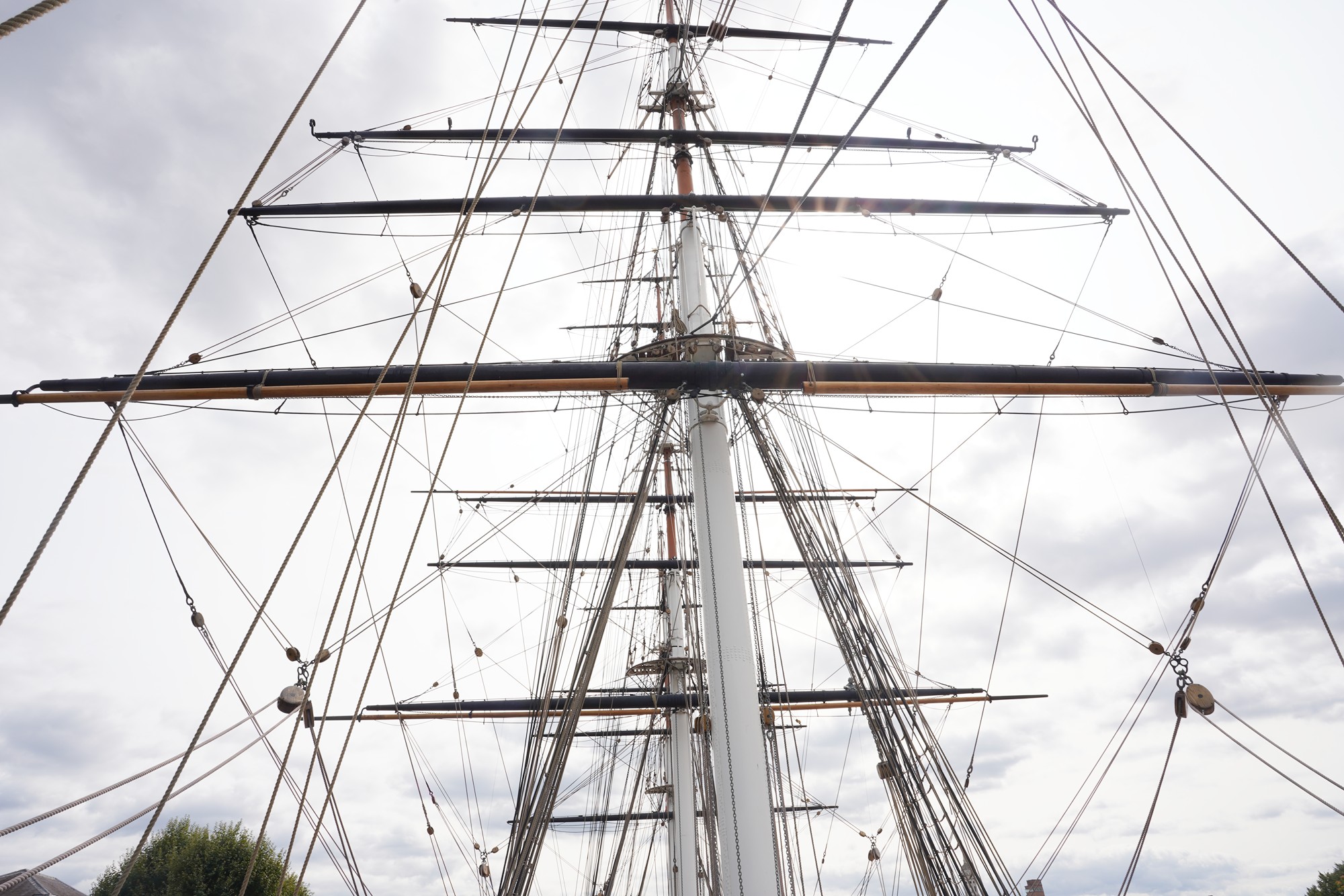
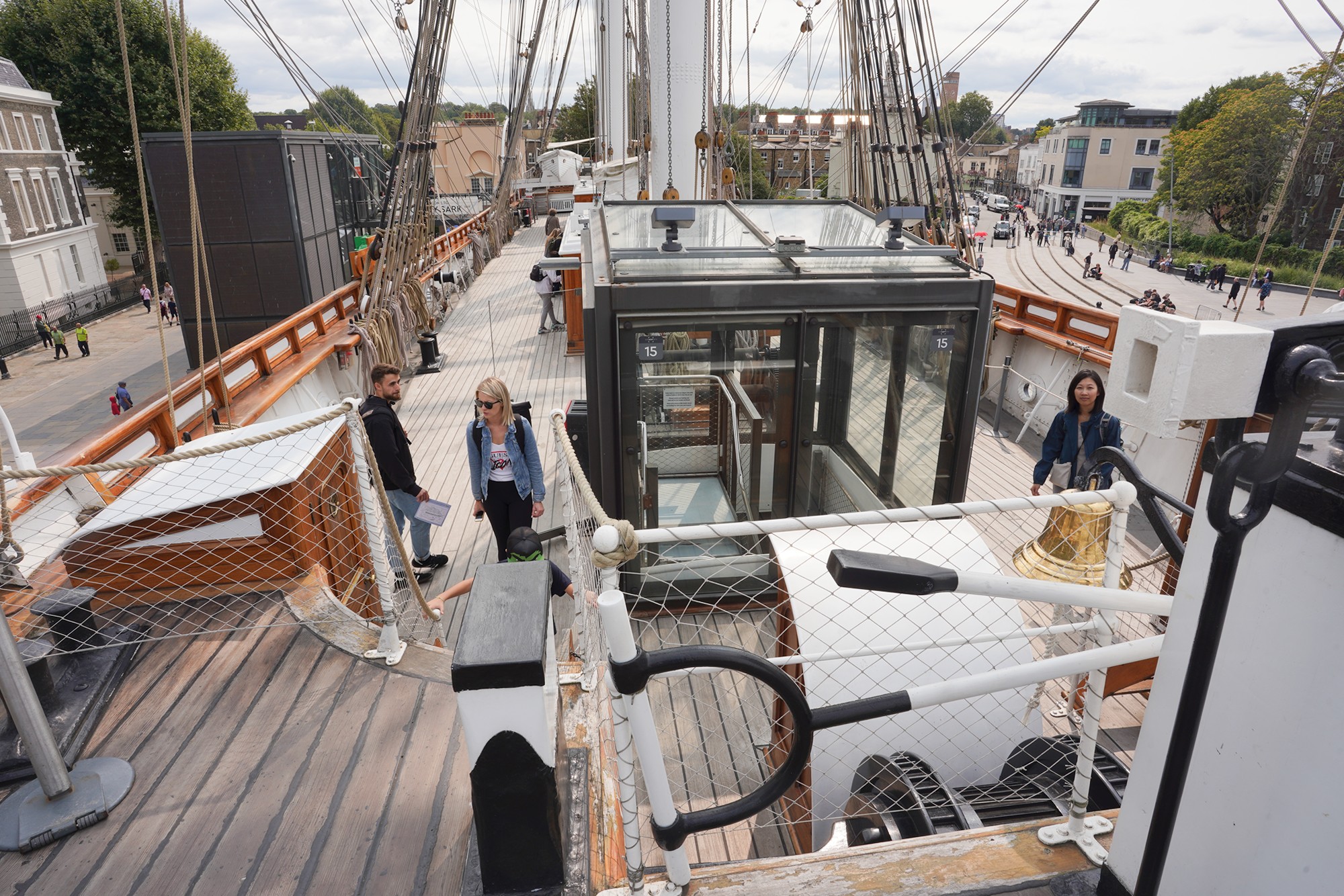
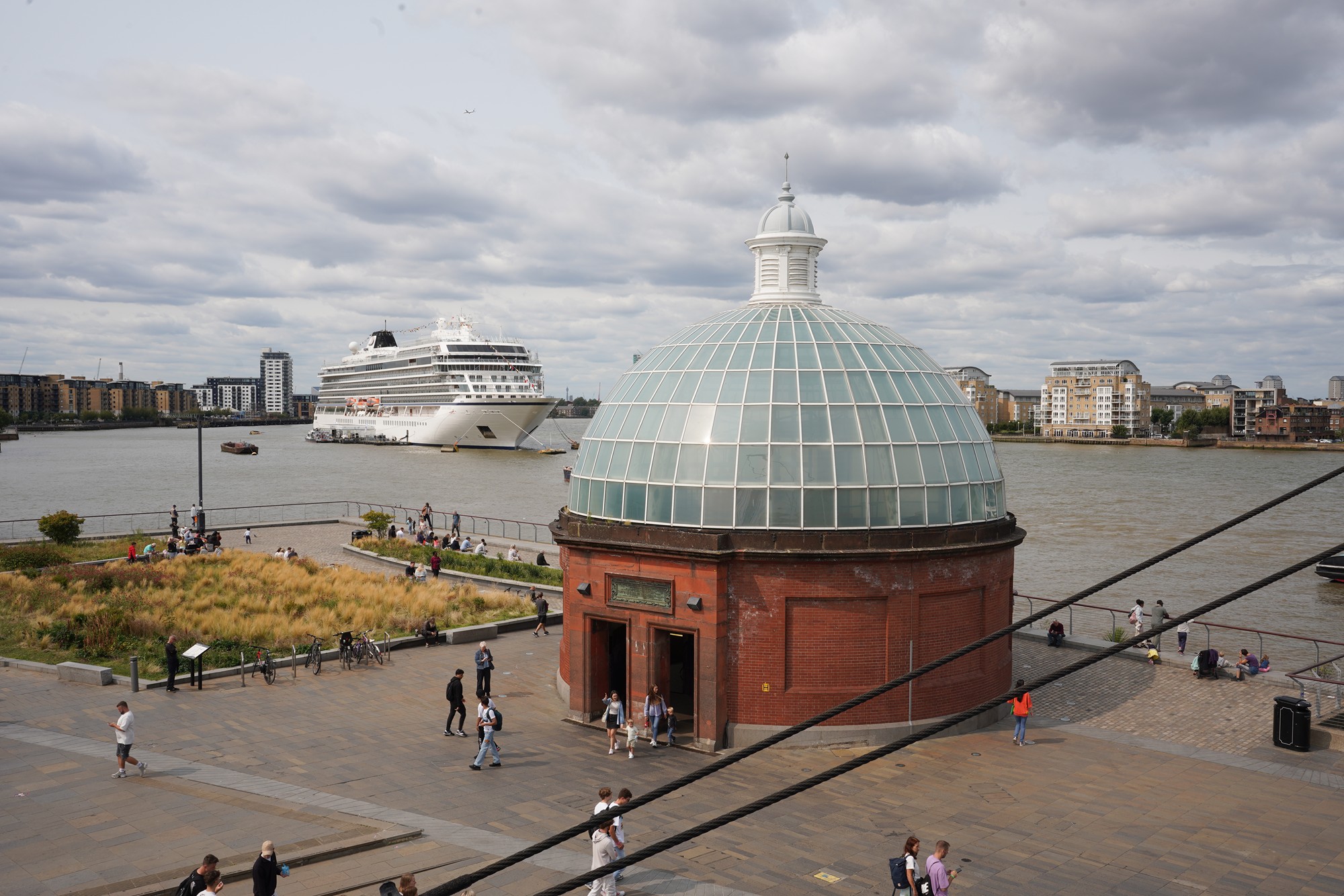
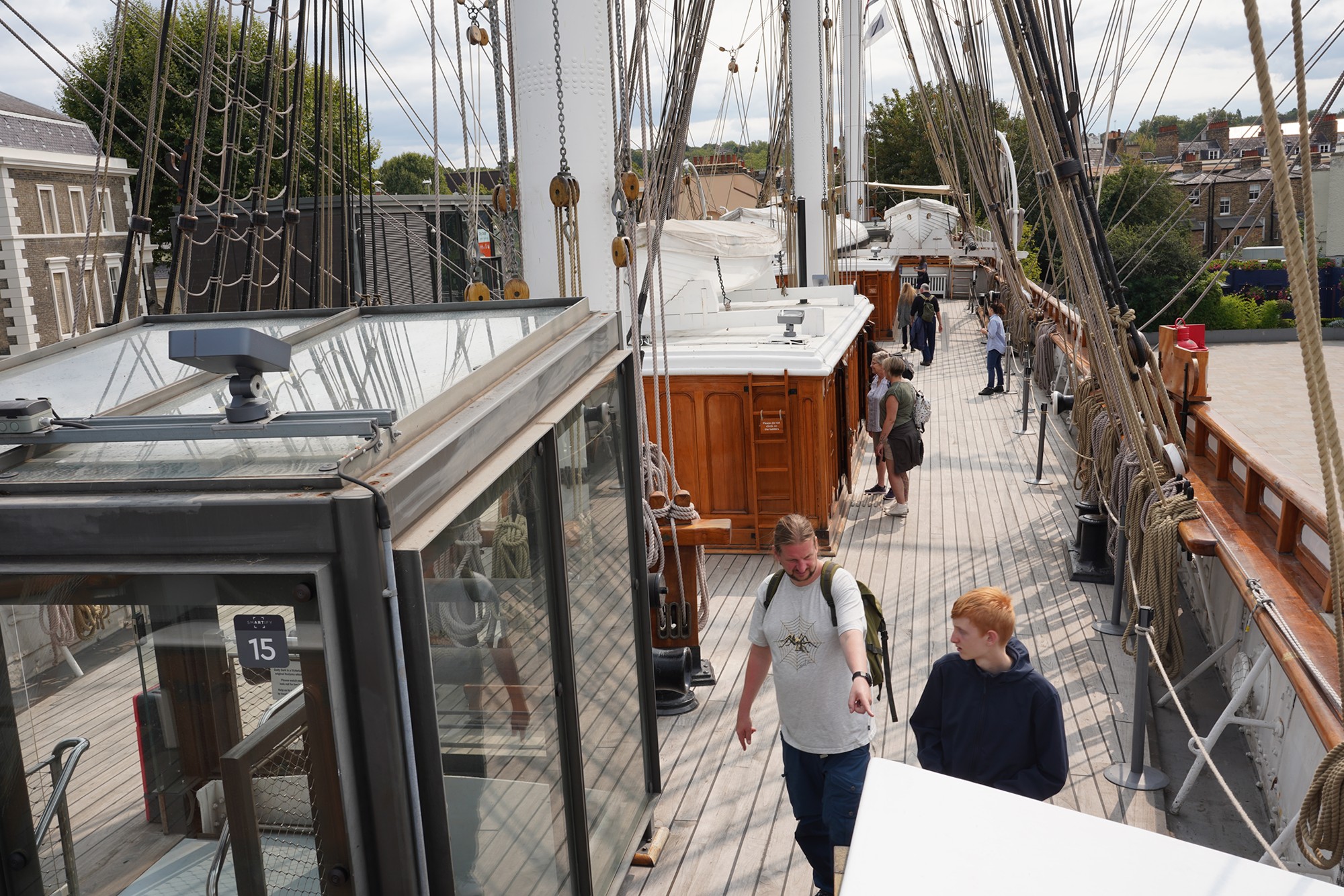
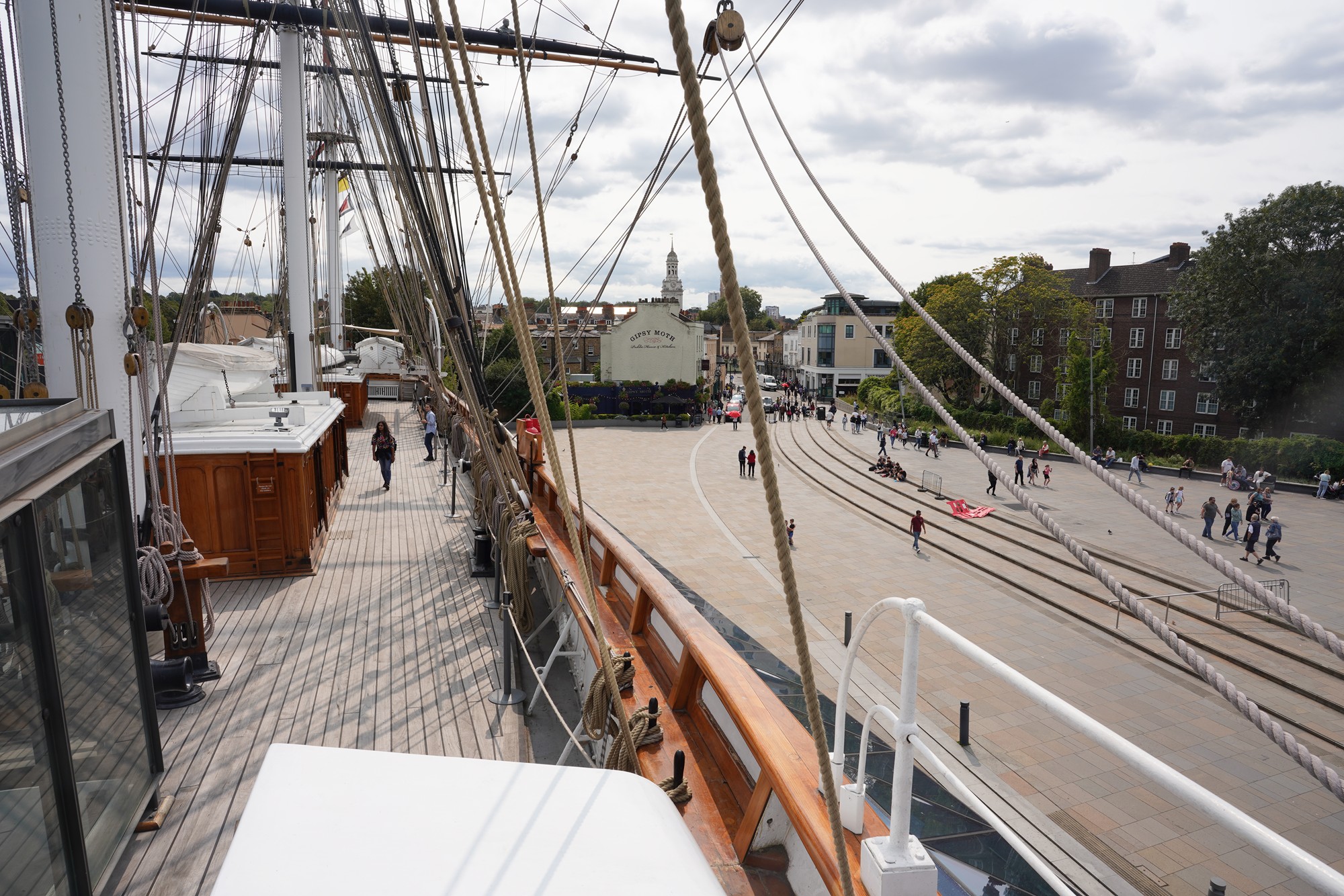

The key is at the back of the ship.
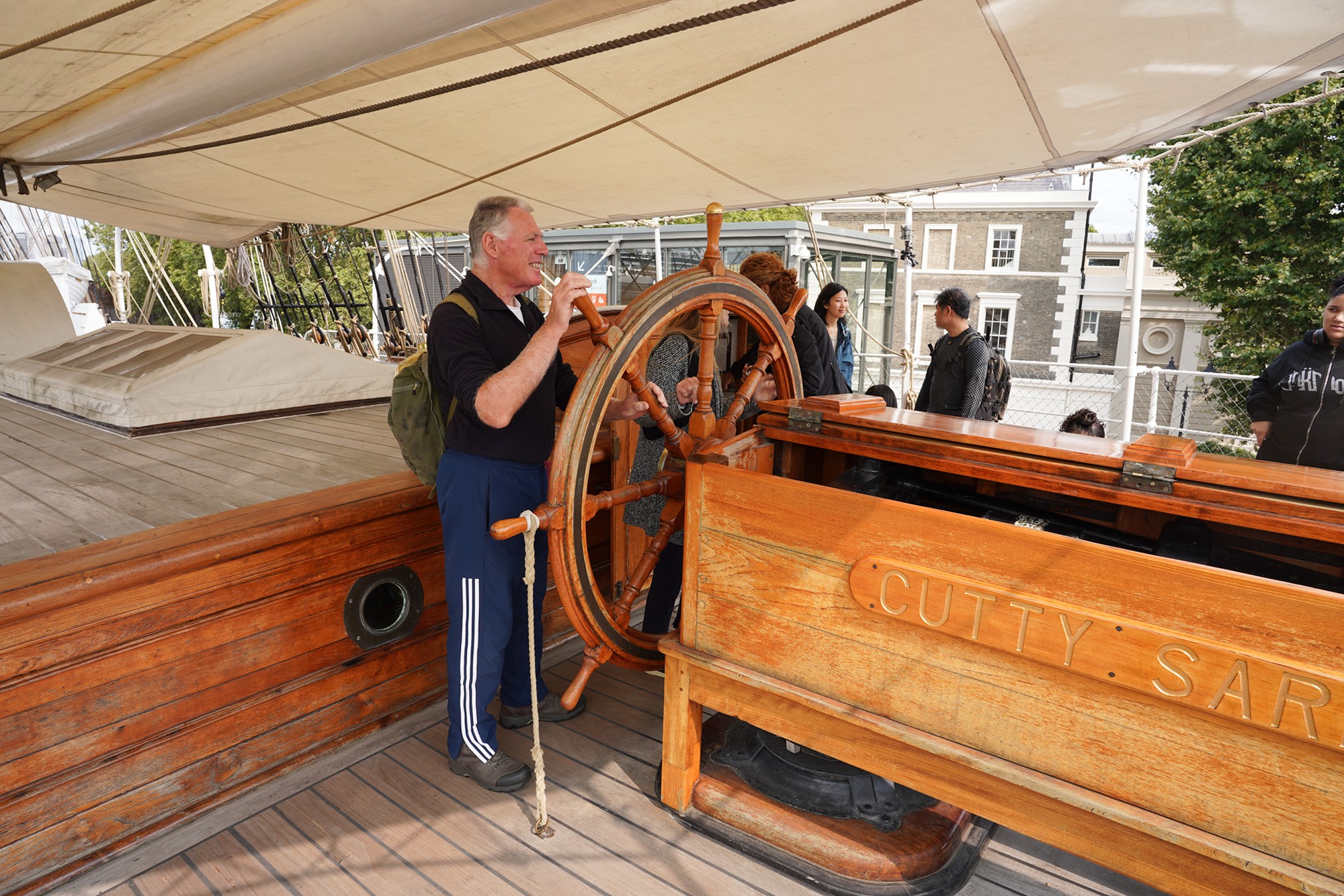
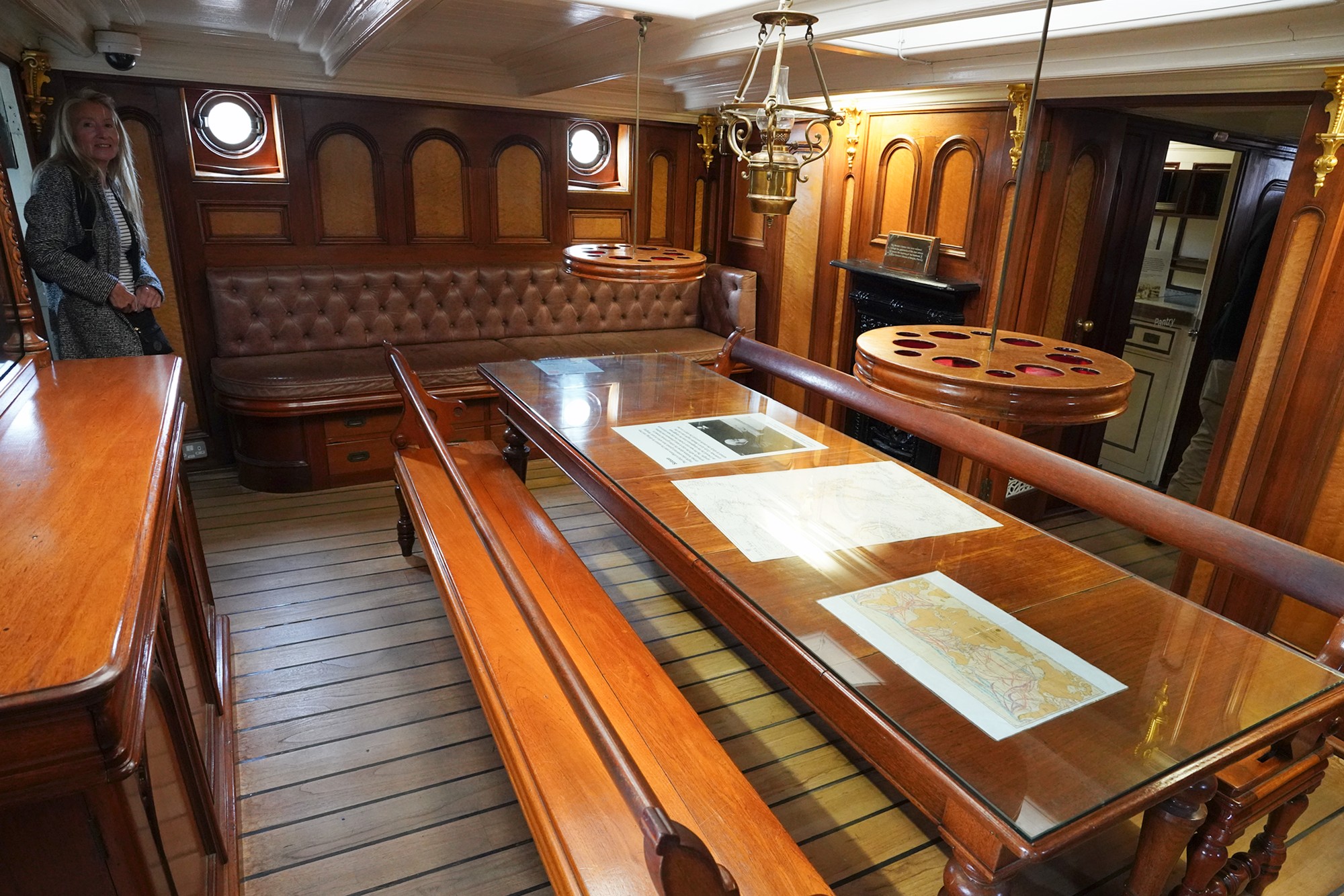
A cafe below the boat
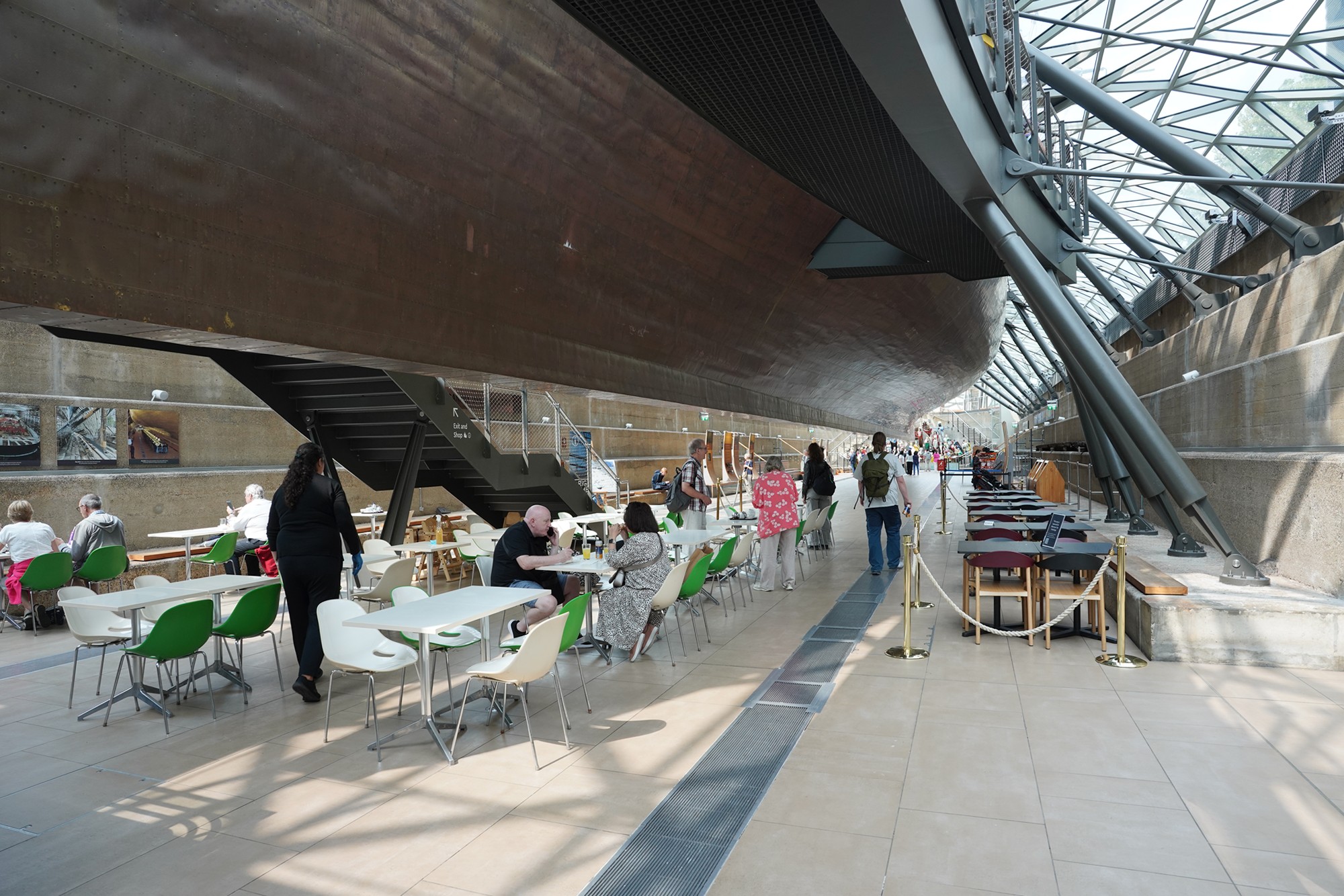
Next to the Cutty Sark is Old Royal Naval College.
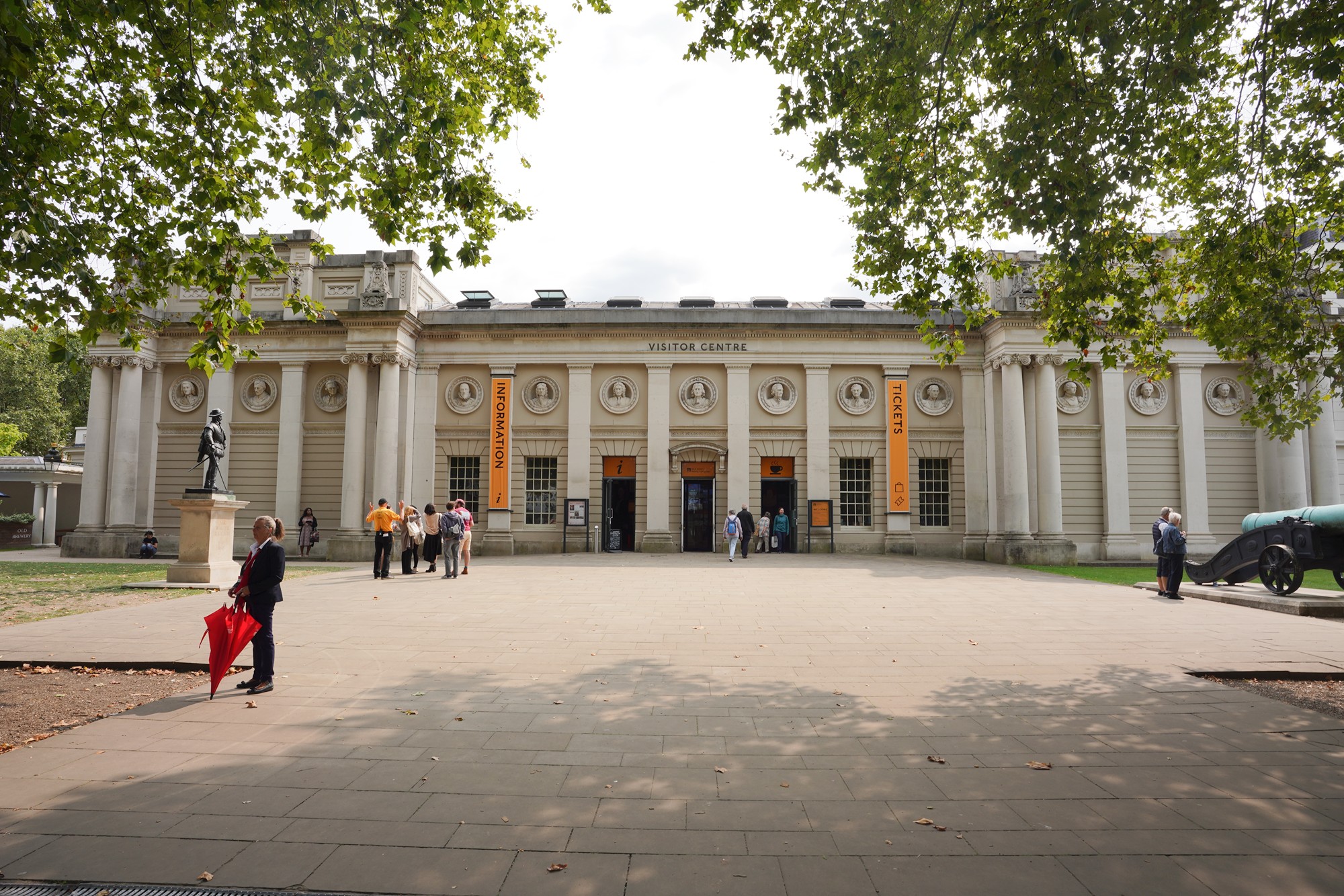
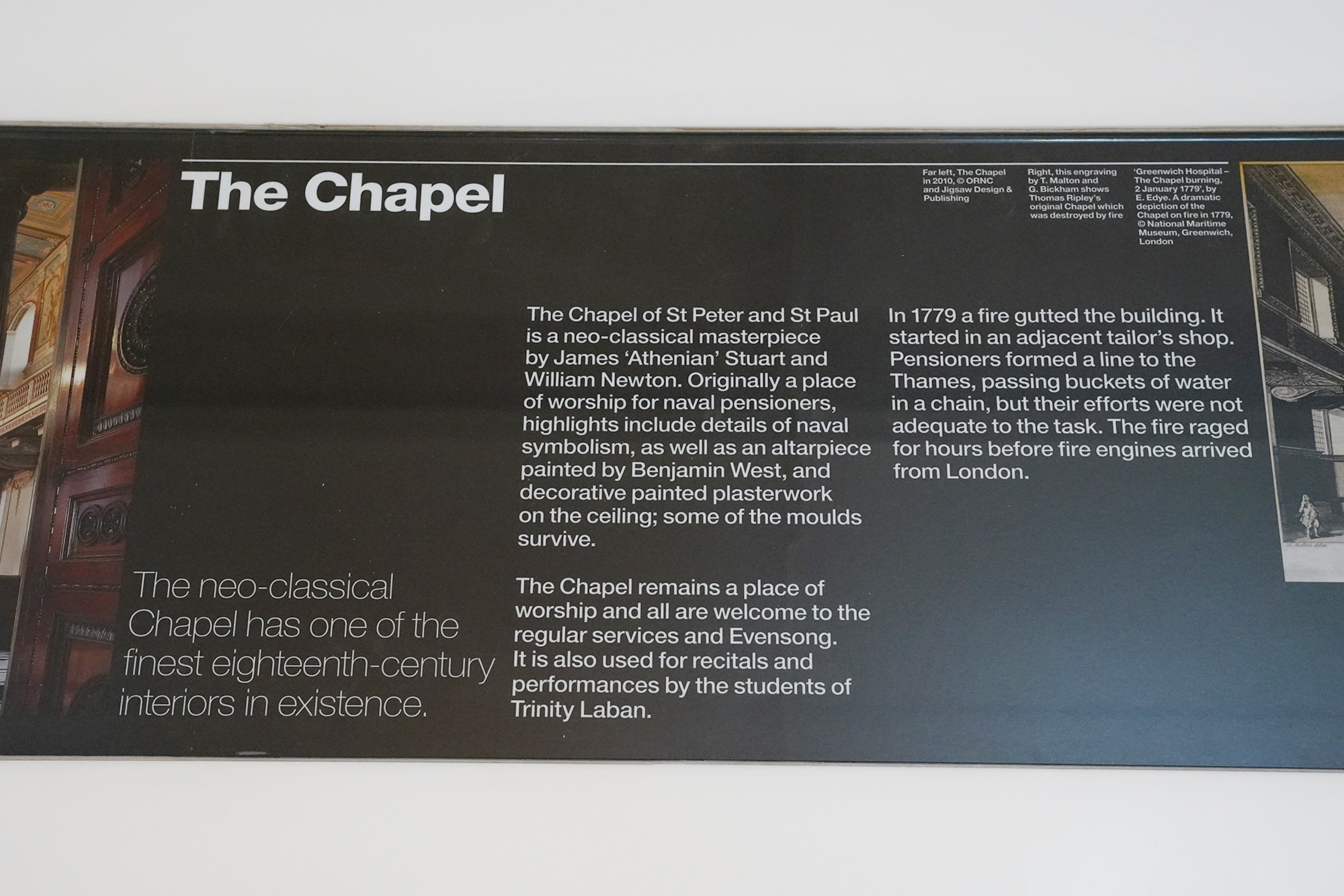

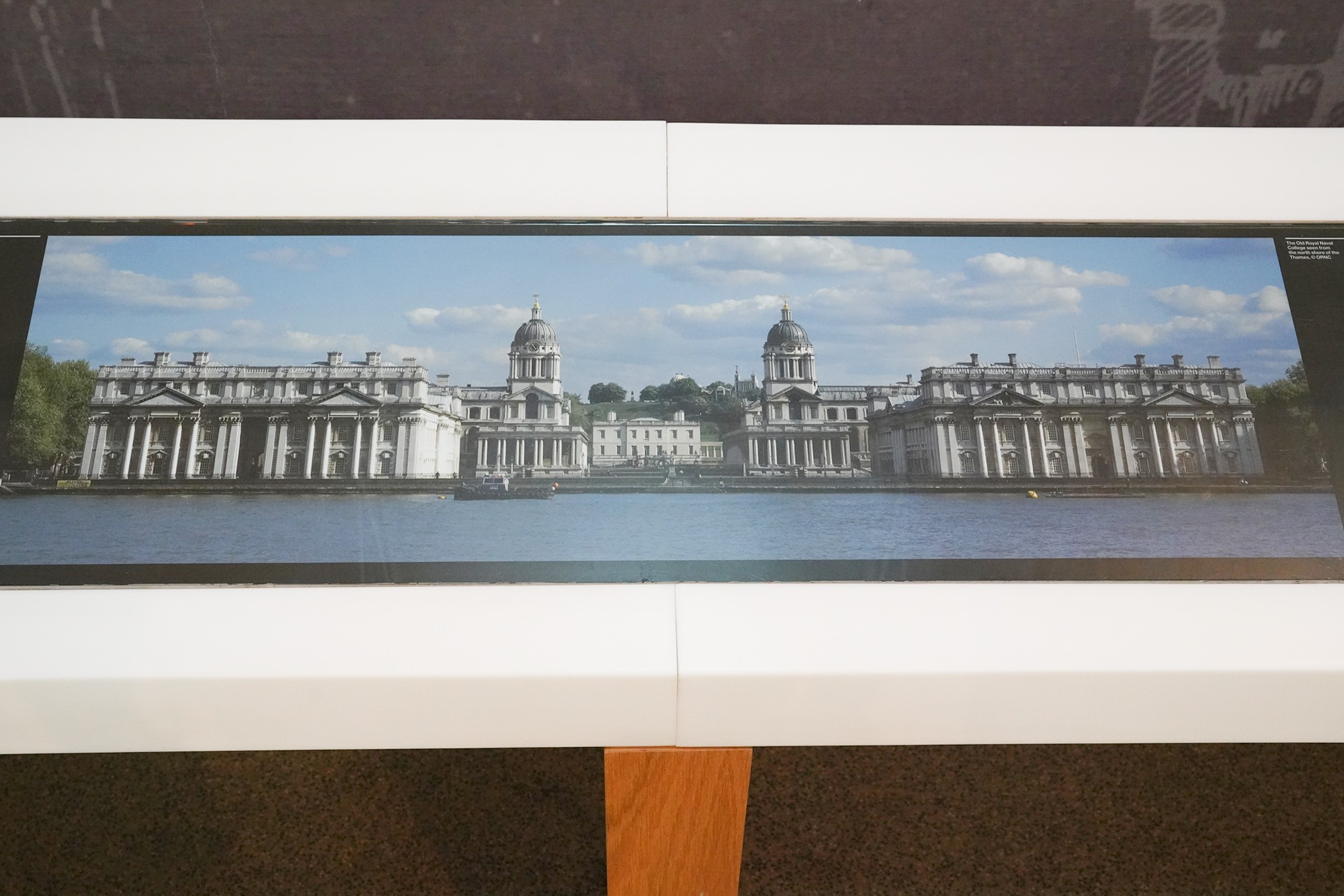
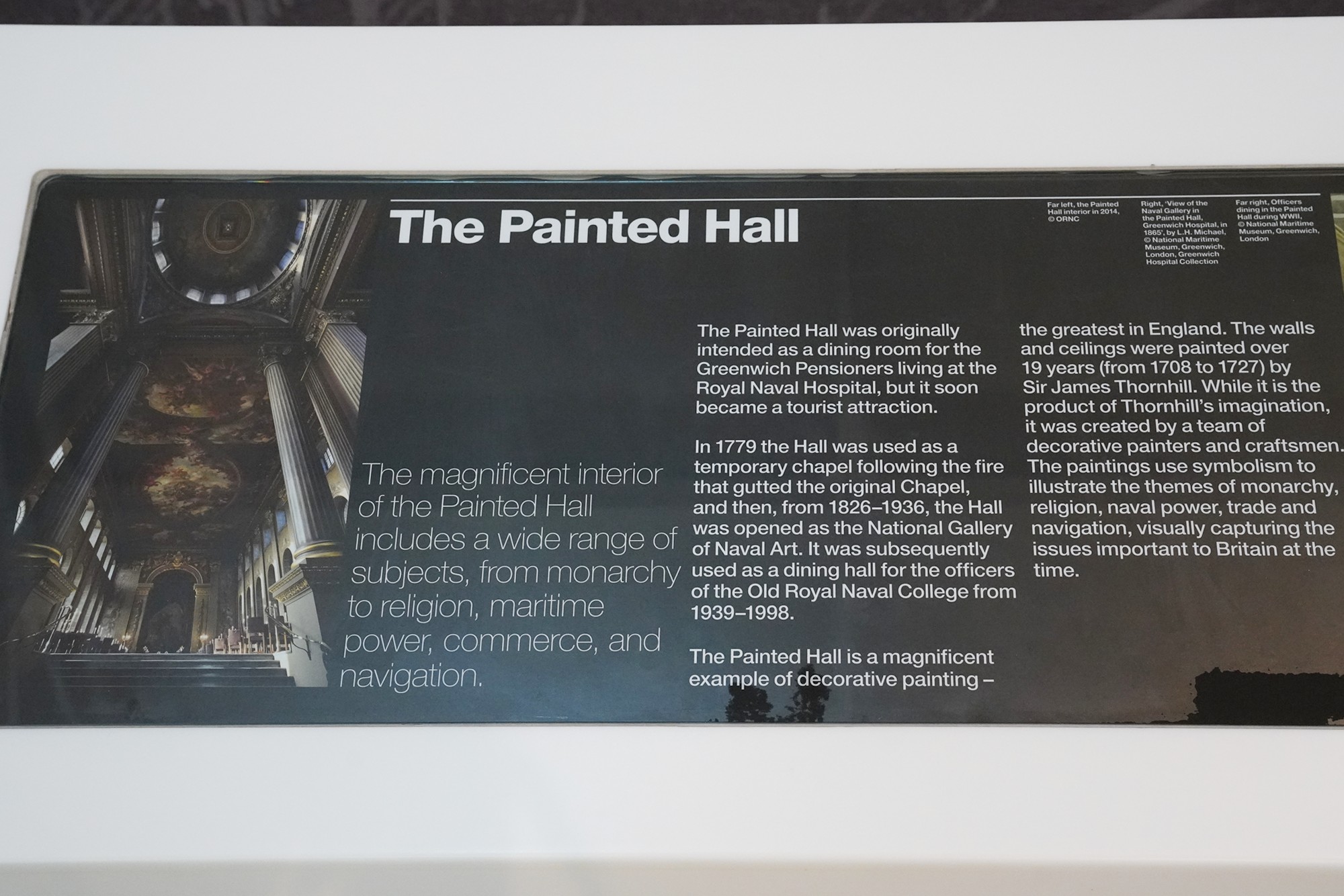
Many movies were shot at this place.
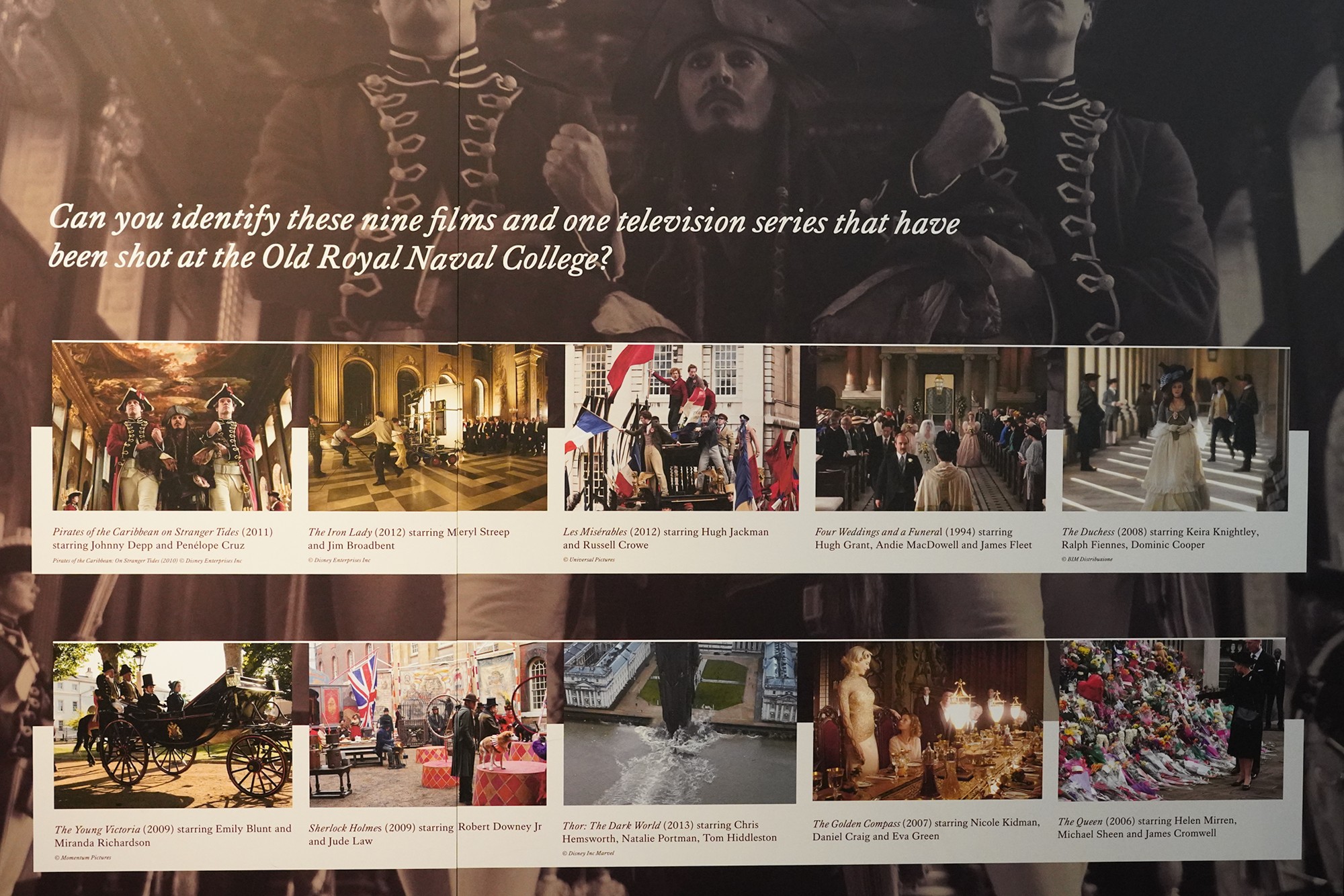
Panoramic view
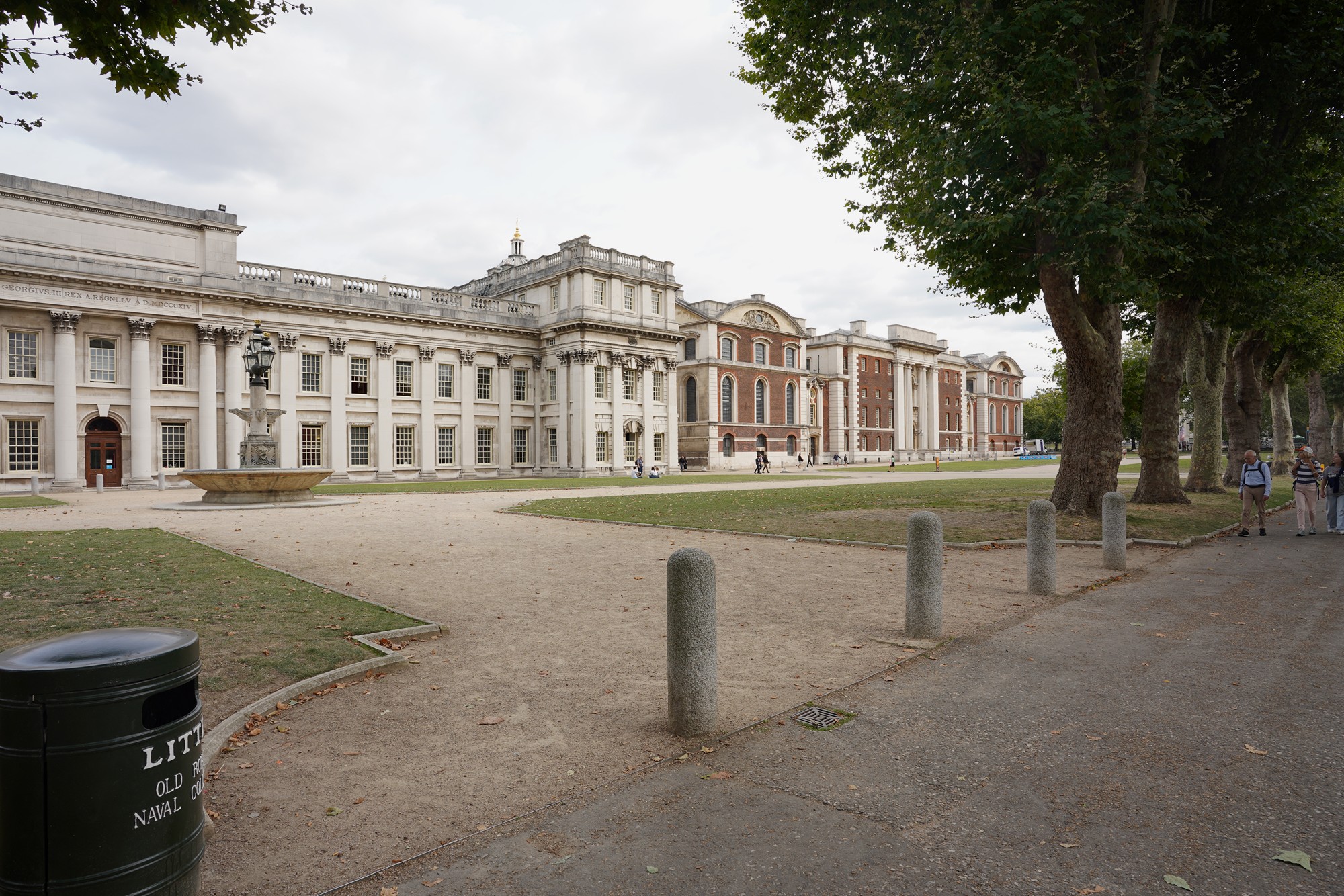
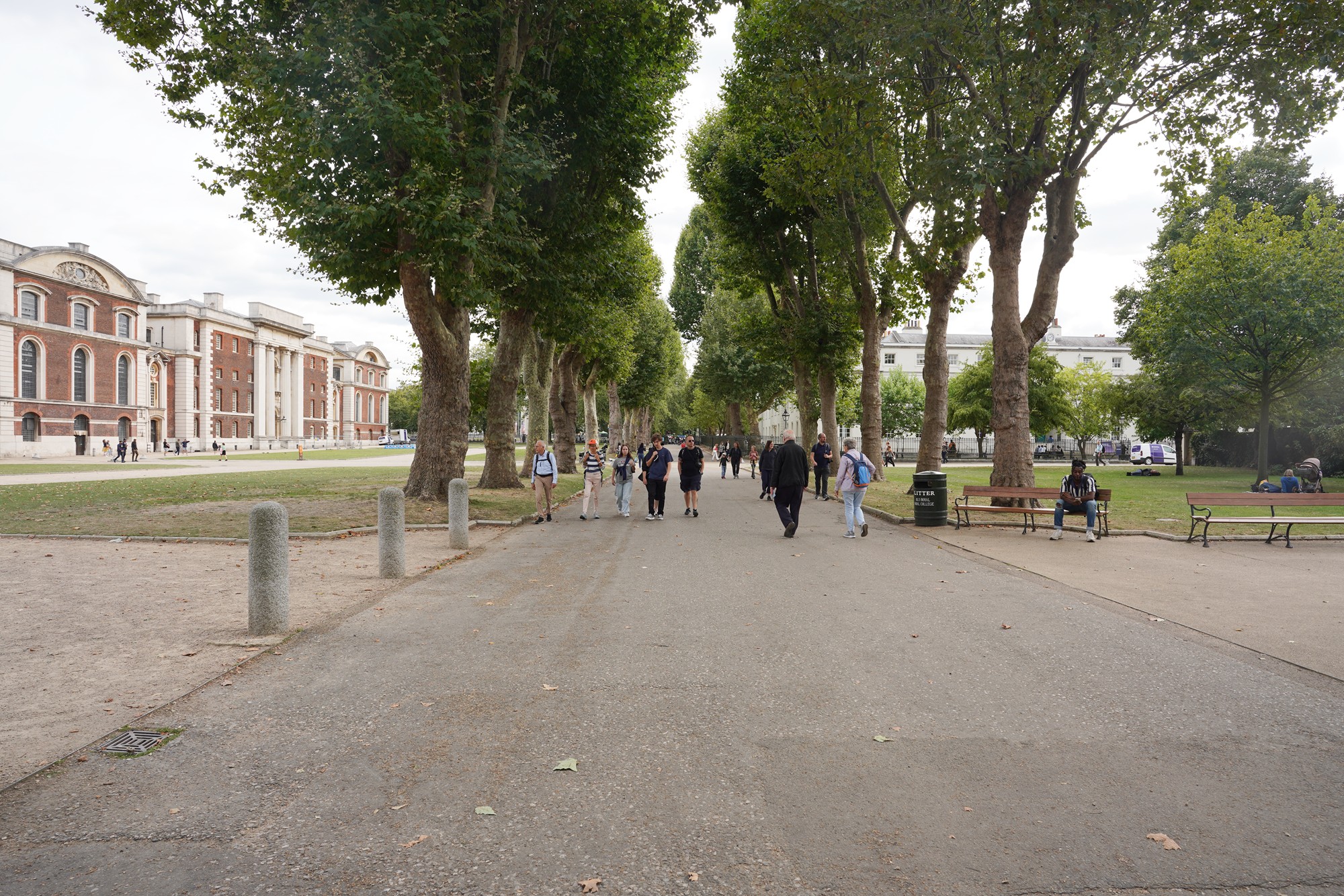

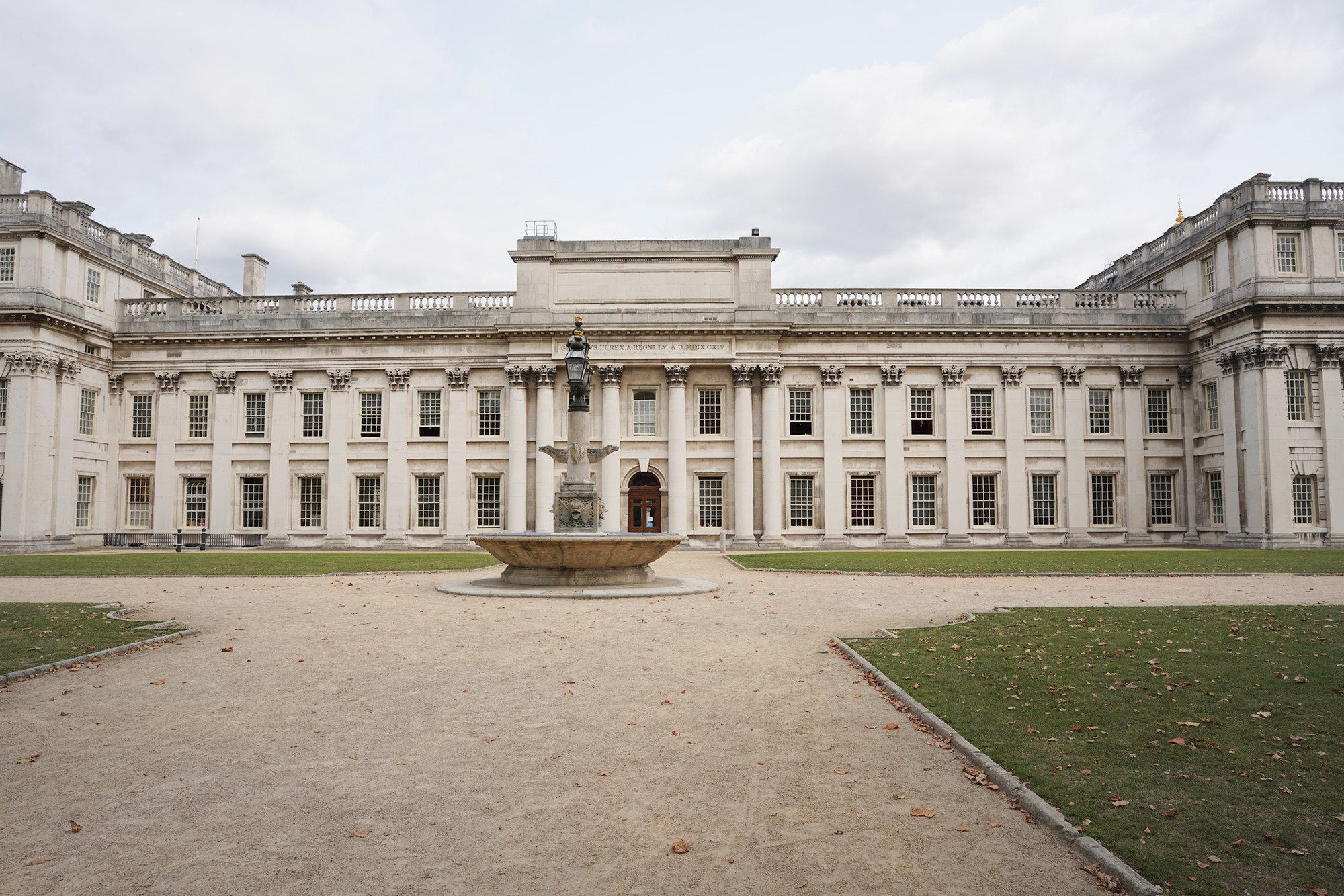
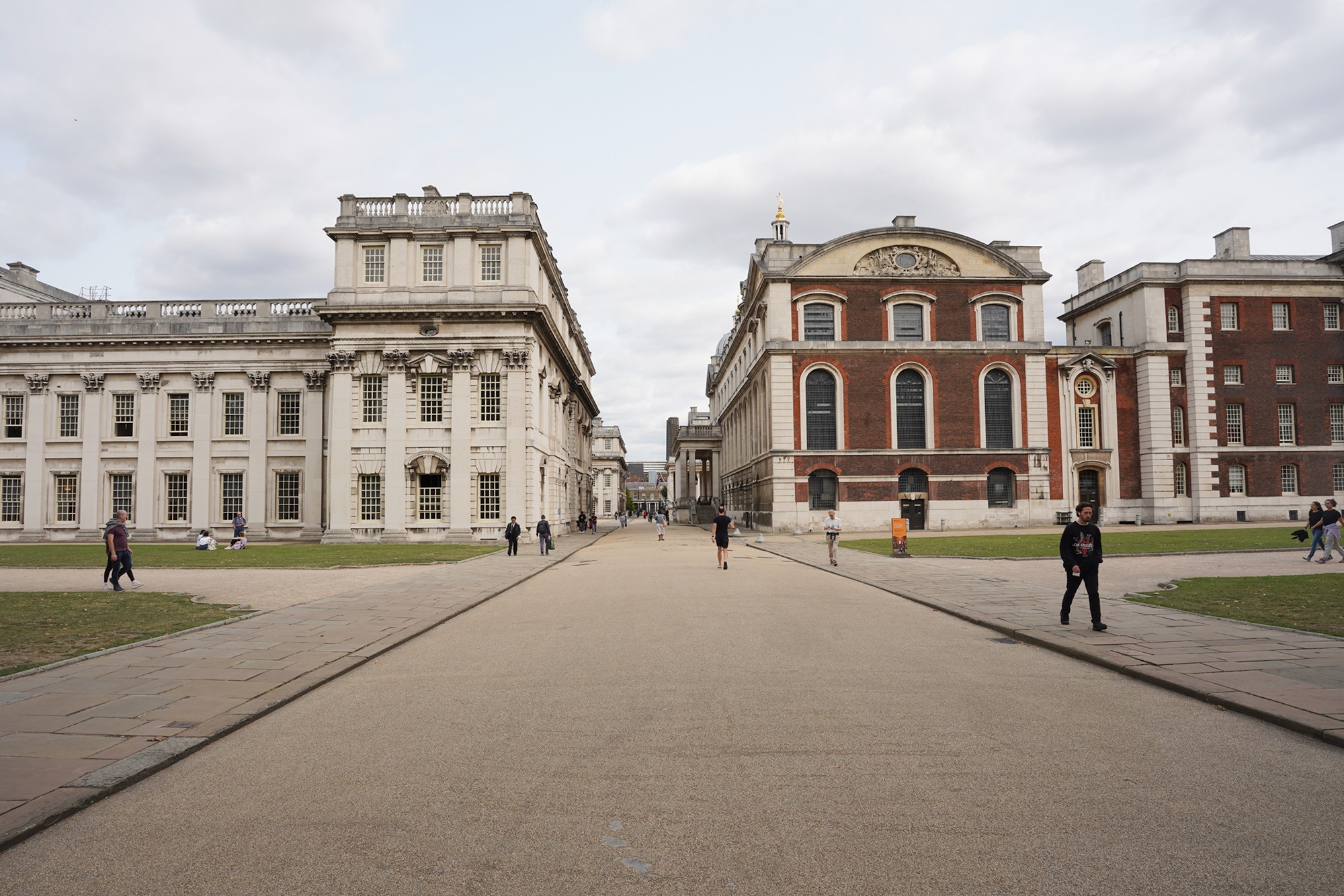
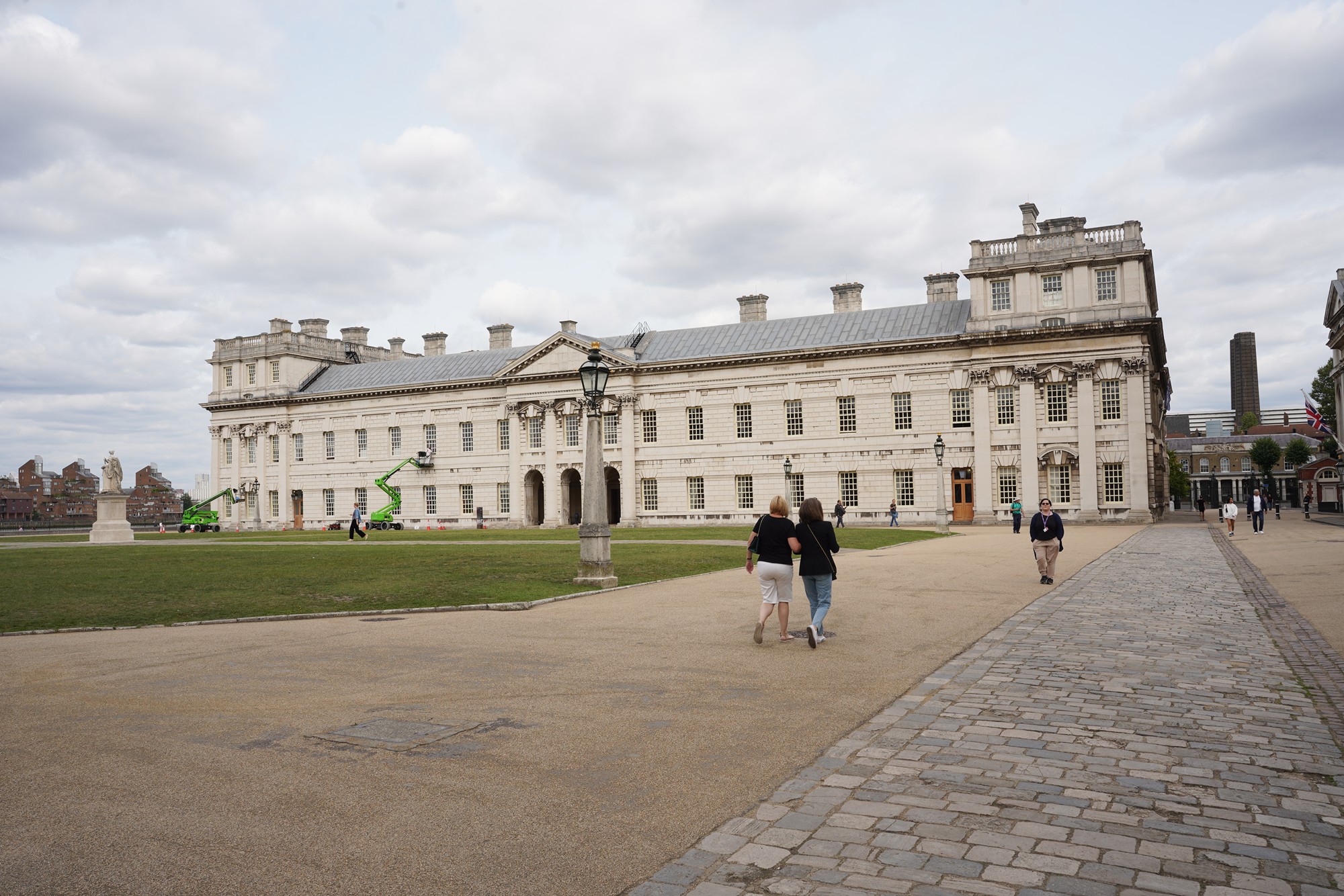
Inside one of these buildings is the Painted Hall.

The Painted Hall was originally designed as a ceremonial dining hall for naval veterans of the Royal Hospital for Seamen, which was later renamed the Royal Naval College. The hall was intended to be a place where these veterans could gather for meals and events.

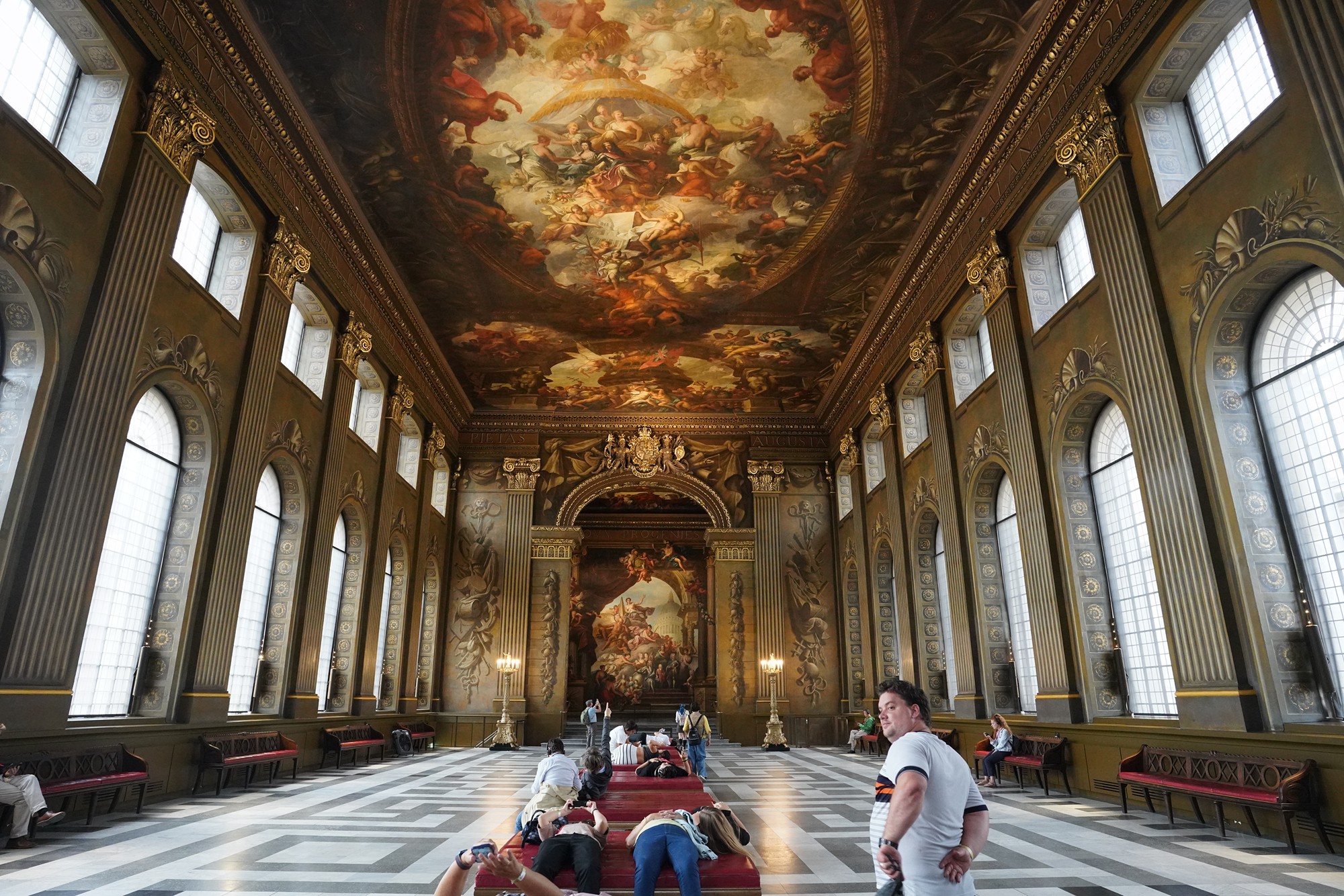
The Painted Hall is most famous for its intricate and elaborate ceiling and wall paintings. The paintings were created by the British artist Sir James Thornhill over a period of 19 years, from 1707 to 1726. The ceiling features a grand allegorical painting known as the “Triumph of Peace and Liberty over Tyranny,” while the walls are adorned with scenes depicting naval achievements, historical events, and mythological figures.
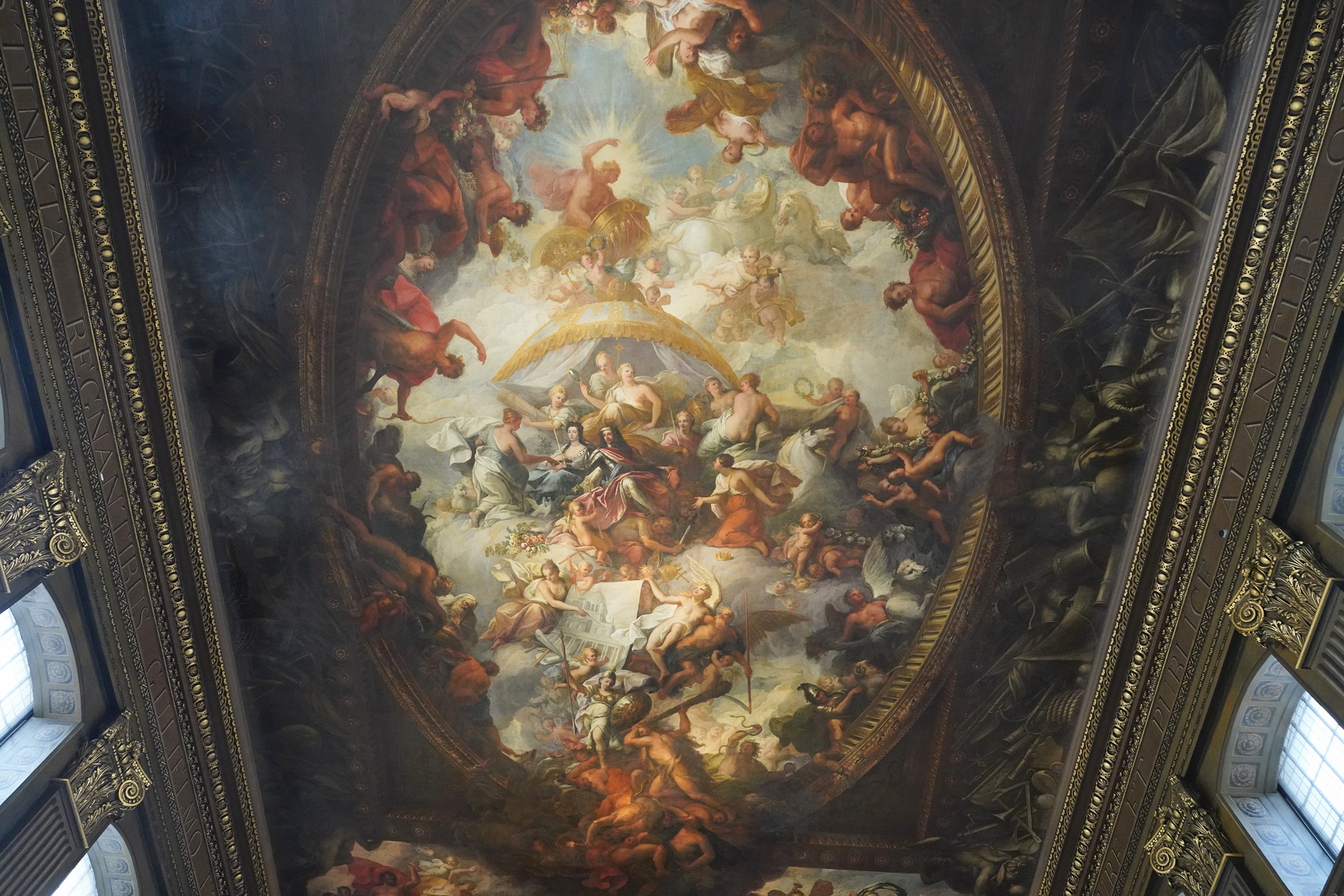
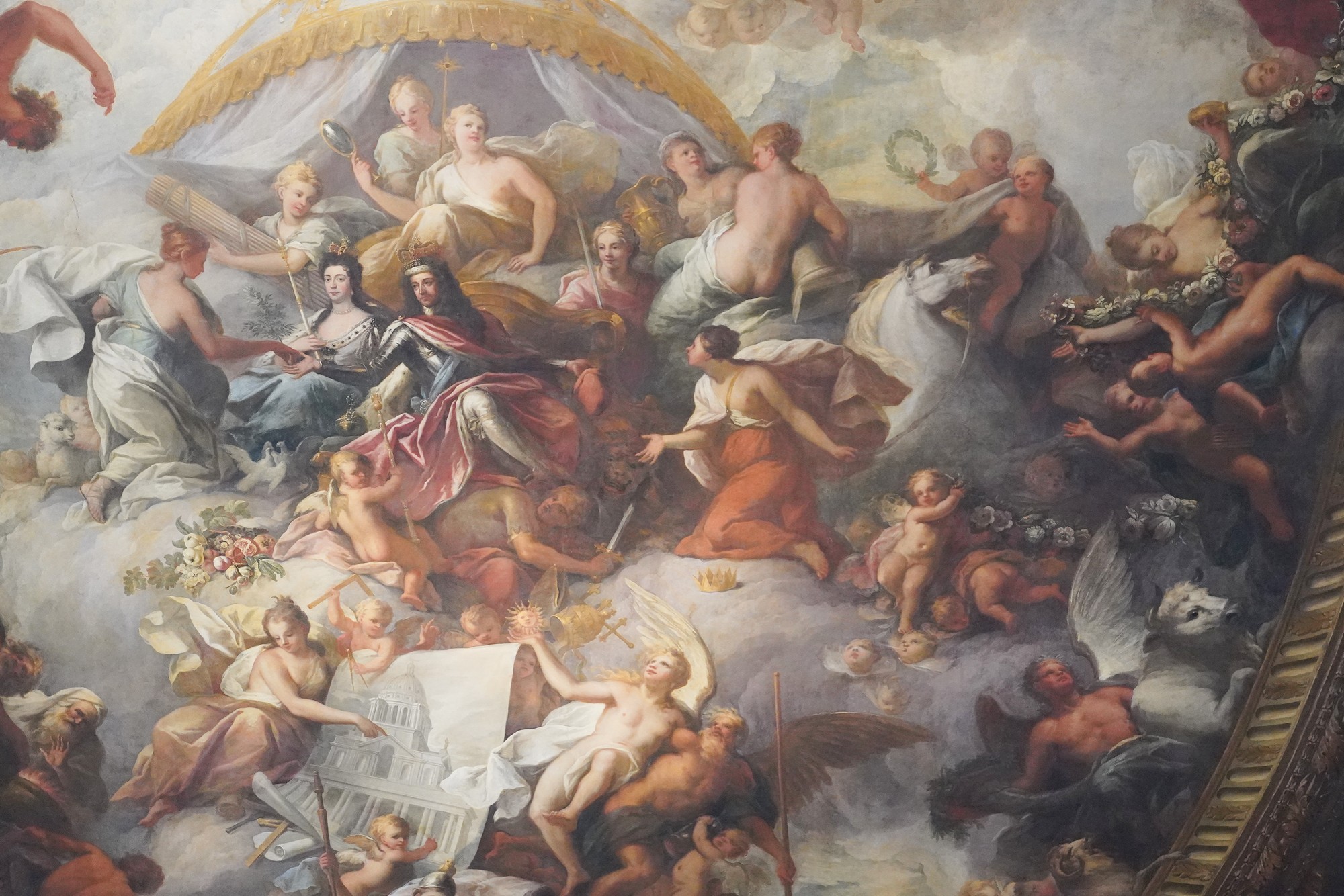
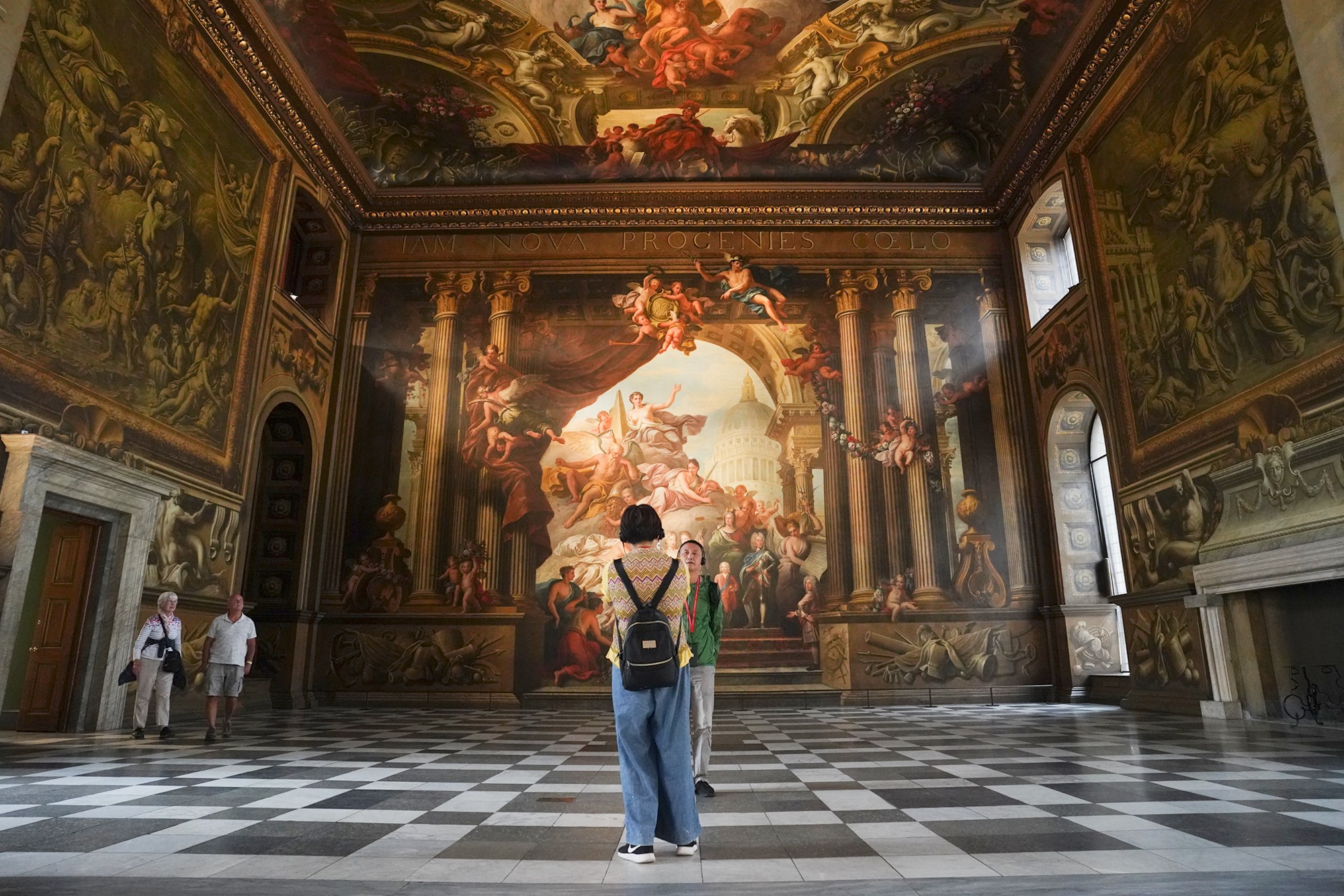

Looking back
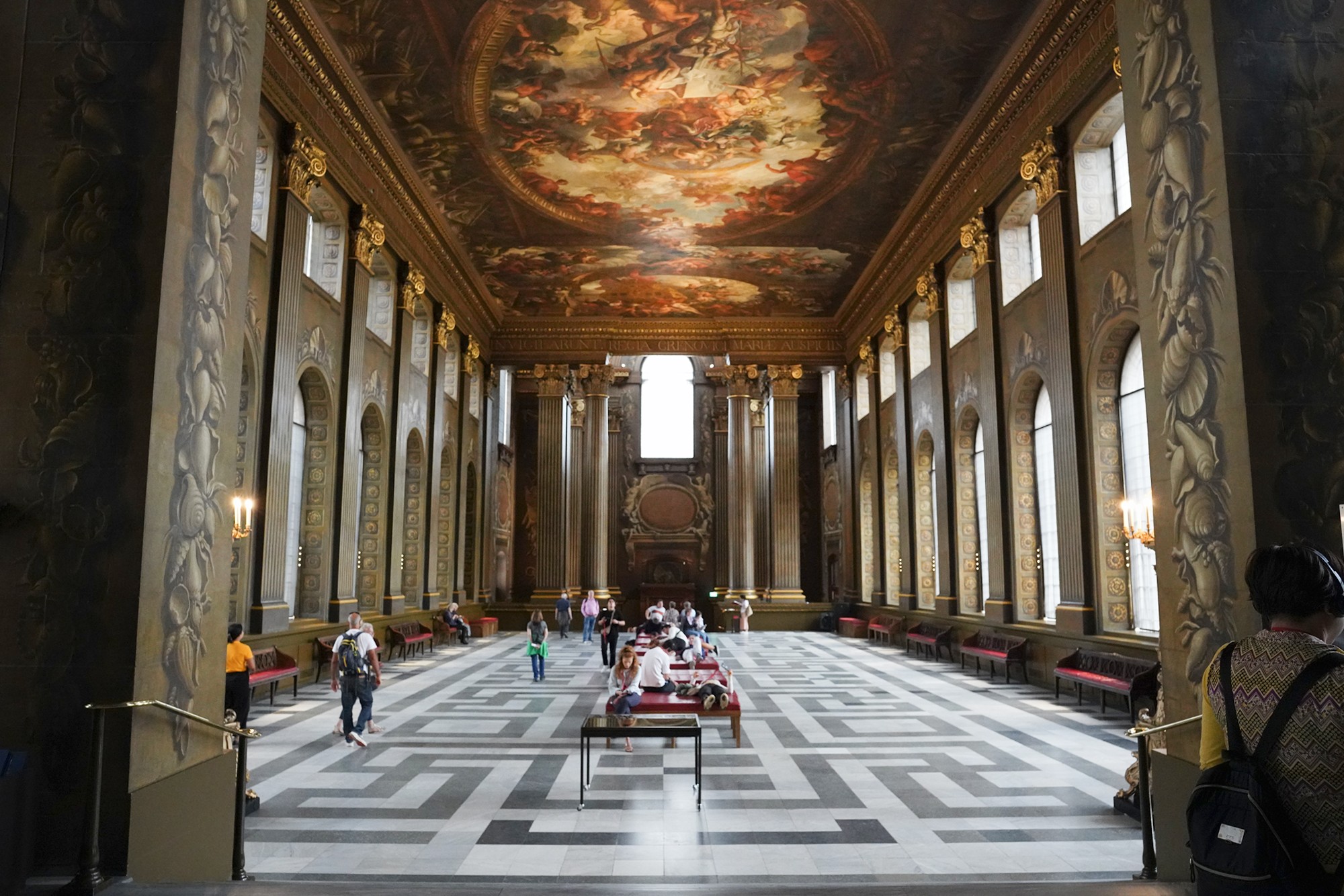
Walking out from the hall
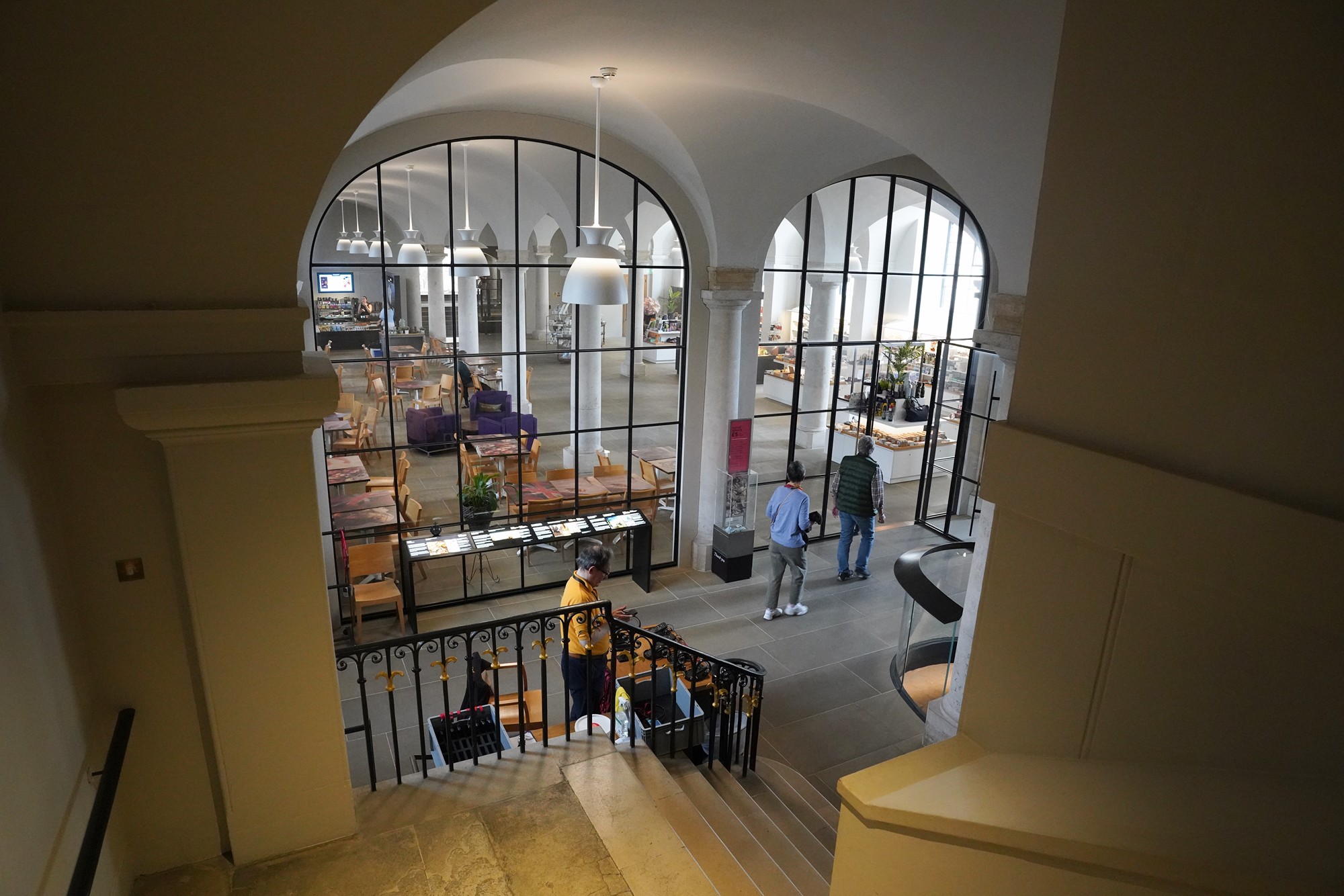
The Chapel. The Chapel was originally built as part of the Royal Hospital for Seamen, which later became the Royal Naval College. It served as a place of worship for the naval pensioners who resided in the hospital.
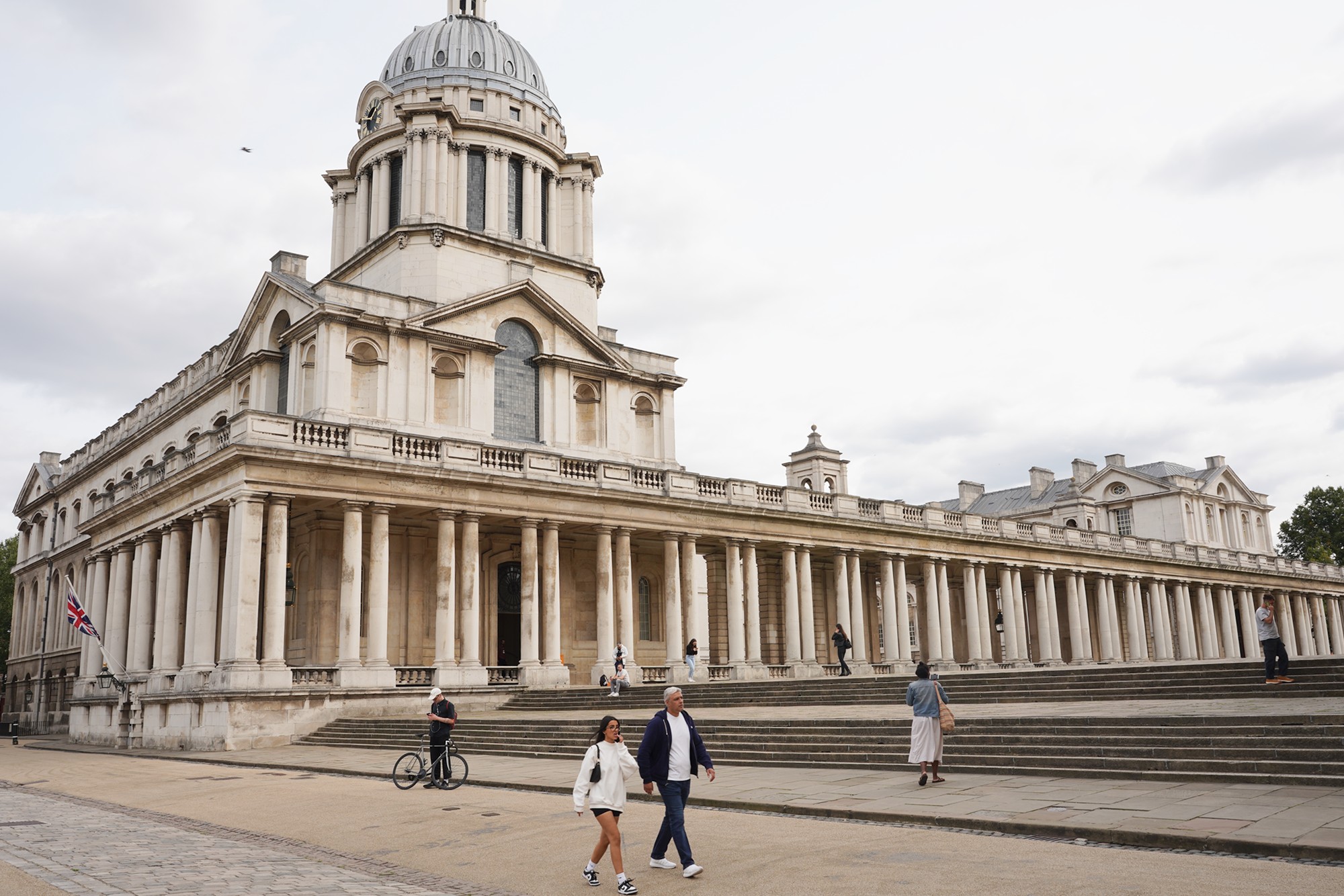

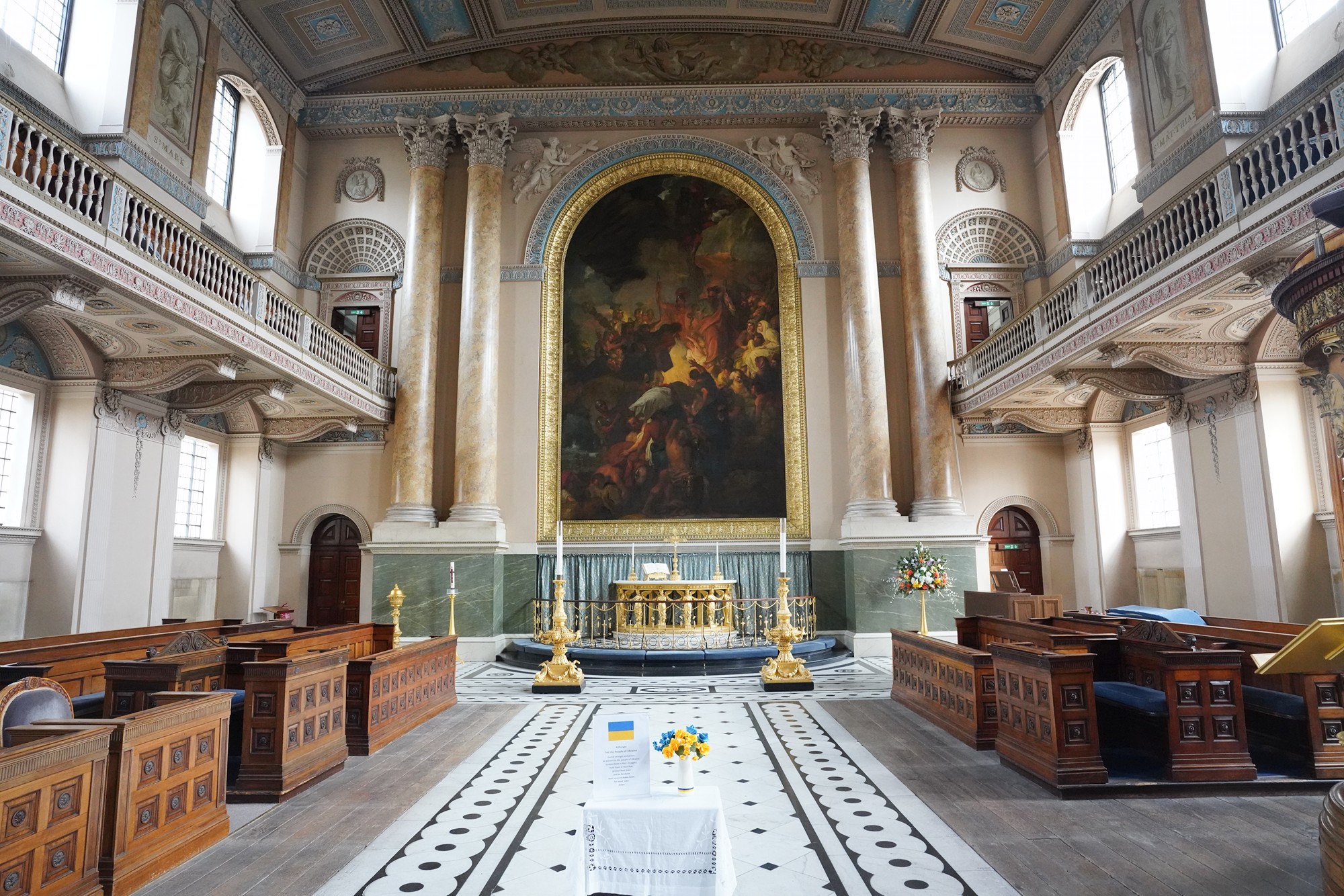
Looking back
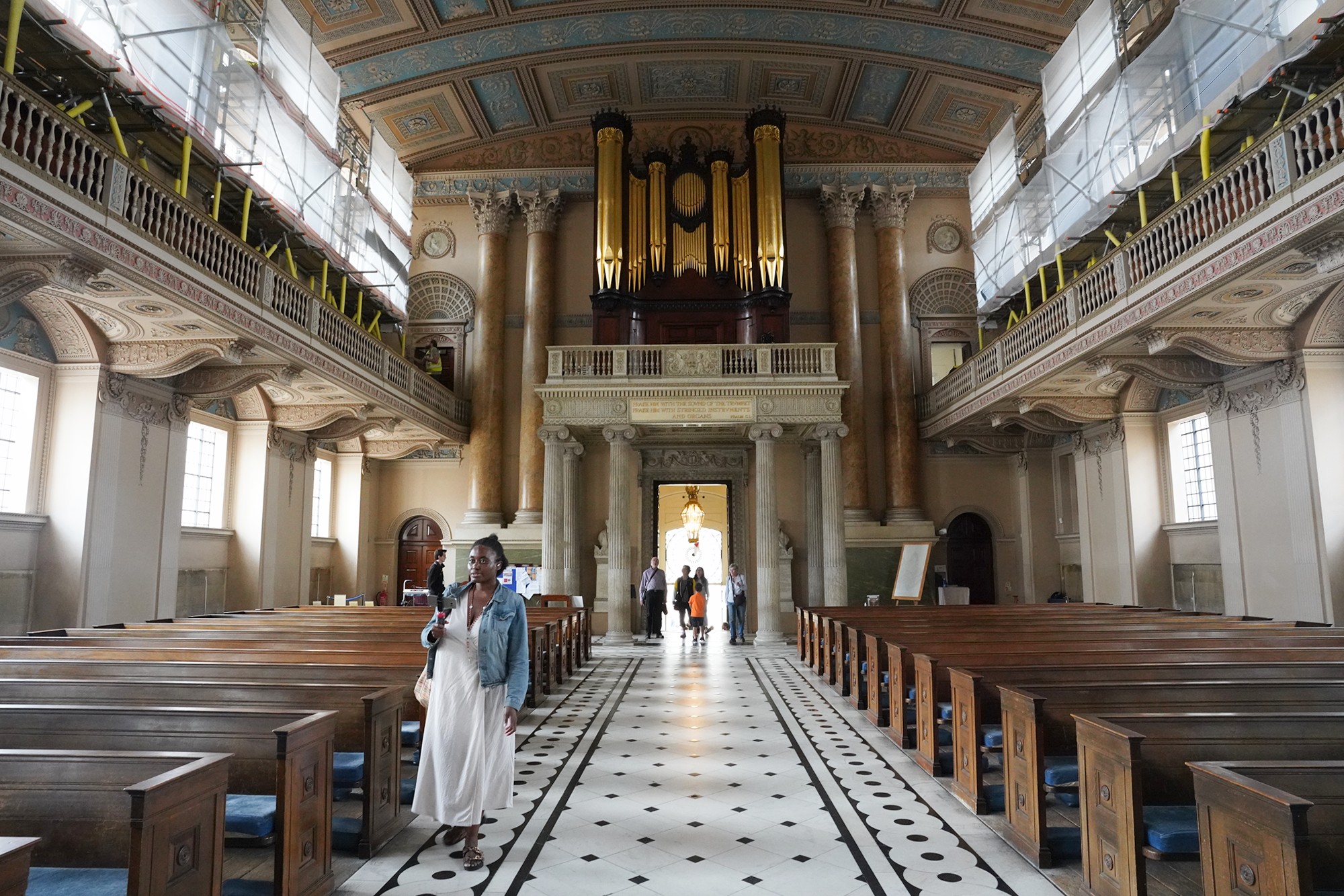
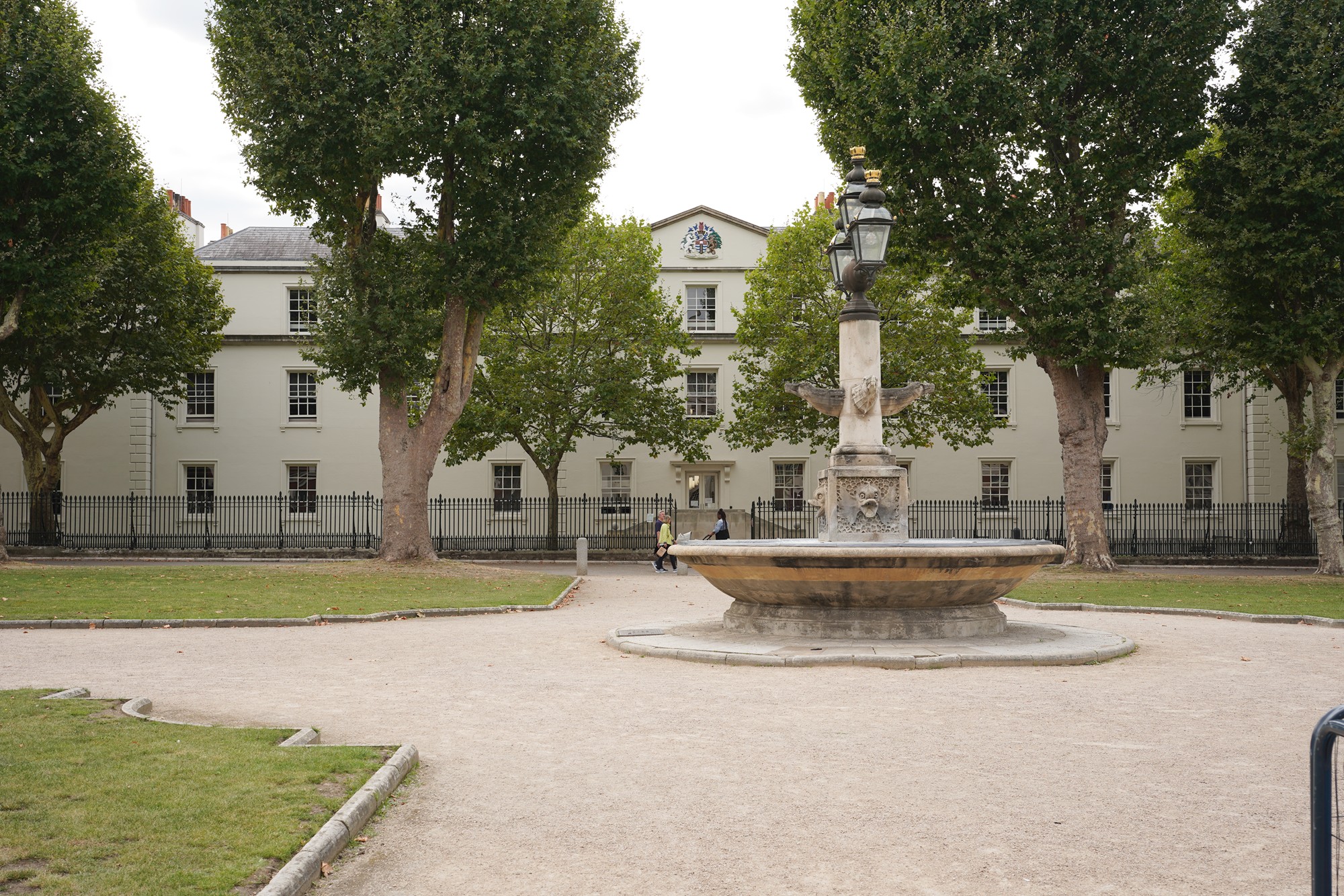
About 10 minutes walk from the Old Royal Naval College is National Maritime Museum.

Collection of the figureheads from boats

Seafarers during the Tudor & Stuart periods
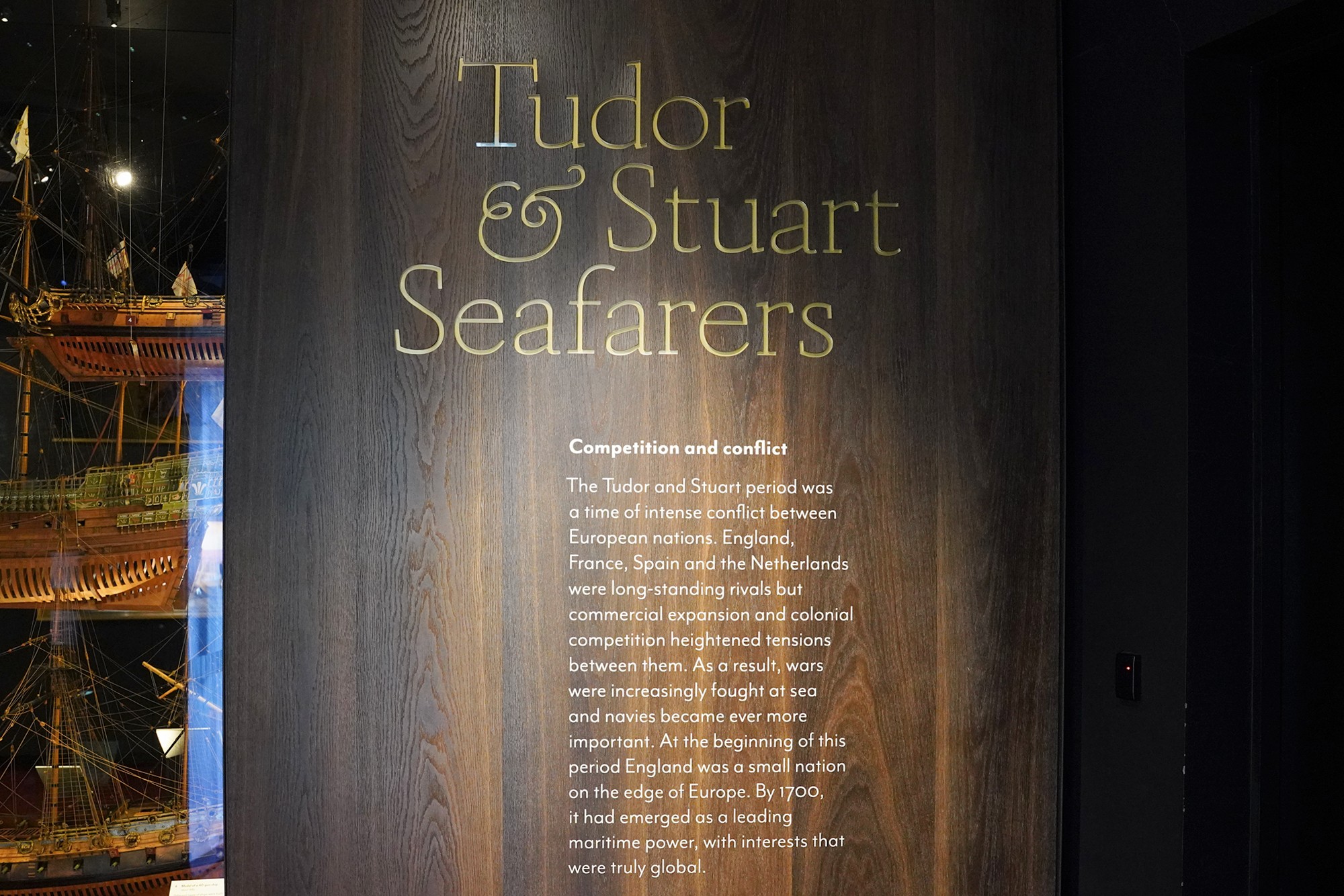
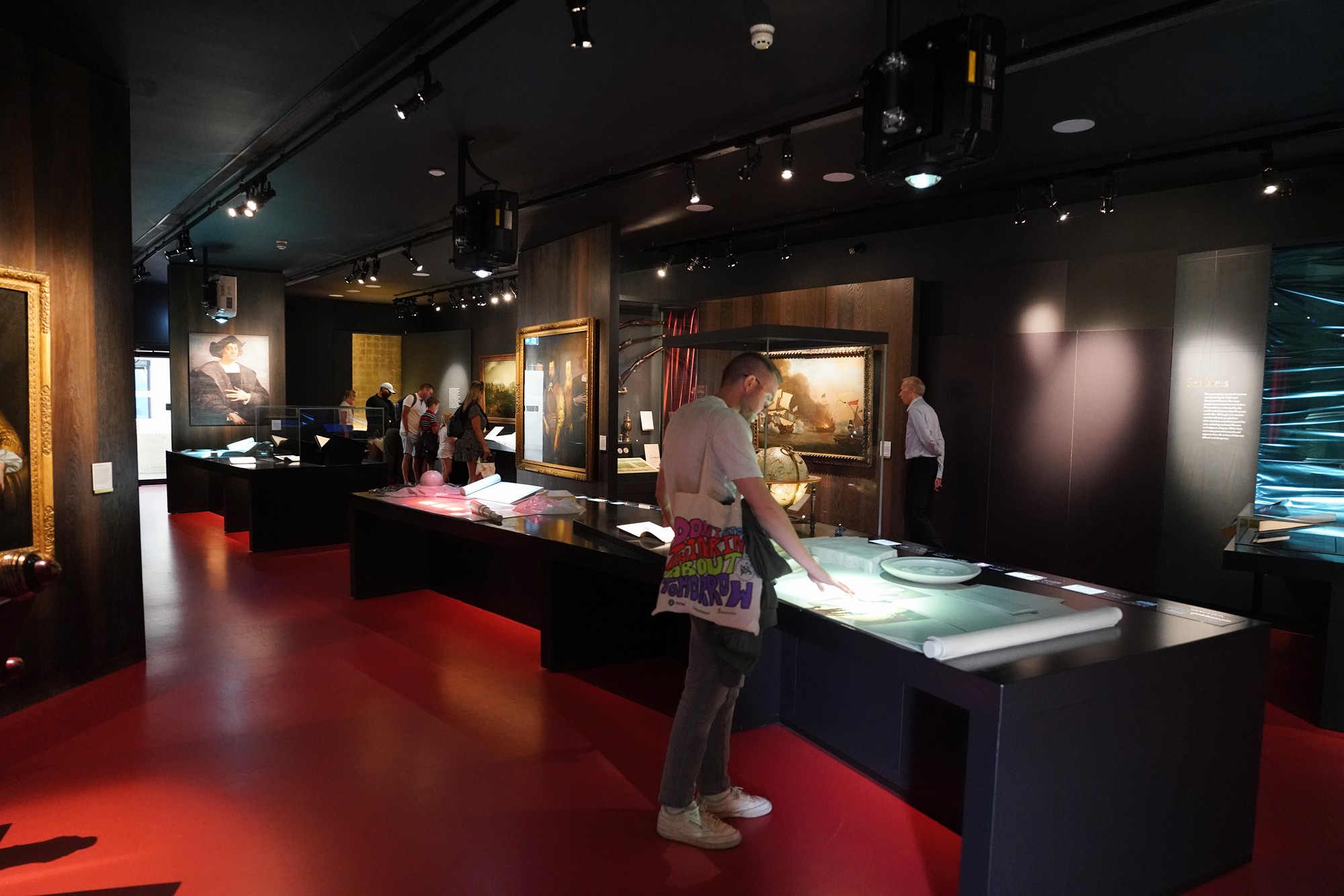
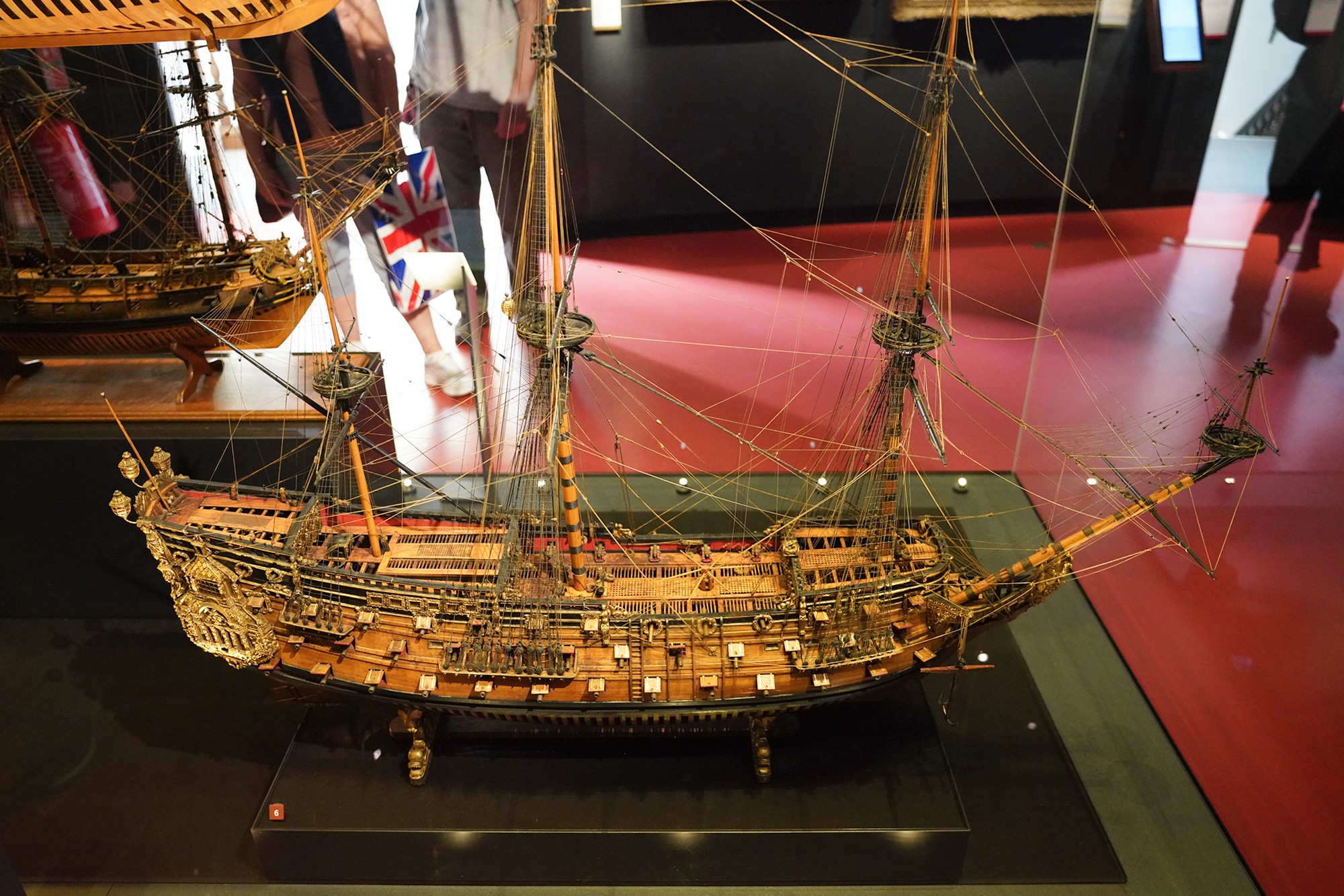
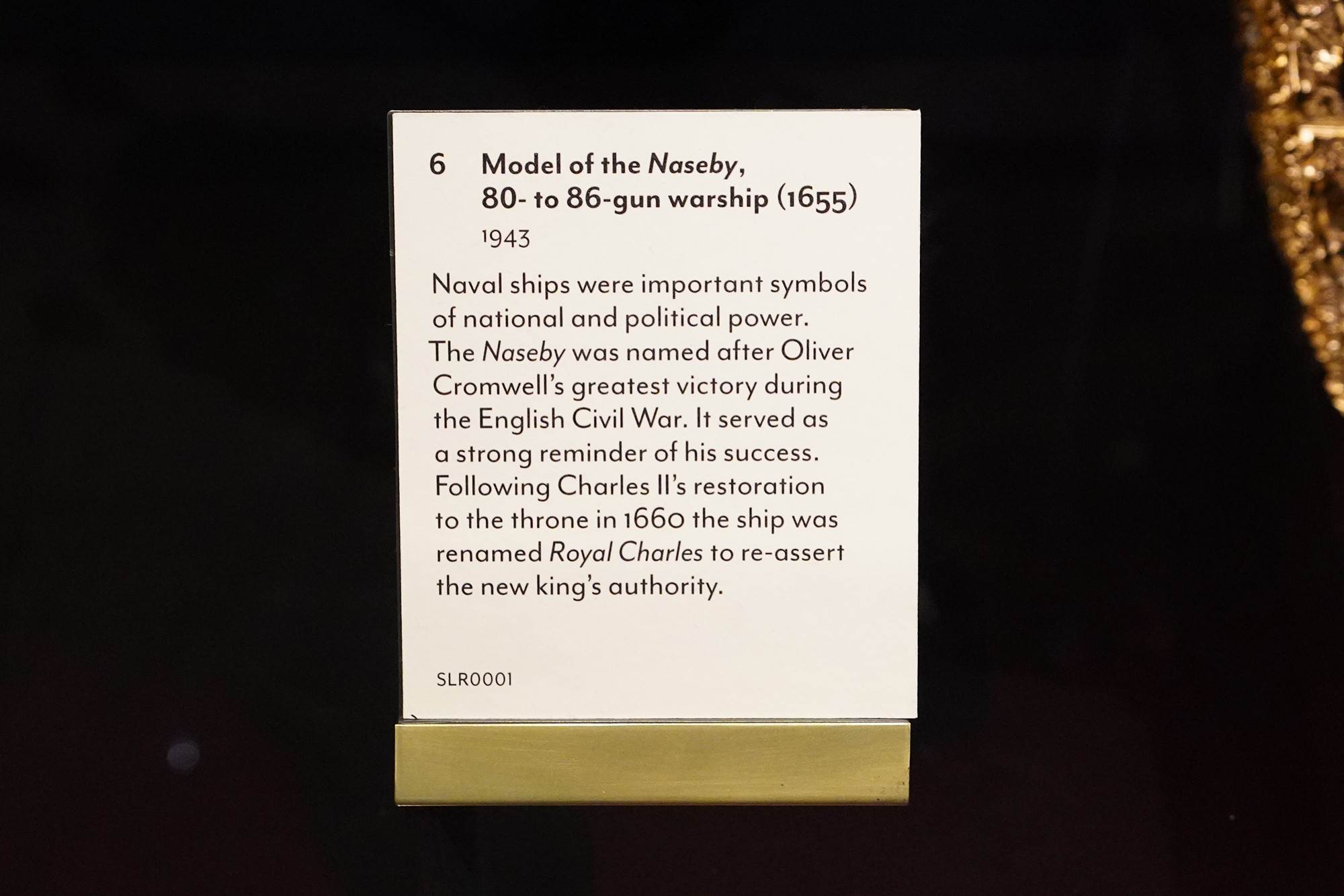
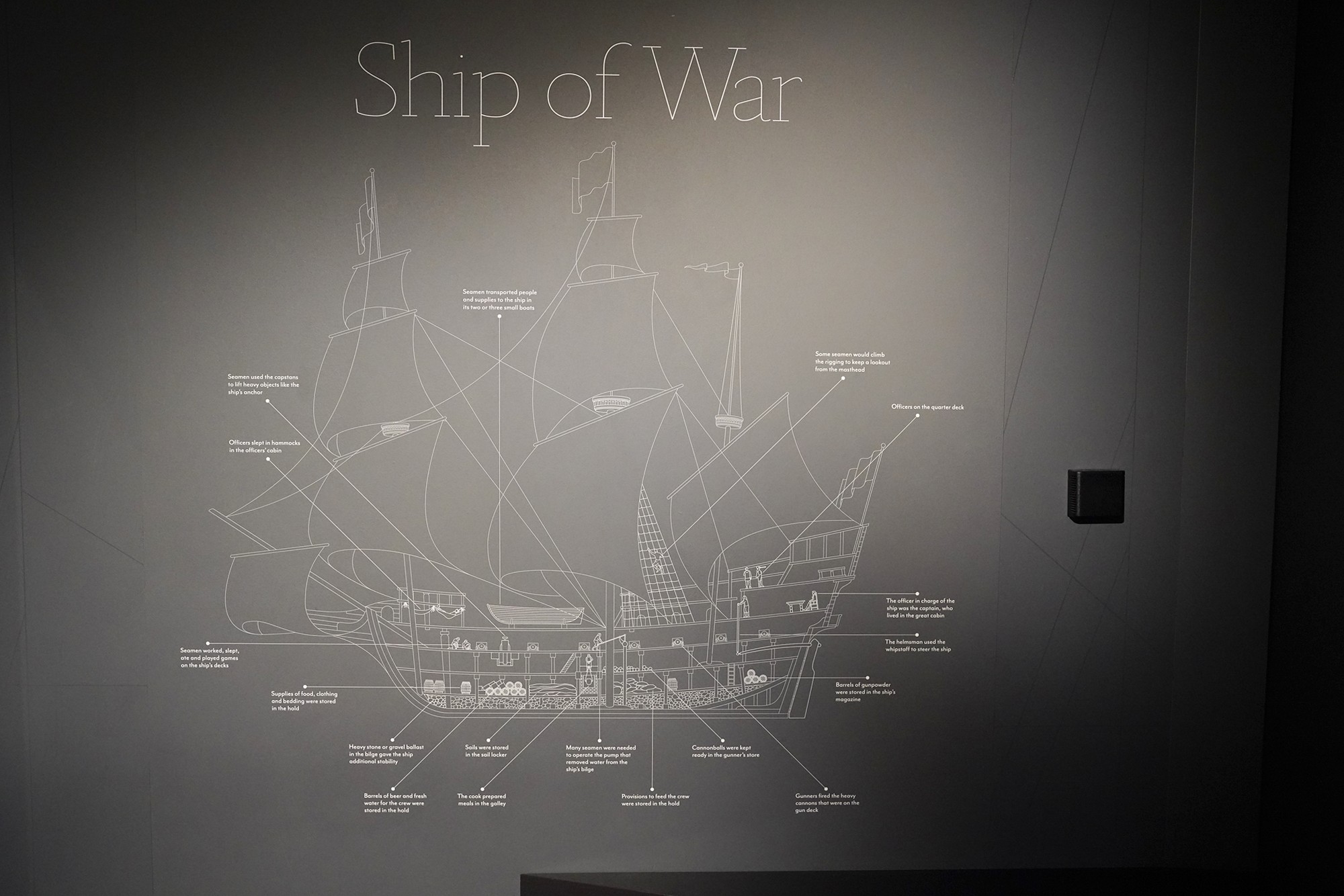

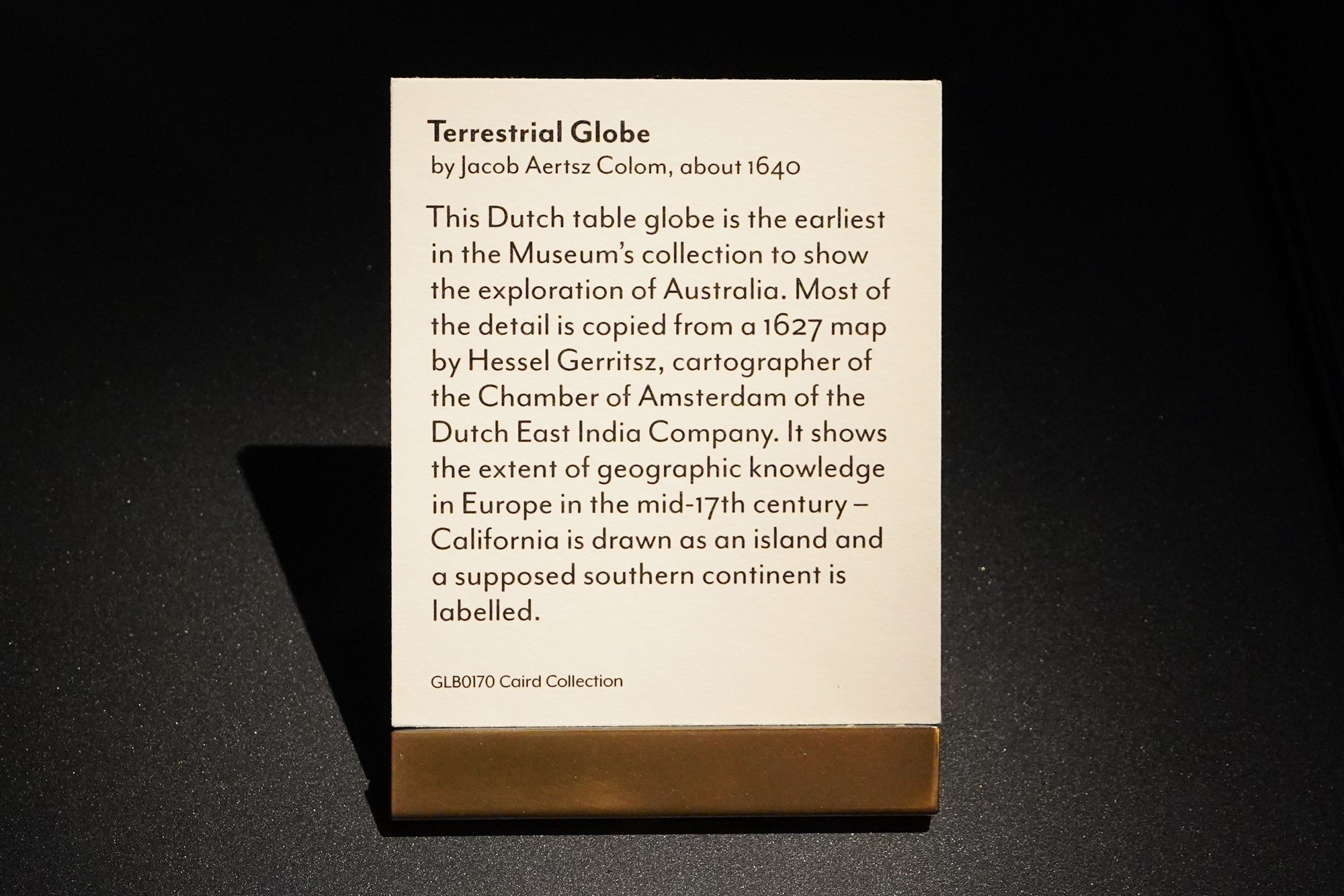

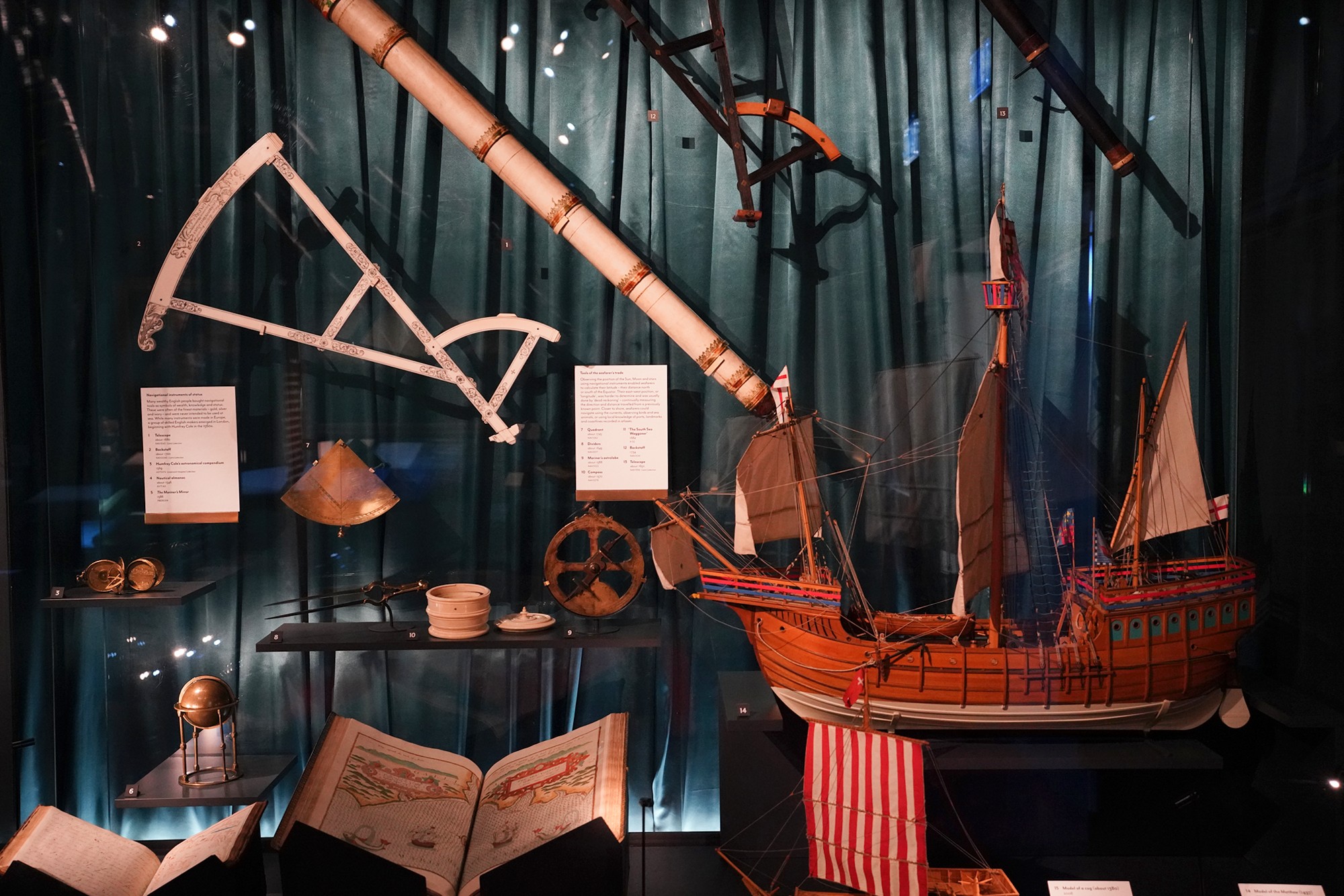
Historical expeditions to the South Pole
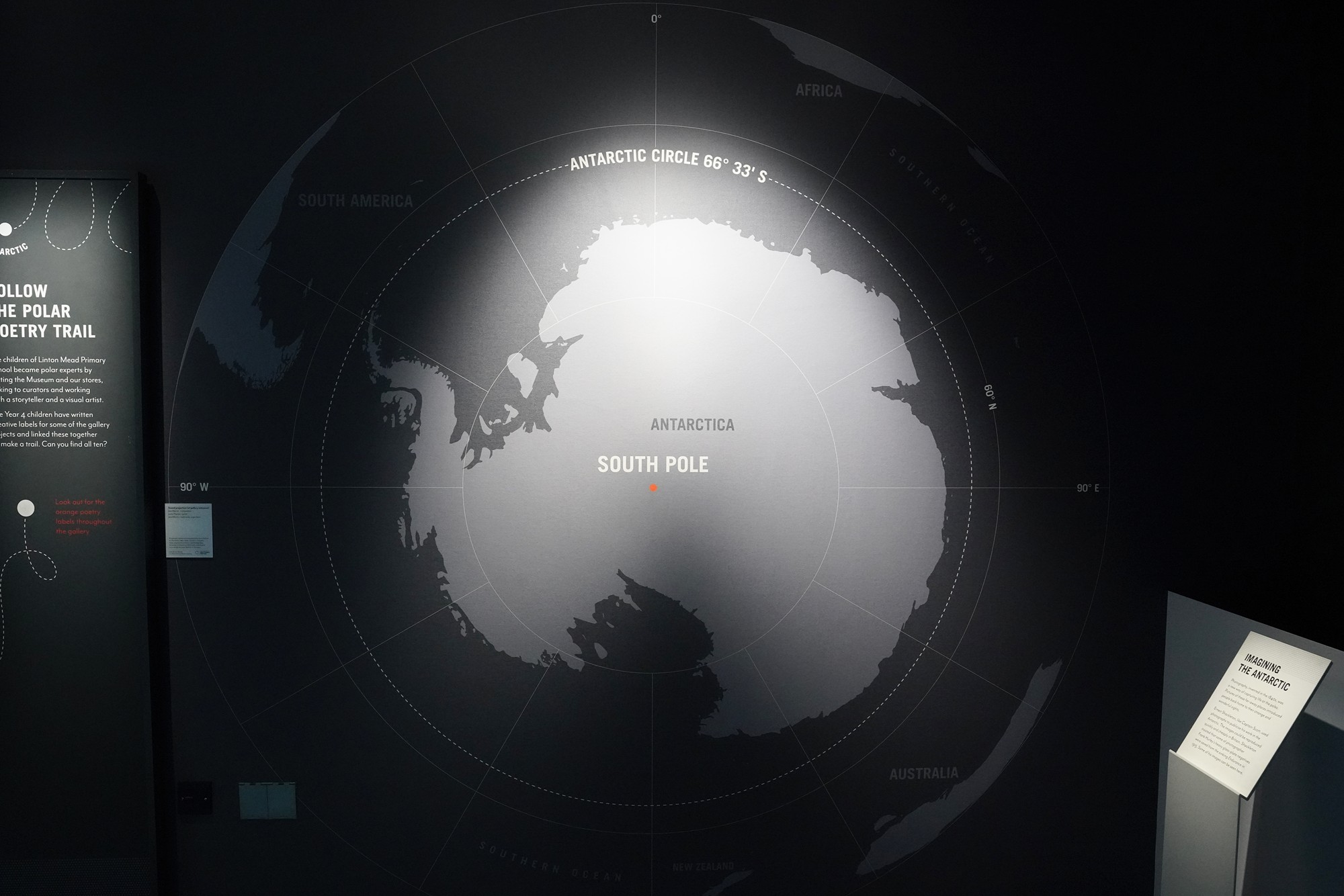
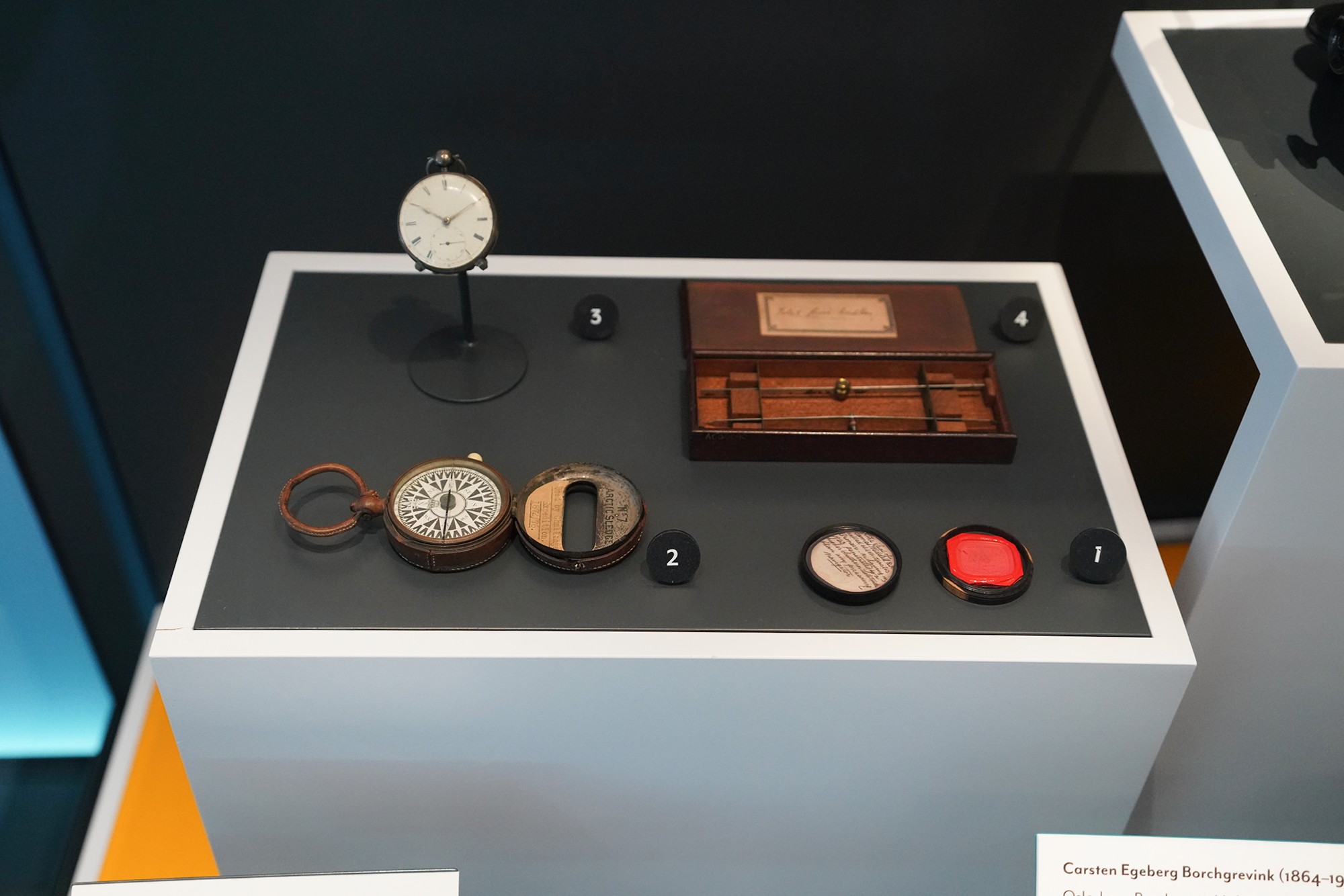
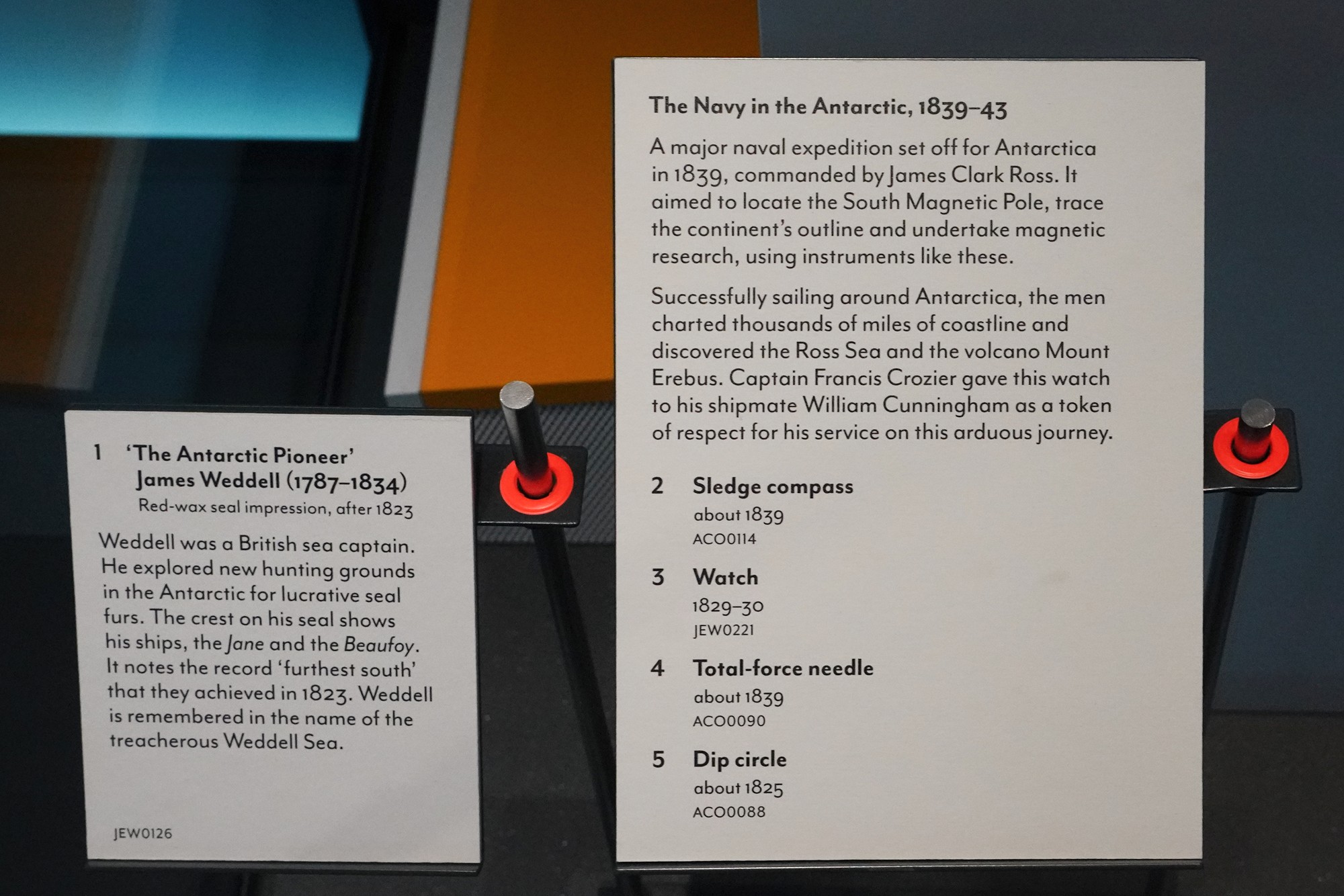
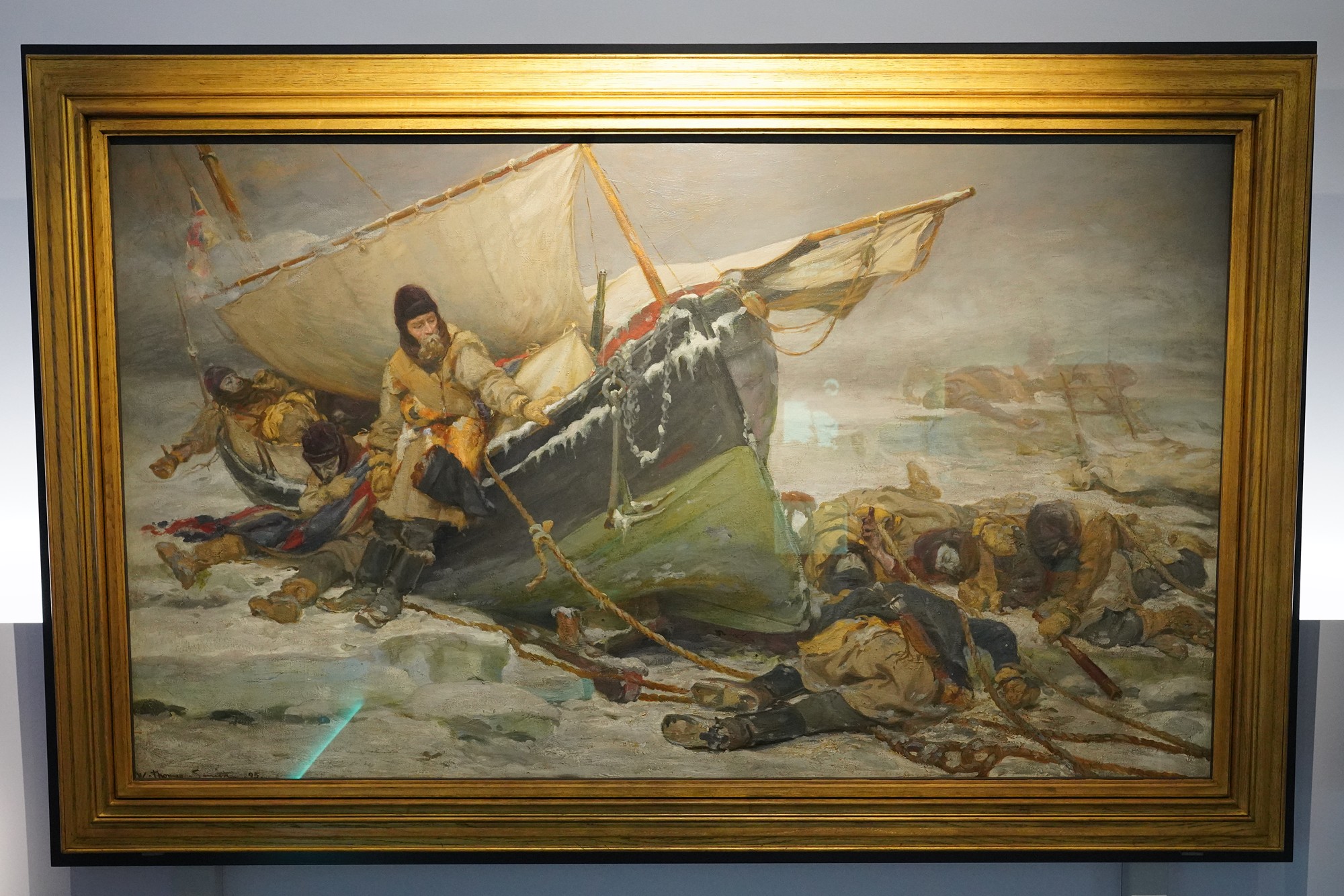
The Terra Nova Expedition was a British Antarctic expedition led by Captain Robert Falcon Scott. Its primary objective was to reach the geographic South Pole and conduct scientific research in the region.
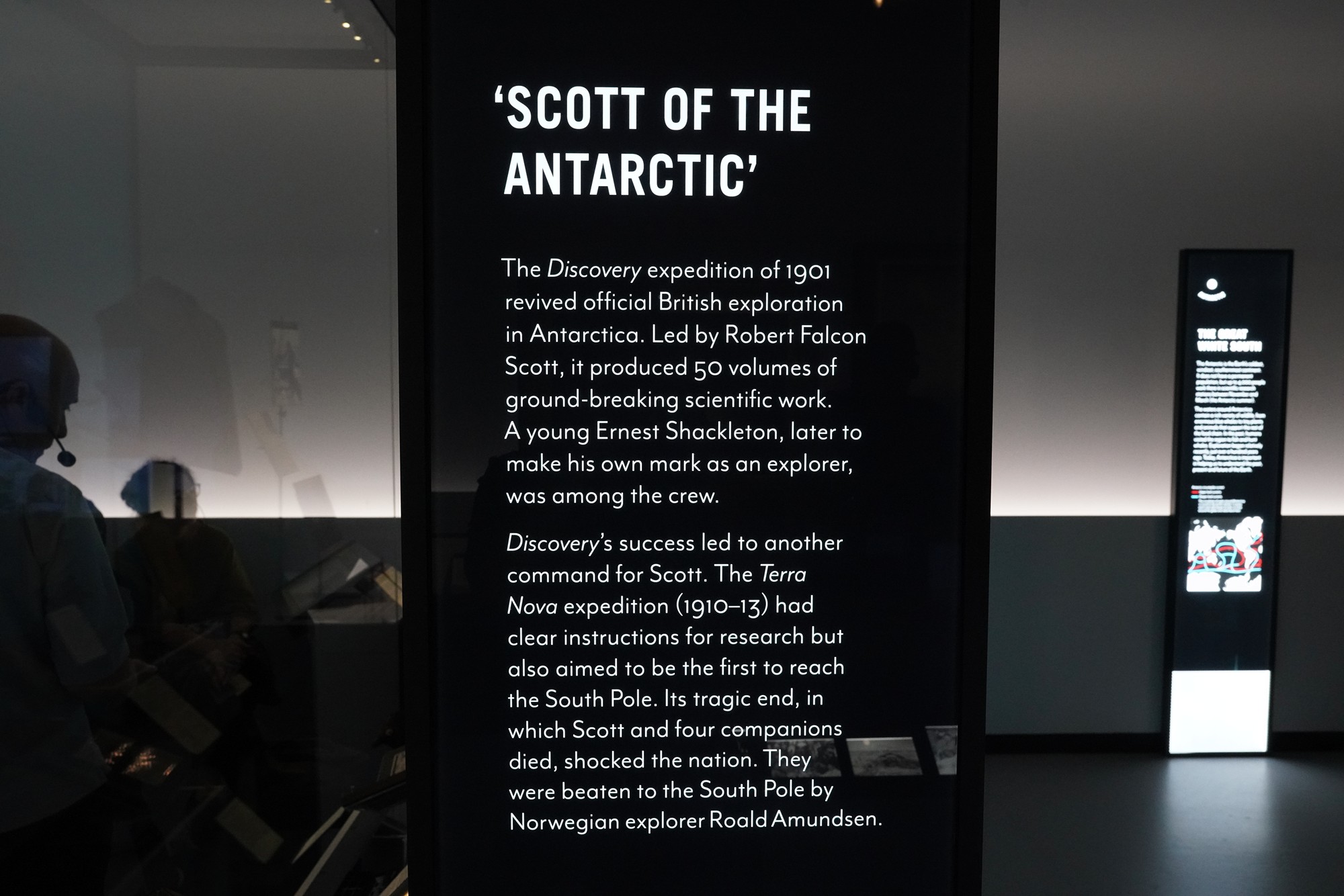
Equipment used by Scott’s team
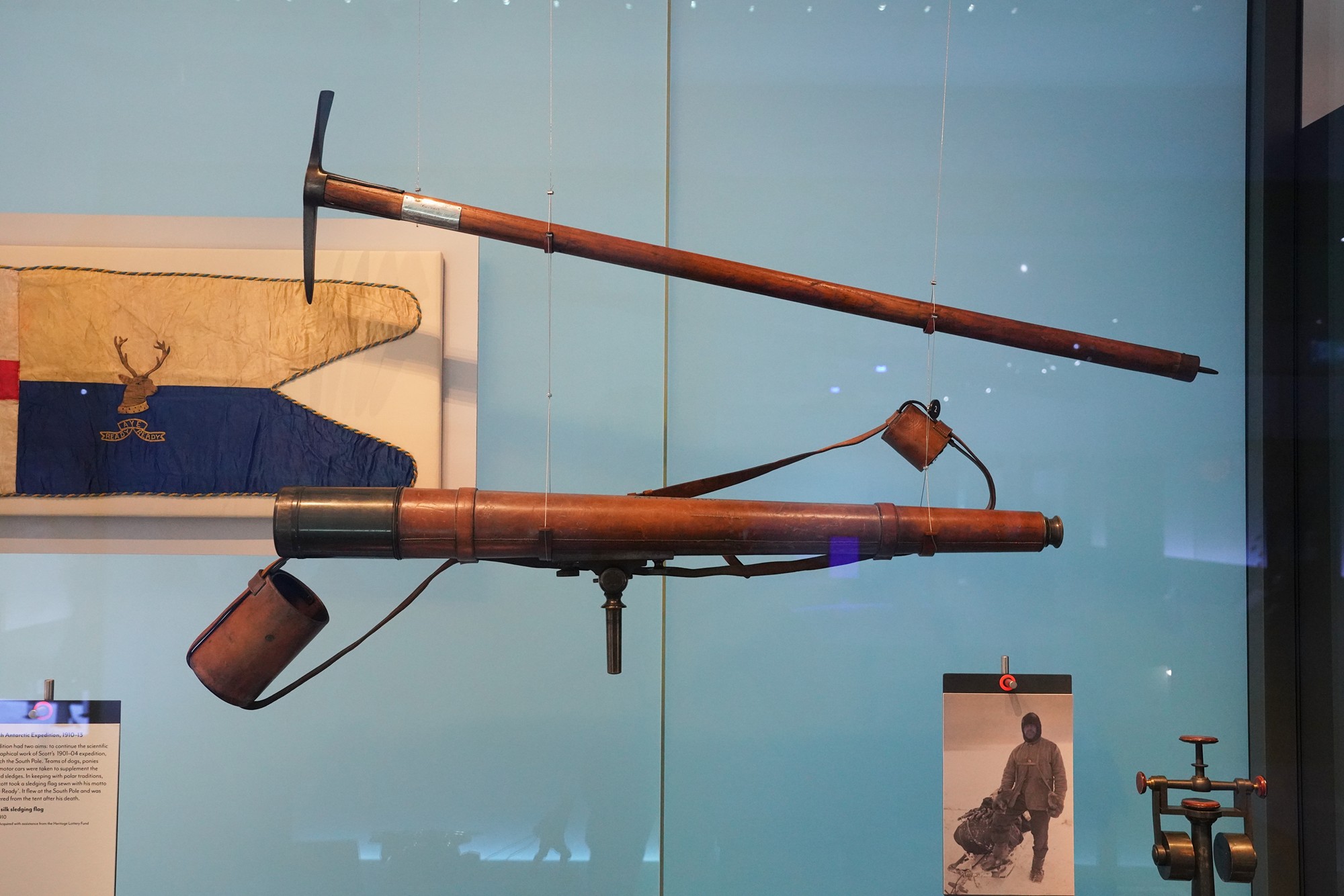
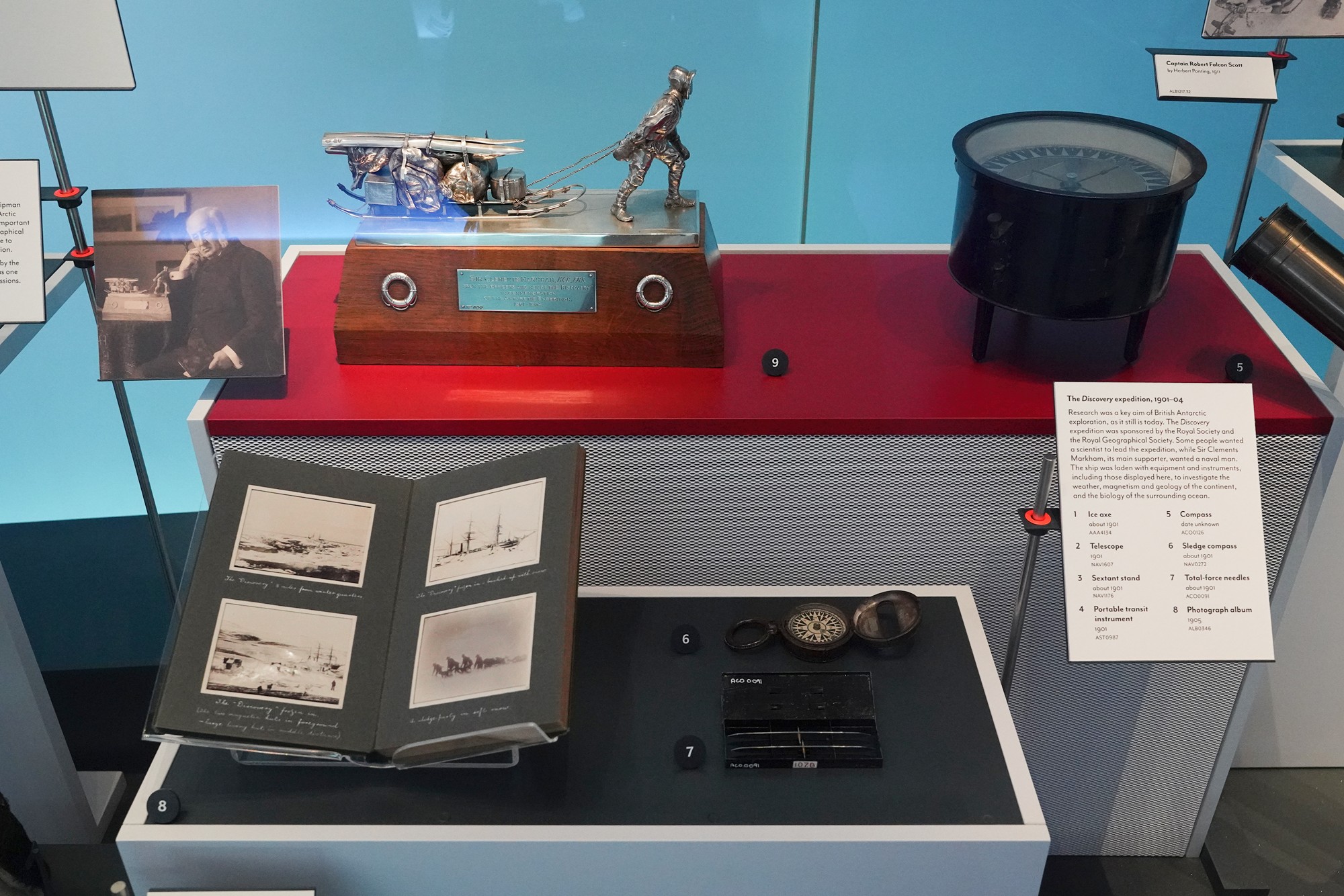

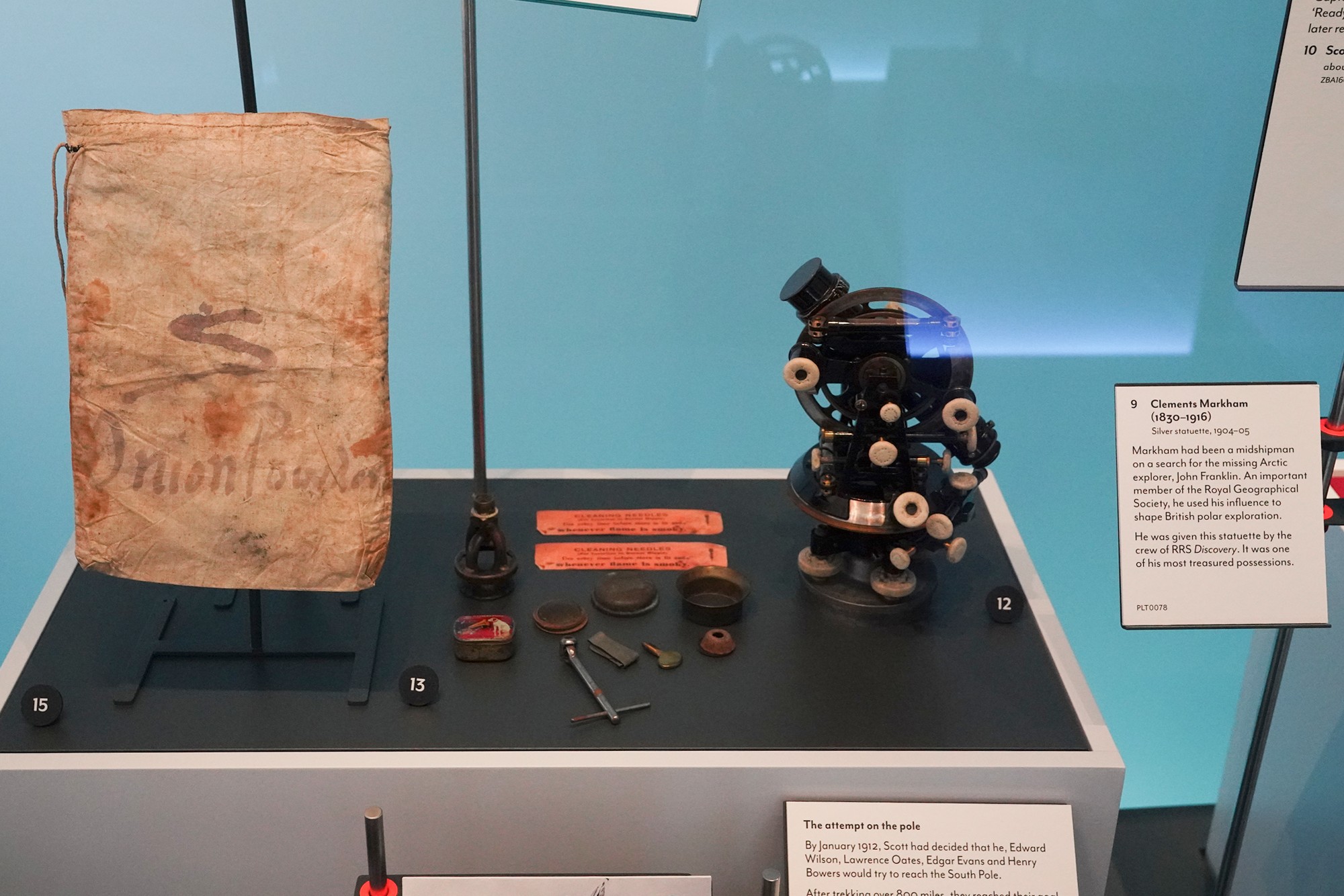
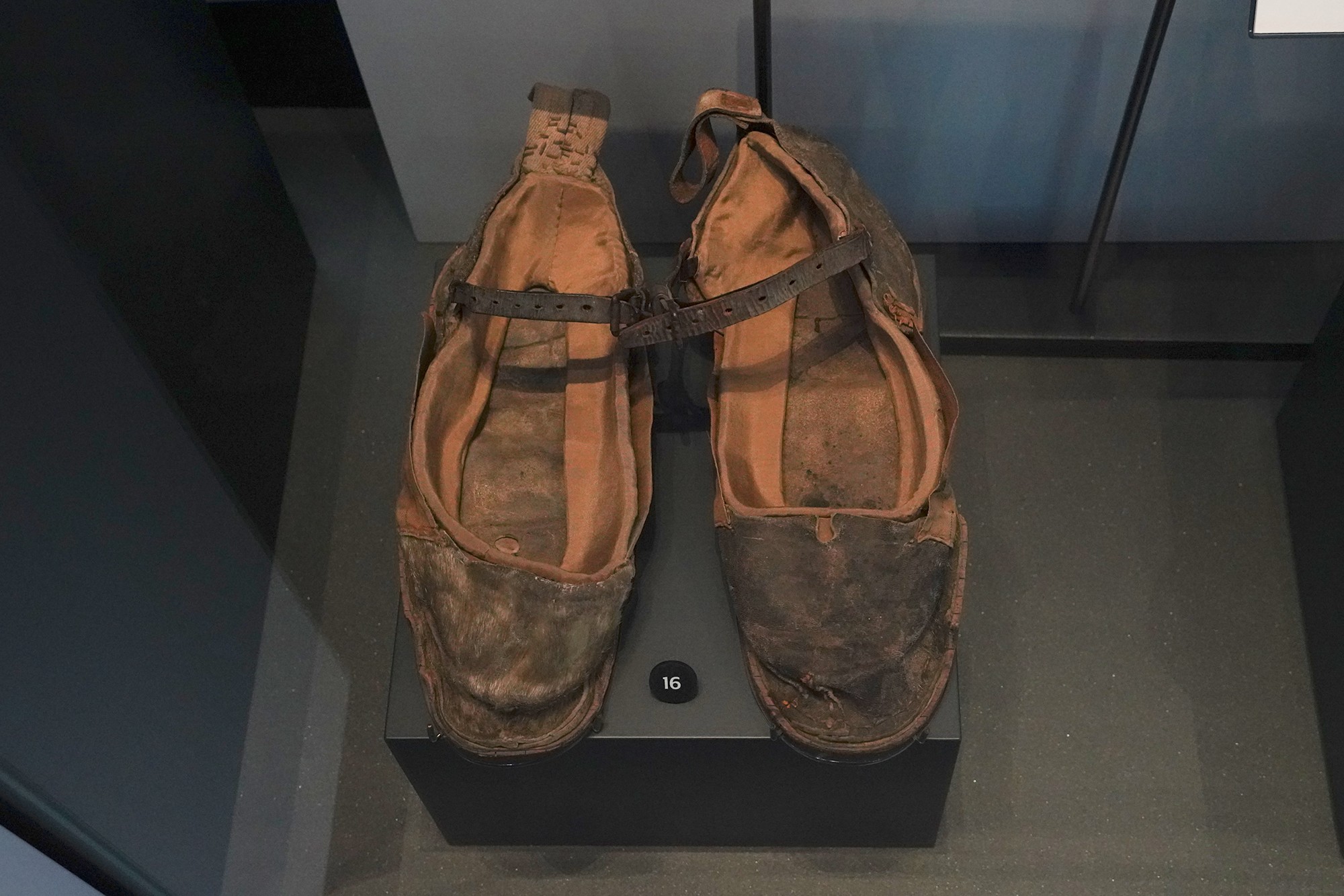
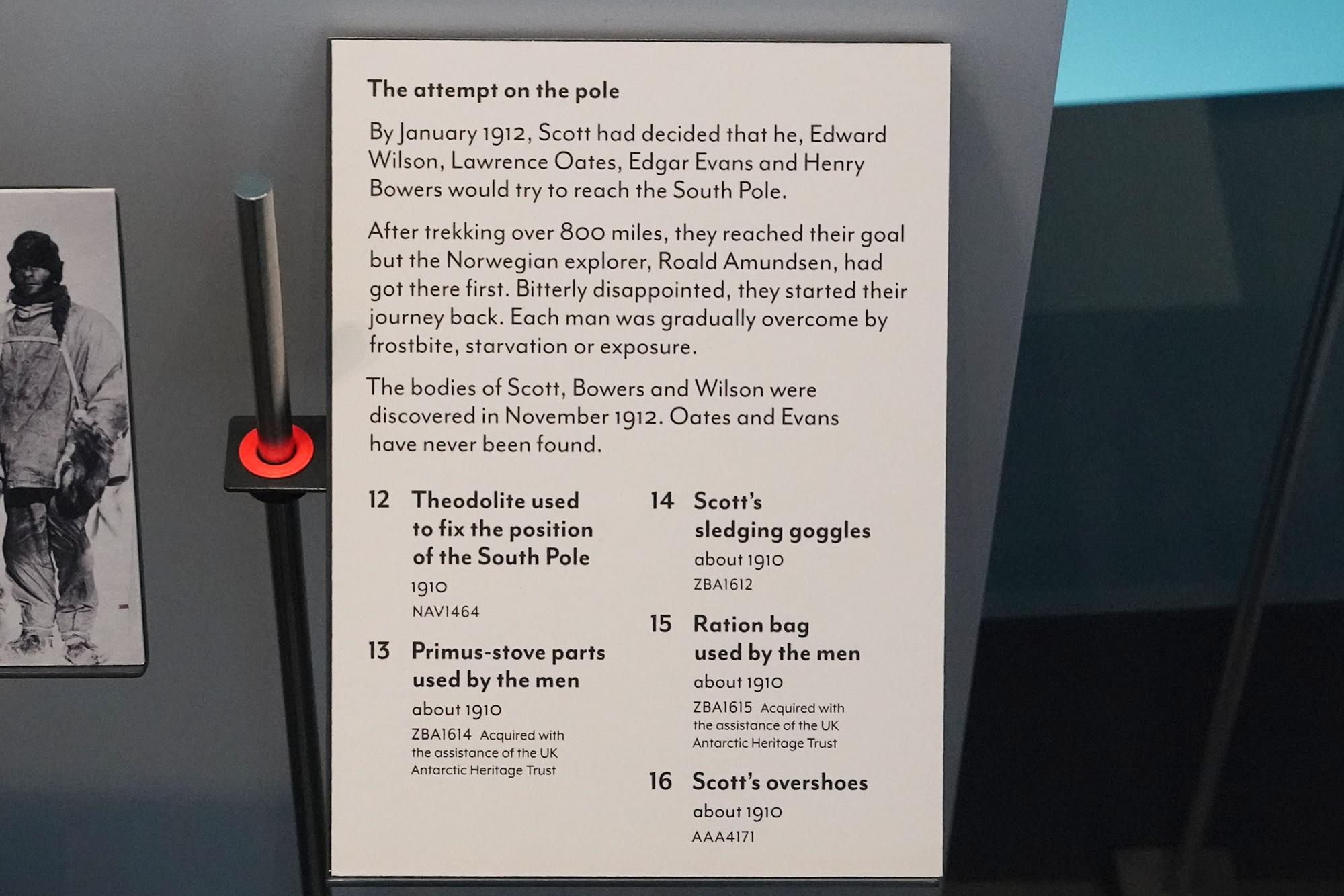
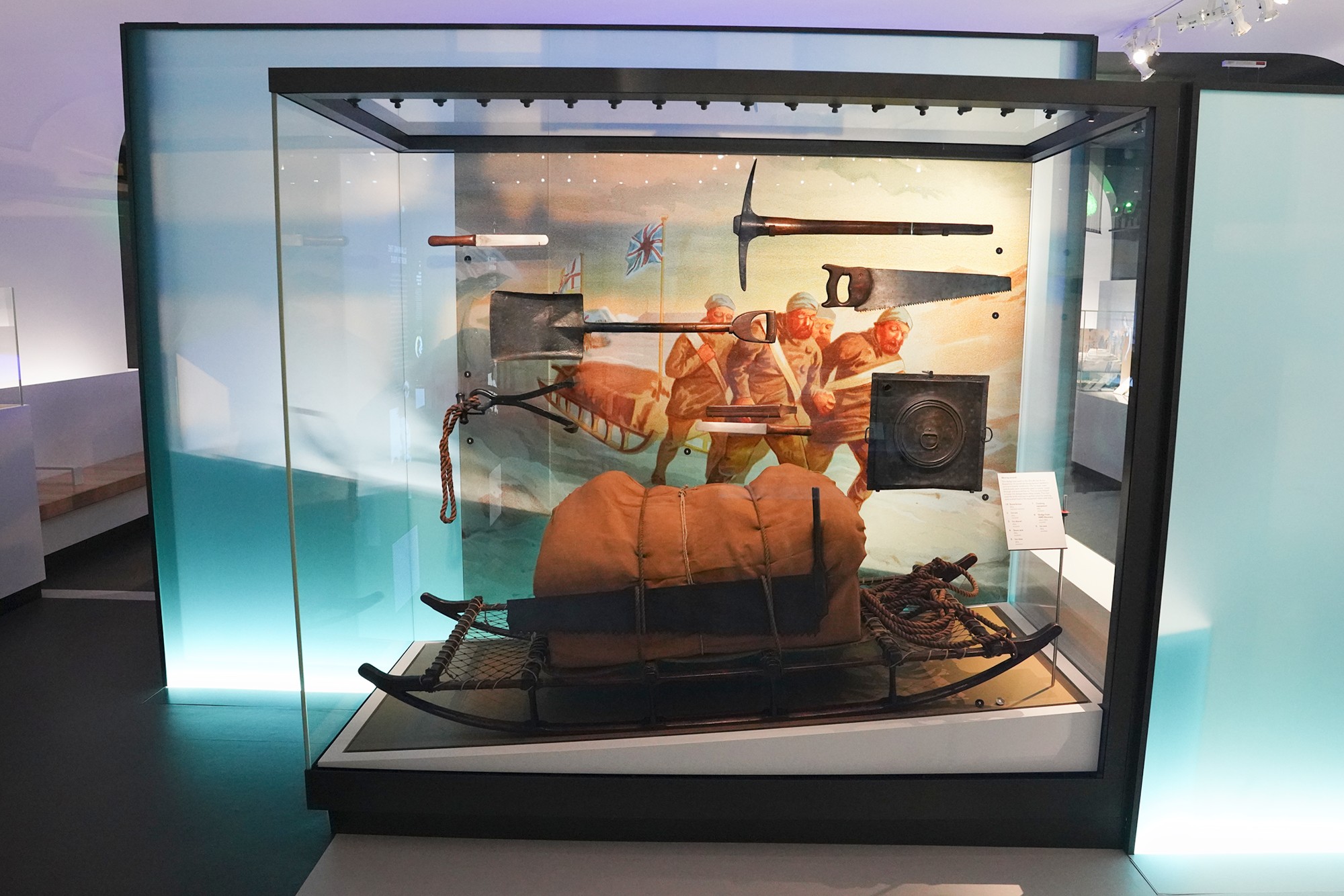
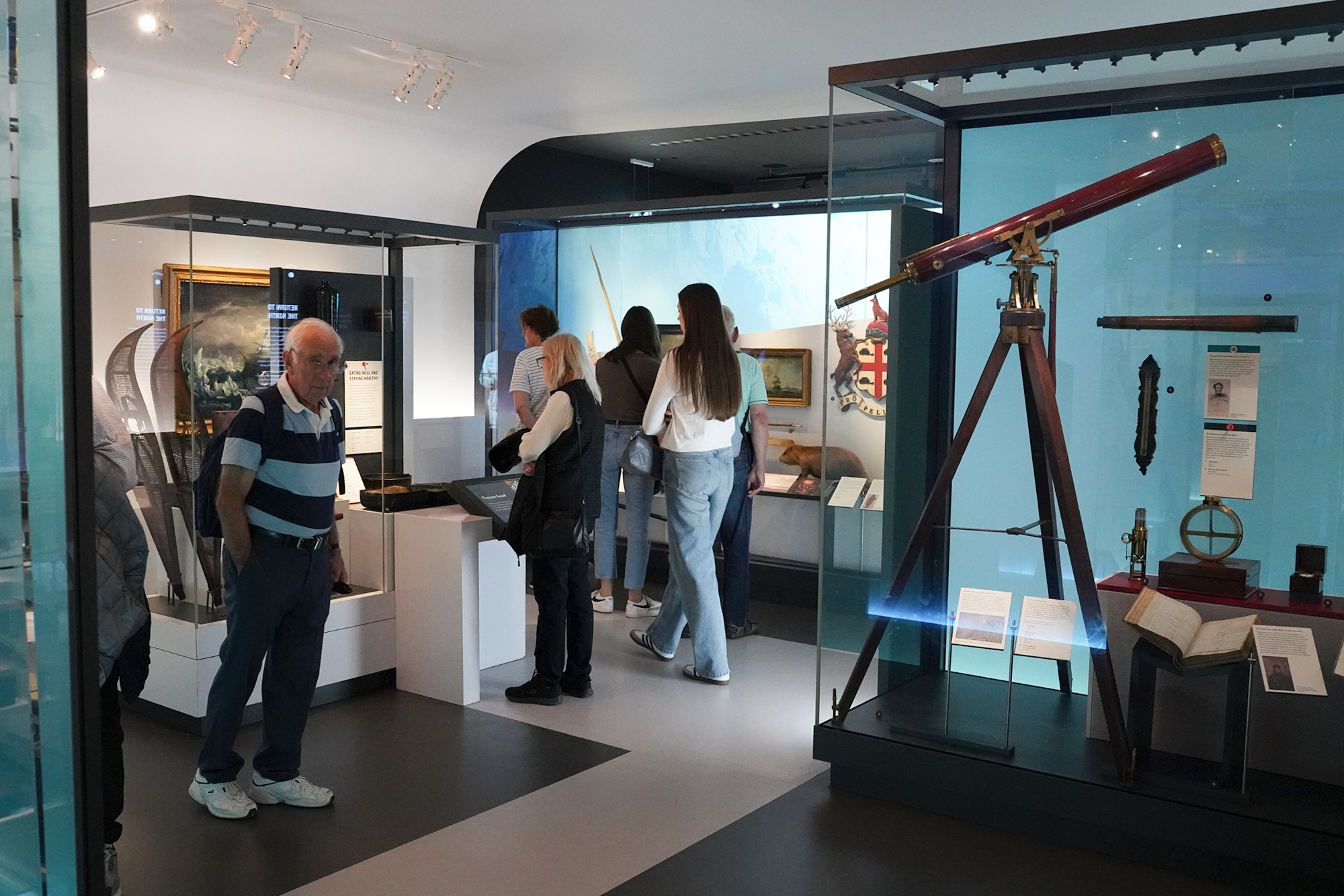
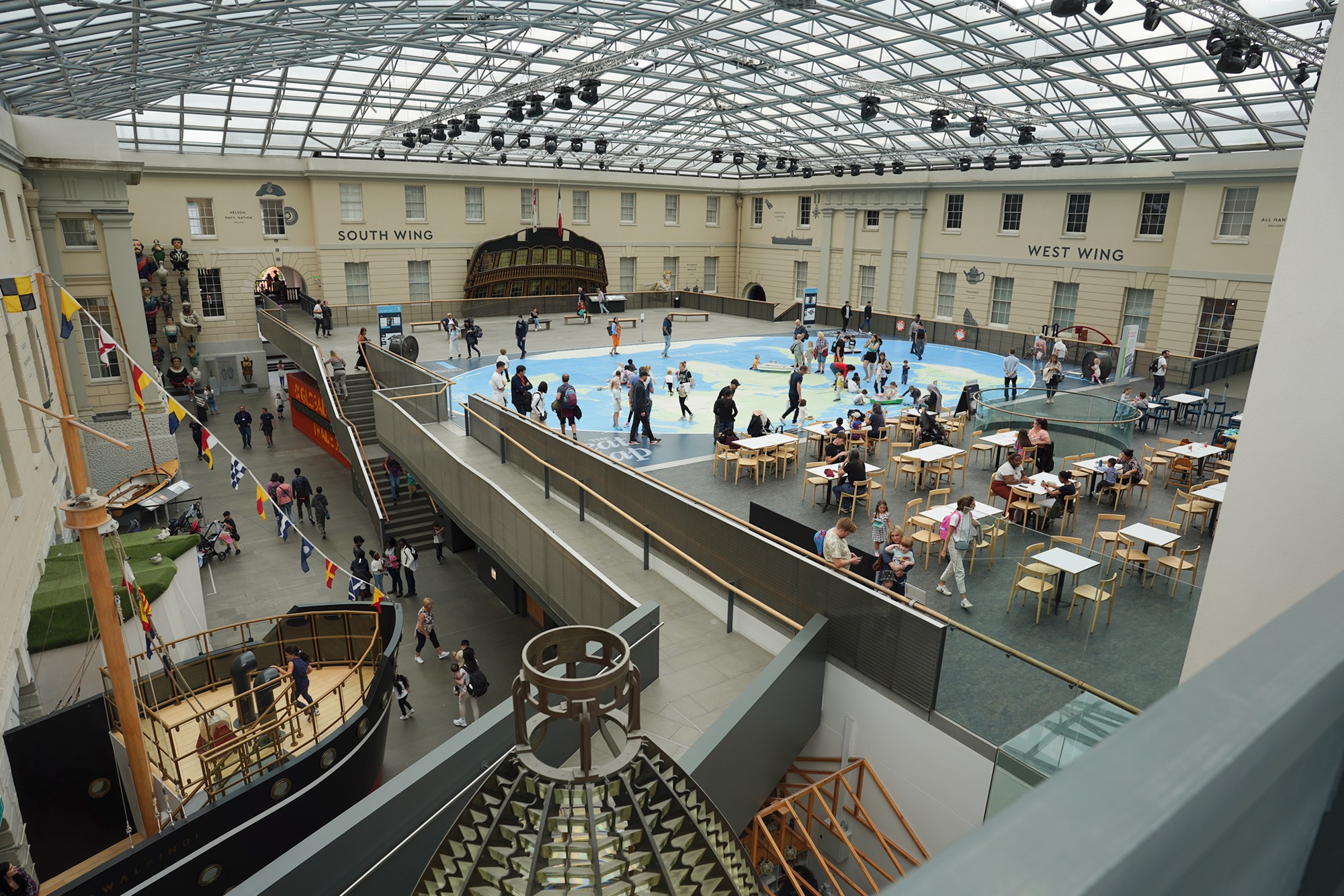
Horatio Nelson, 1st Viscount Nelson, was a British naval officer renowned for his leadership and victories during the Napoleonic Wars. He is best known for his exceptional skills as a tactician and strategist, as well as his heroic contributions to the British Navy.

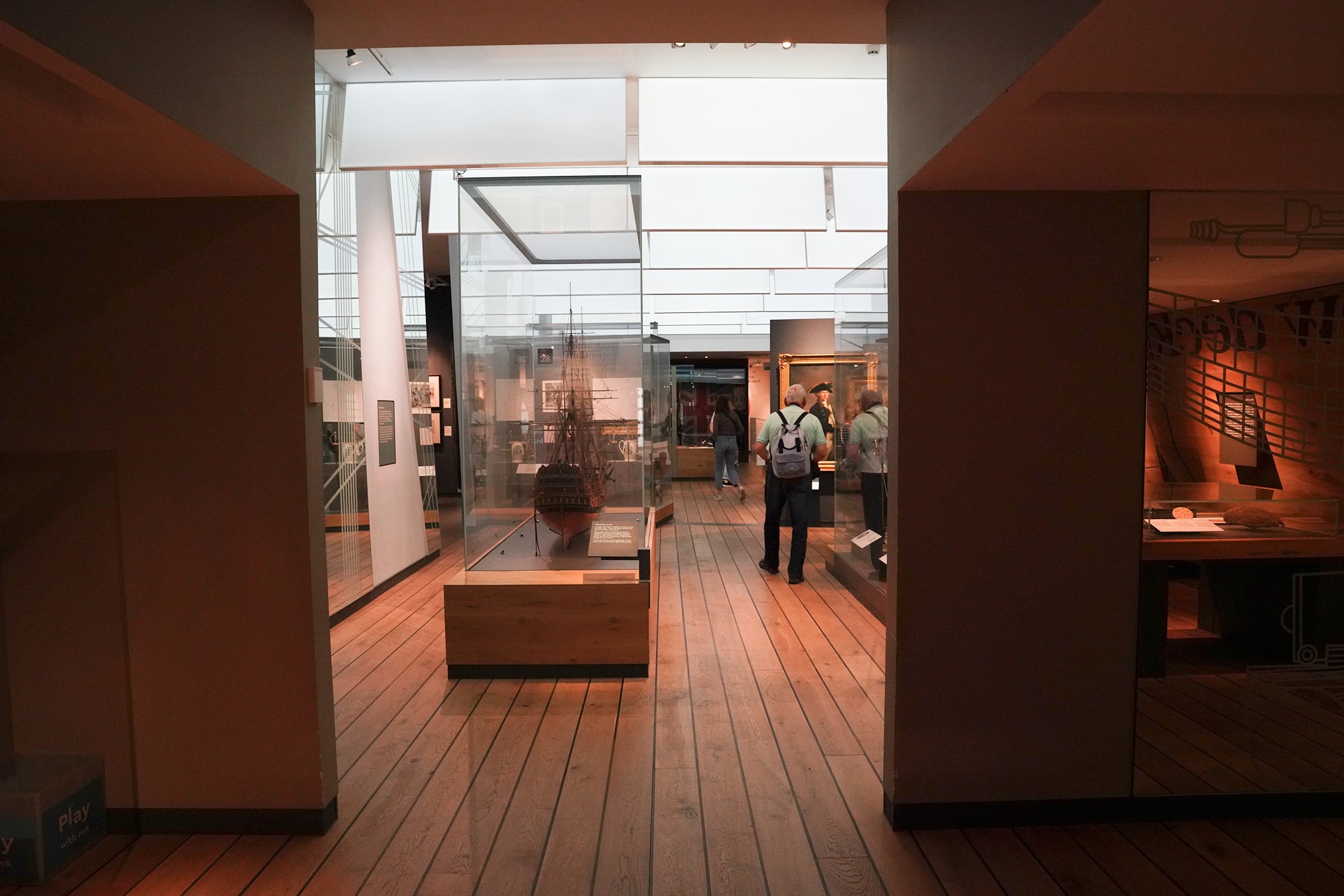
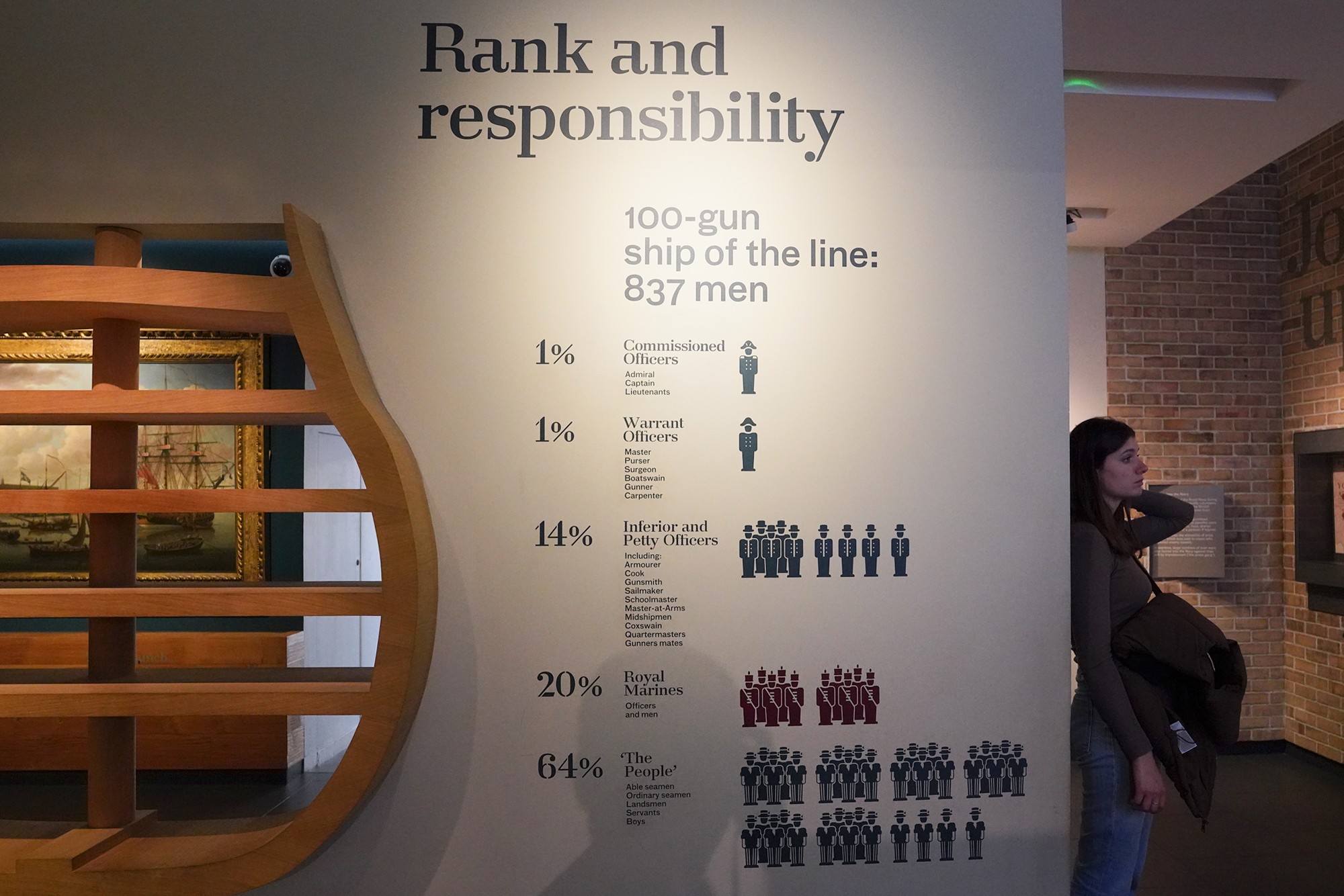
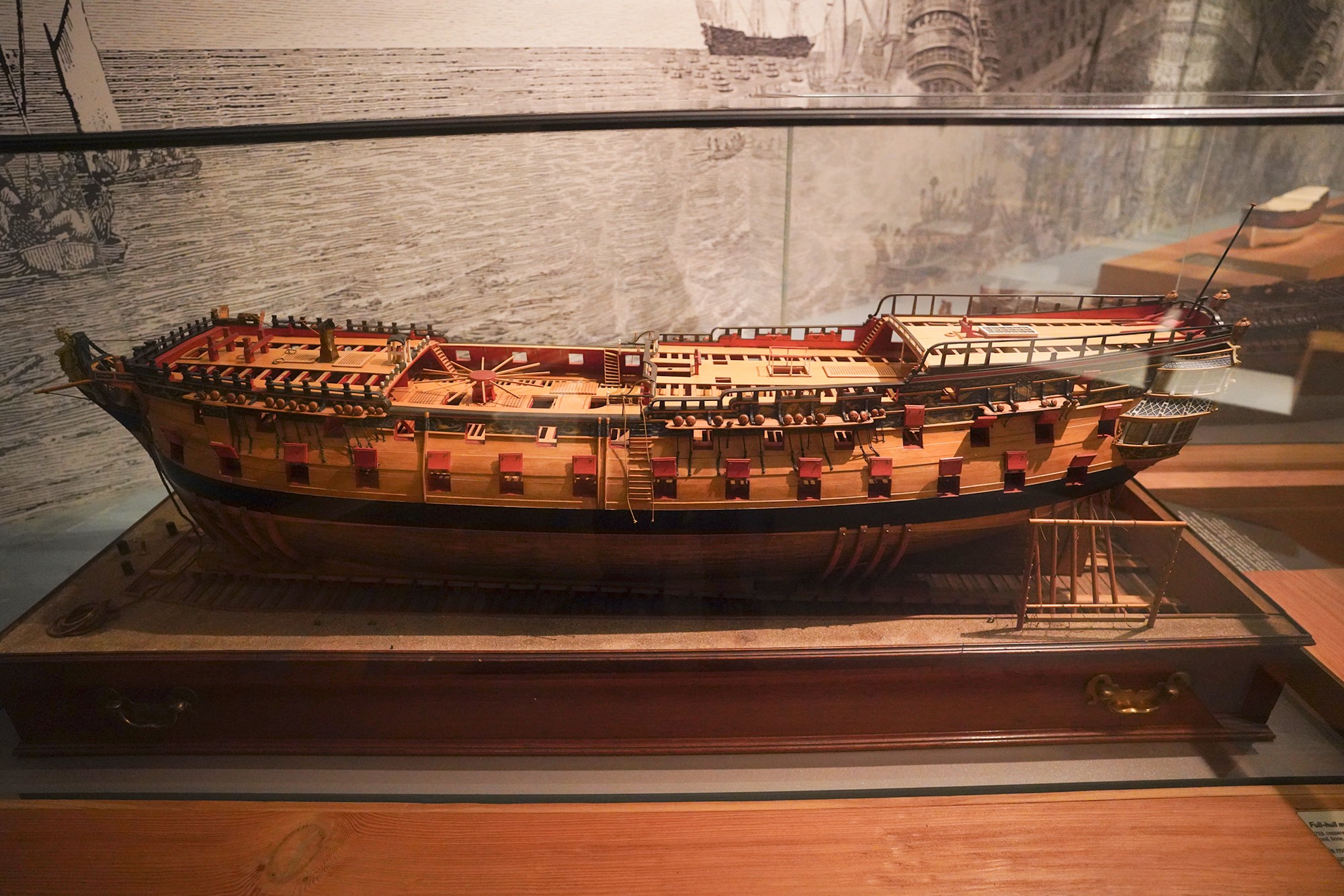

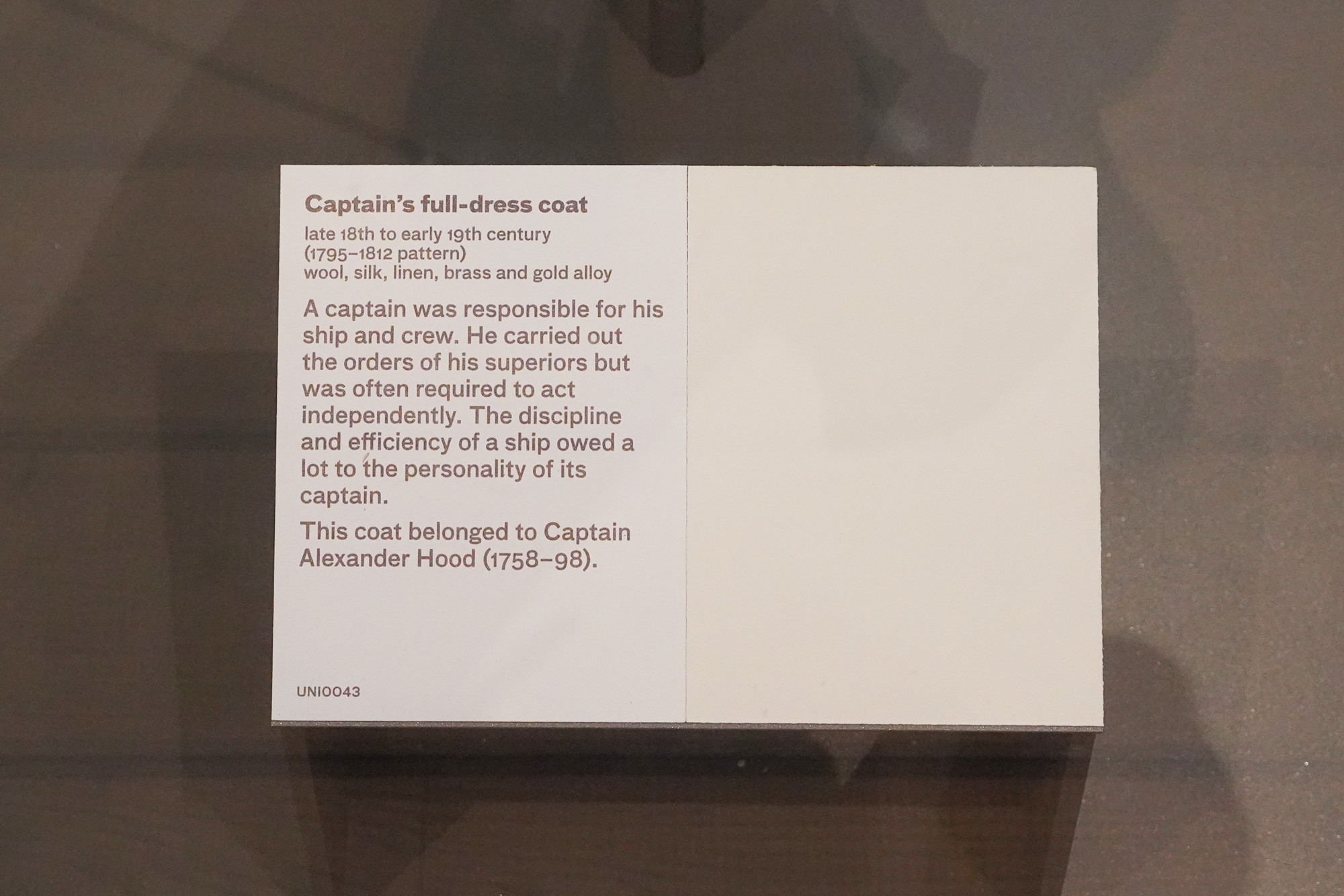
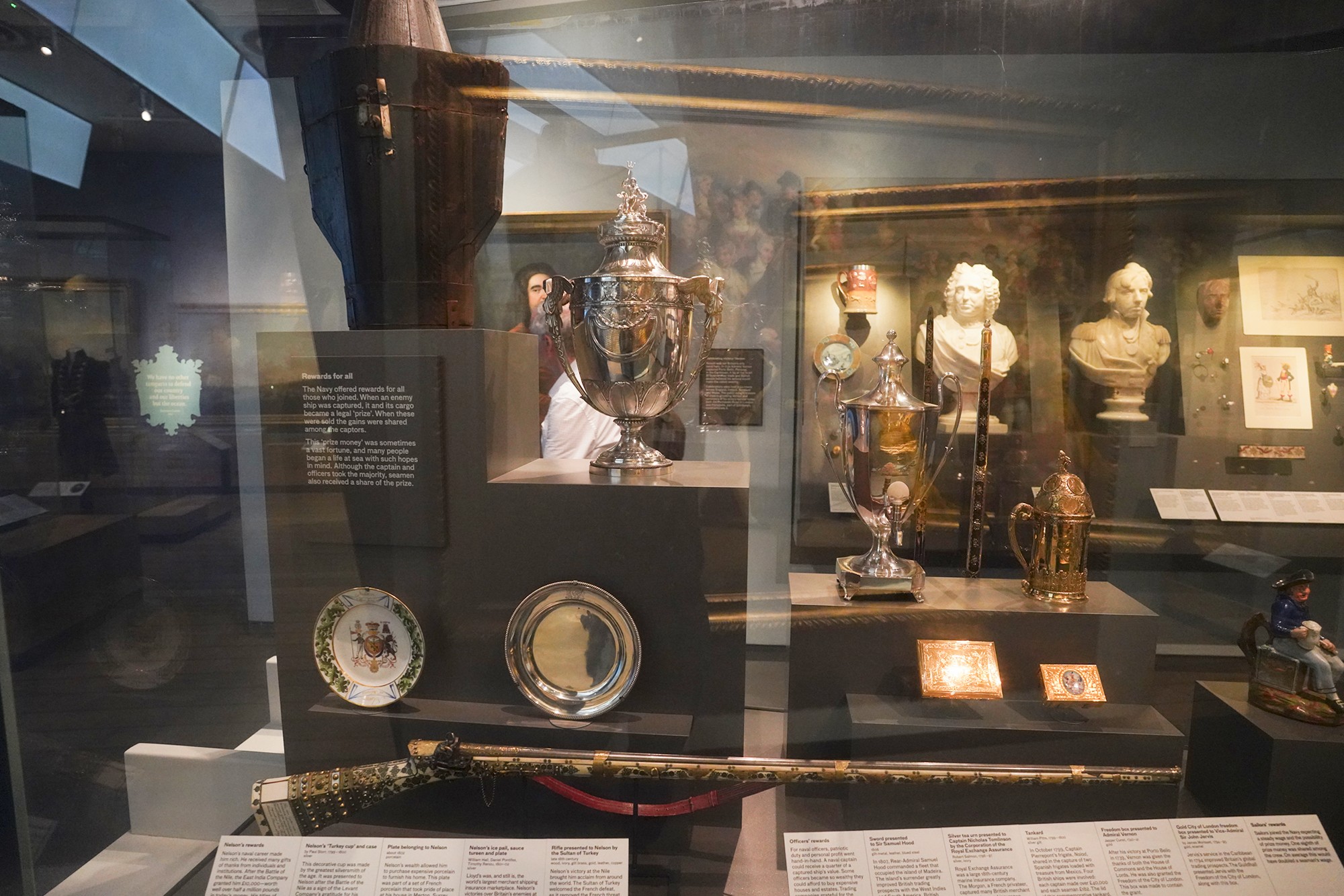
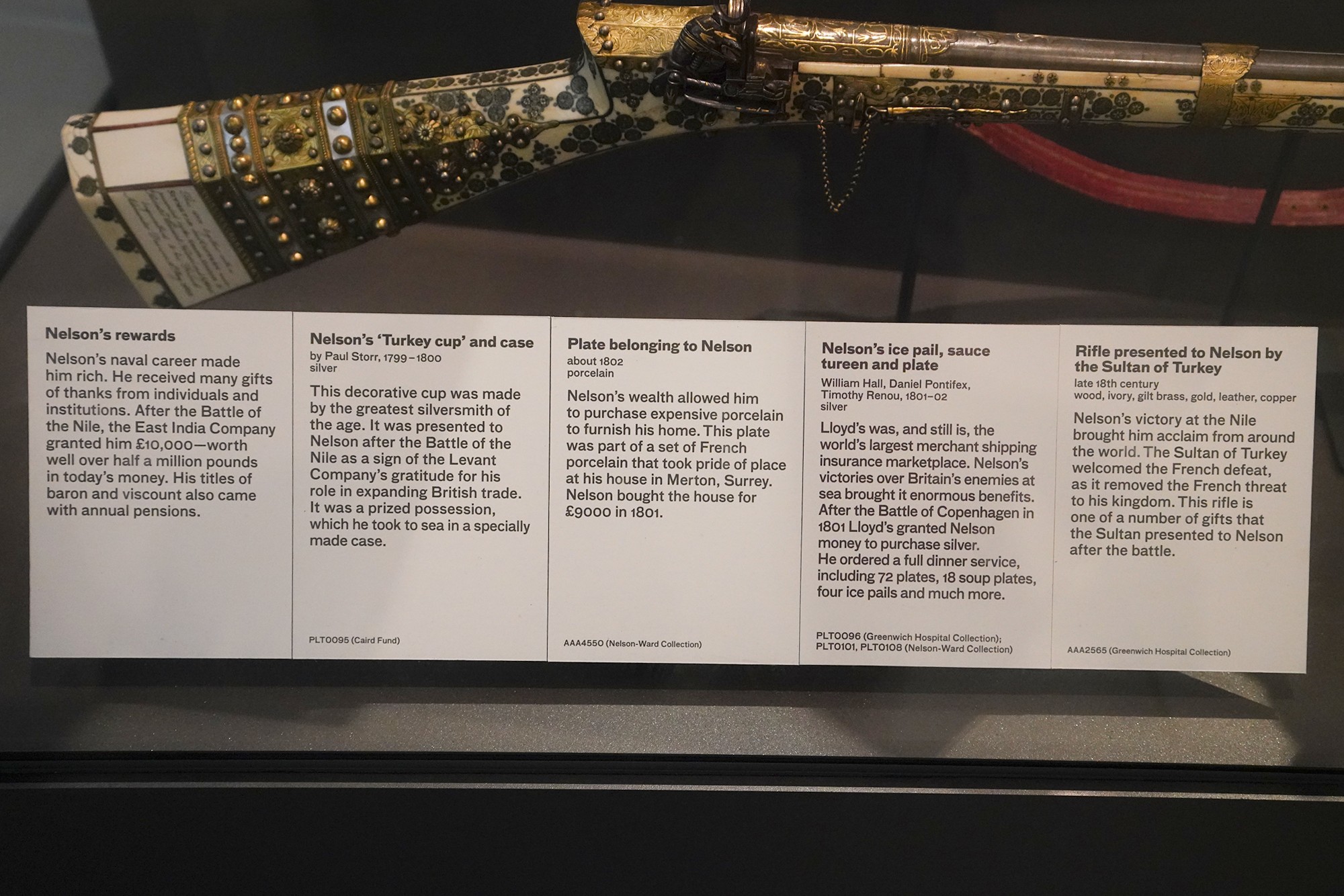
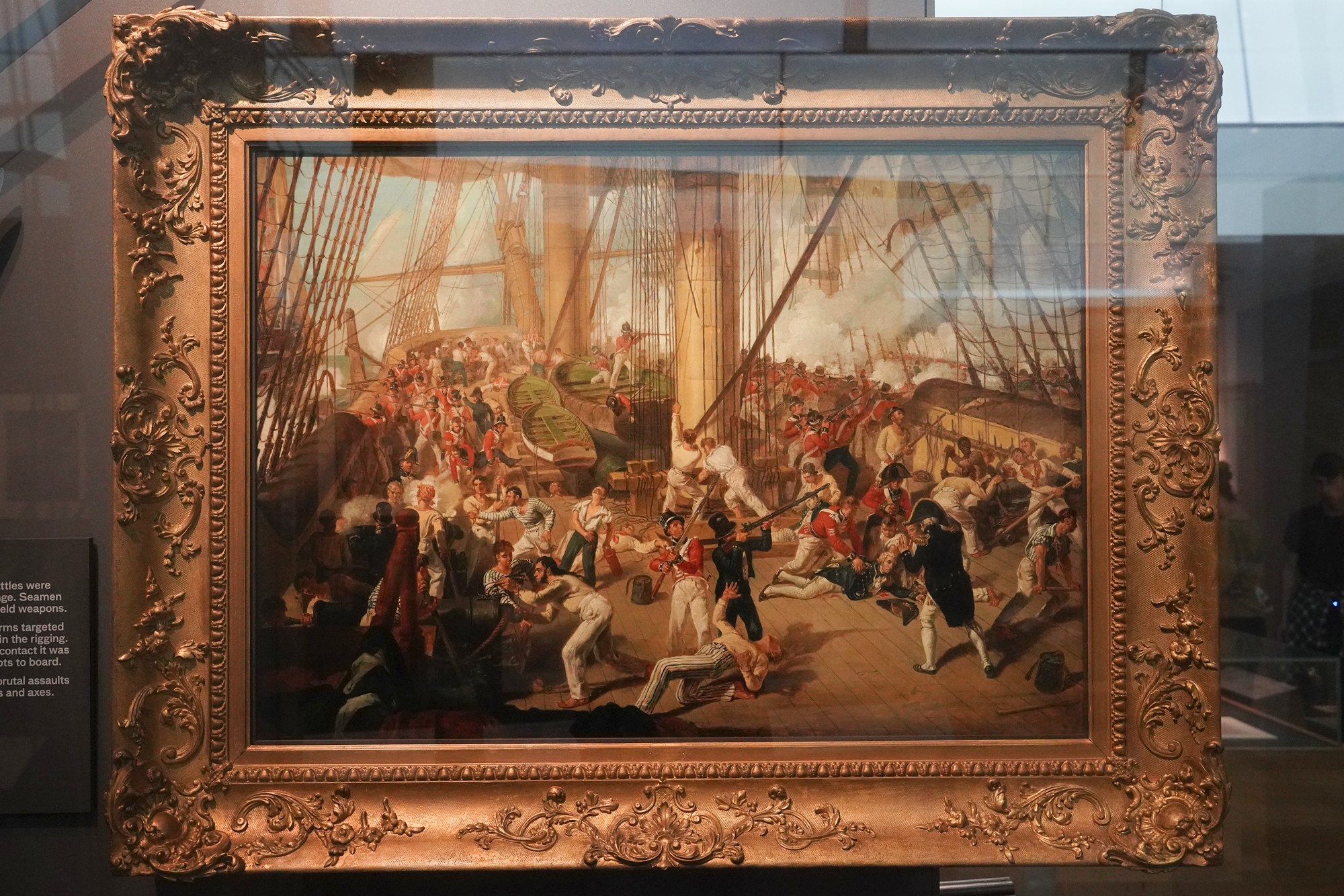
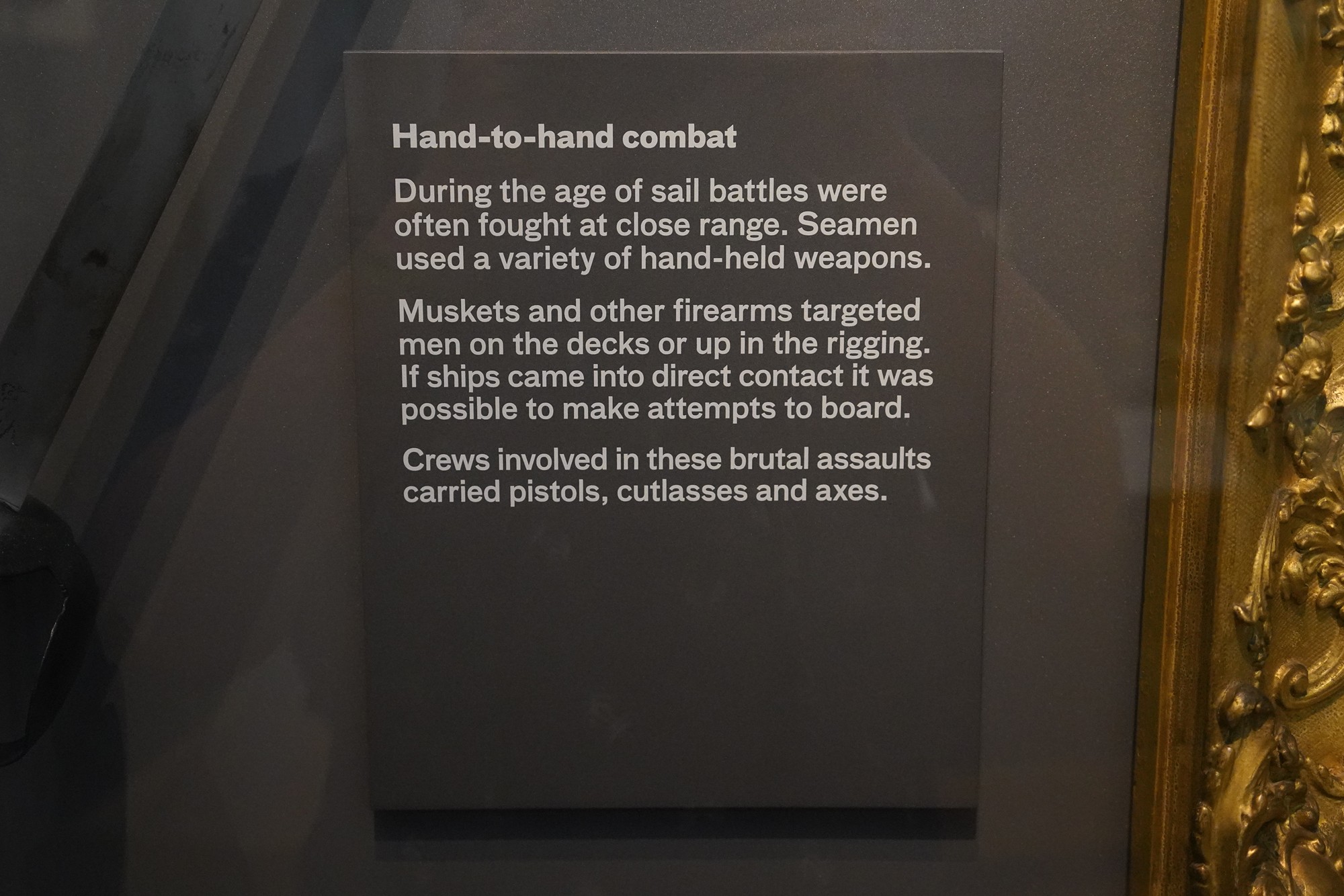

Nelson’s most famous victory was the Battle of Trafalgar, fought on October 21, 1805. He commanded the British fleet against the combined forces of France and Spain. Despite being outnumbered, Nelson devised a brilliant strategy that allowed his fleet to achieve a decisive victory. Tragically, Nelson was mortally wounded by a sniper’s bullet during the battle and died onboard his flagship HMS Victory.
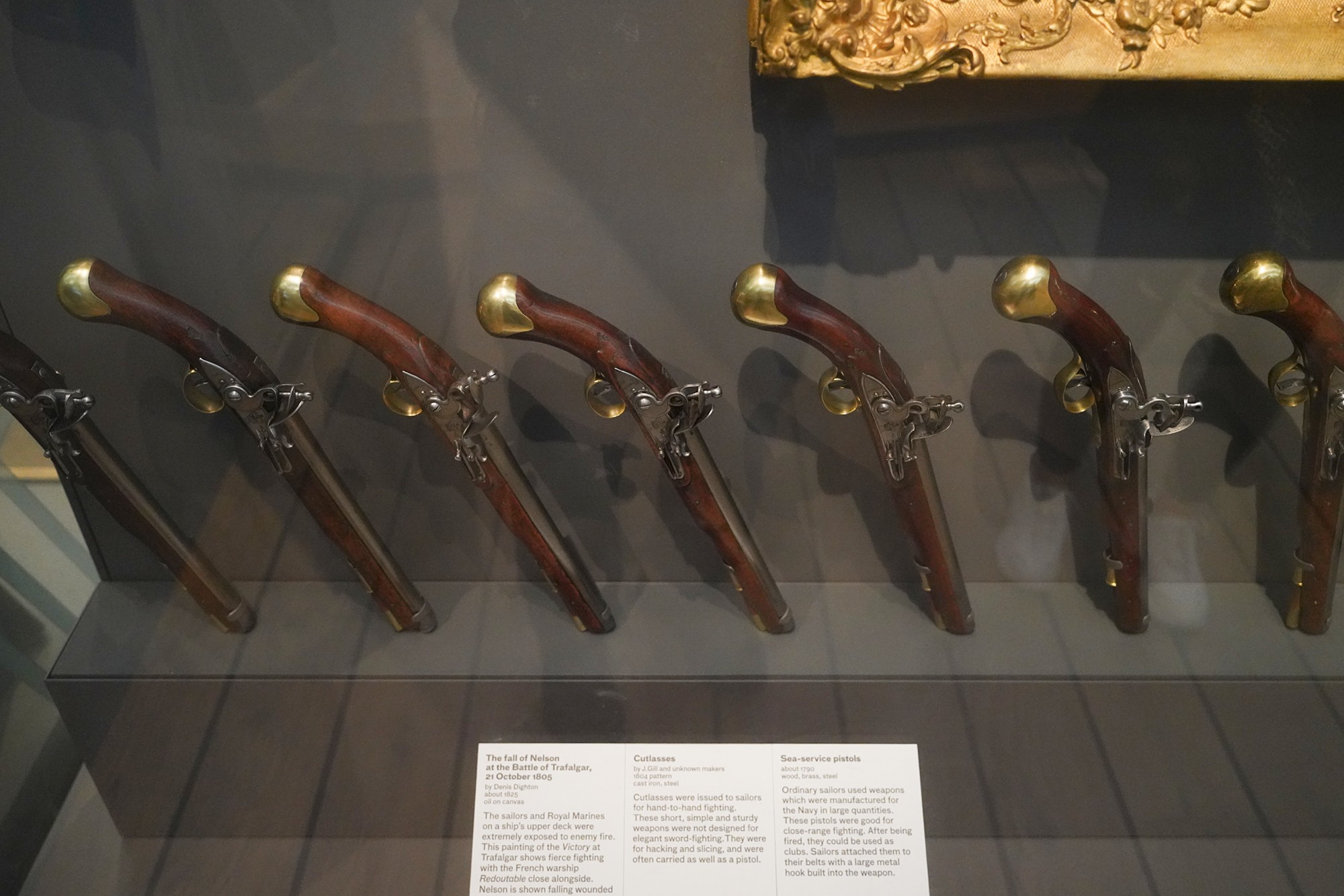
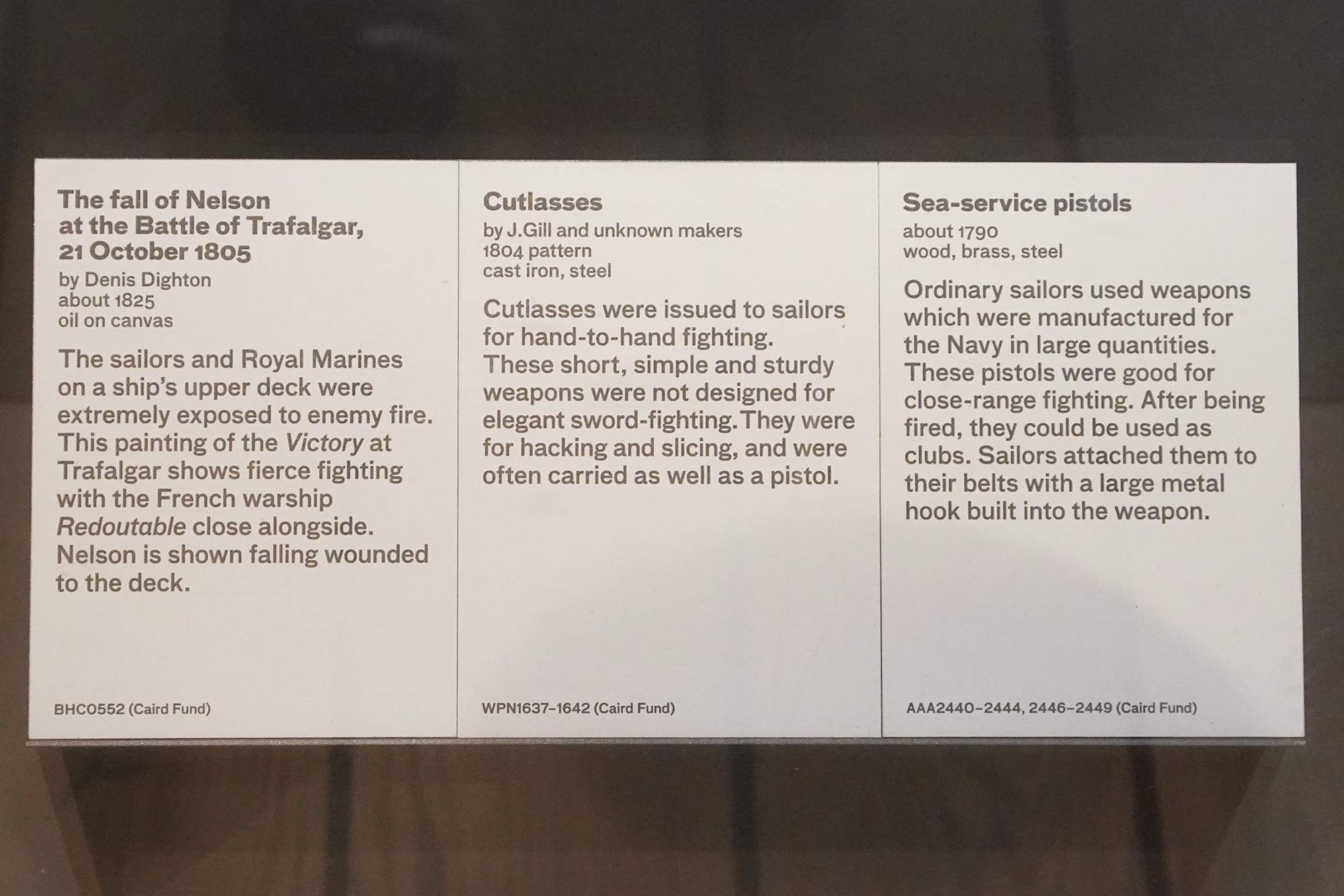
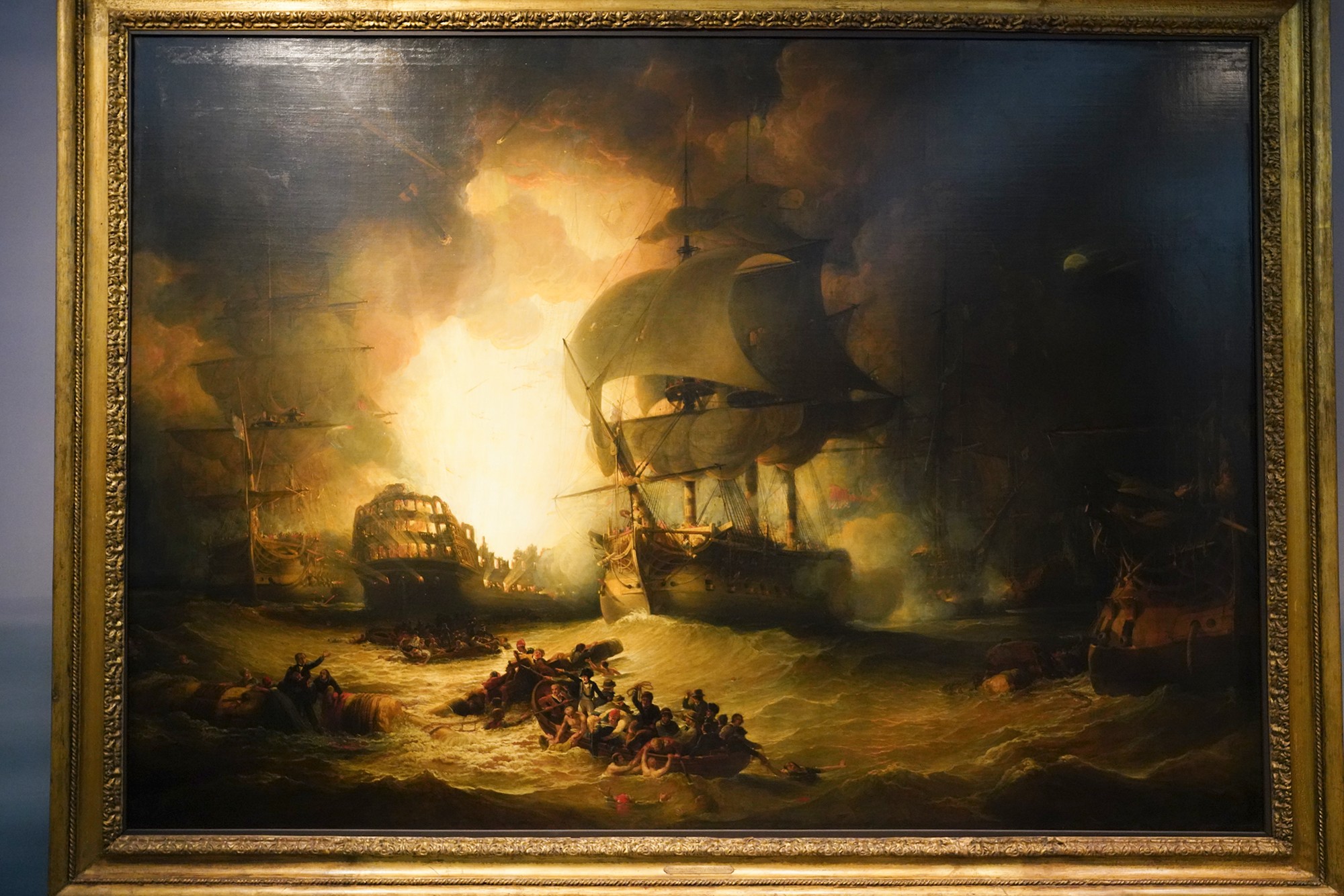
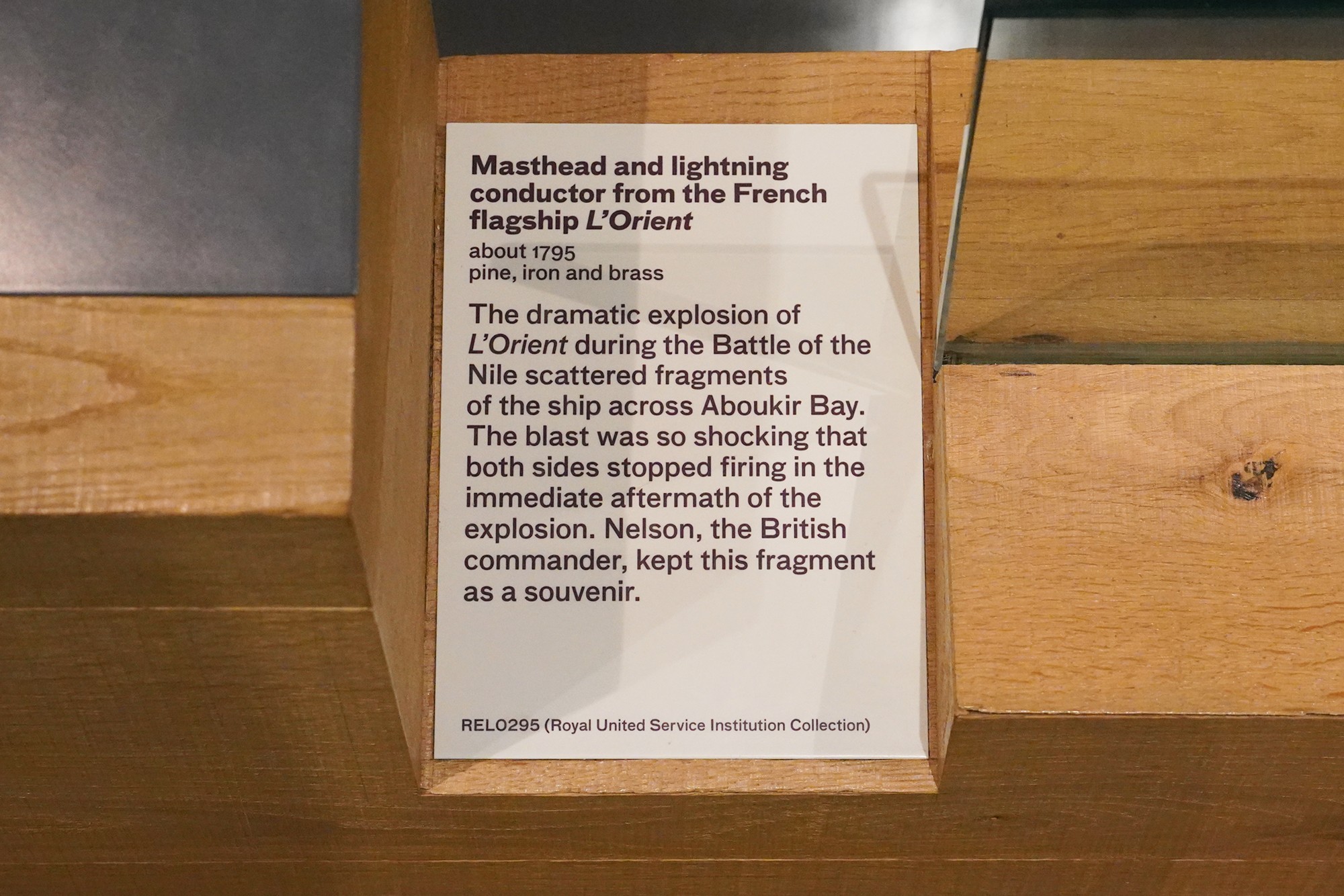
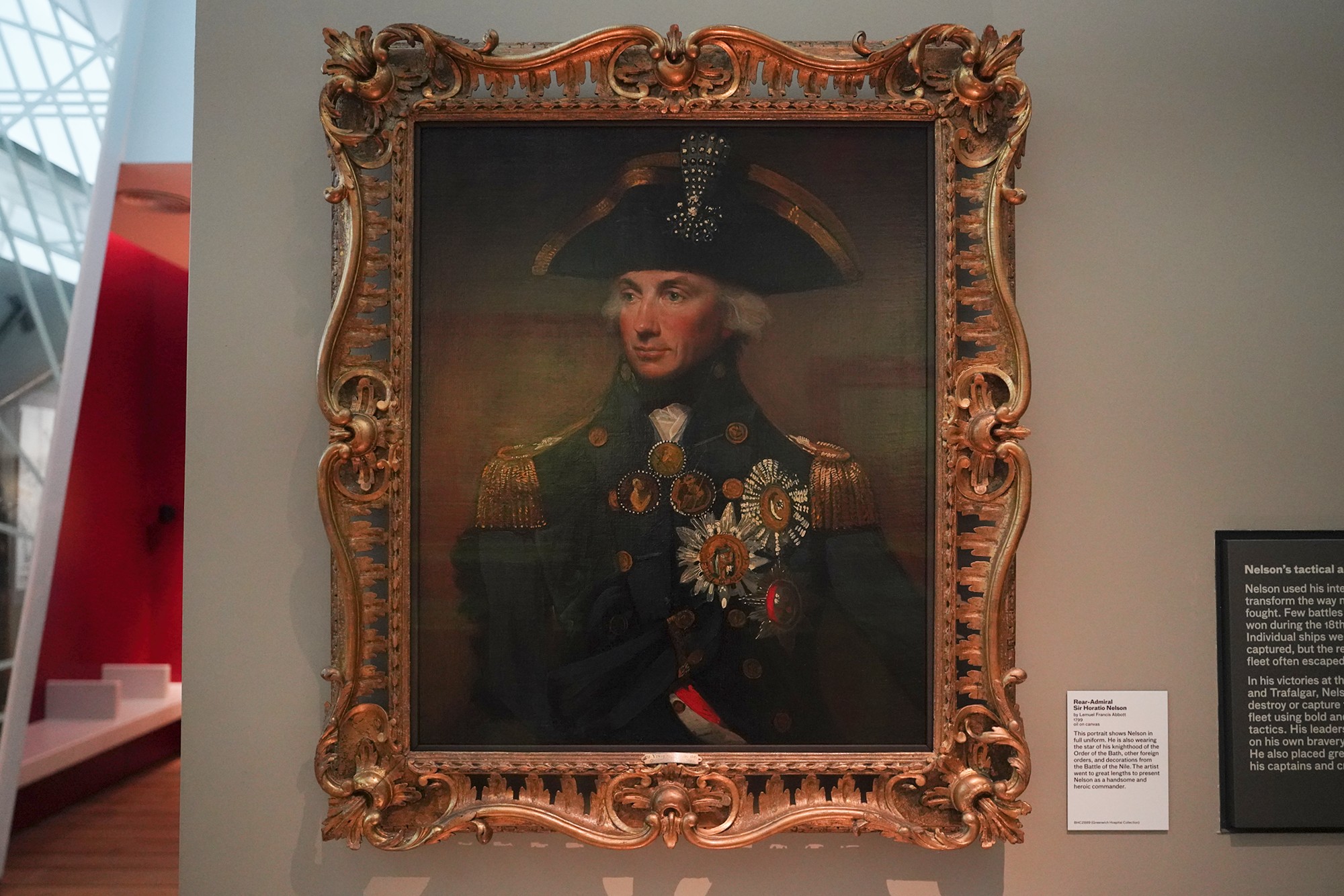
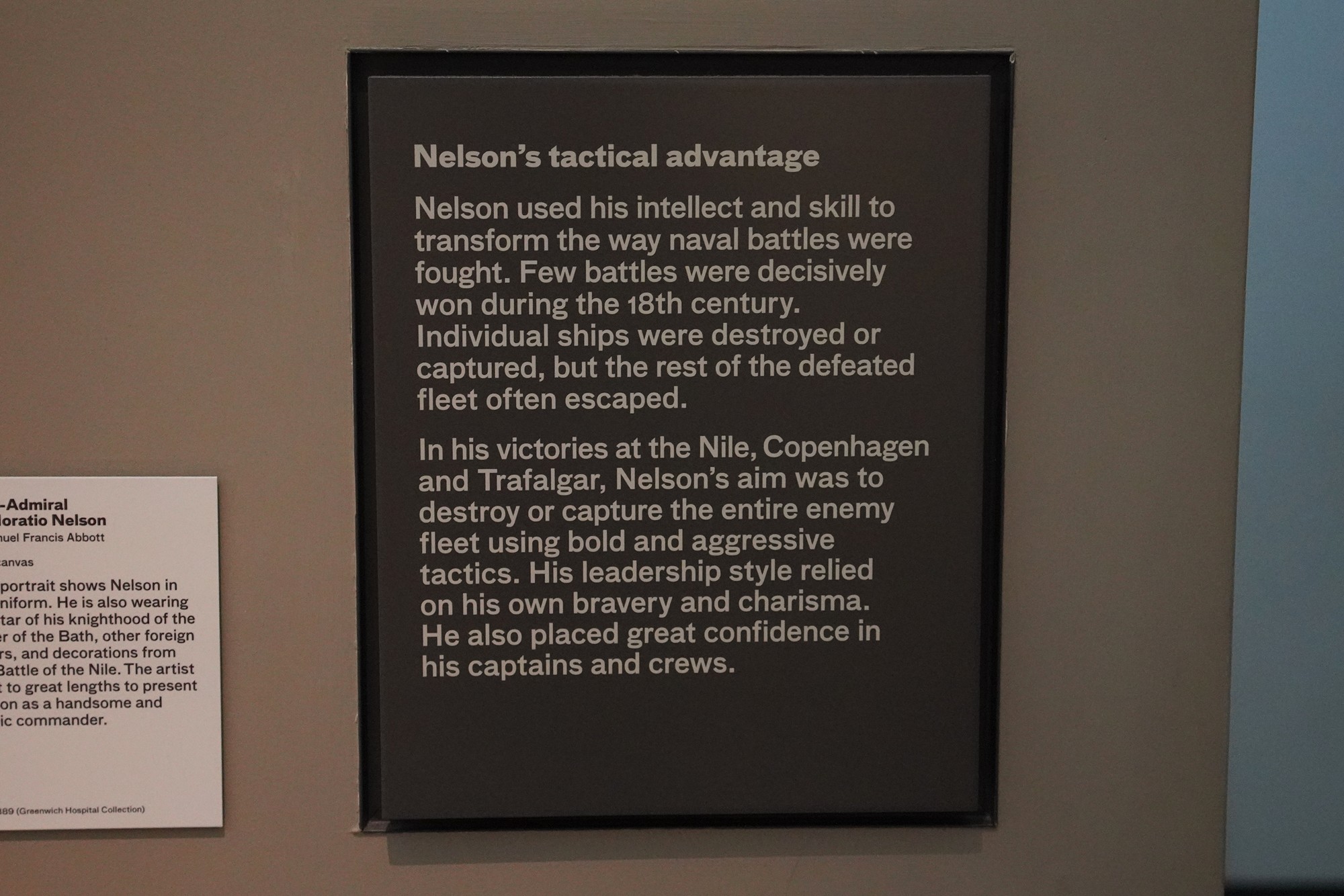
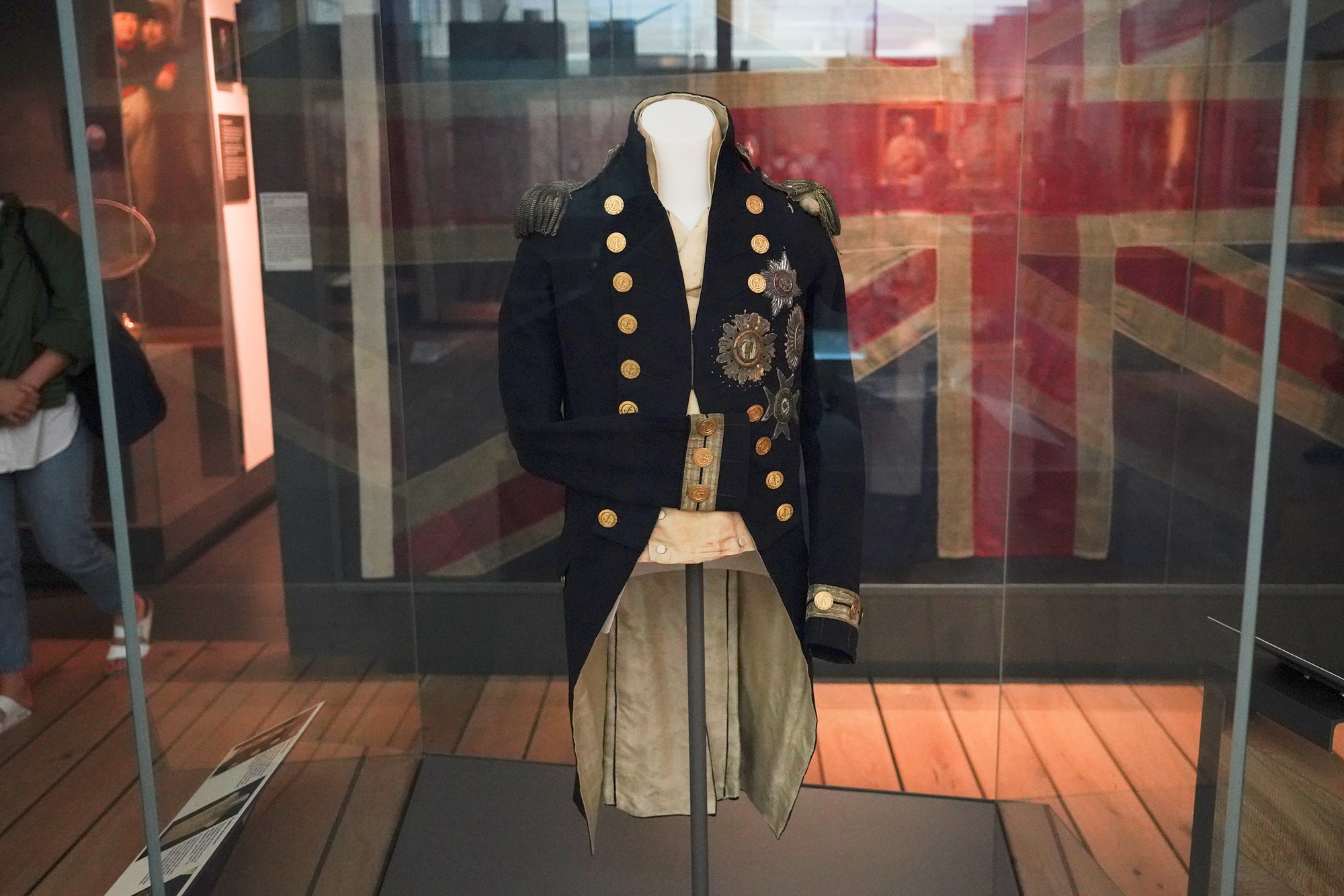
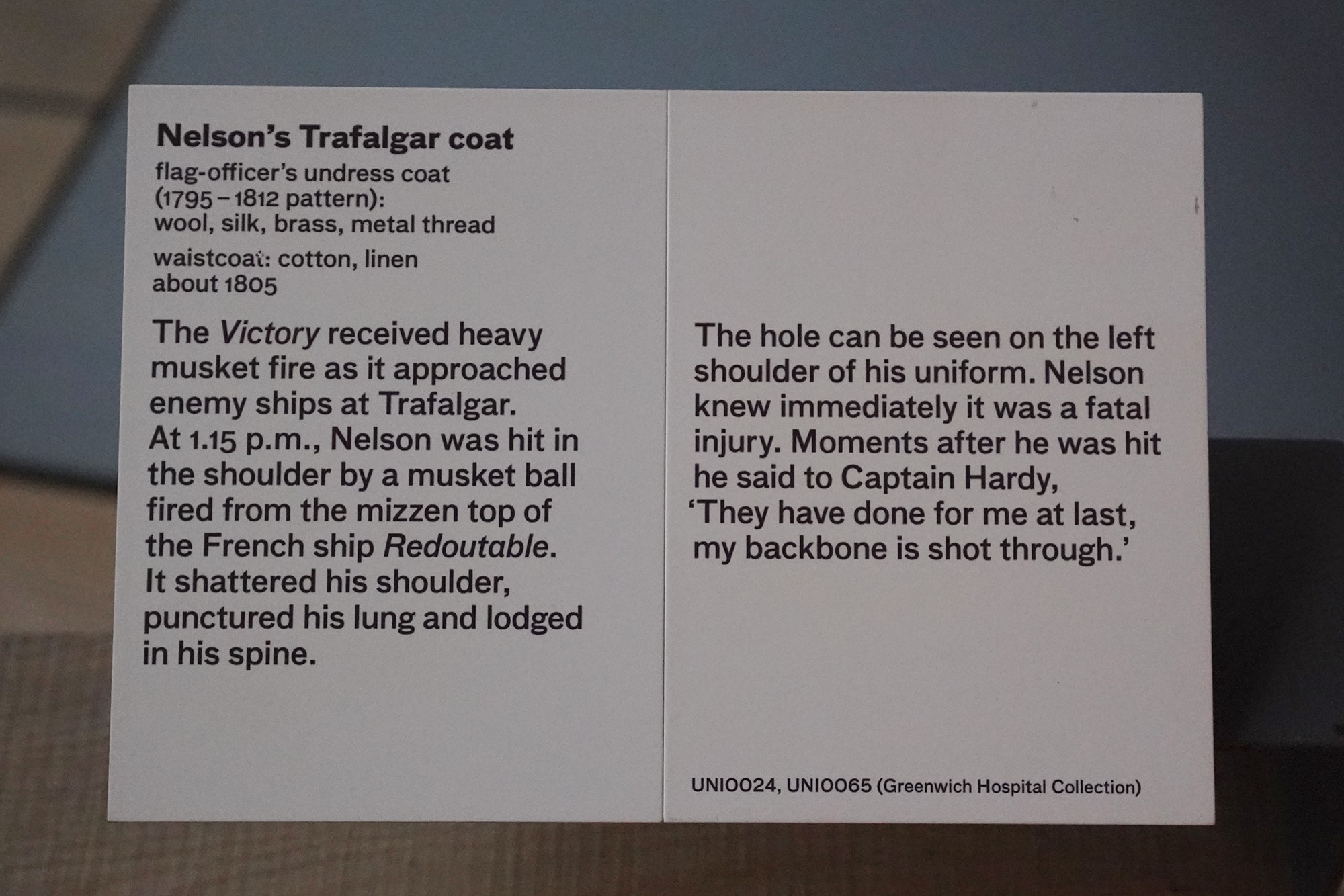
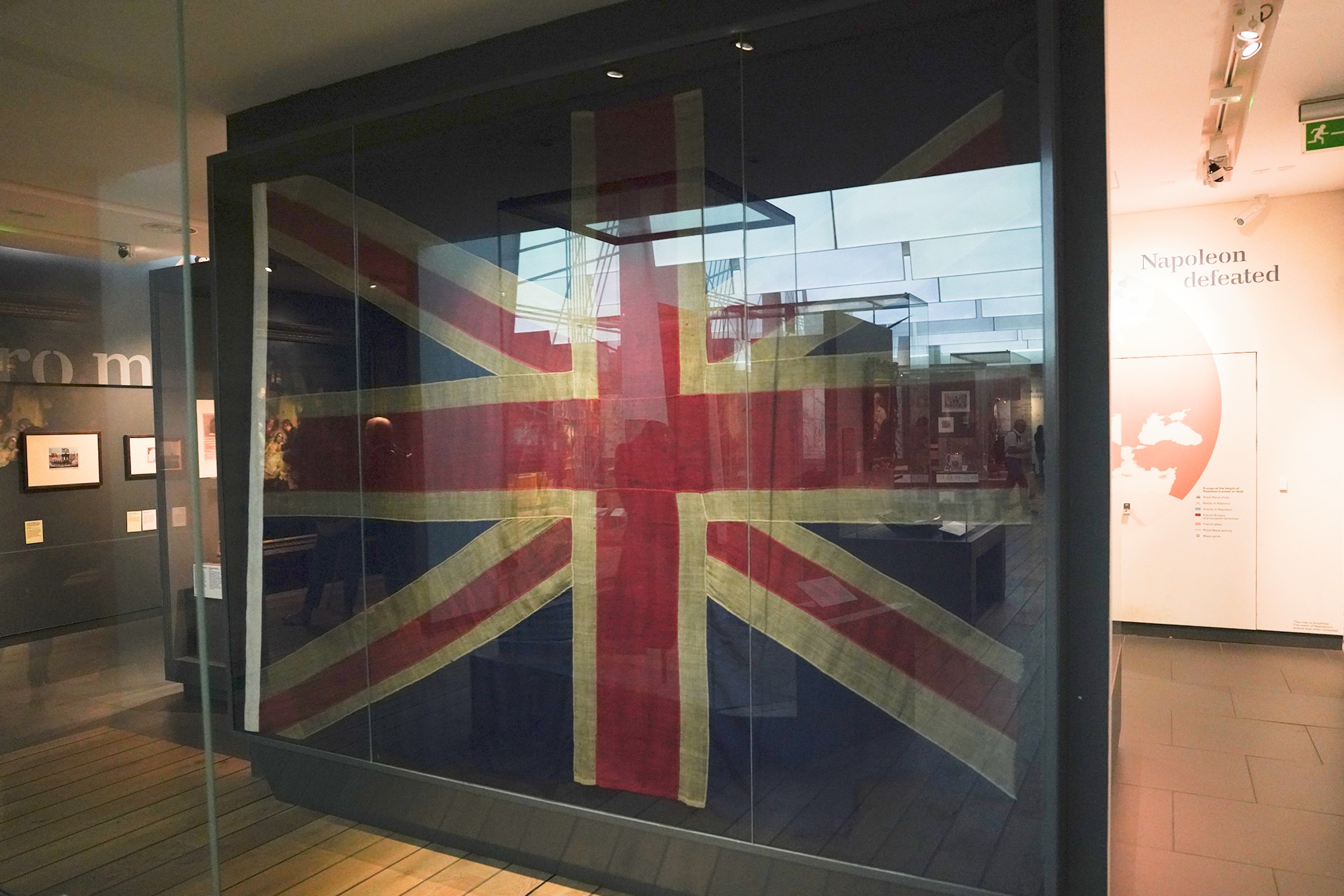
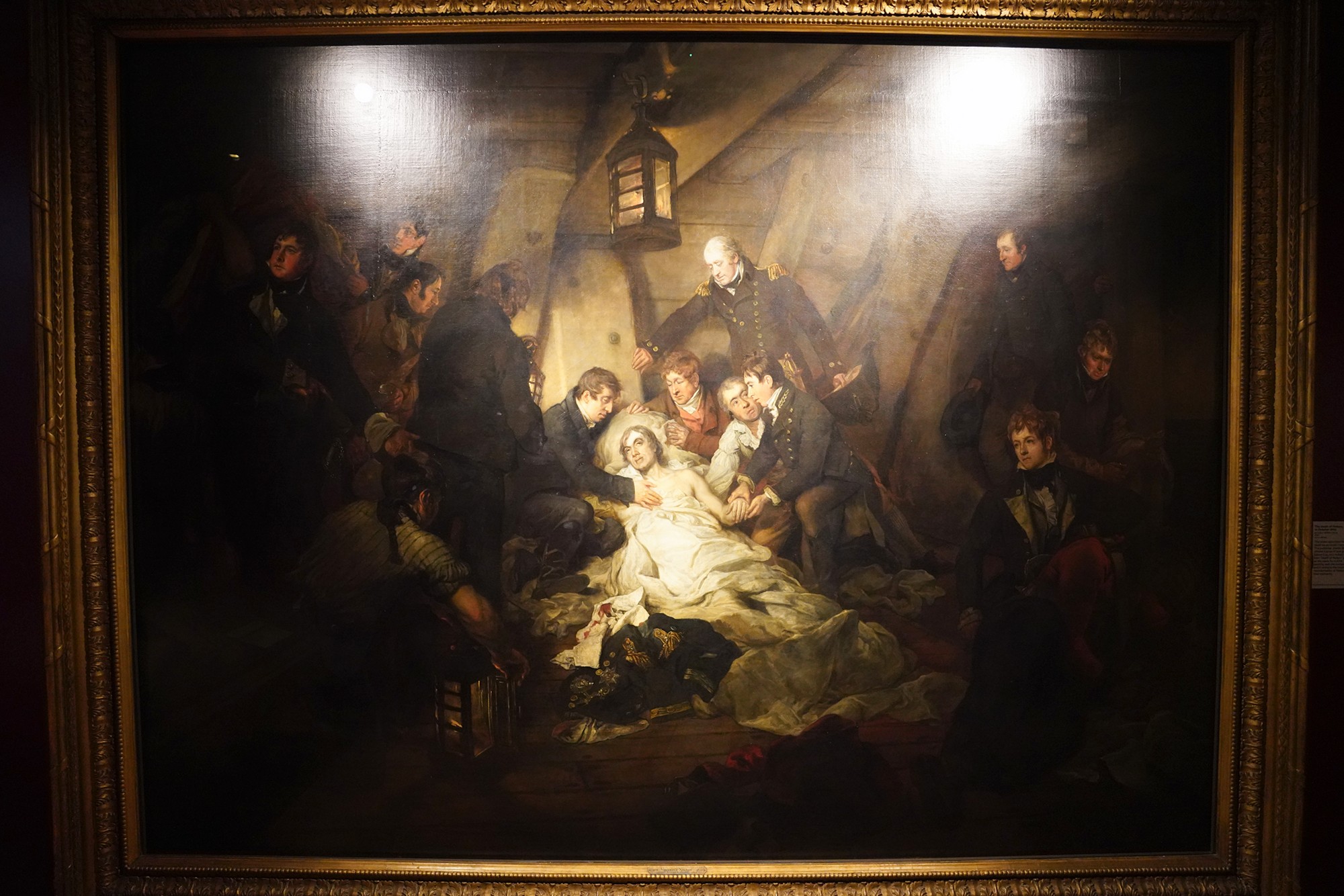
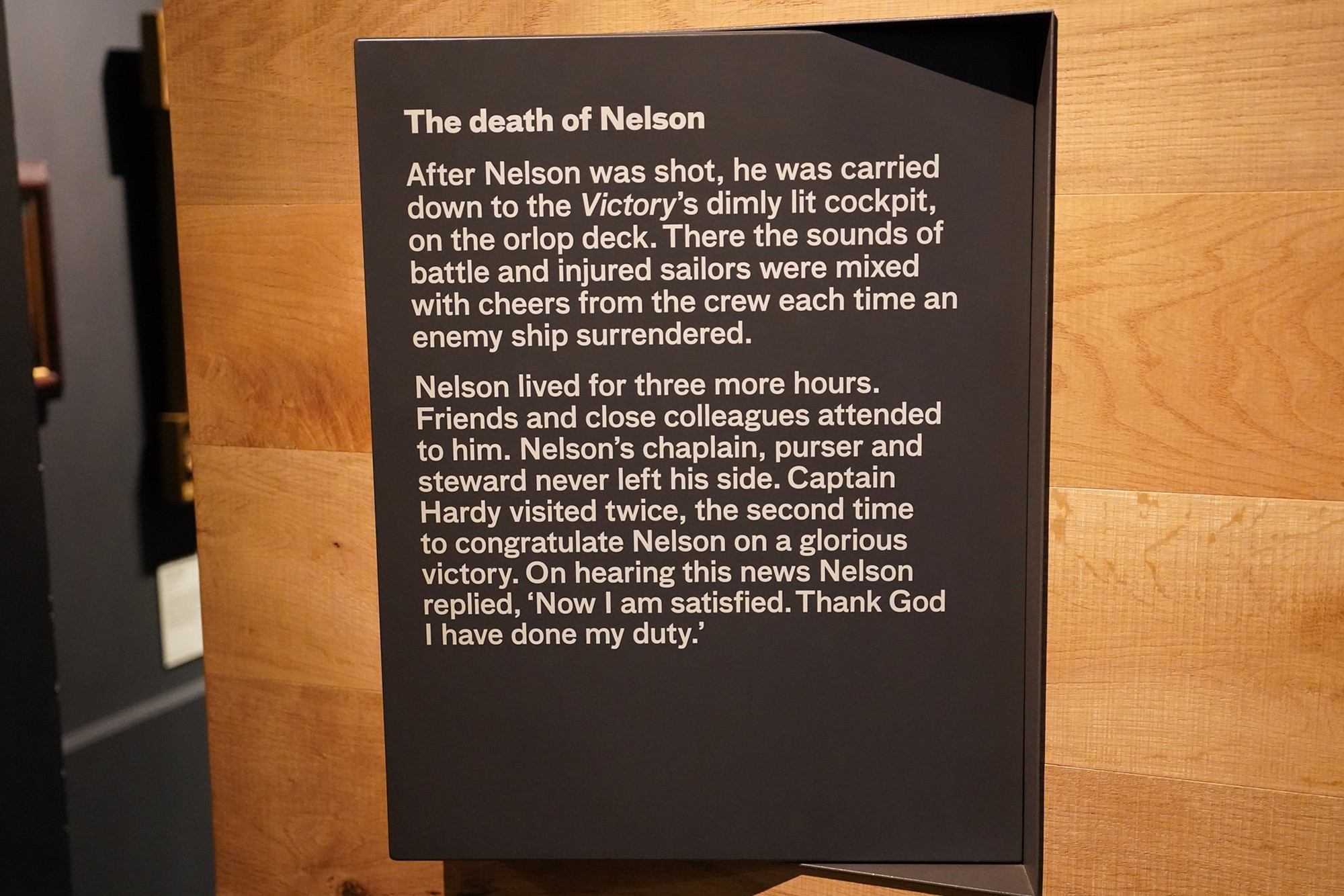
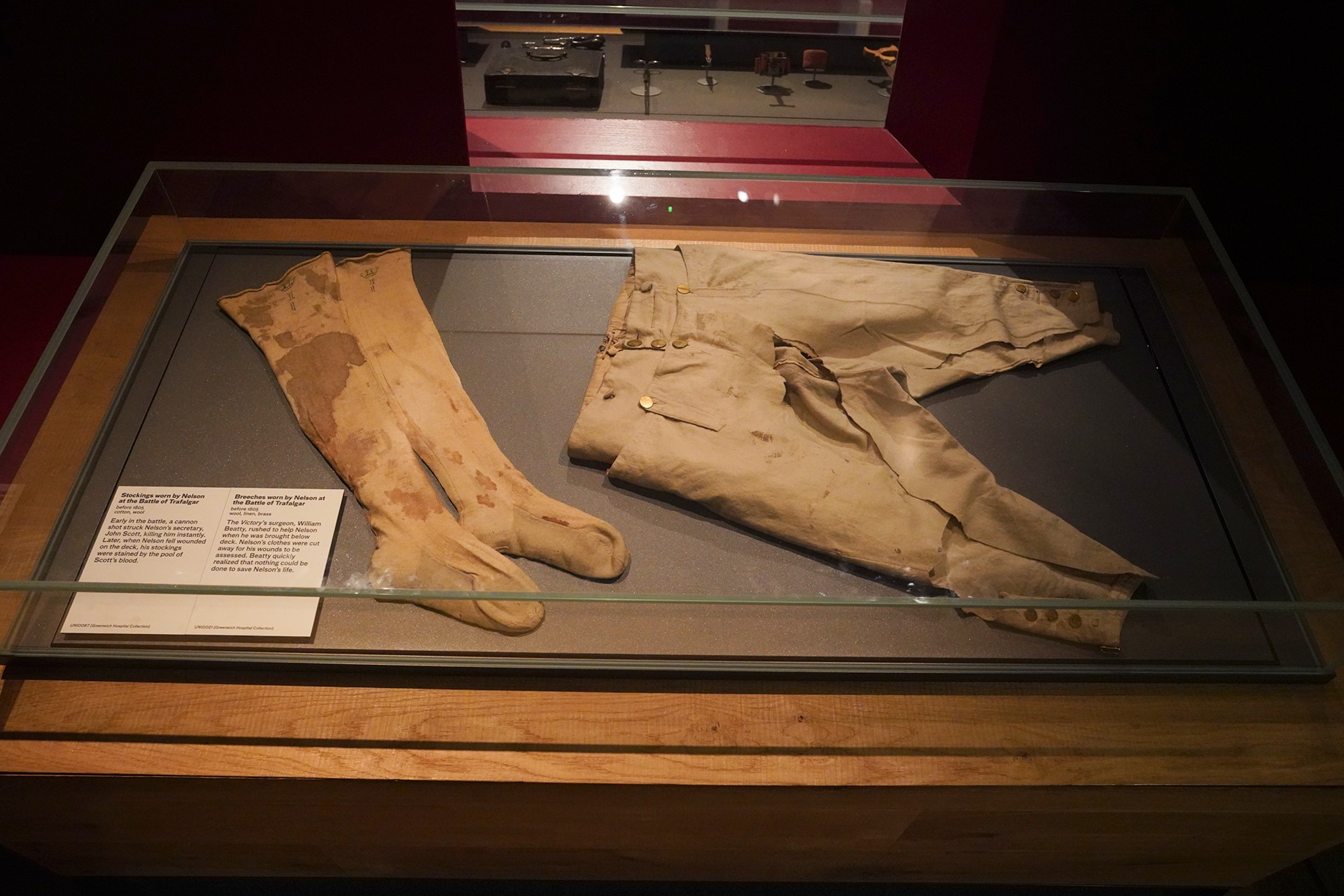
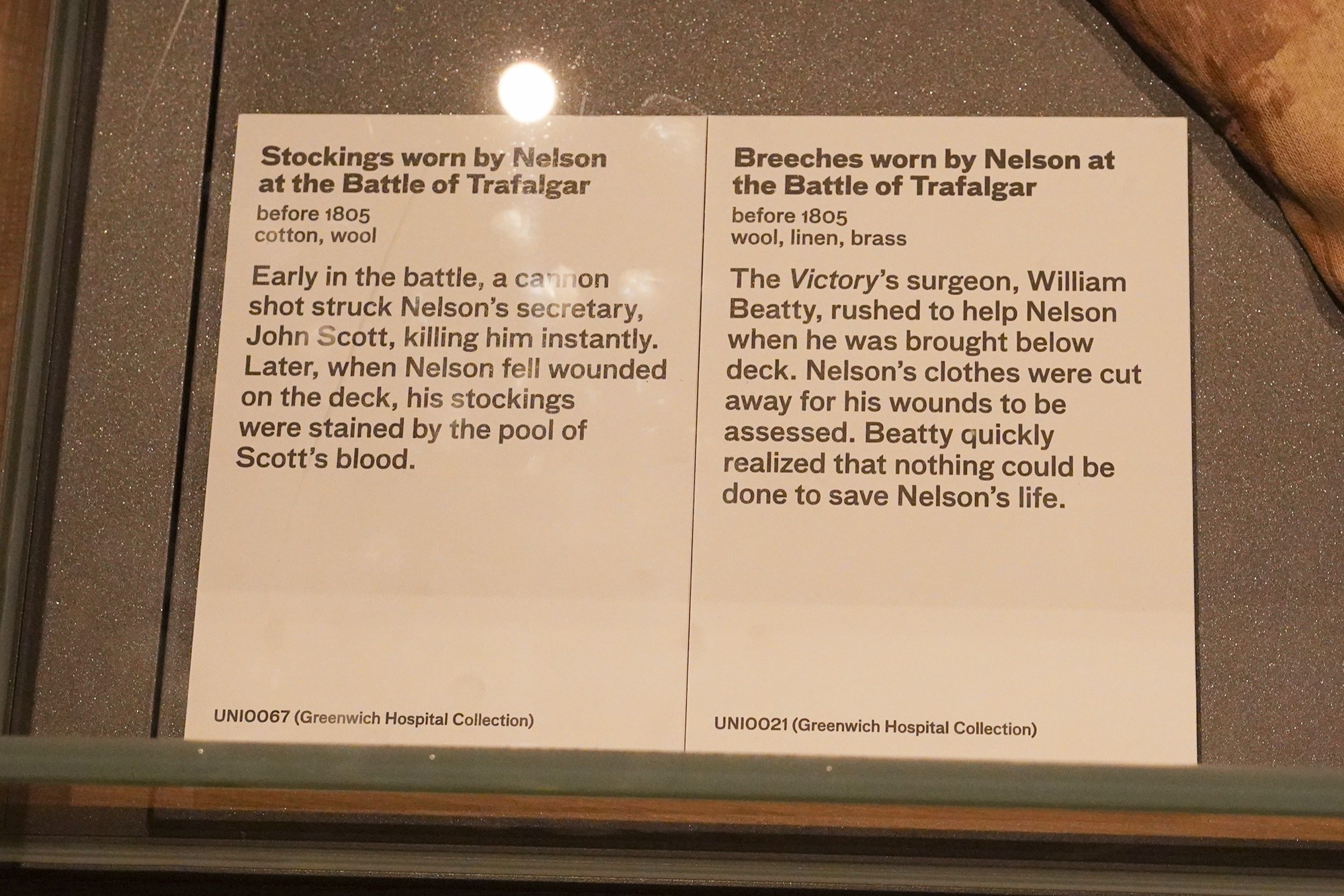
Trade with China and India
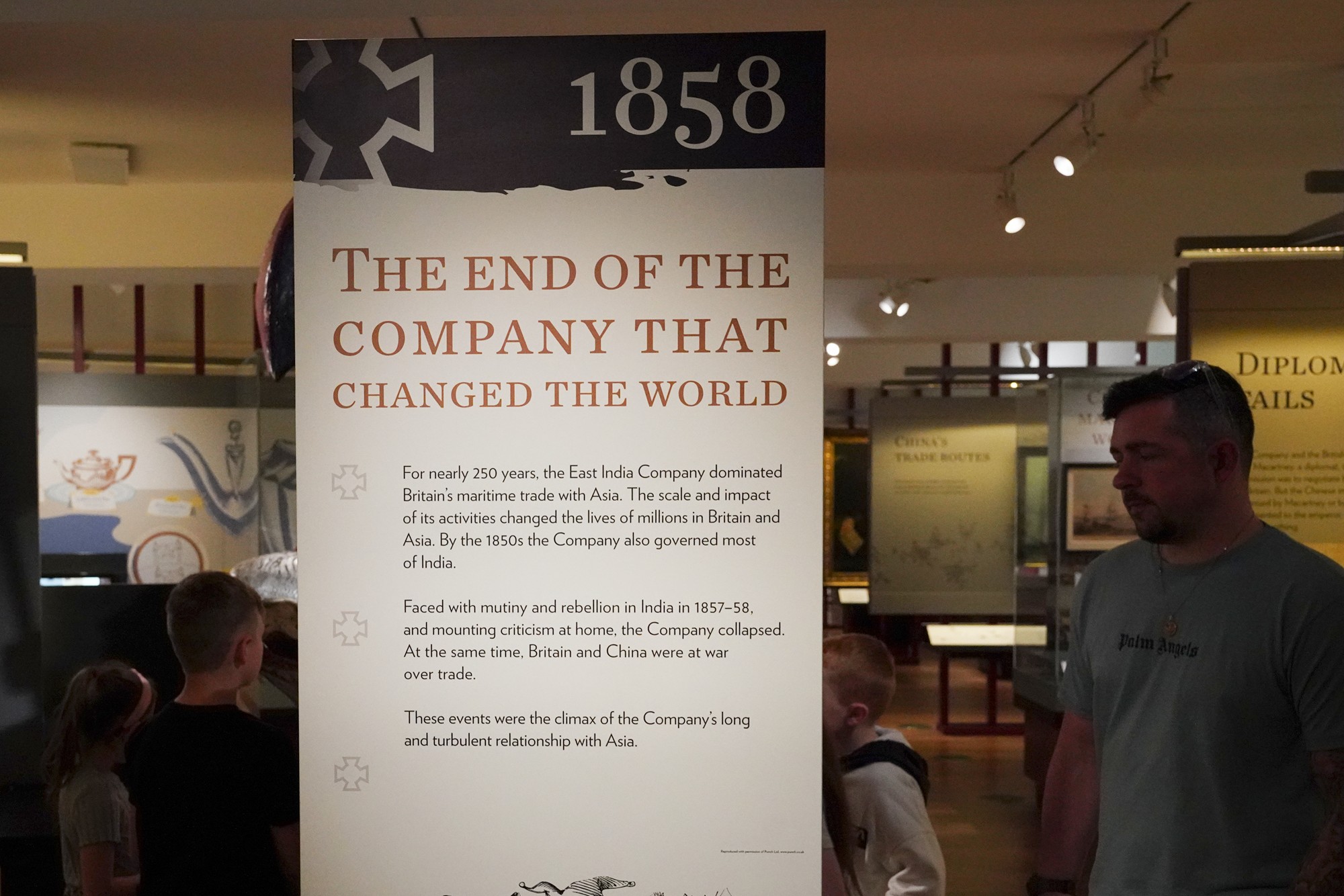
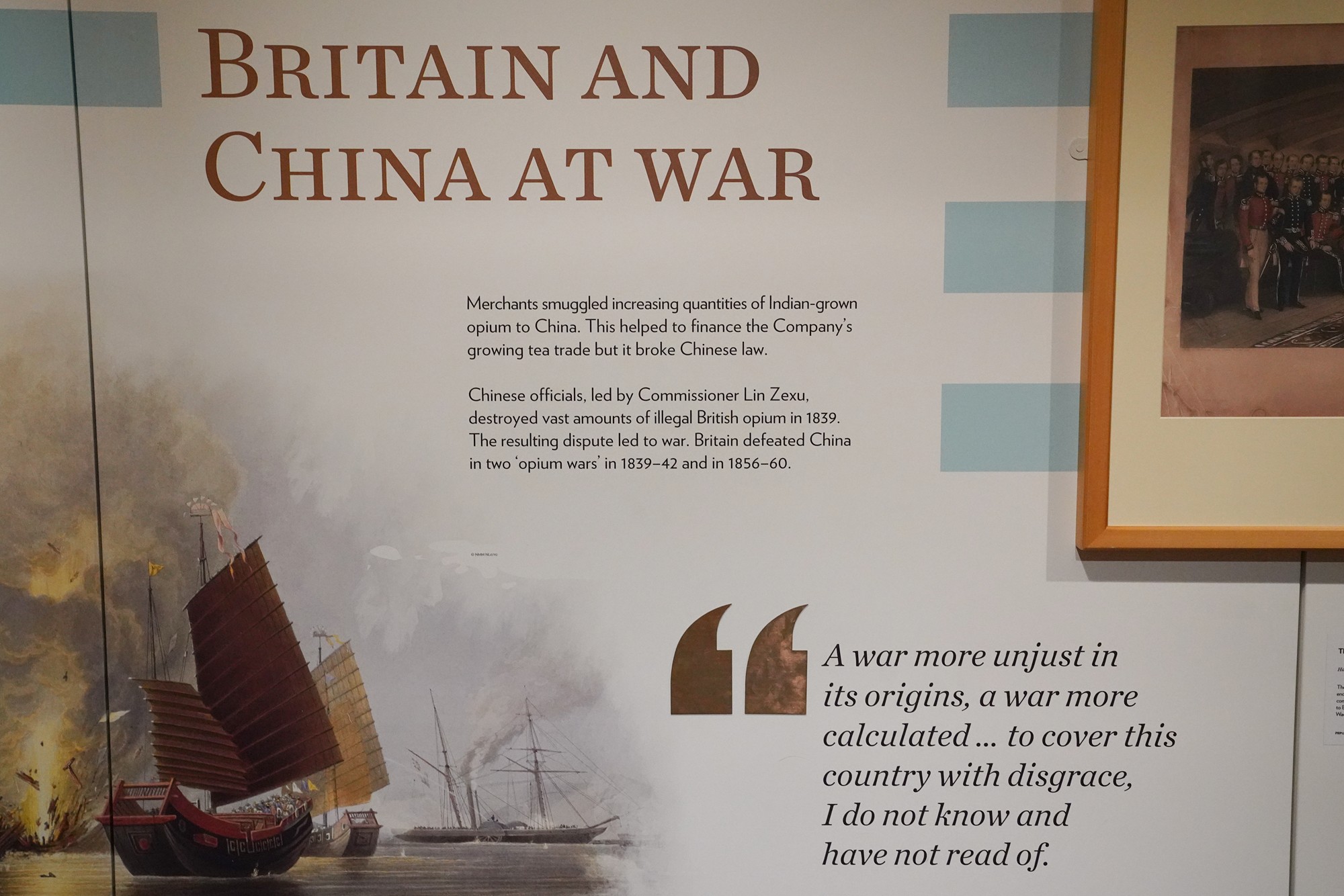
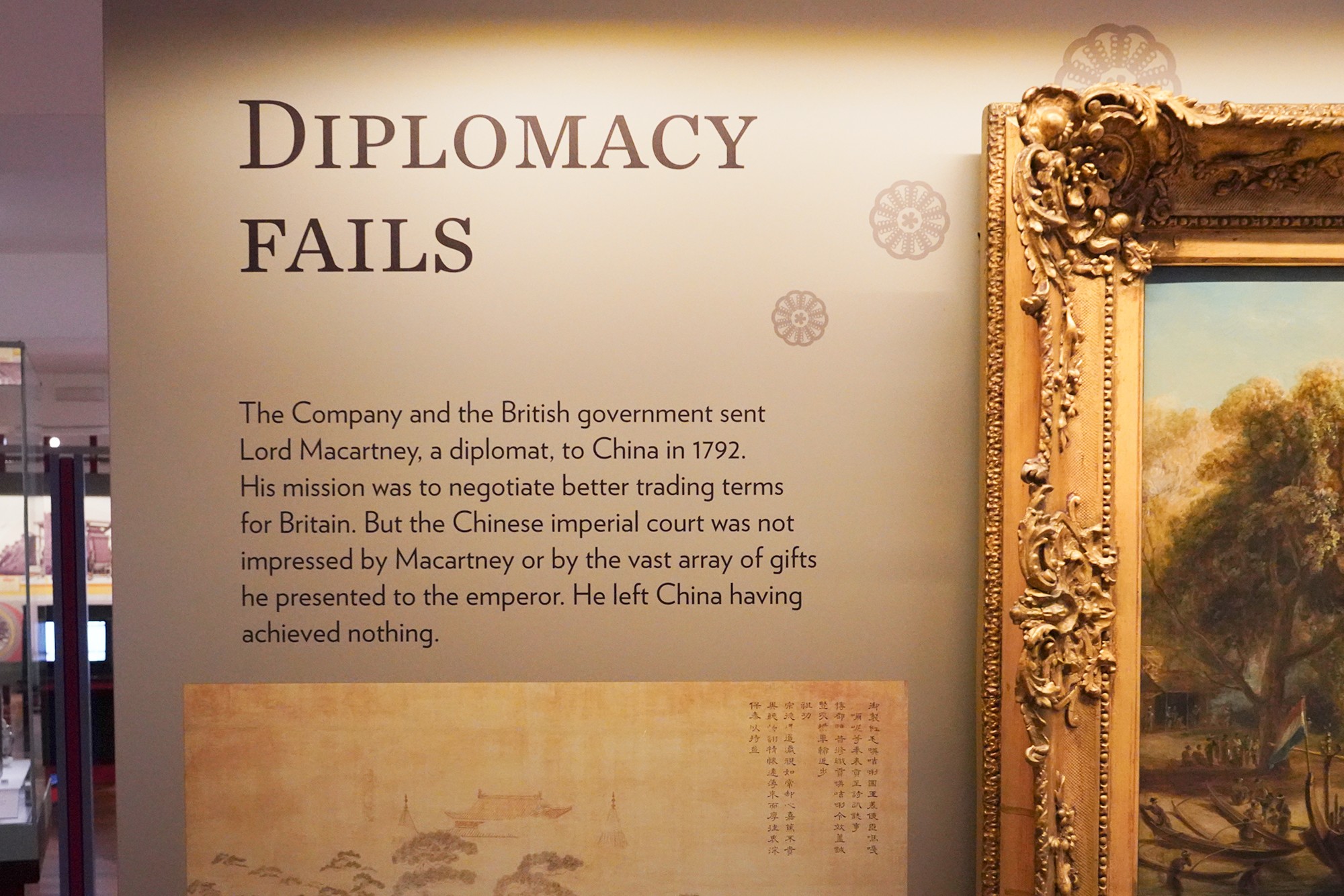
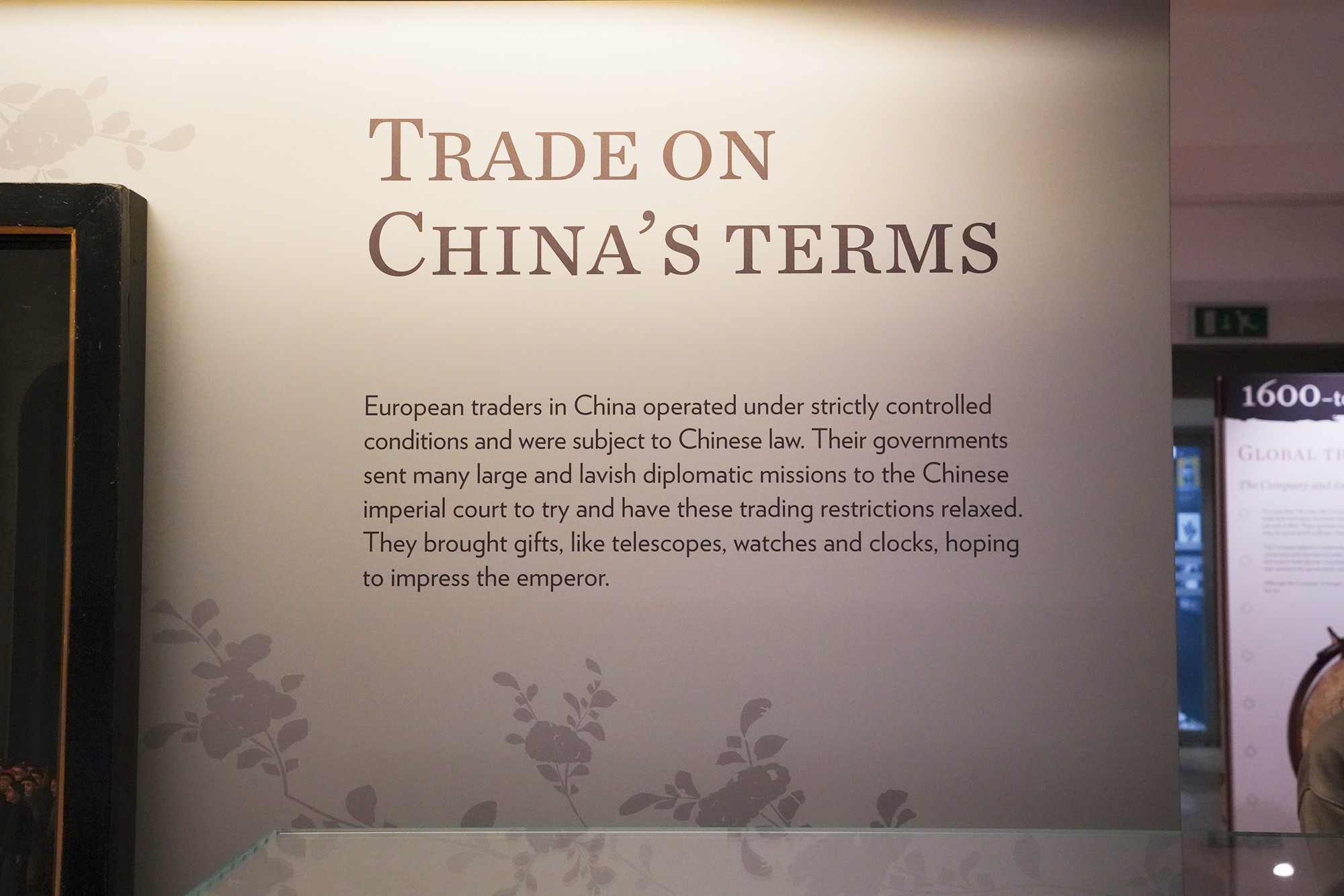
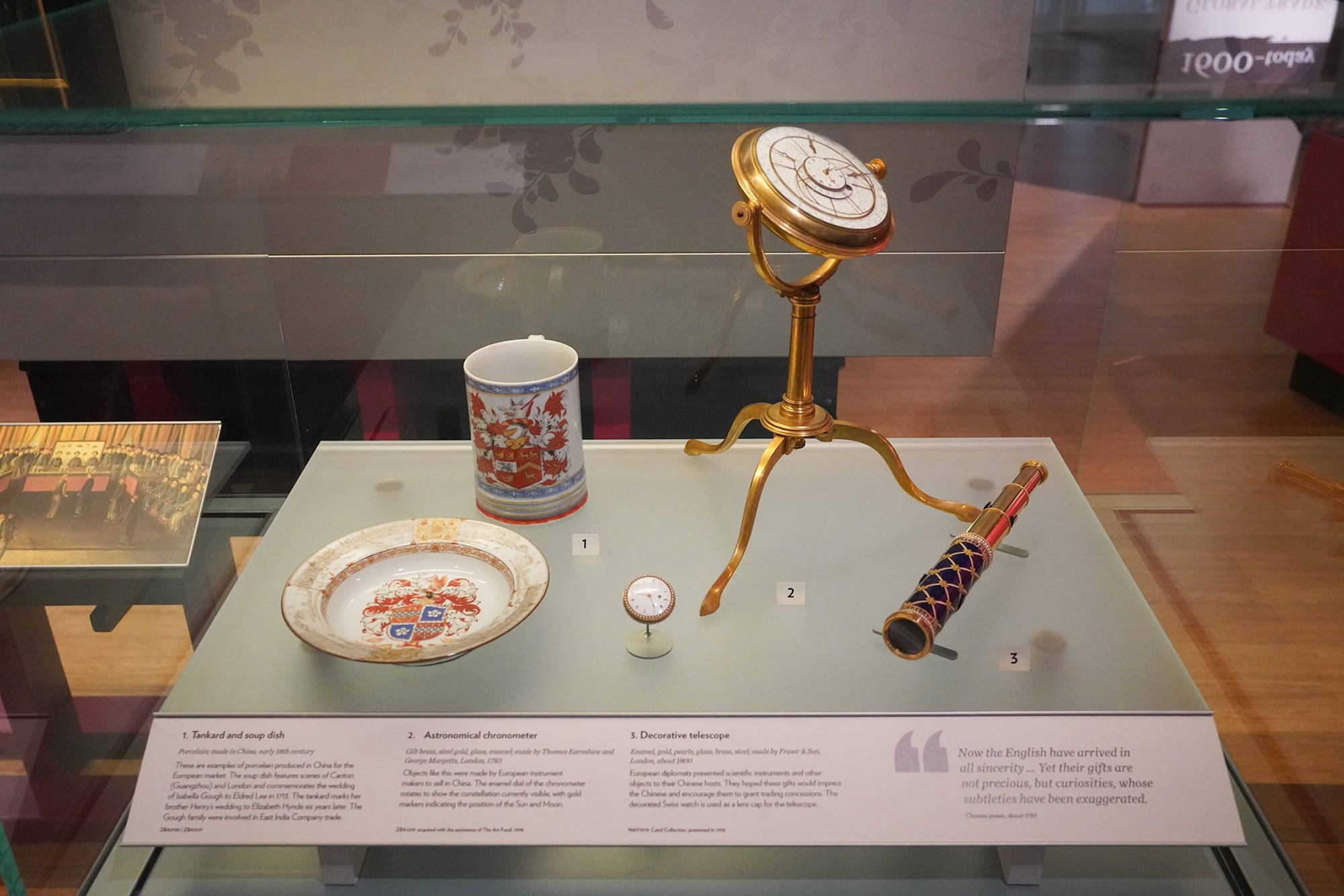
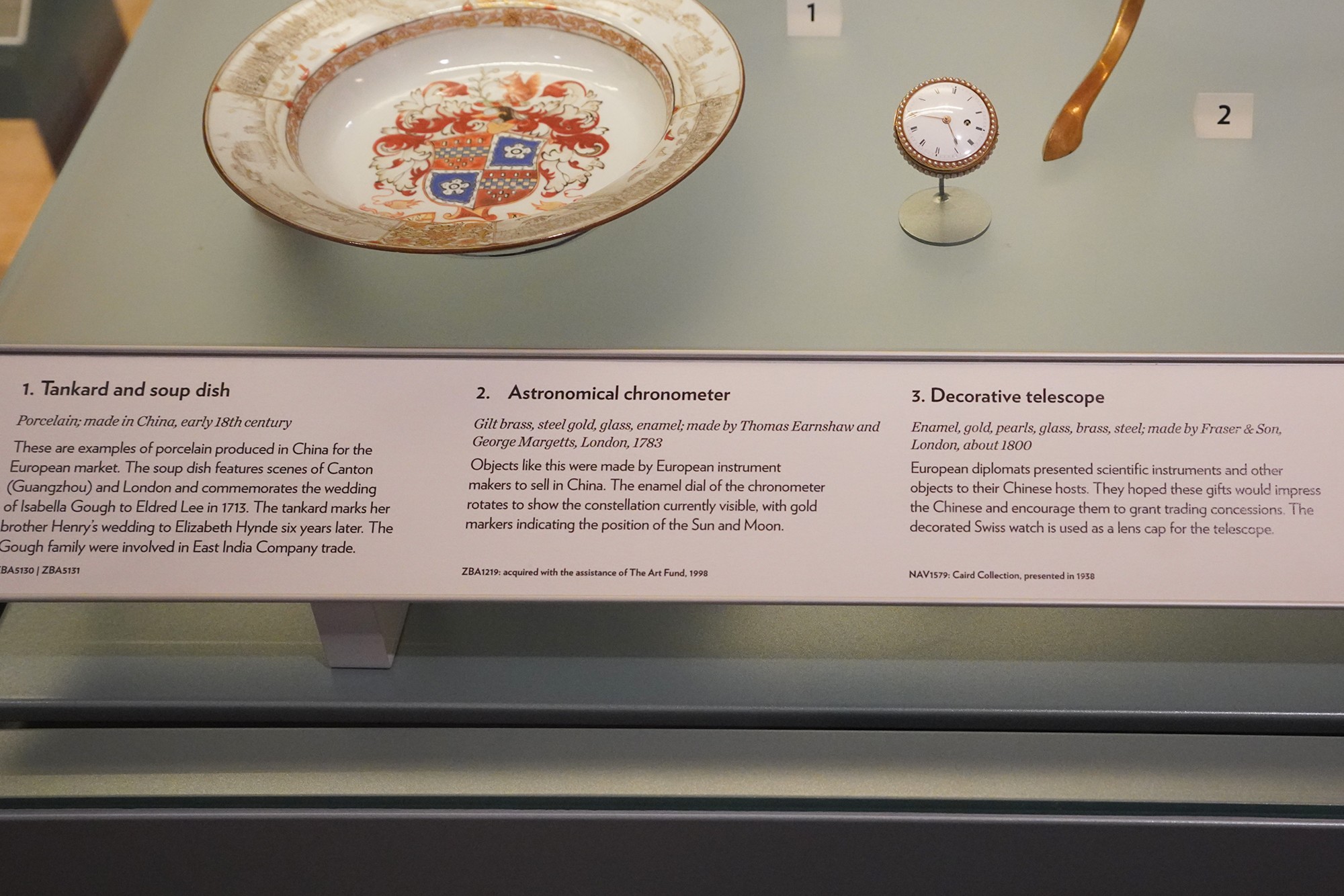
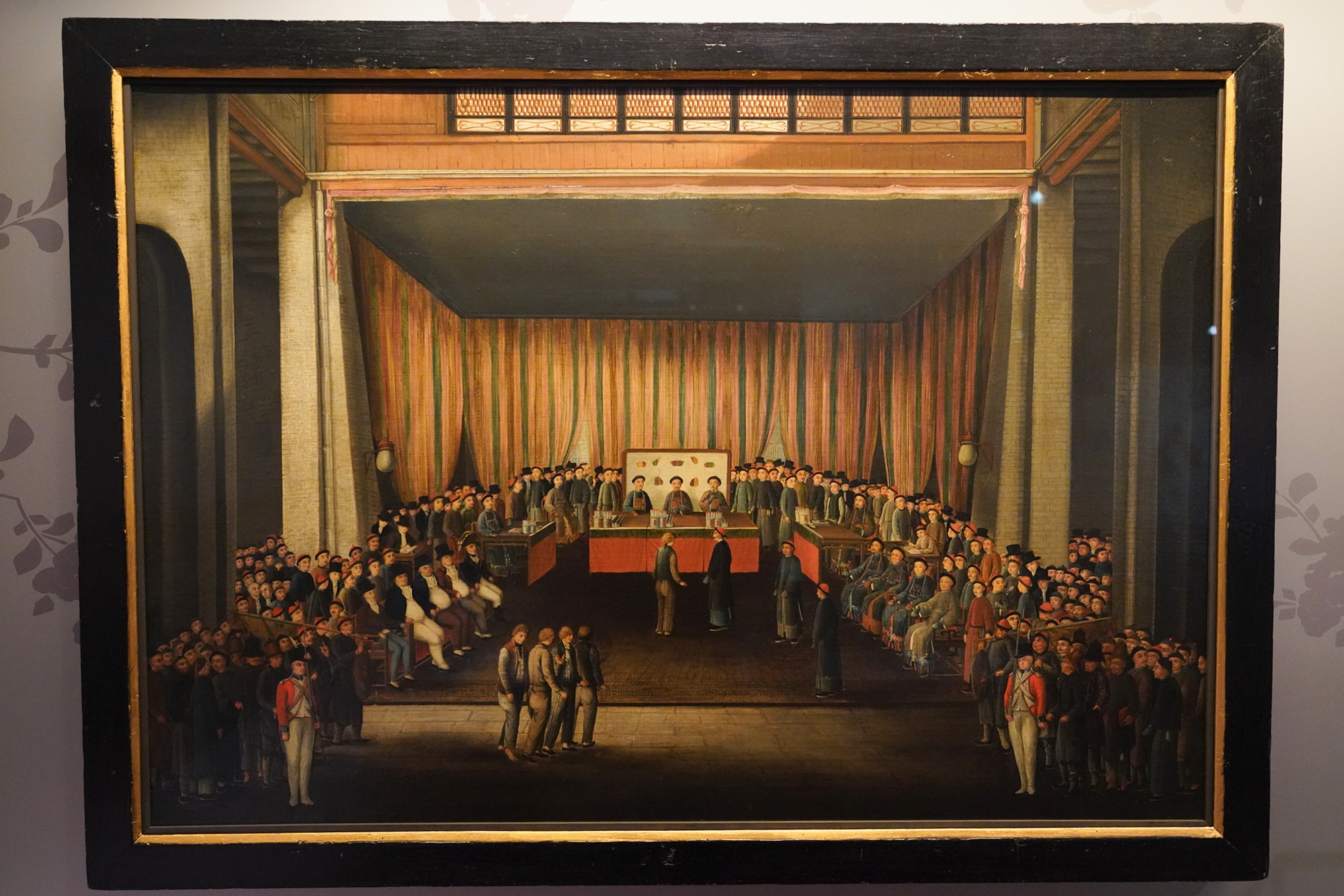
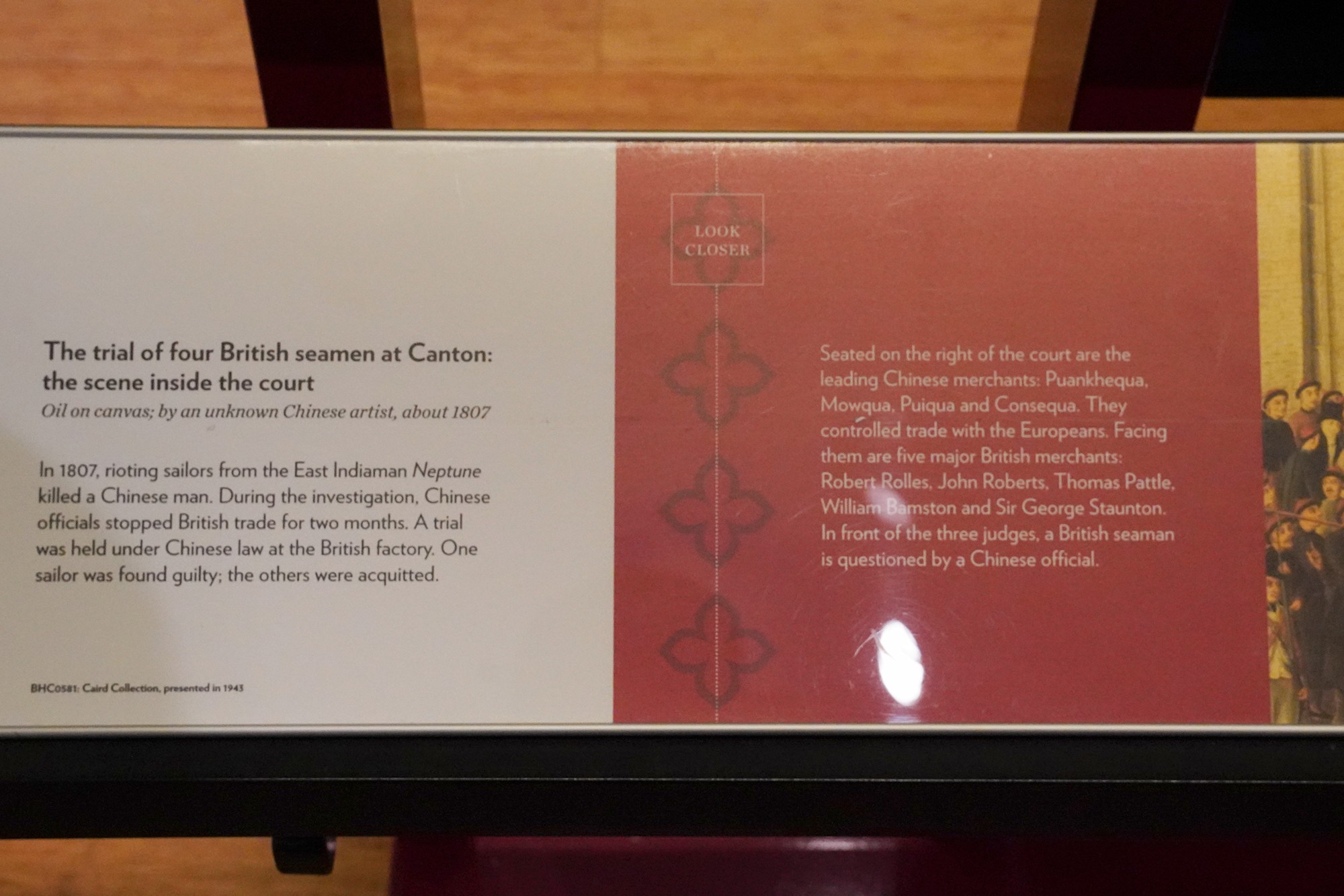
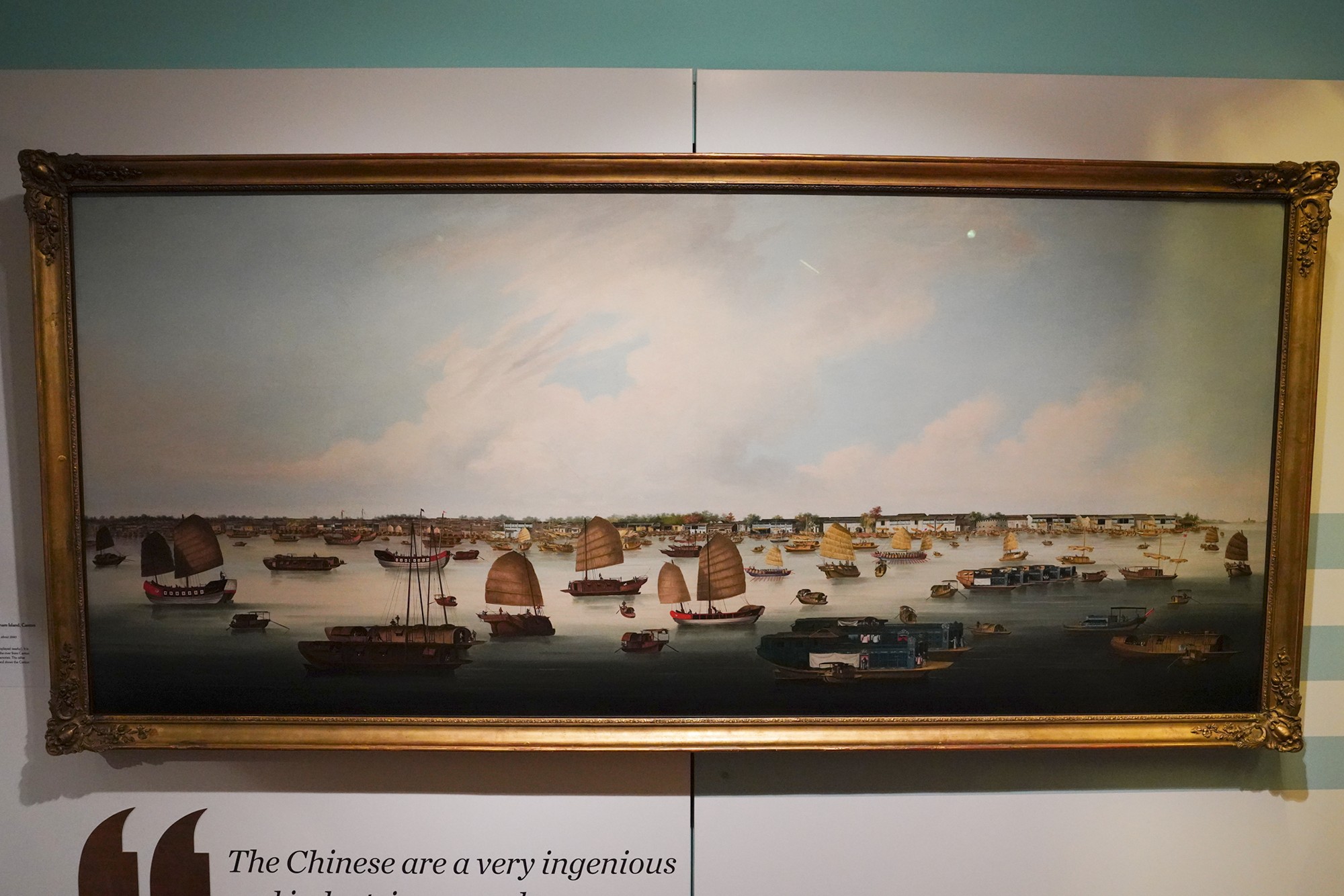
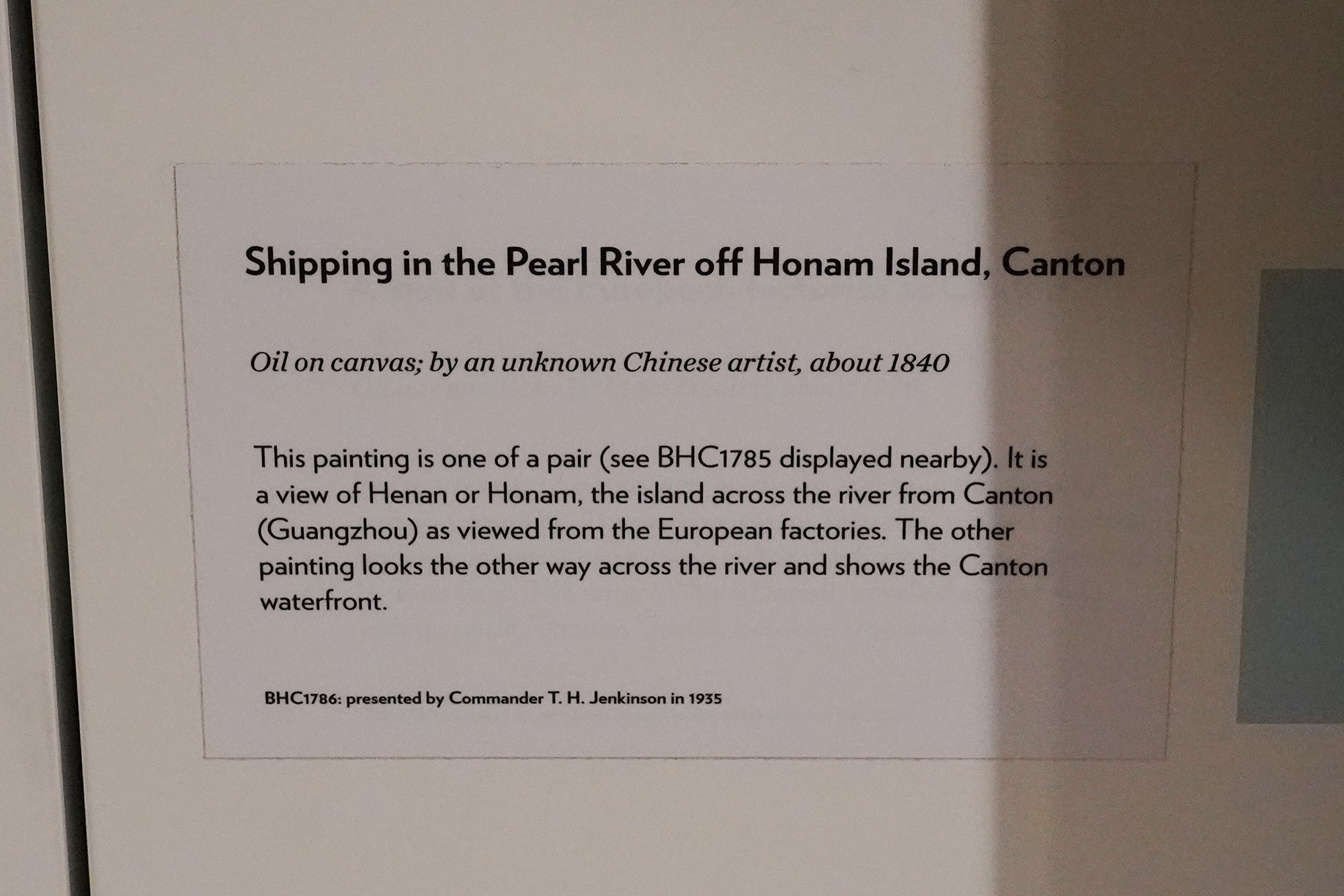
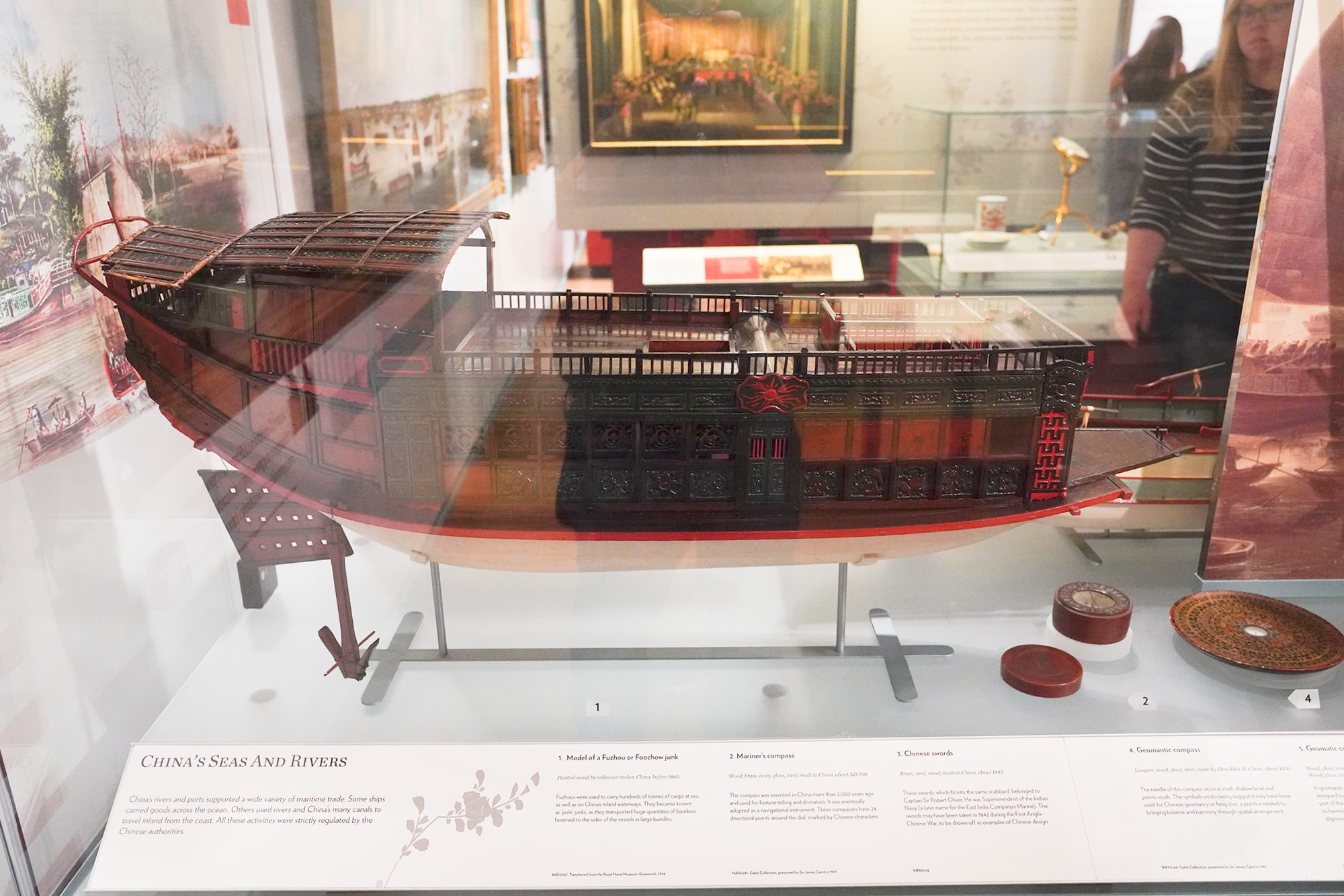
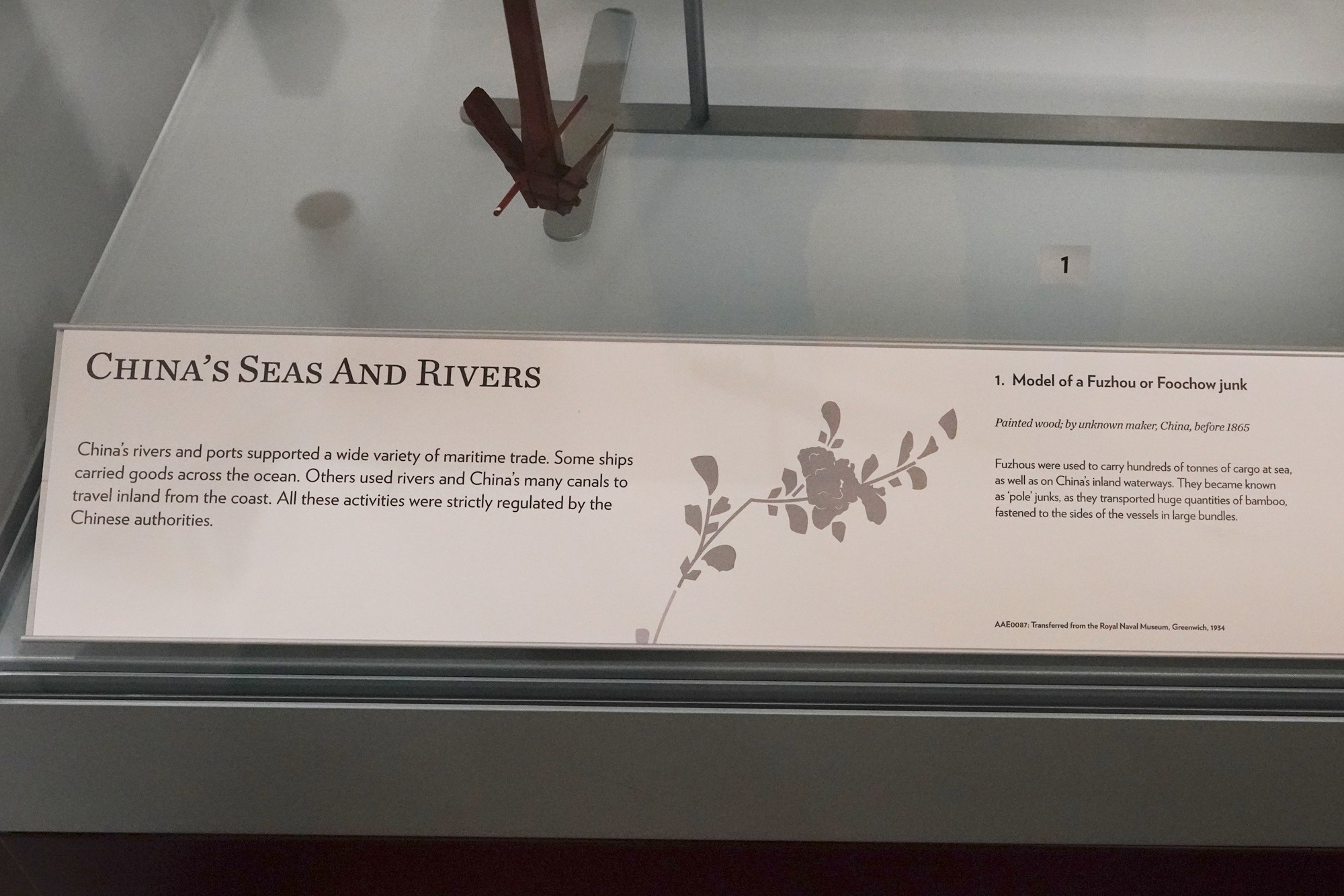
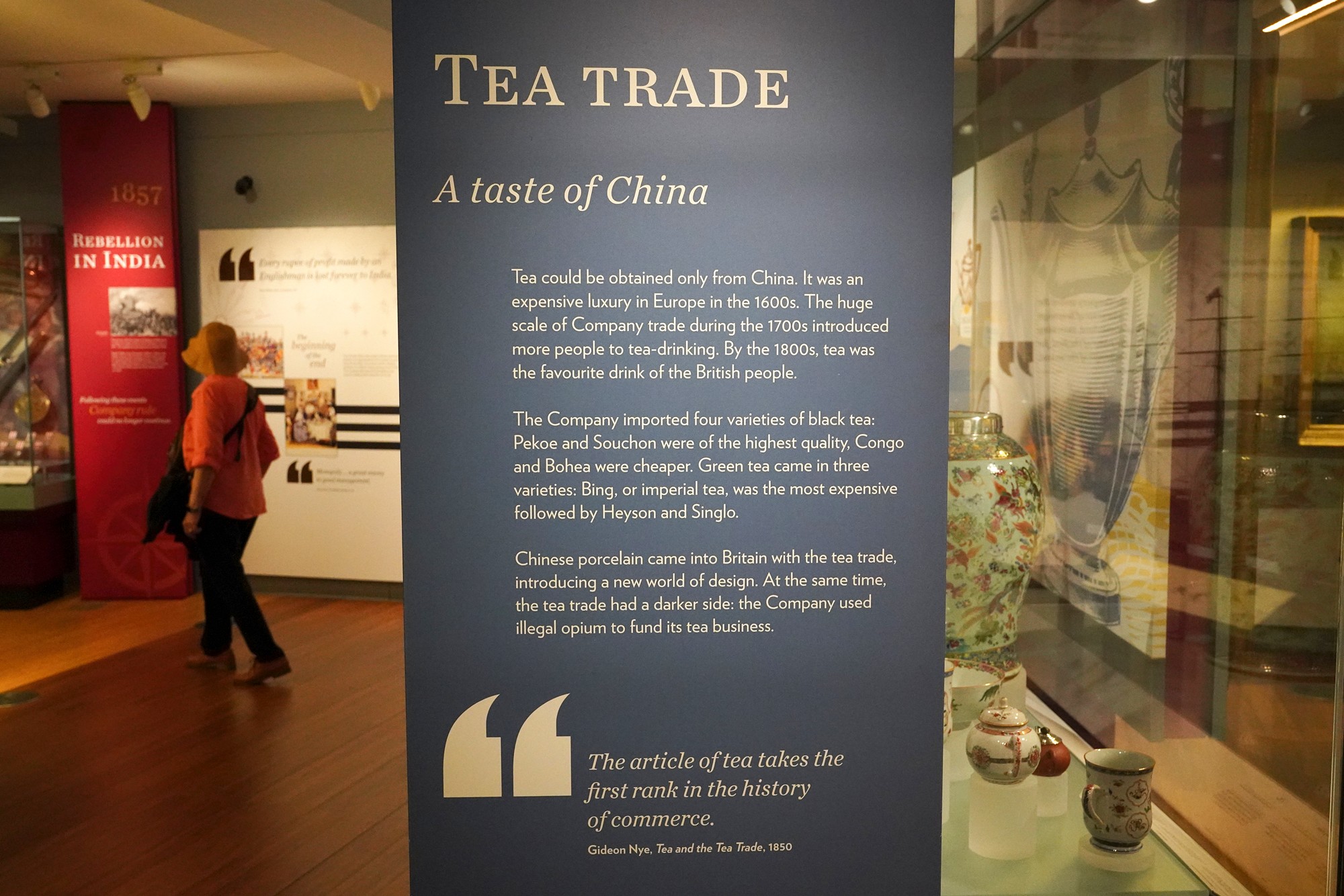
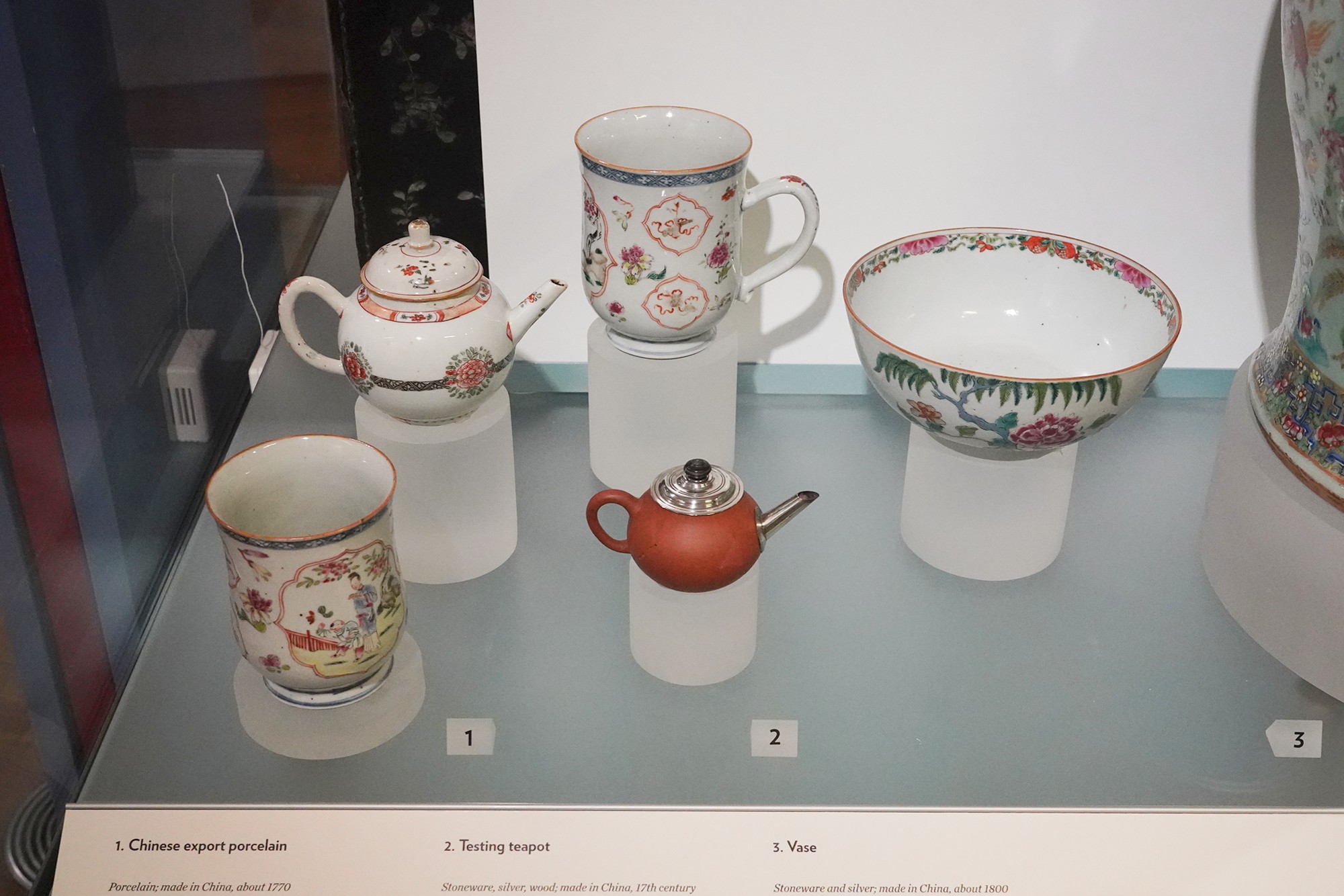
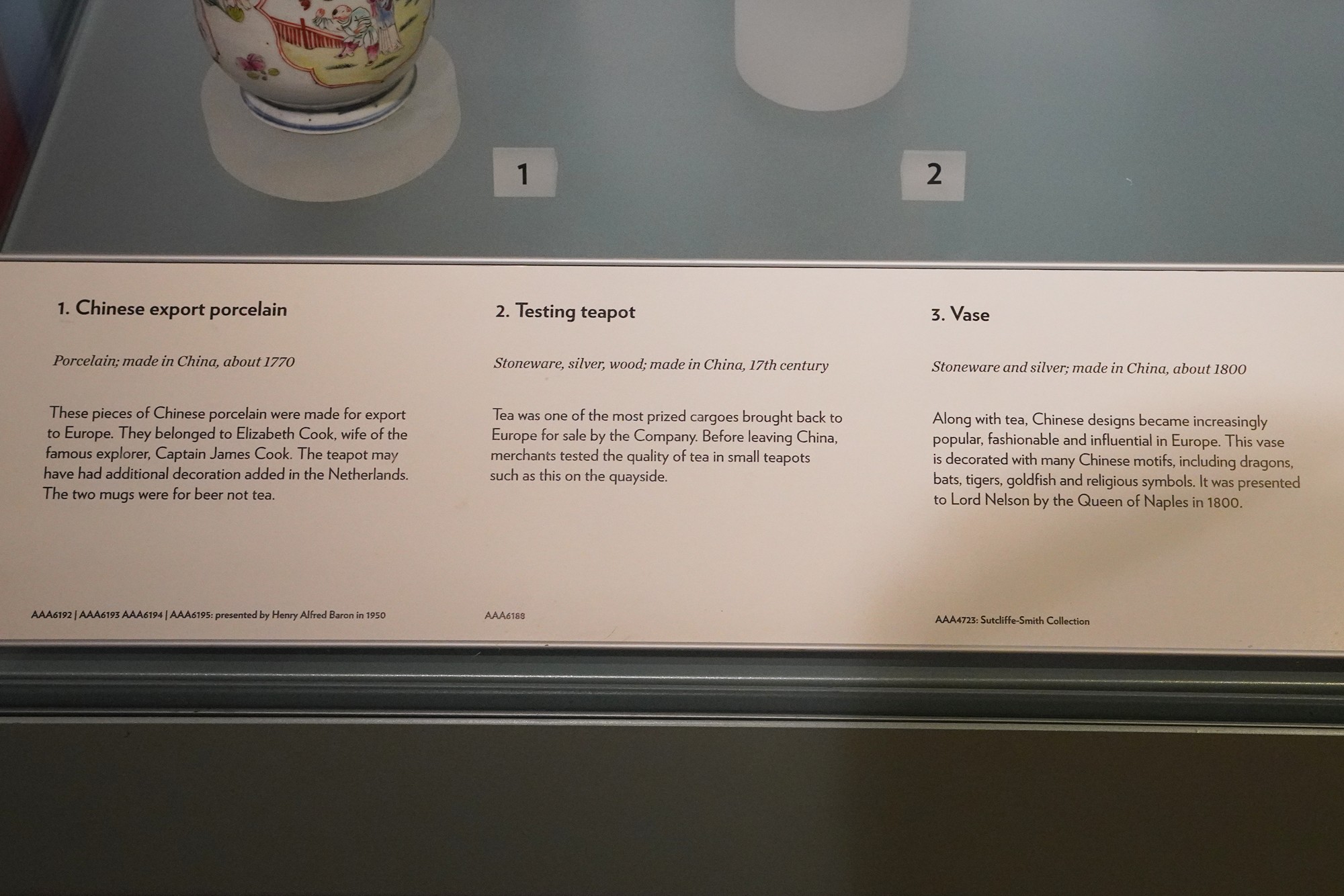

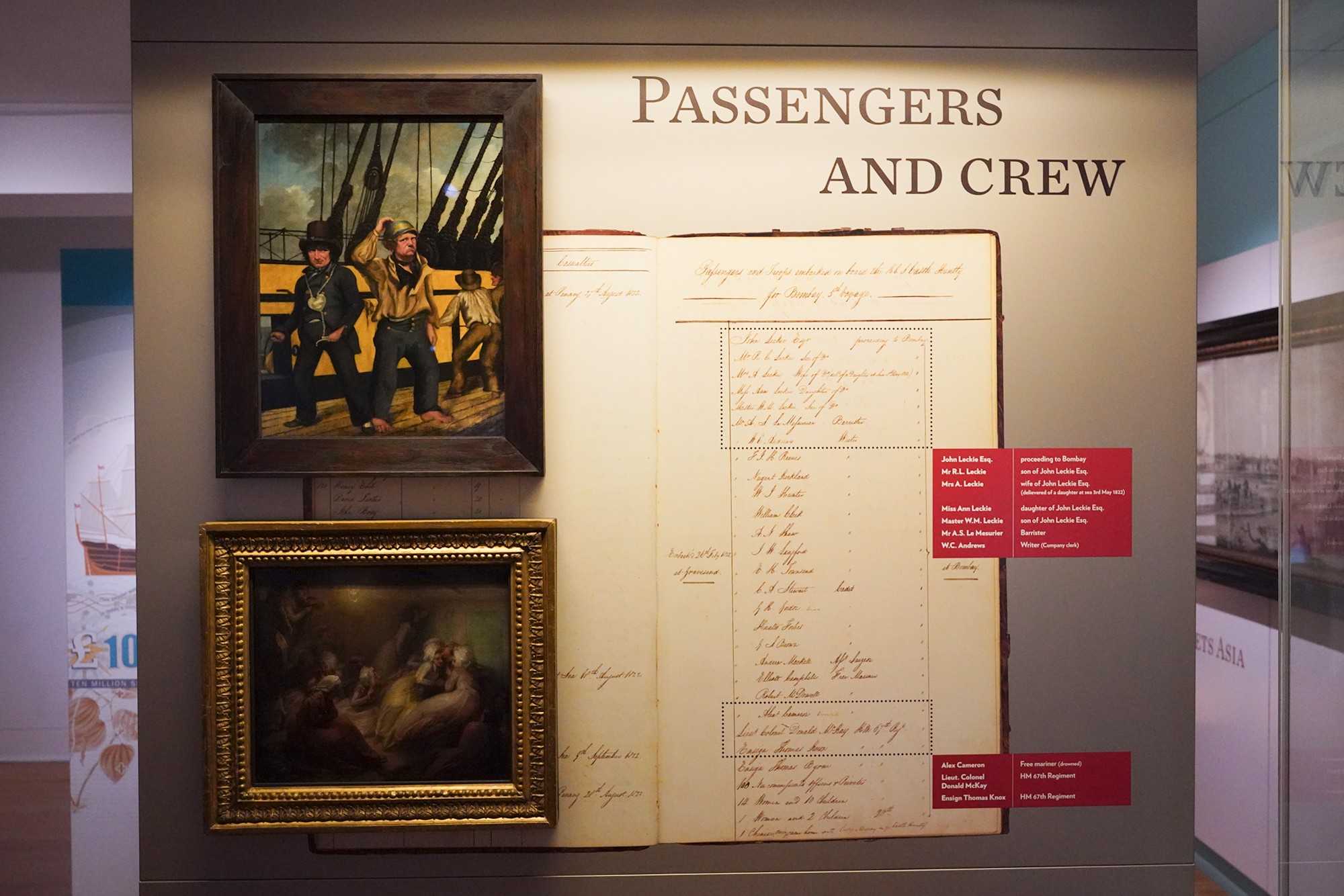
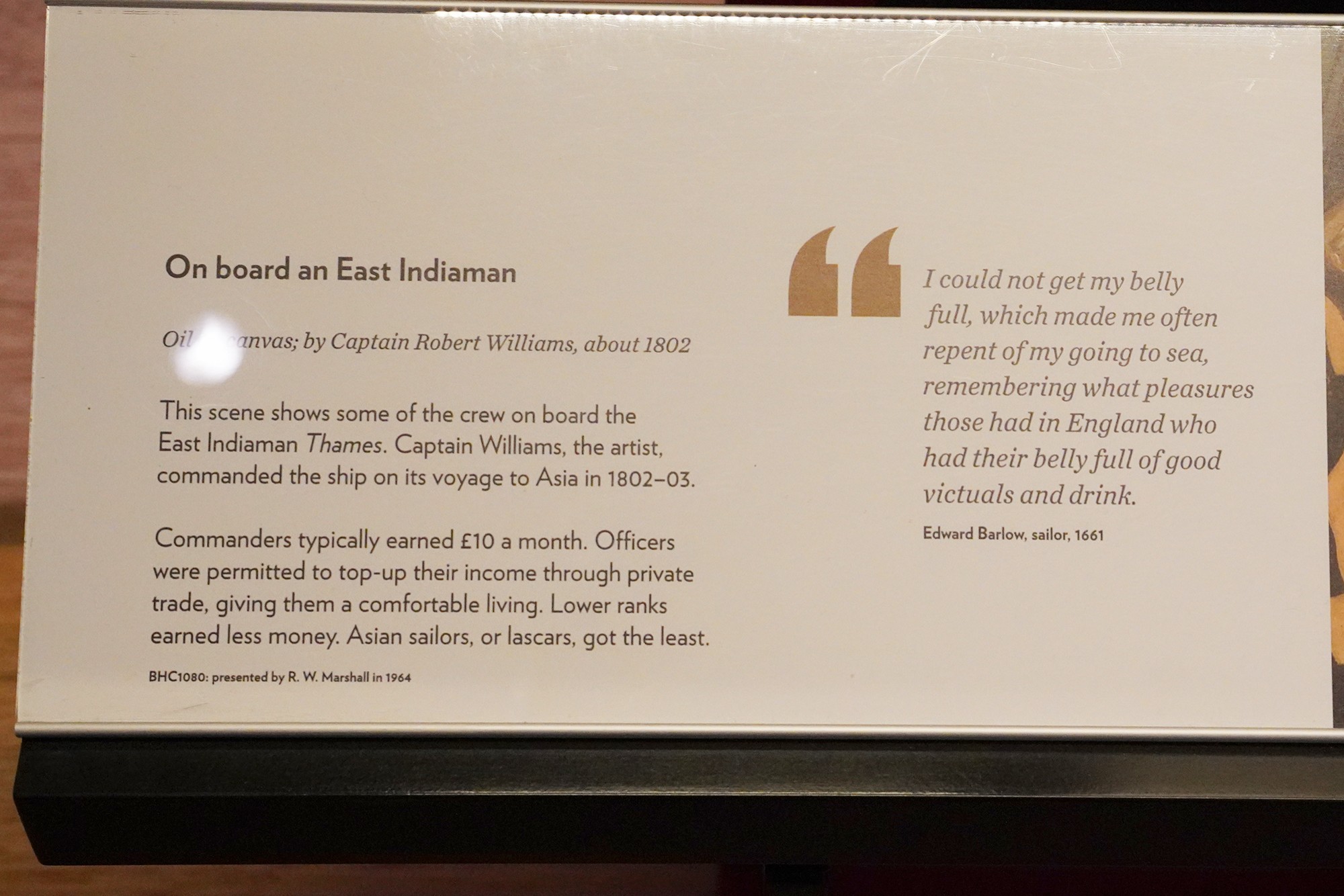

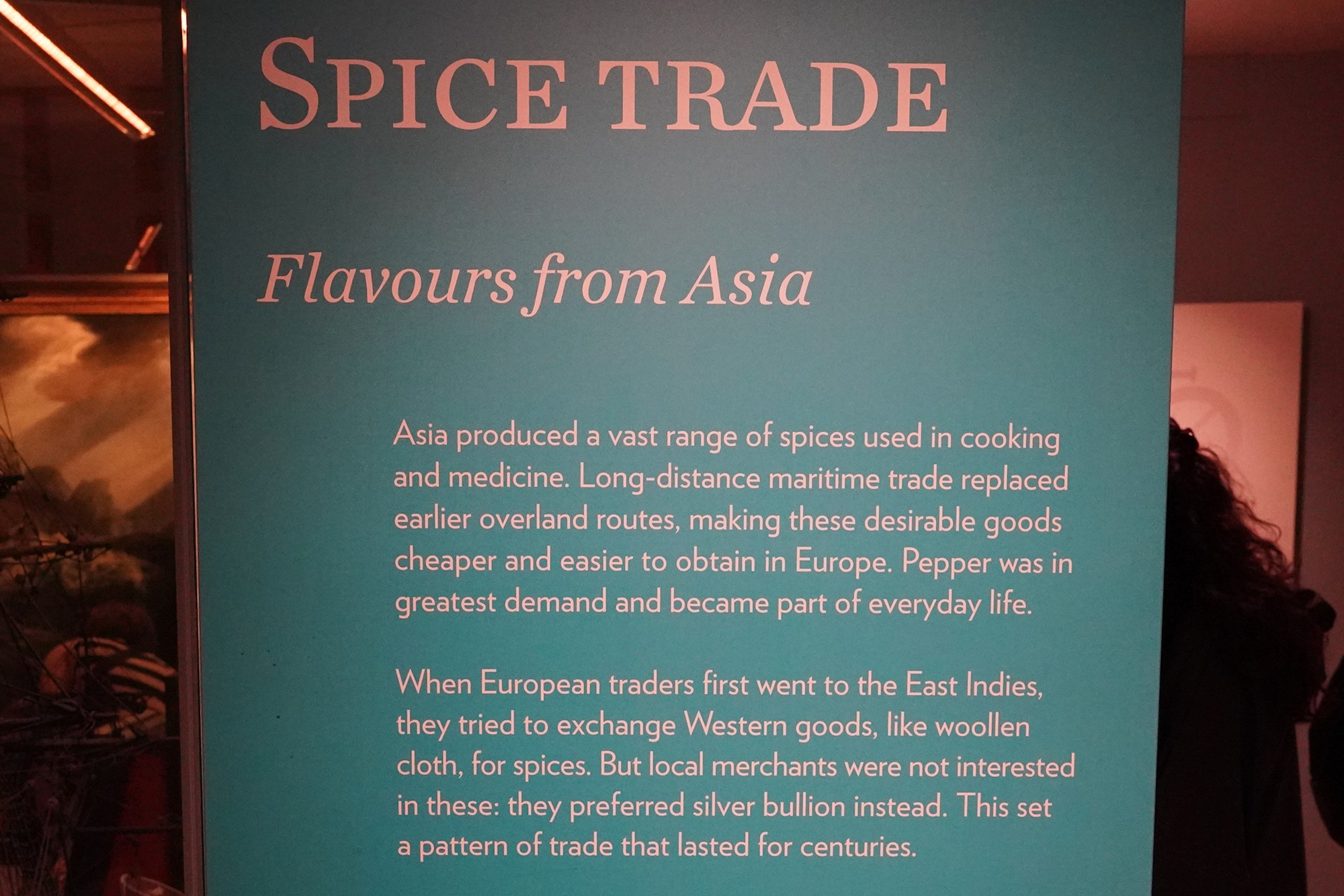

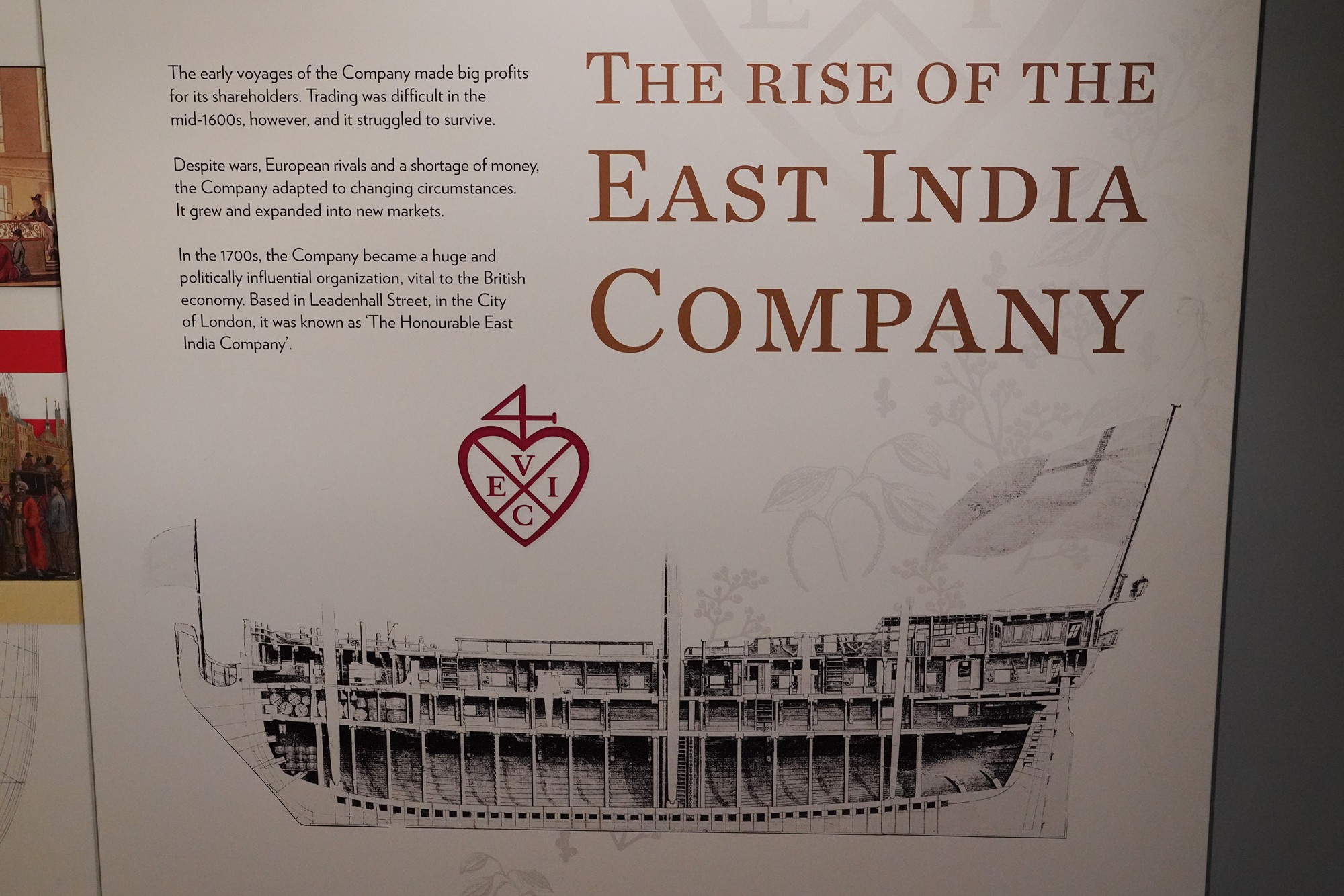
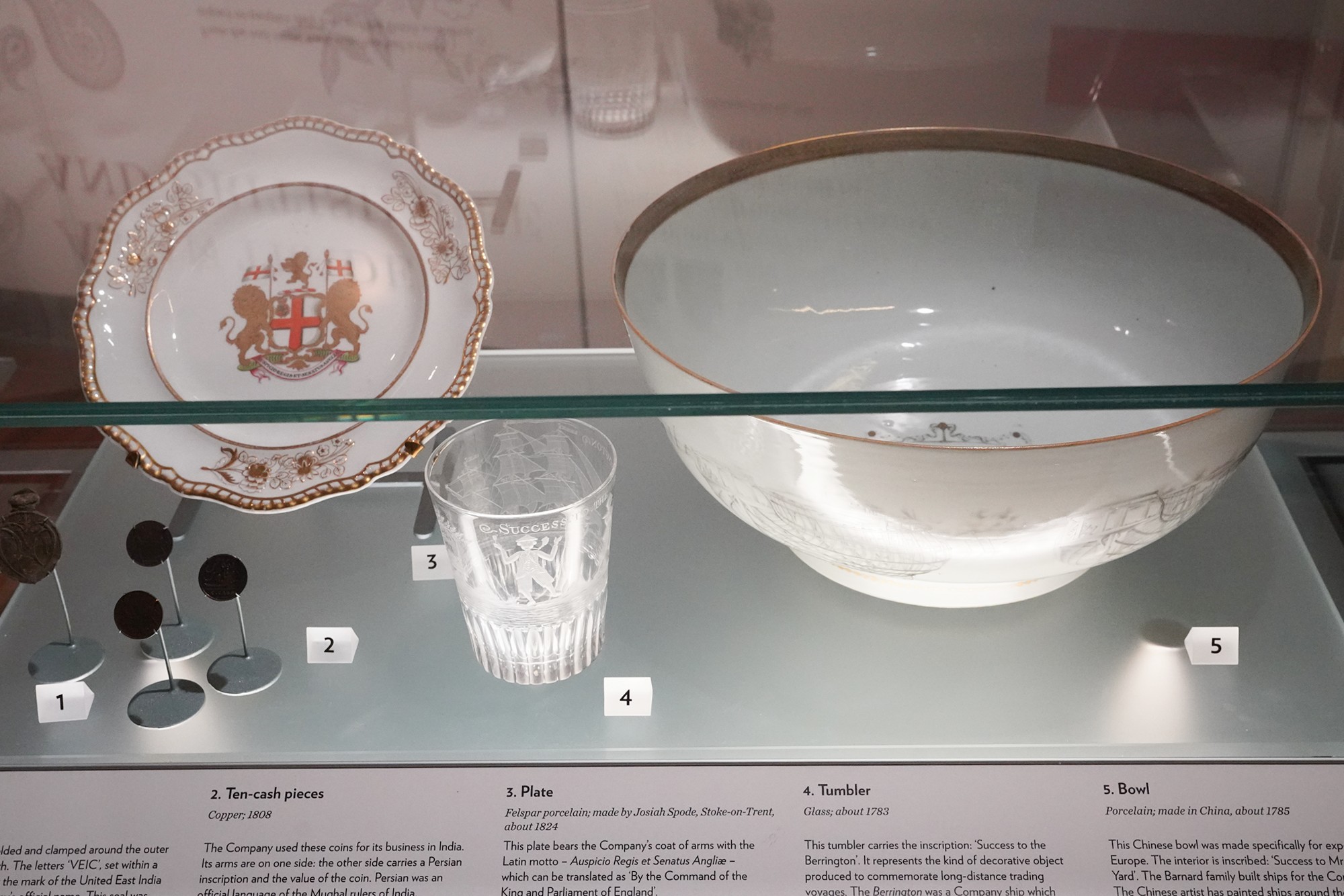
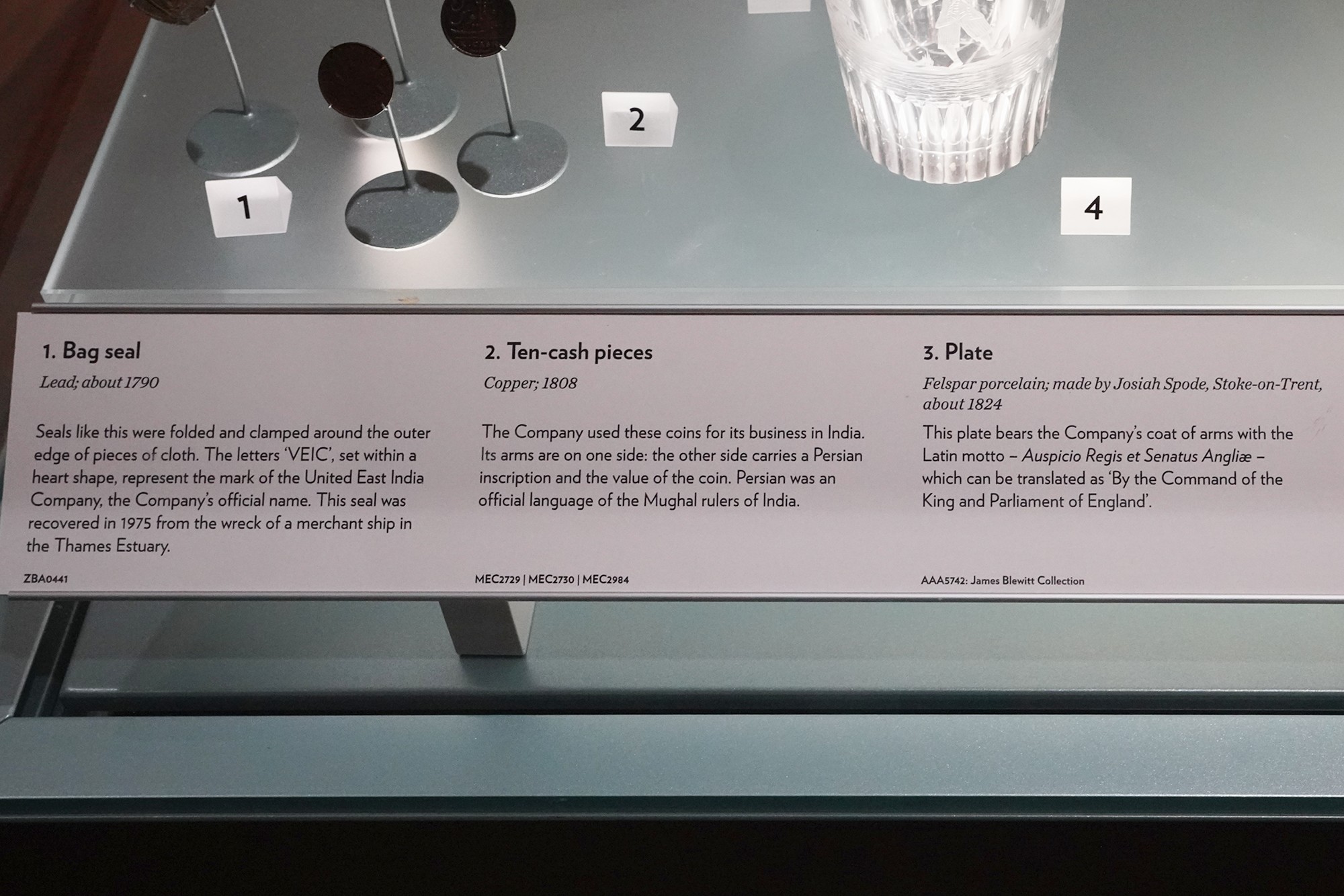
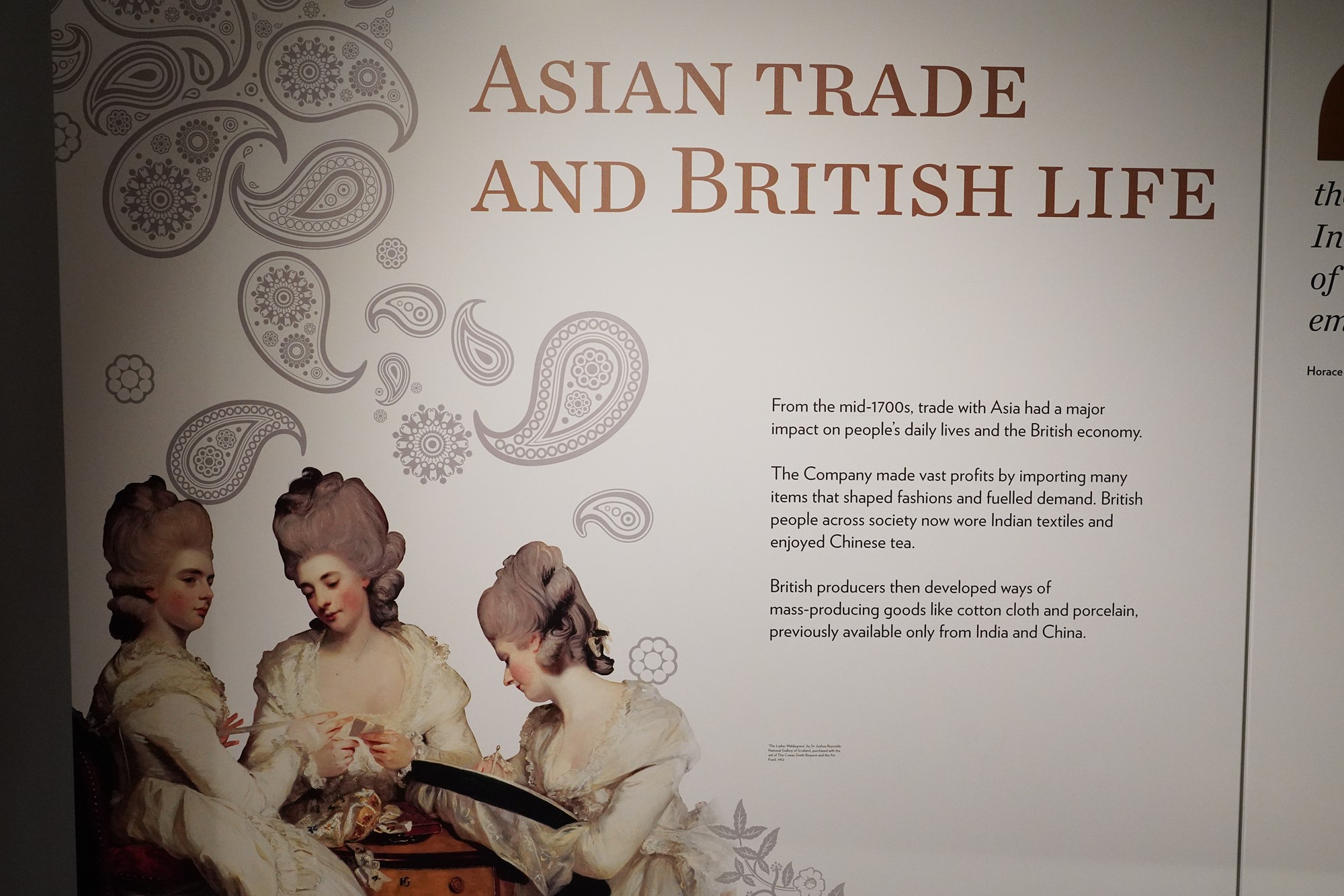
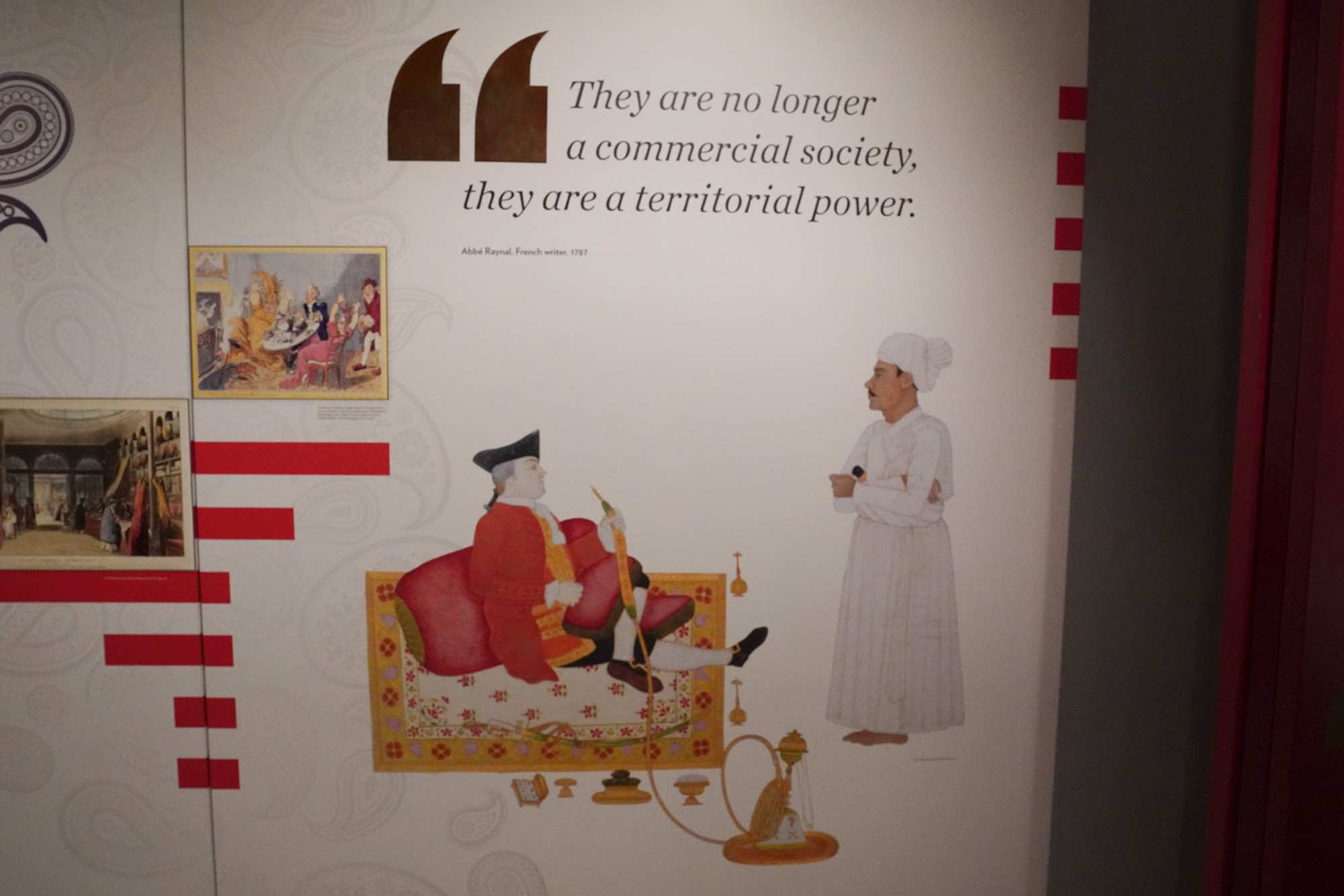

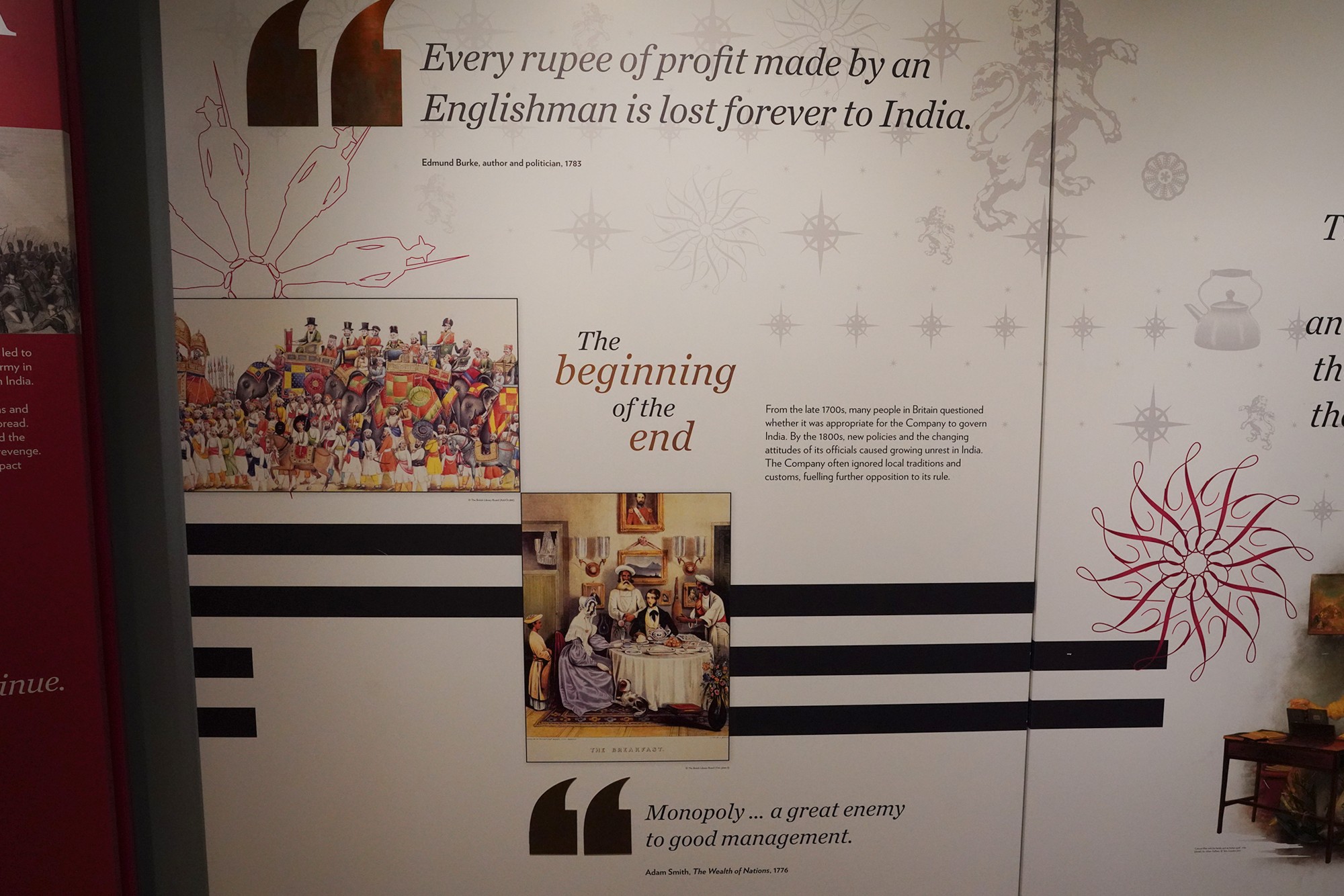
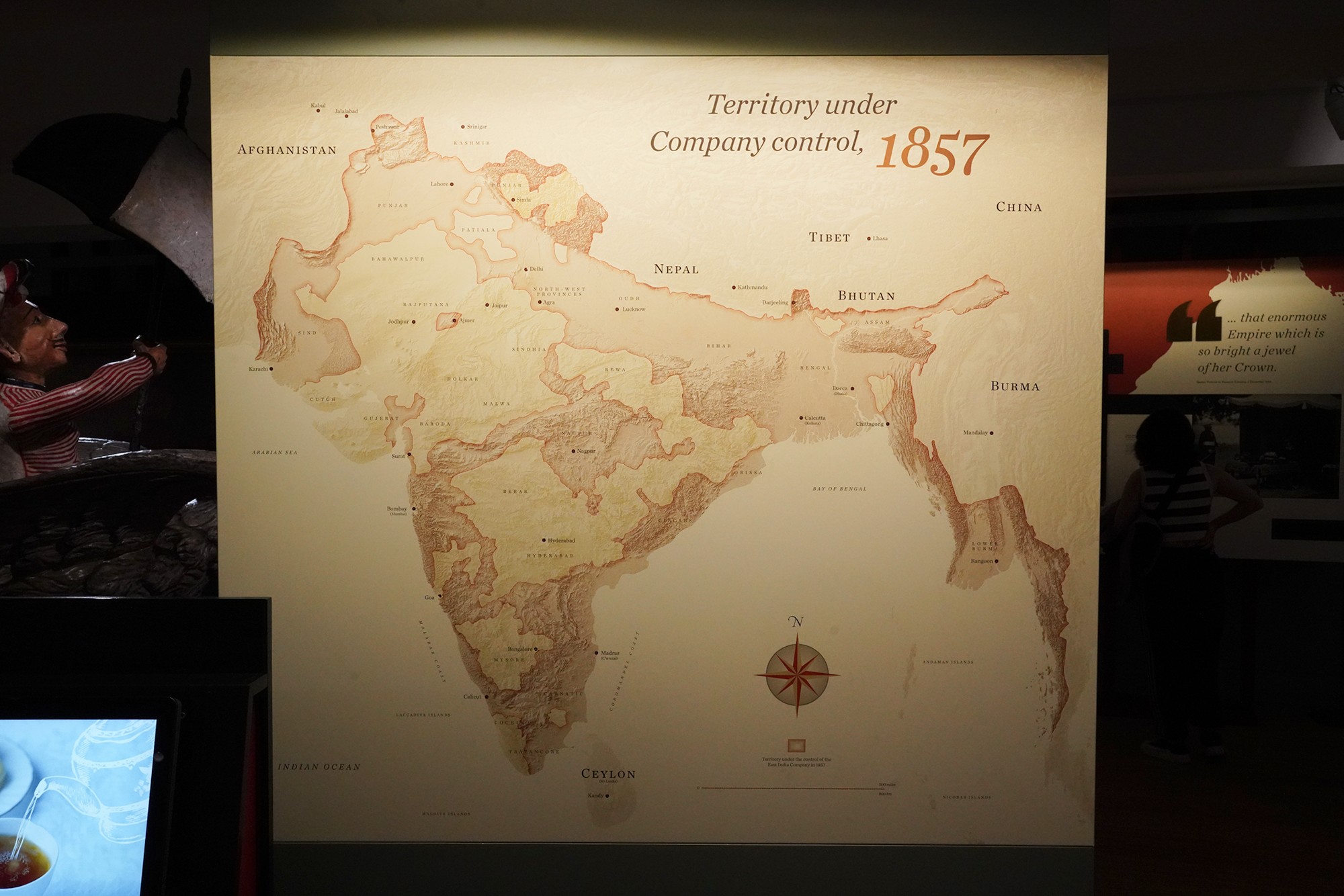
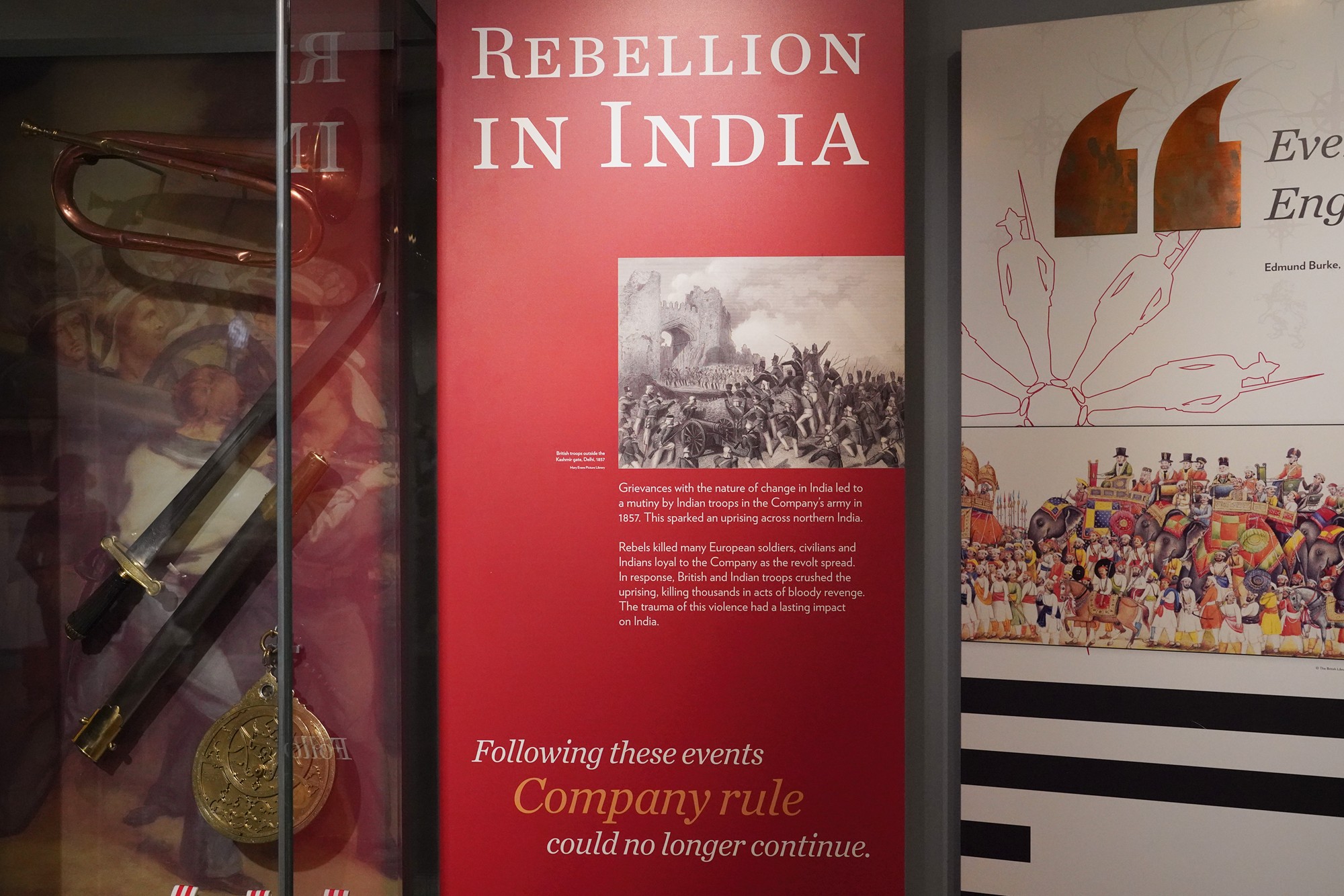


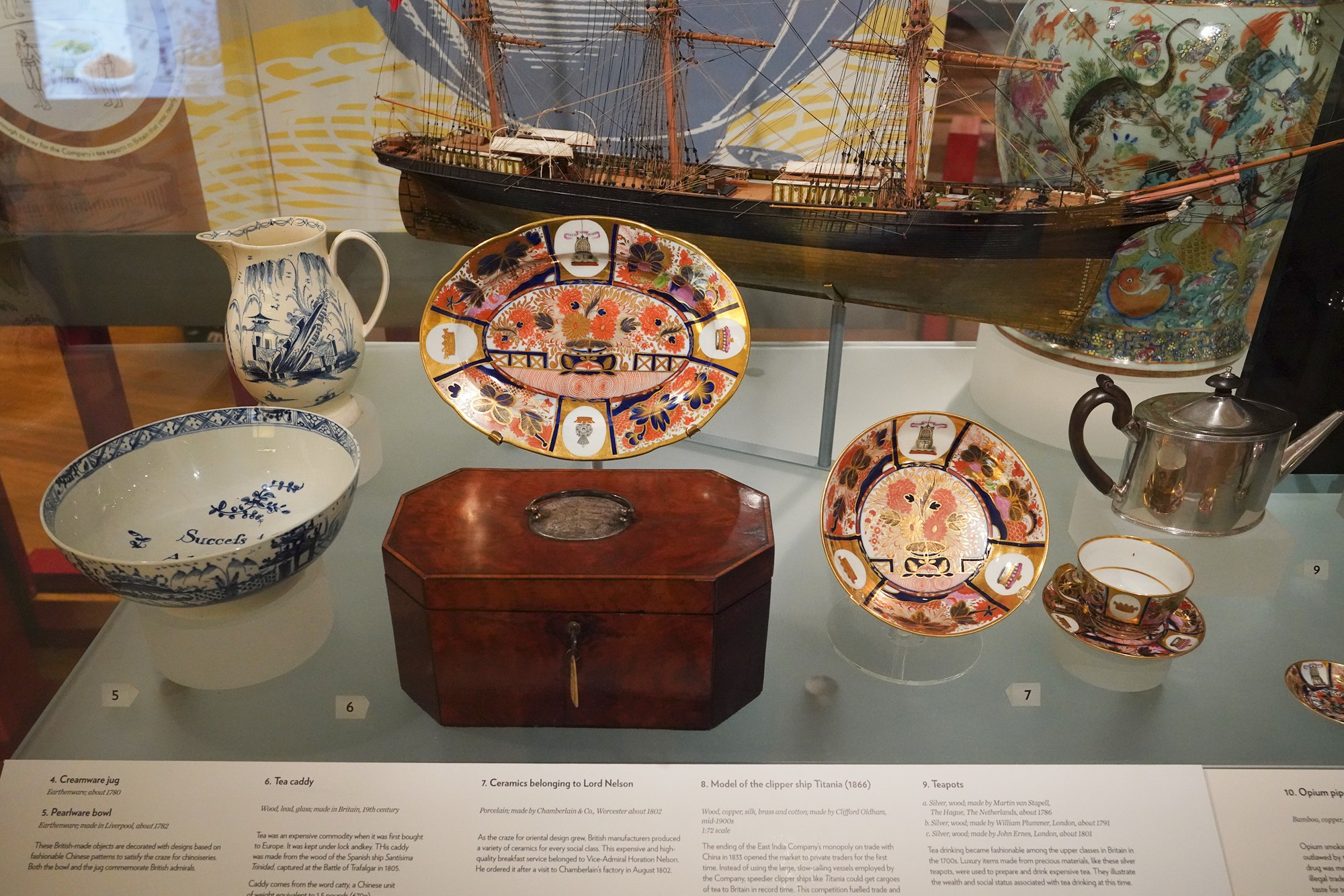
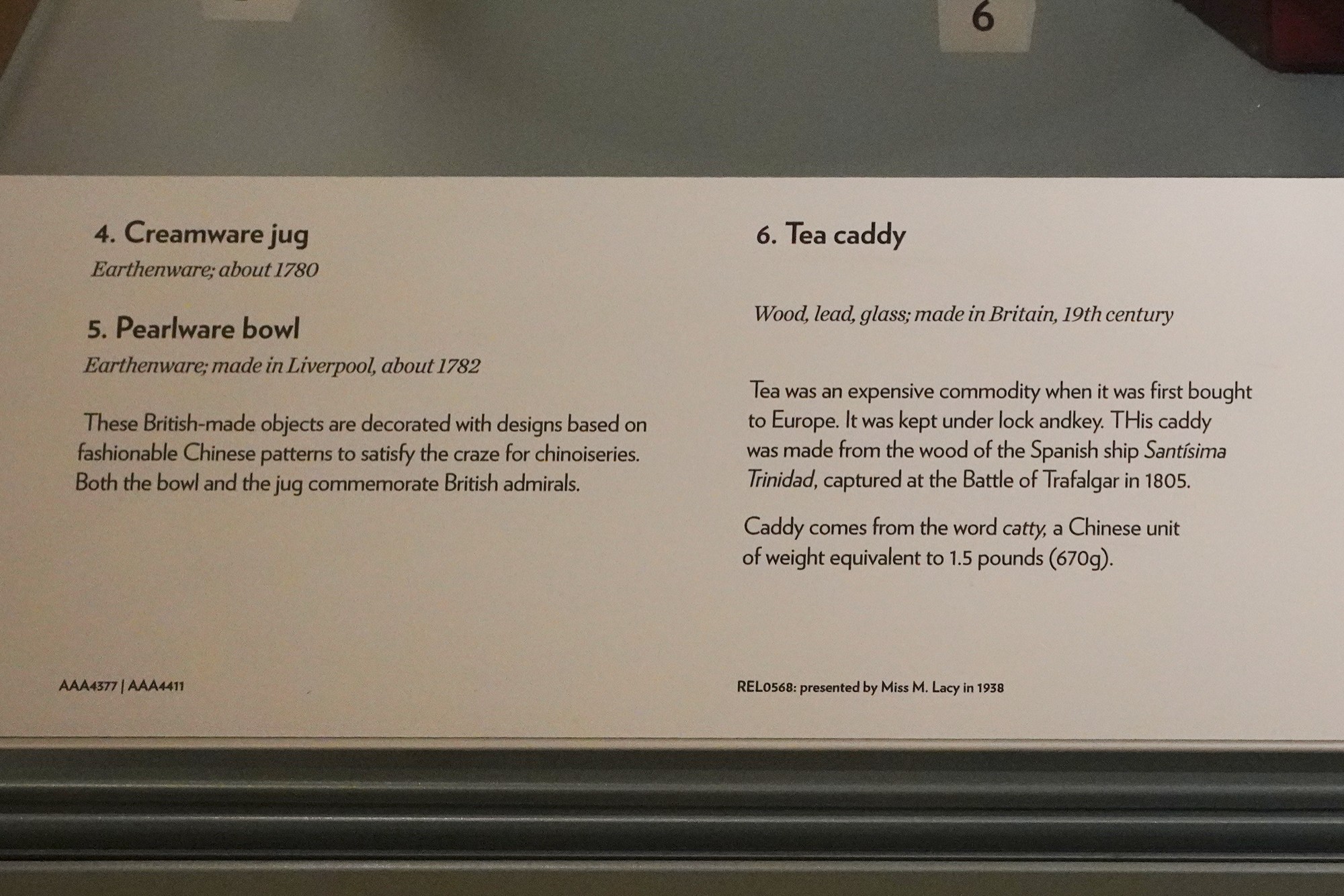
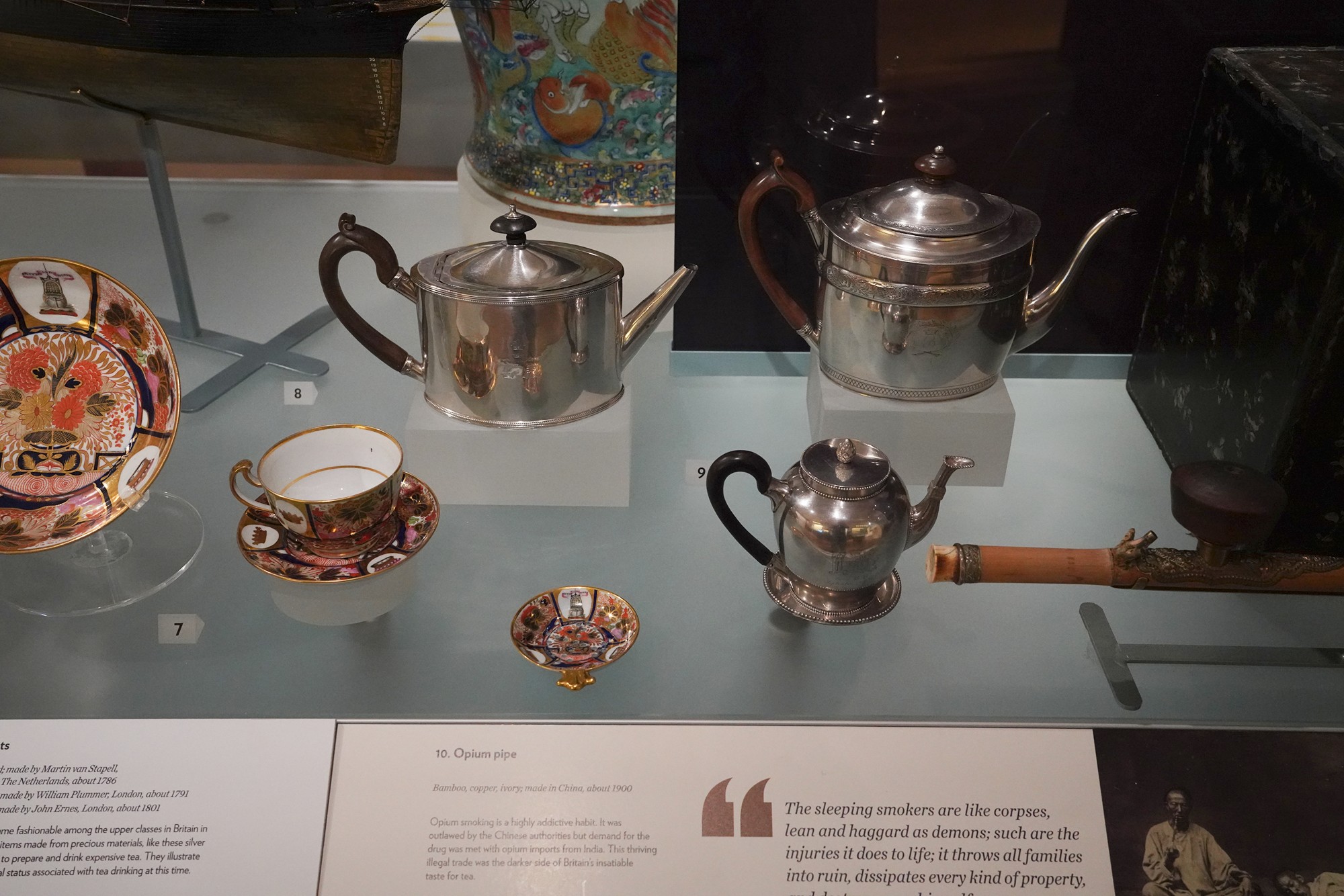
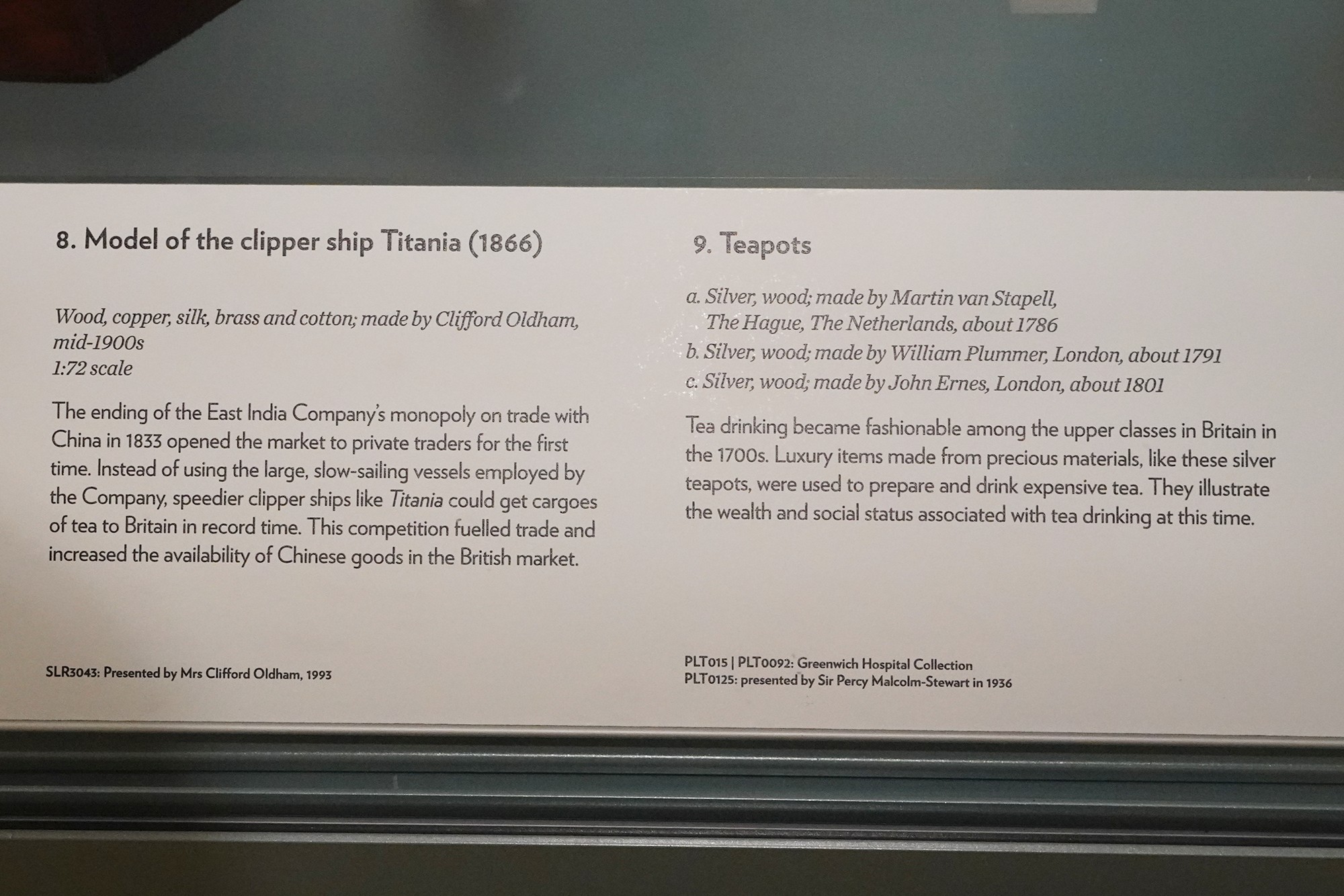

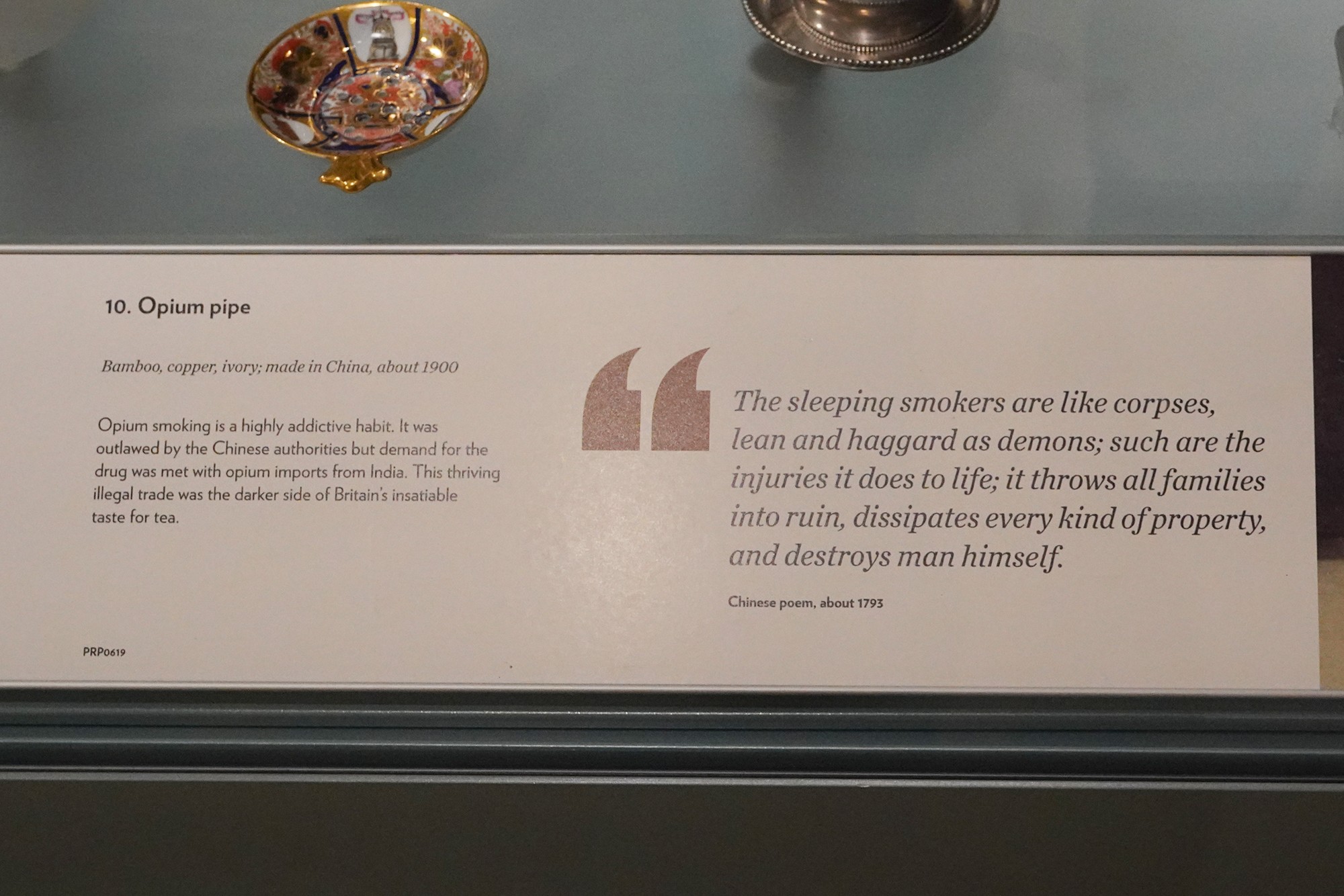
Another 10-minute walk from the museum is the Royal Observatory.
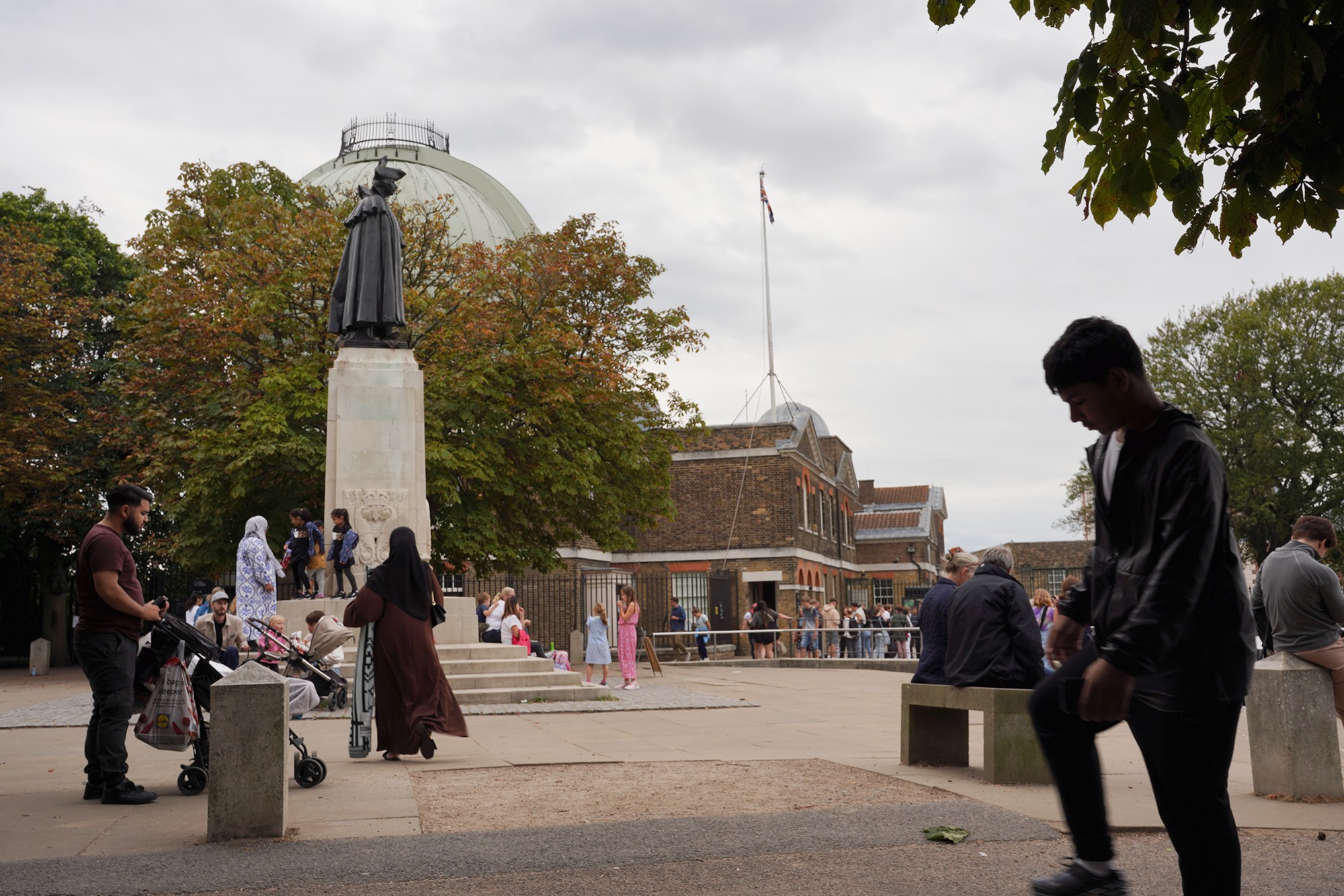

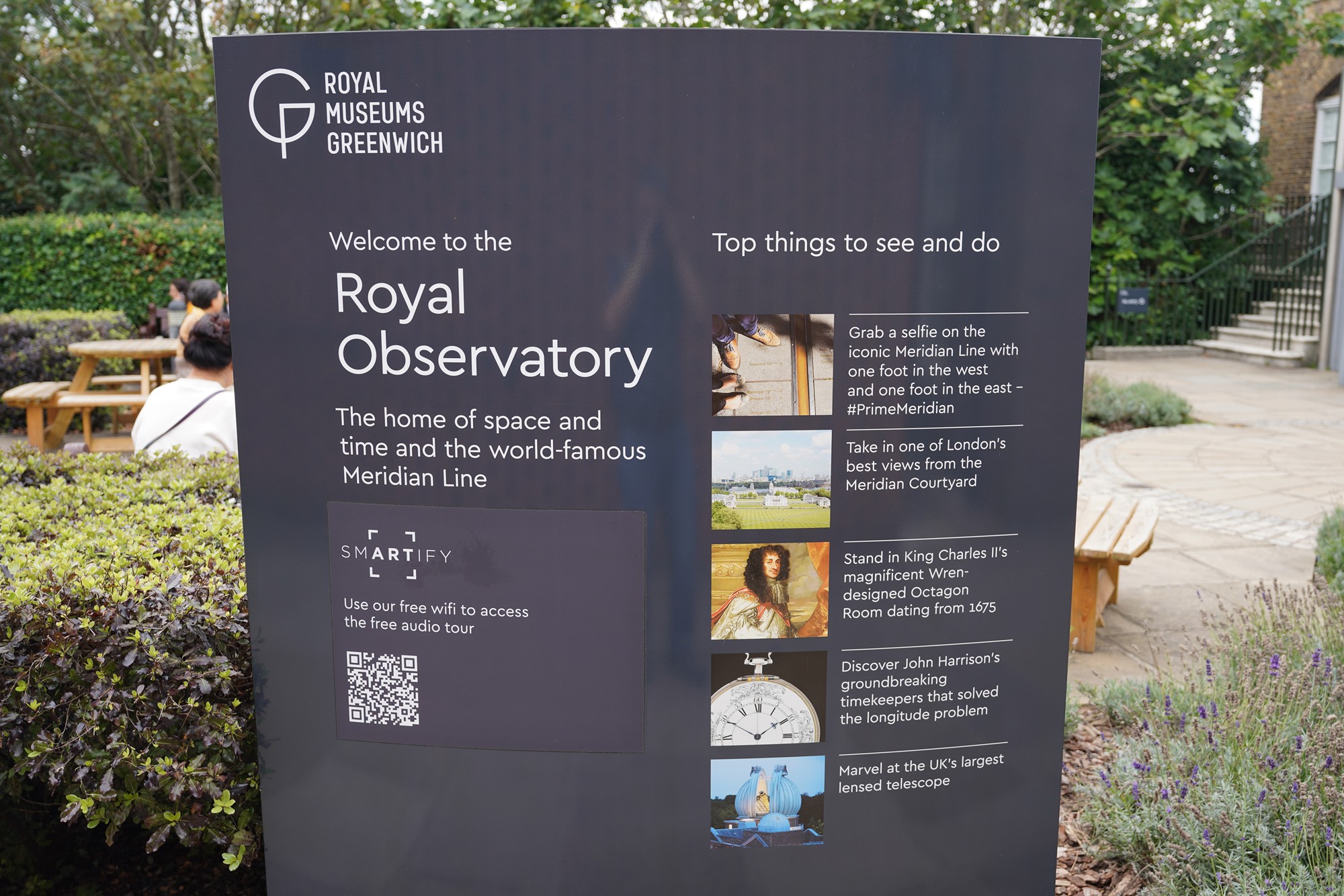
Home of the Prime Meridian, where the world’s time is set, the Royal Observatory provides an opportunity to stand on the Meridian Line and straddle the eastern and western hemispheres. The observatory also has an astronomy museum and a planetarium.
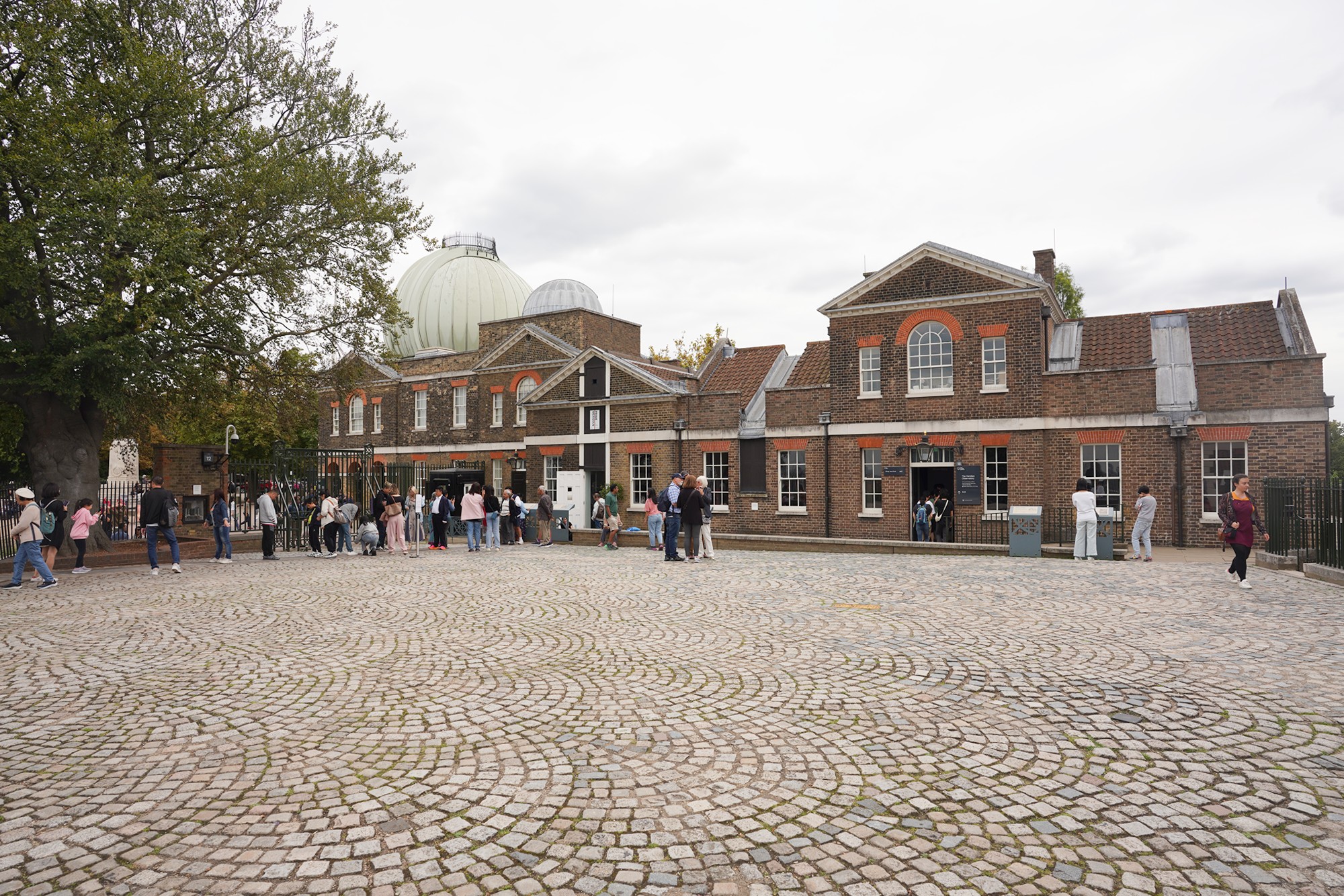
The Prime Meridian is an imaginary line that runs from the North Pole to the South Pole and serves as a reference point for measuring longitude on Earth. It is designated as 0 degrees longitude, and it divides the Eastern Hemisphere from the Western Hemisphere. The concept of the Prime Meridian is crucial for determining time zones and standardizing time around the world.
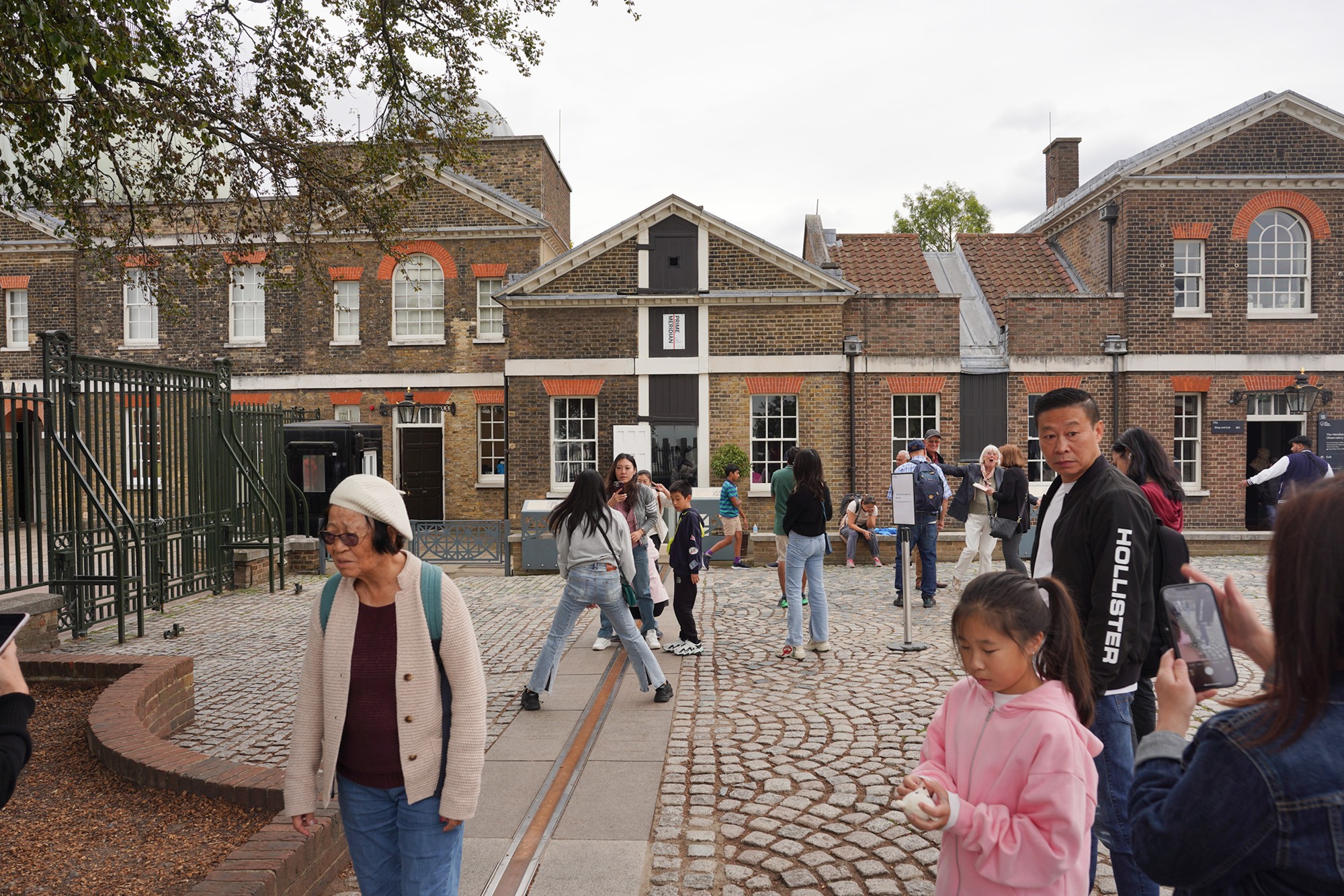
The most widely recognized Prime Meridian is the one that passes through Greenwich, a district in London, United Kingdom. This location was chosen as the prime meridian at the International Meridian Conference held in Washington, D.C., in 1884. The Royal Observatory in Greenwich is home to the Prime Meridian Line, marked on the ground and through the observatory.
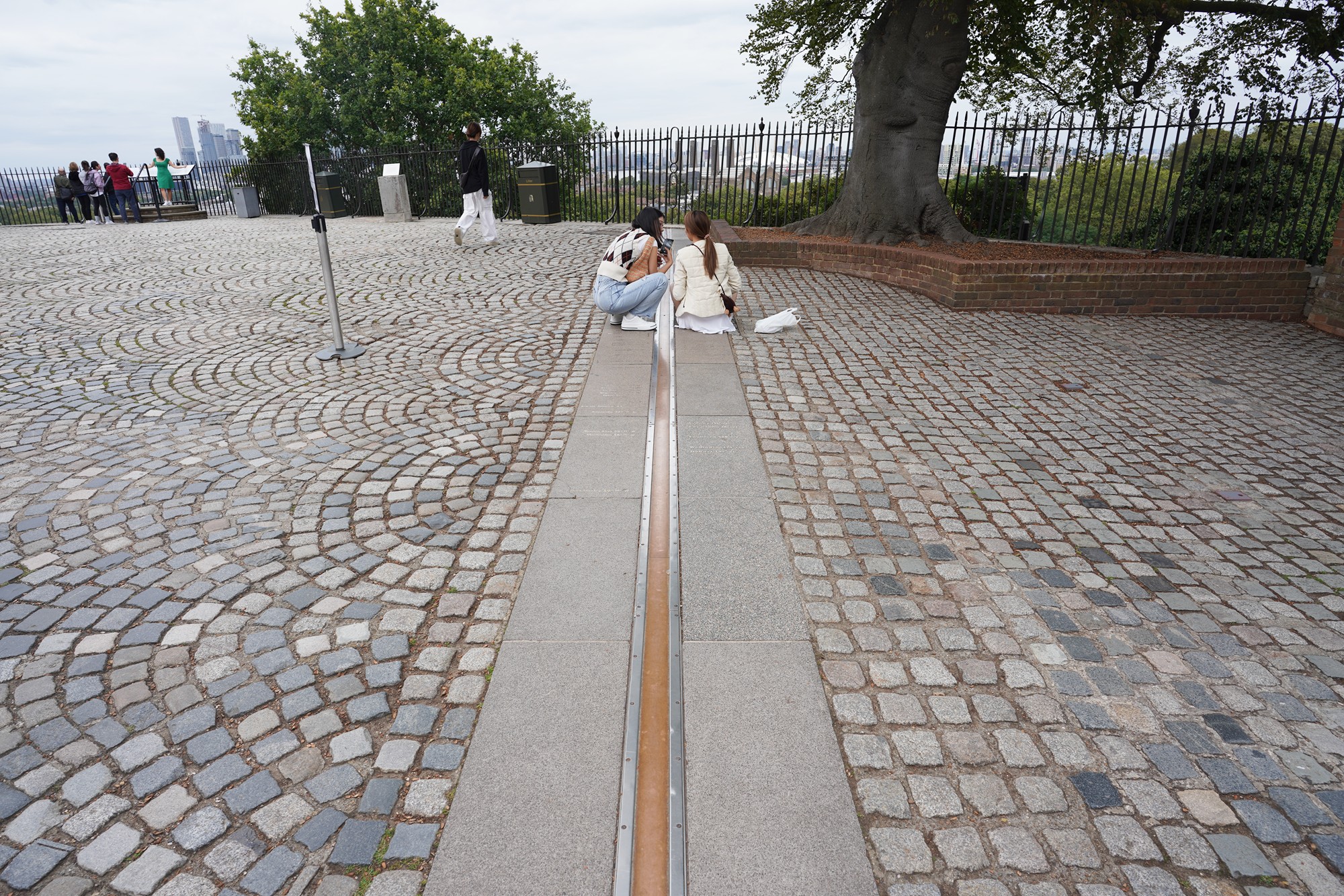
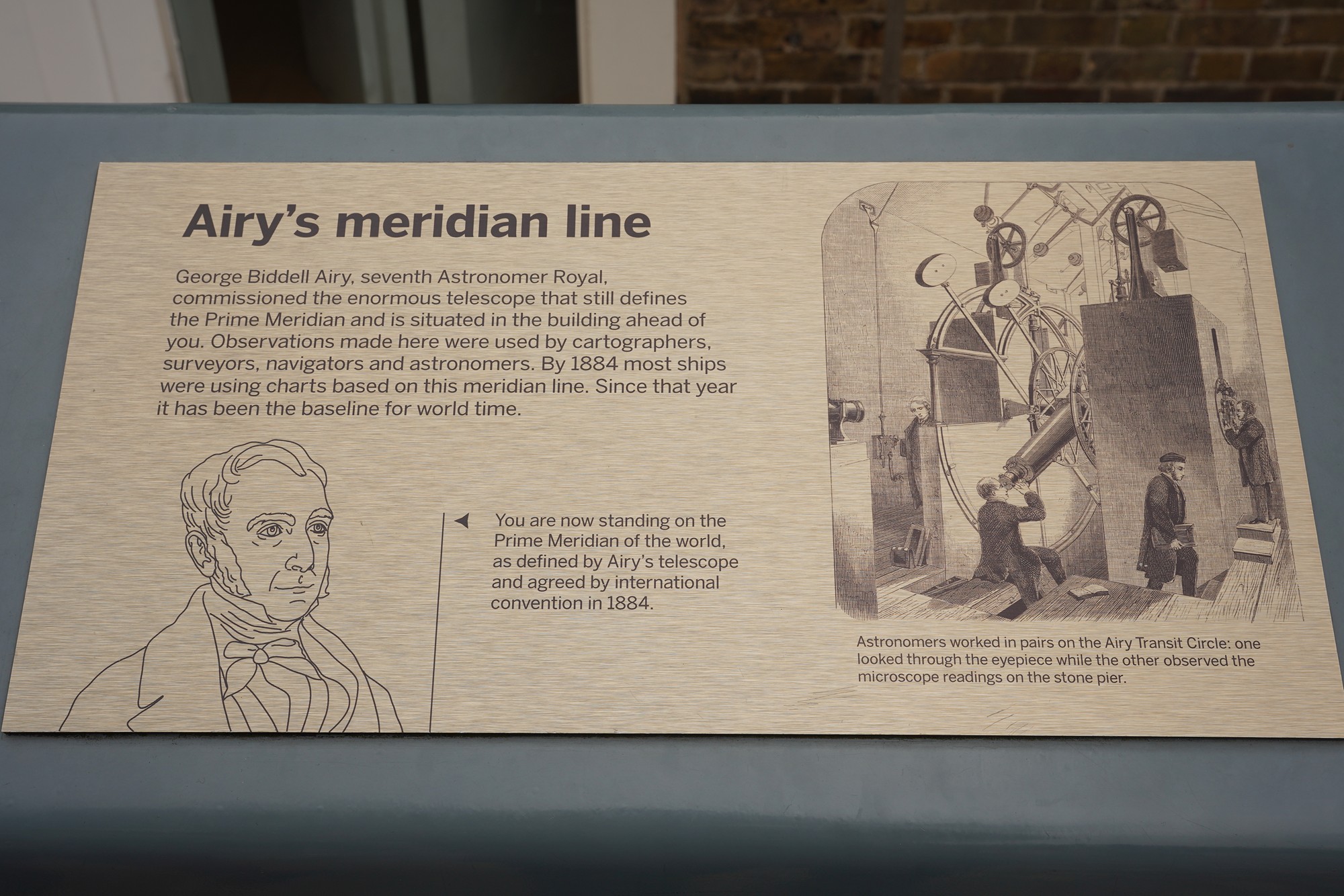
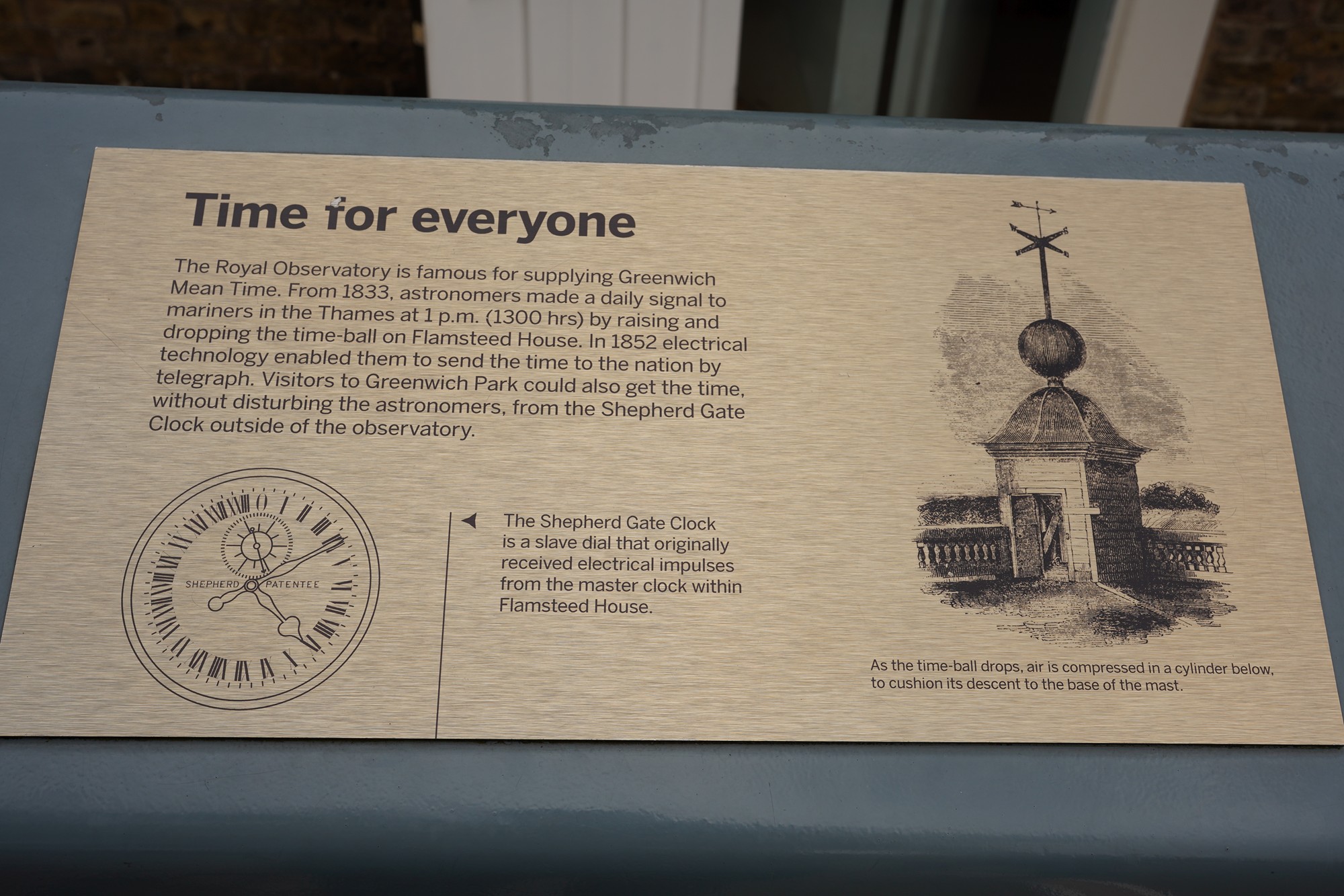

More accurate meridian lines were found.
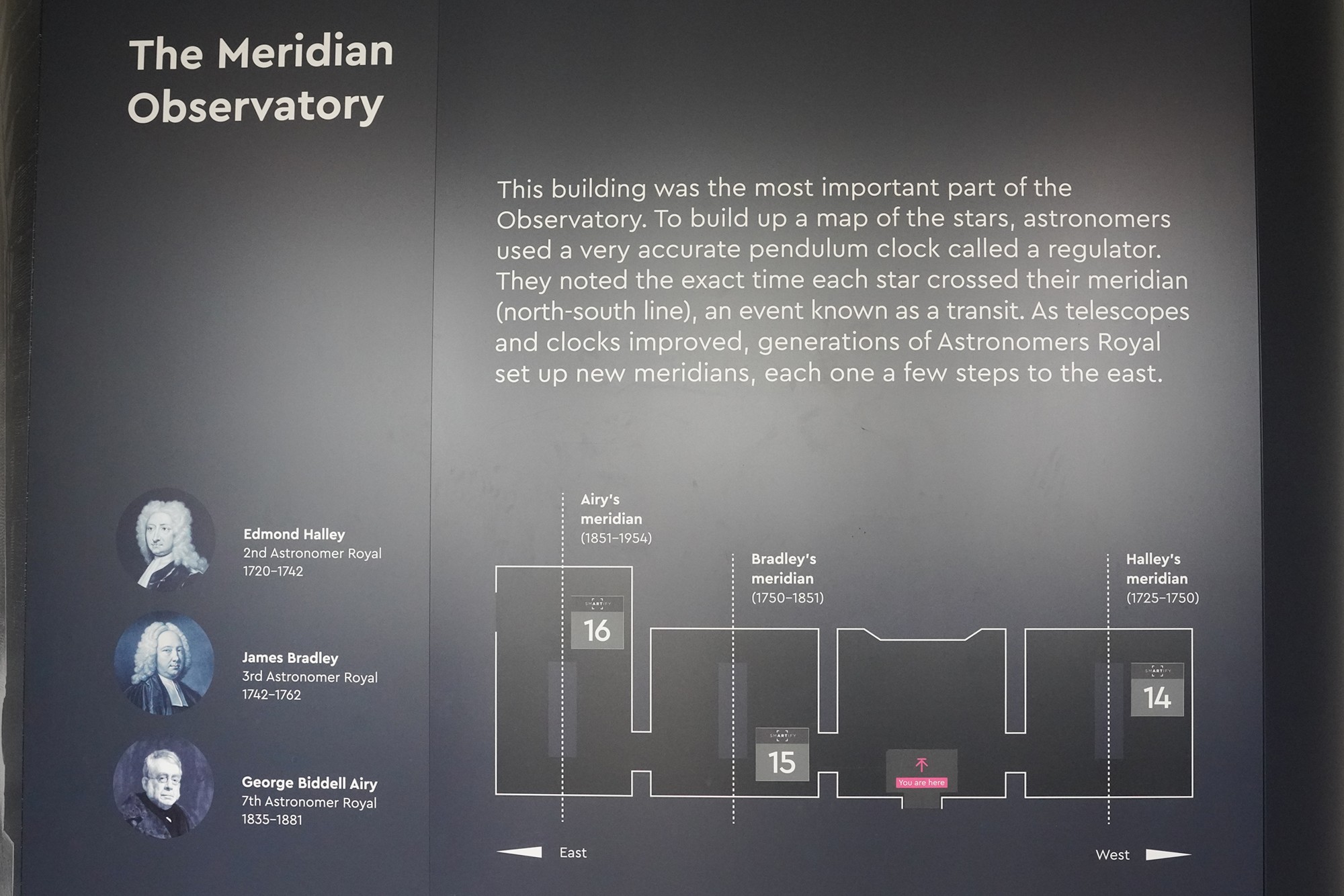
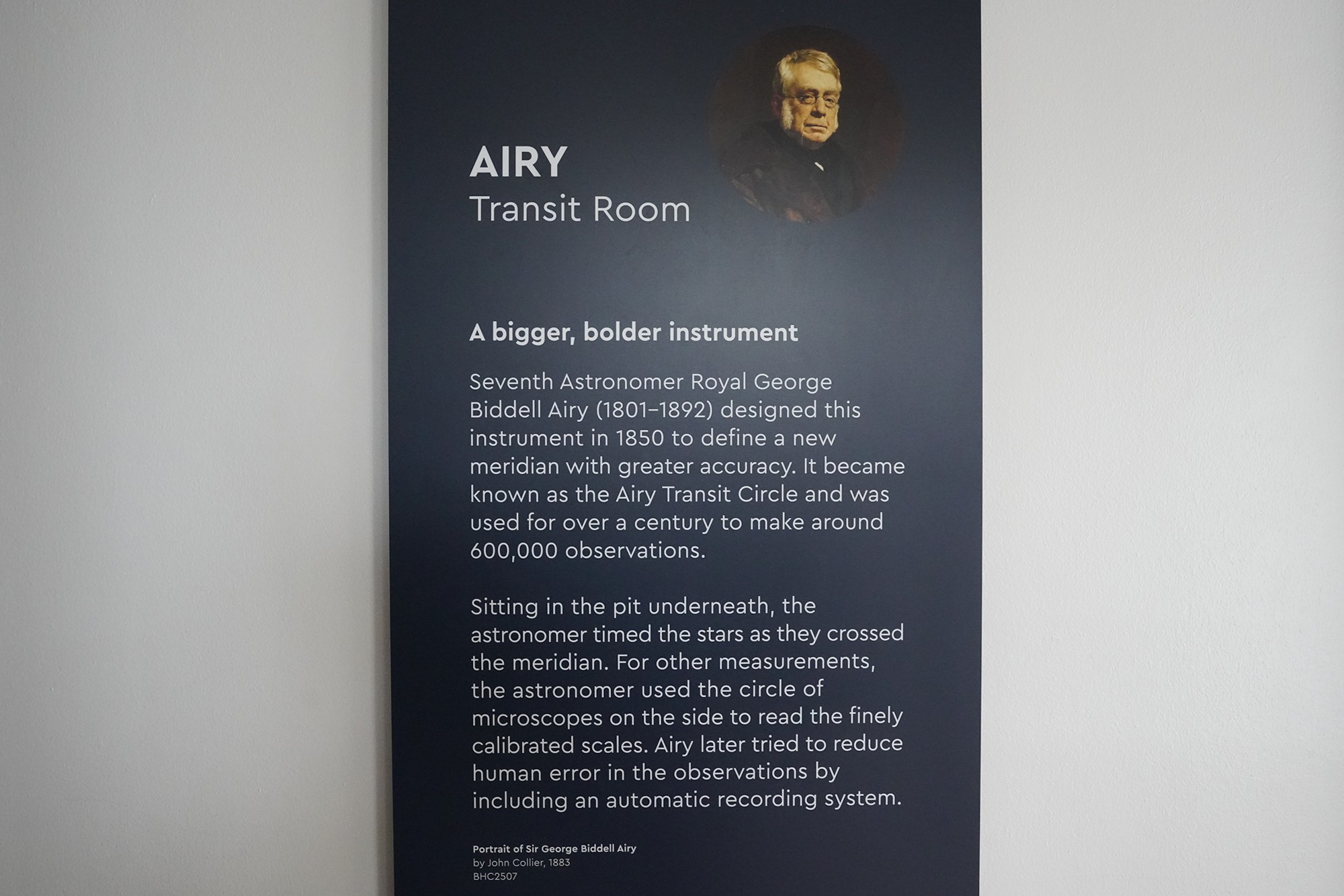
The equipment used to find more accurate meridian line
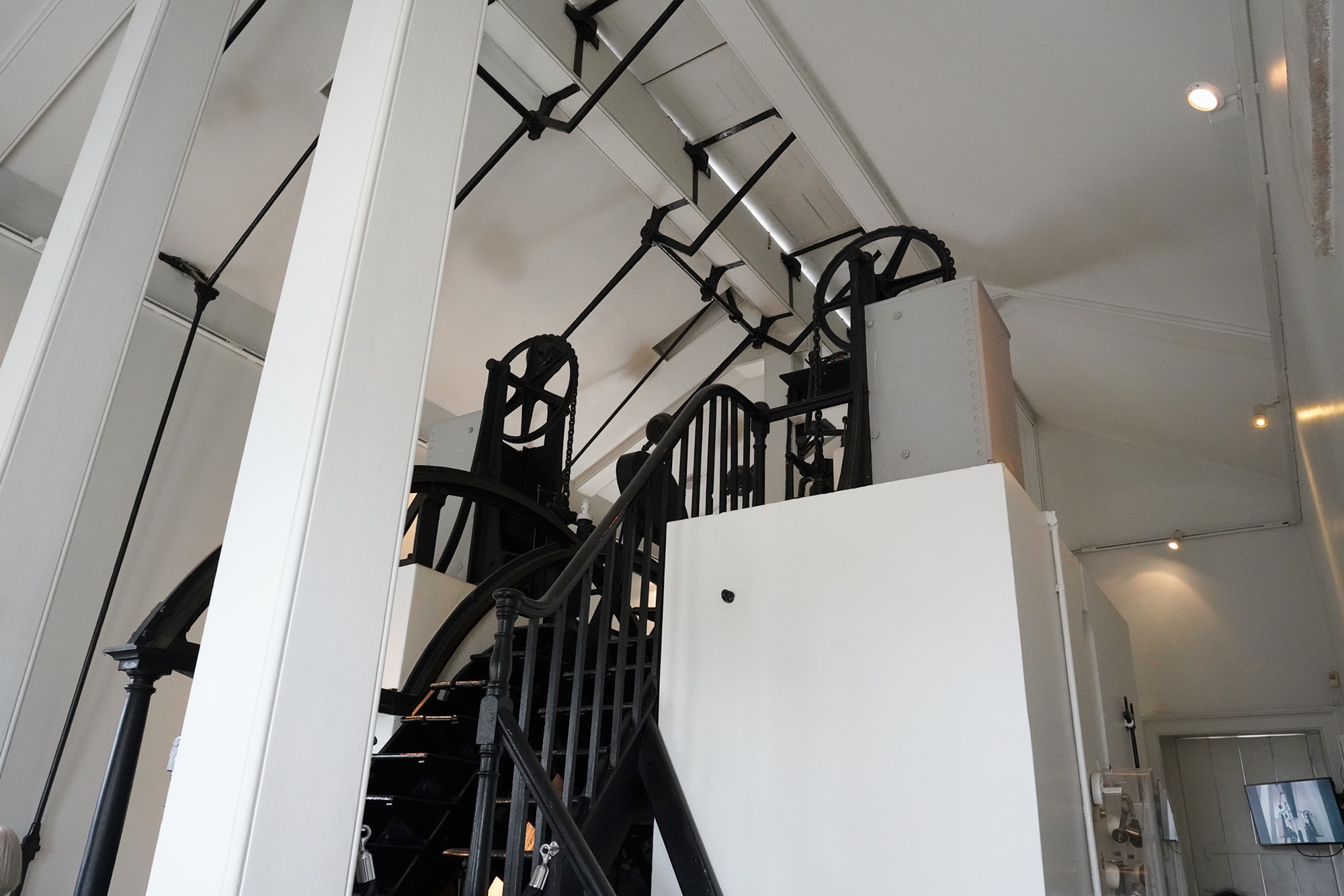
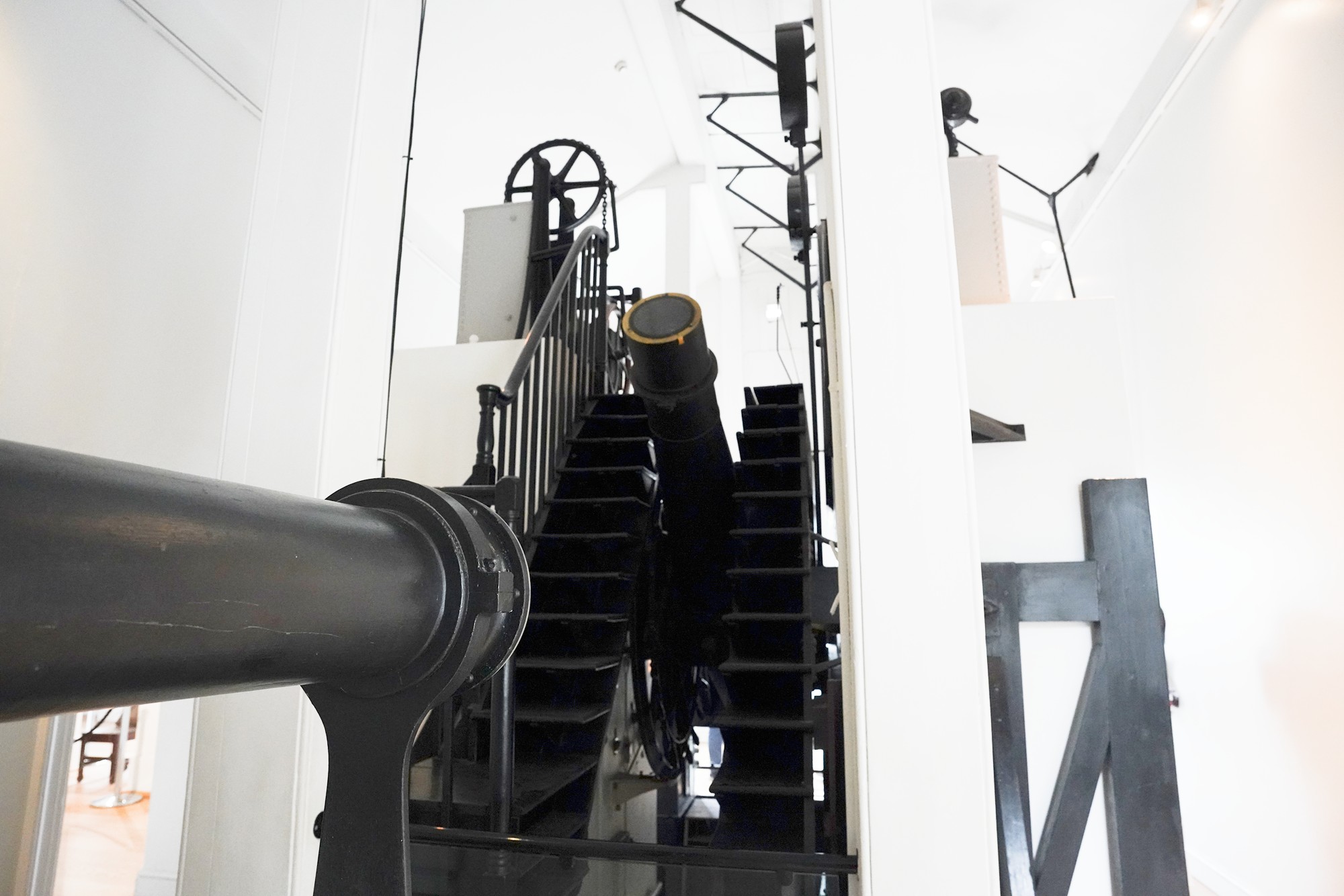
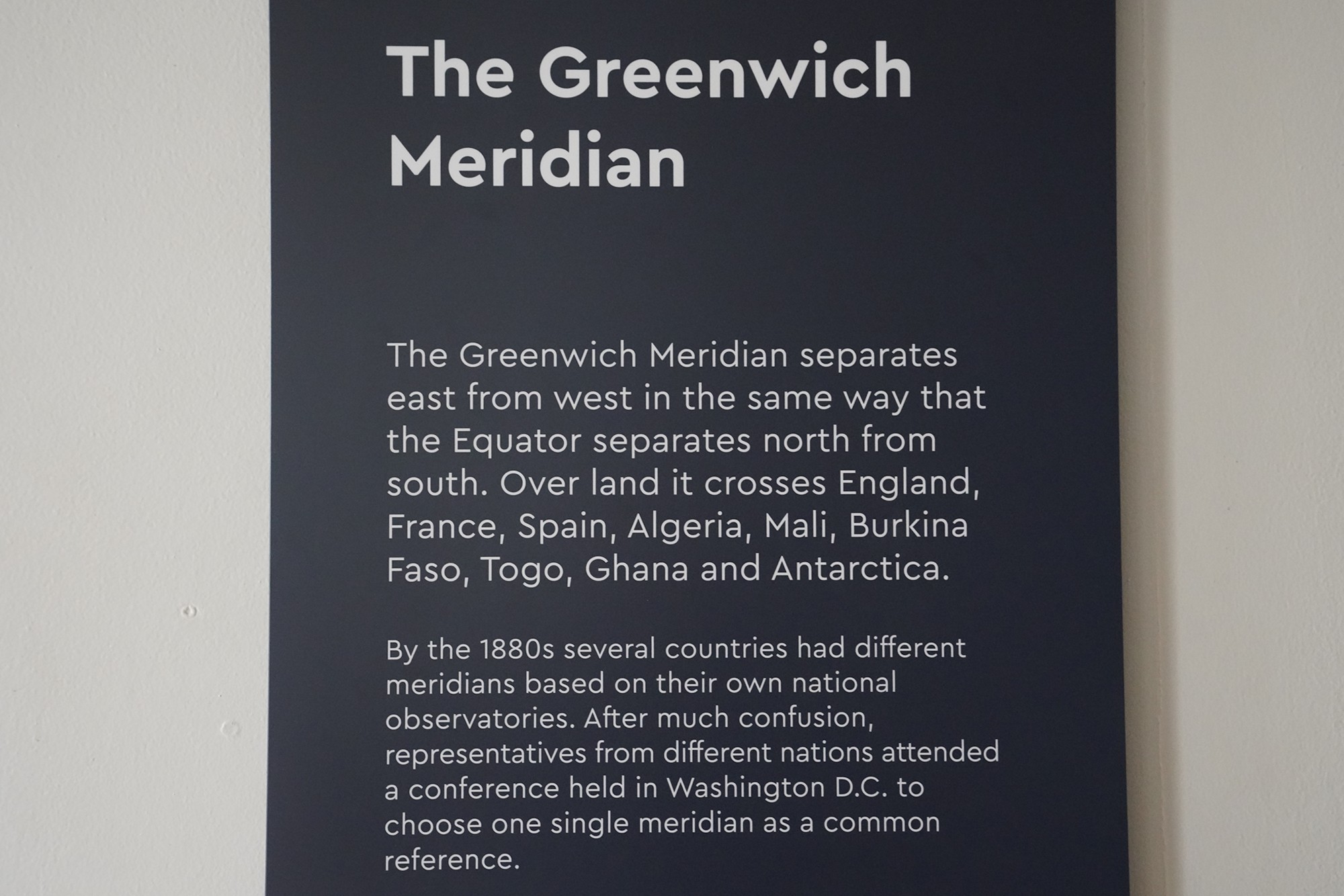

Collection of old timekeepers

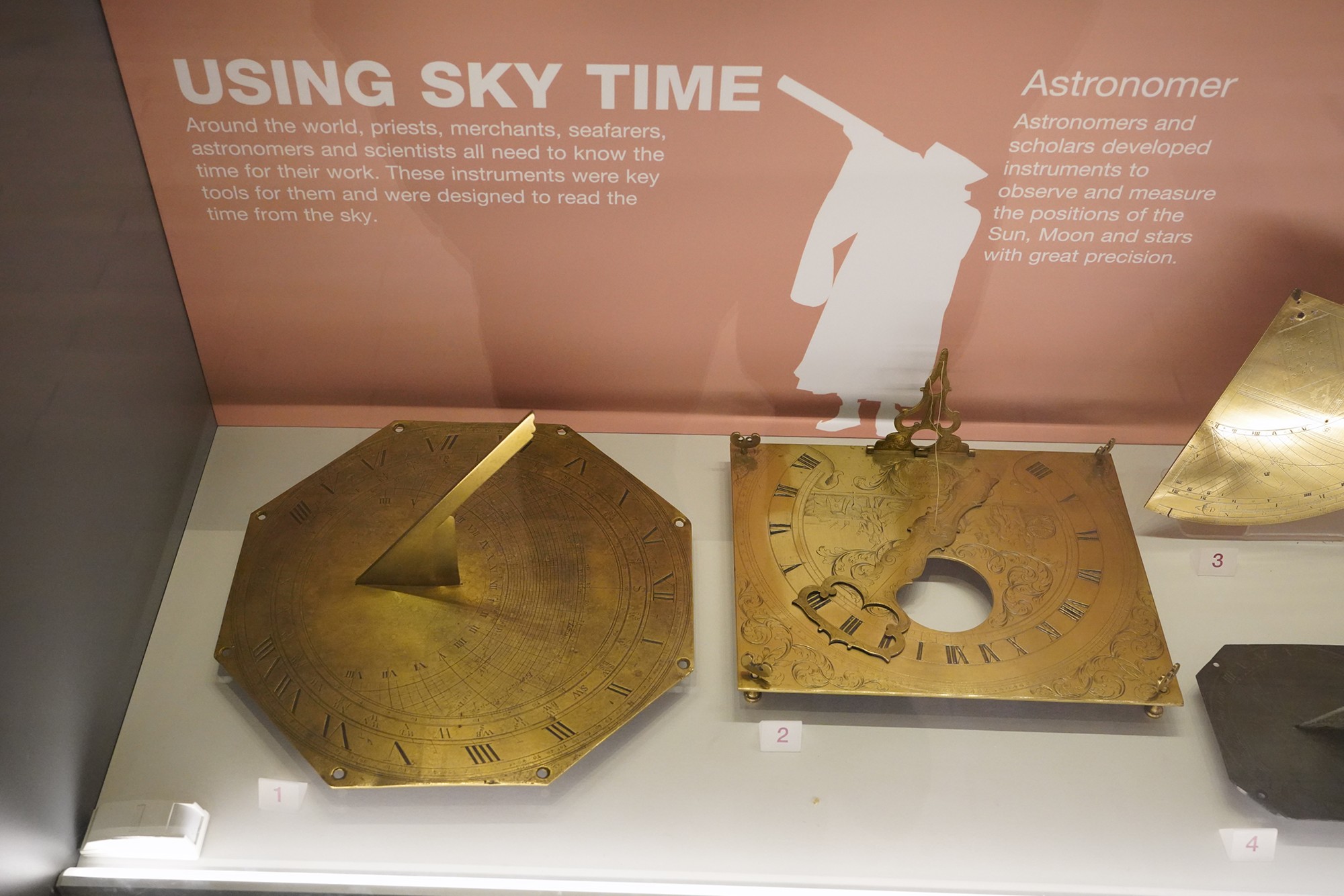
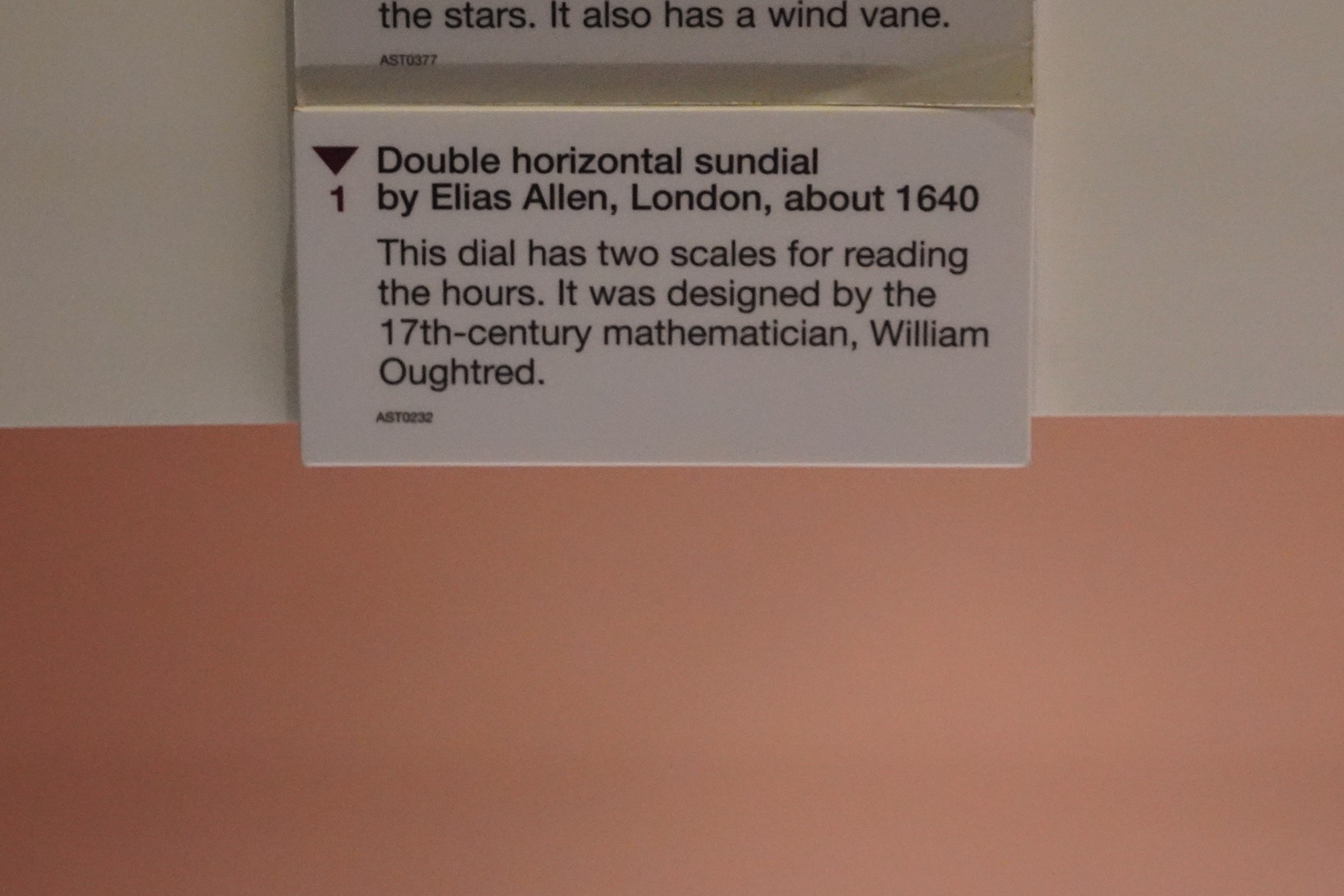

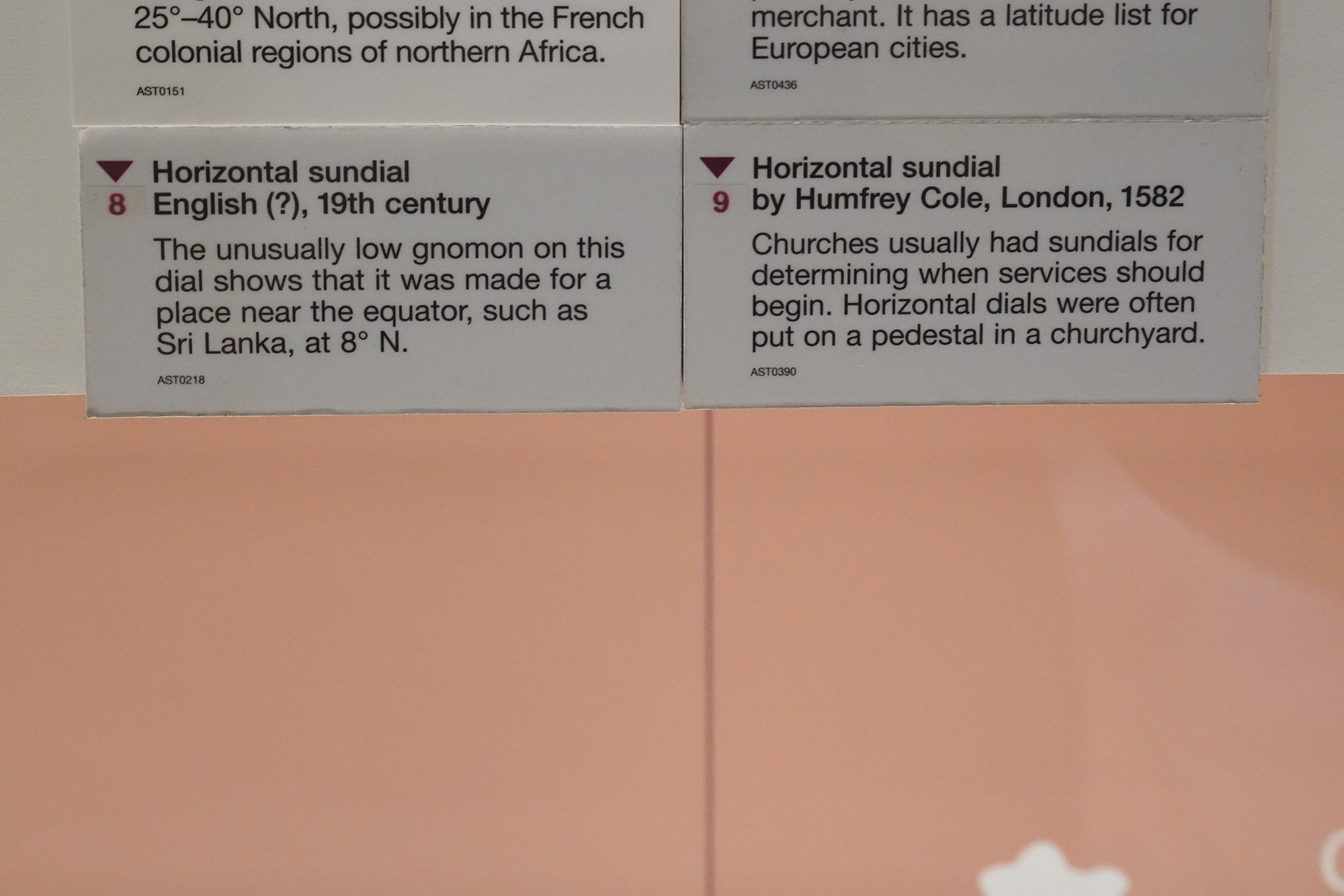
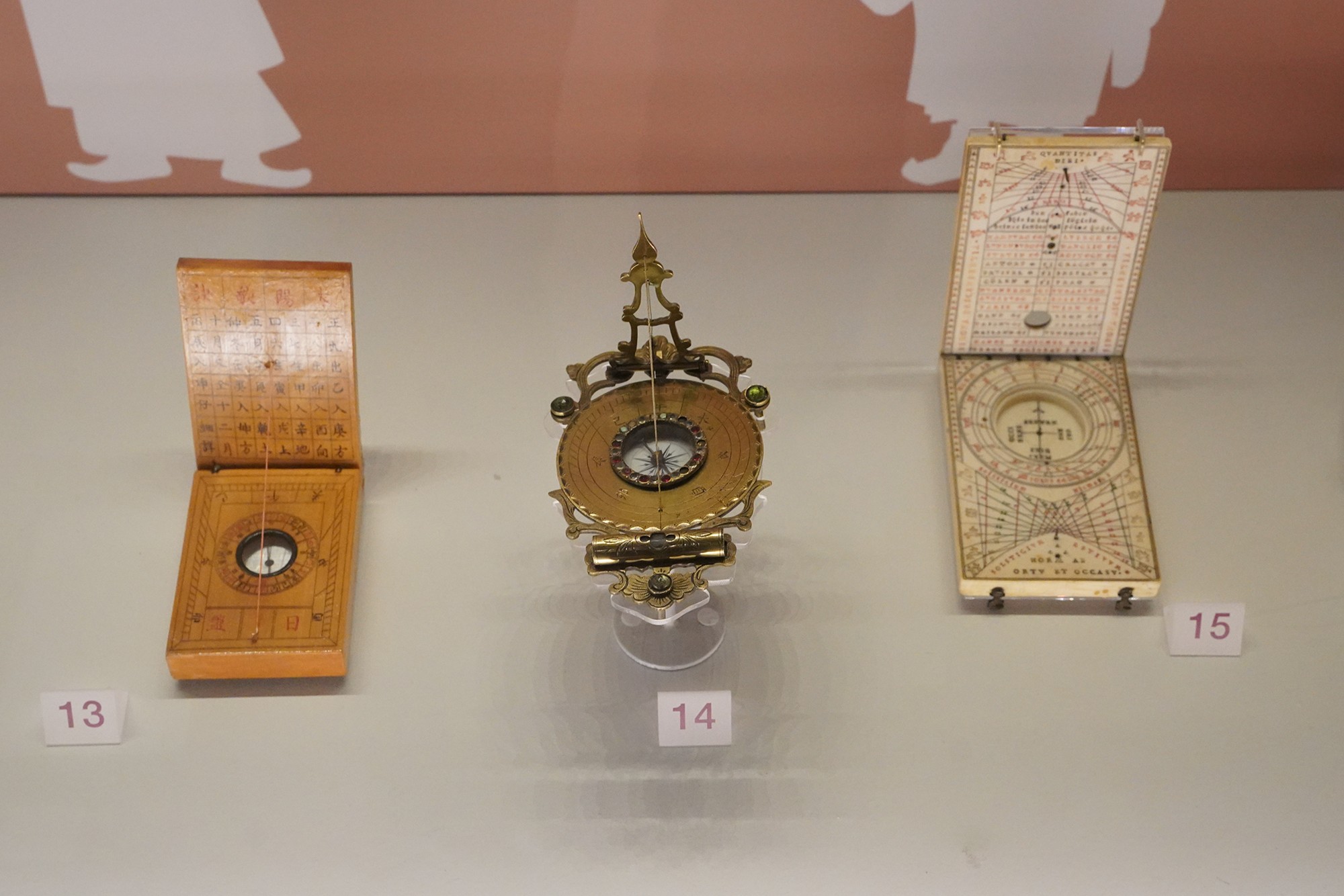
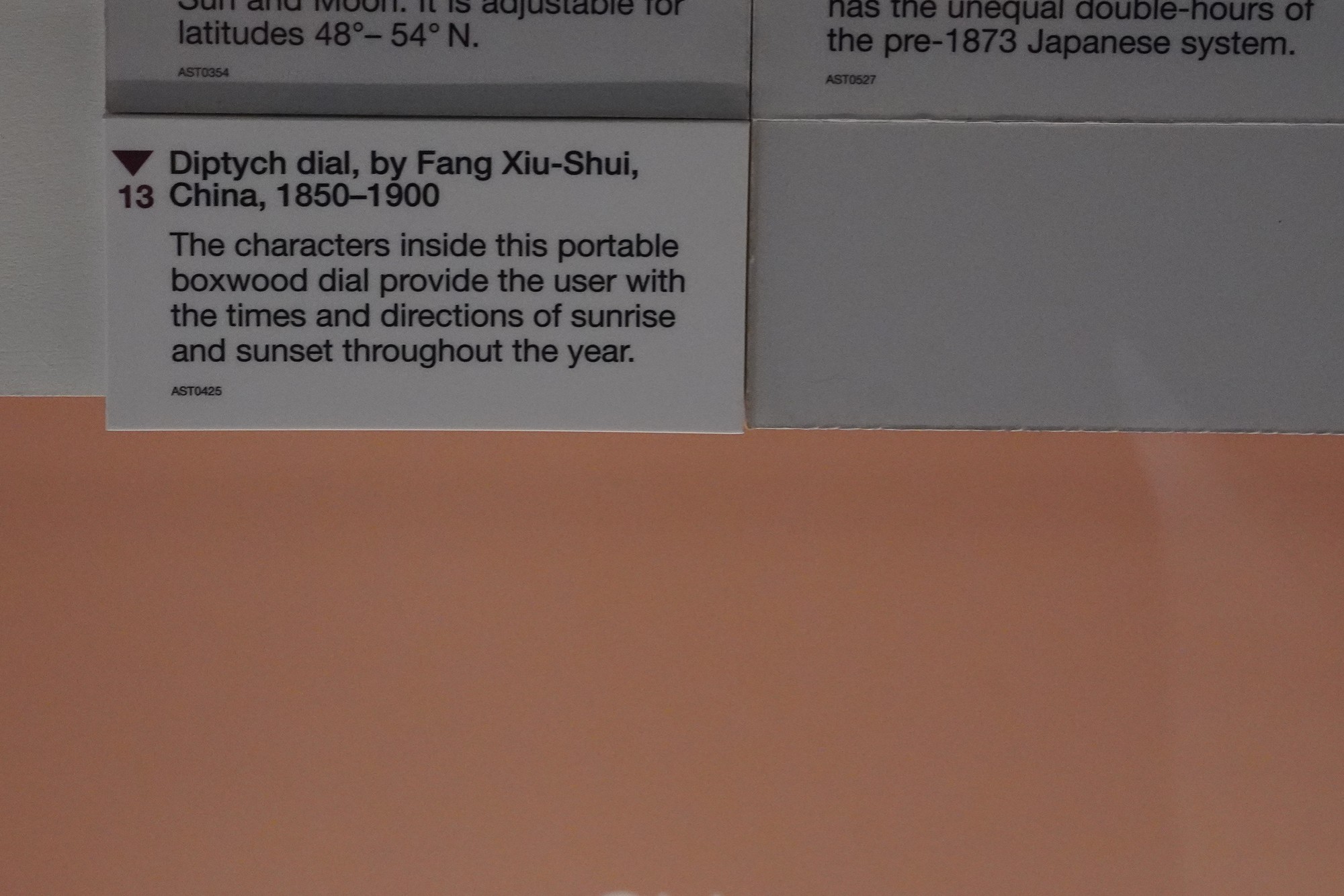
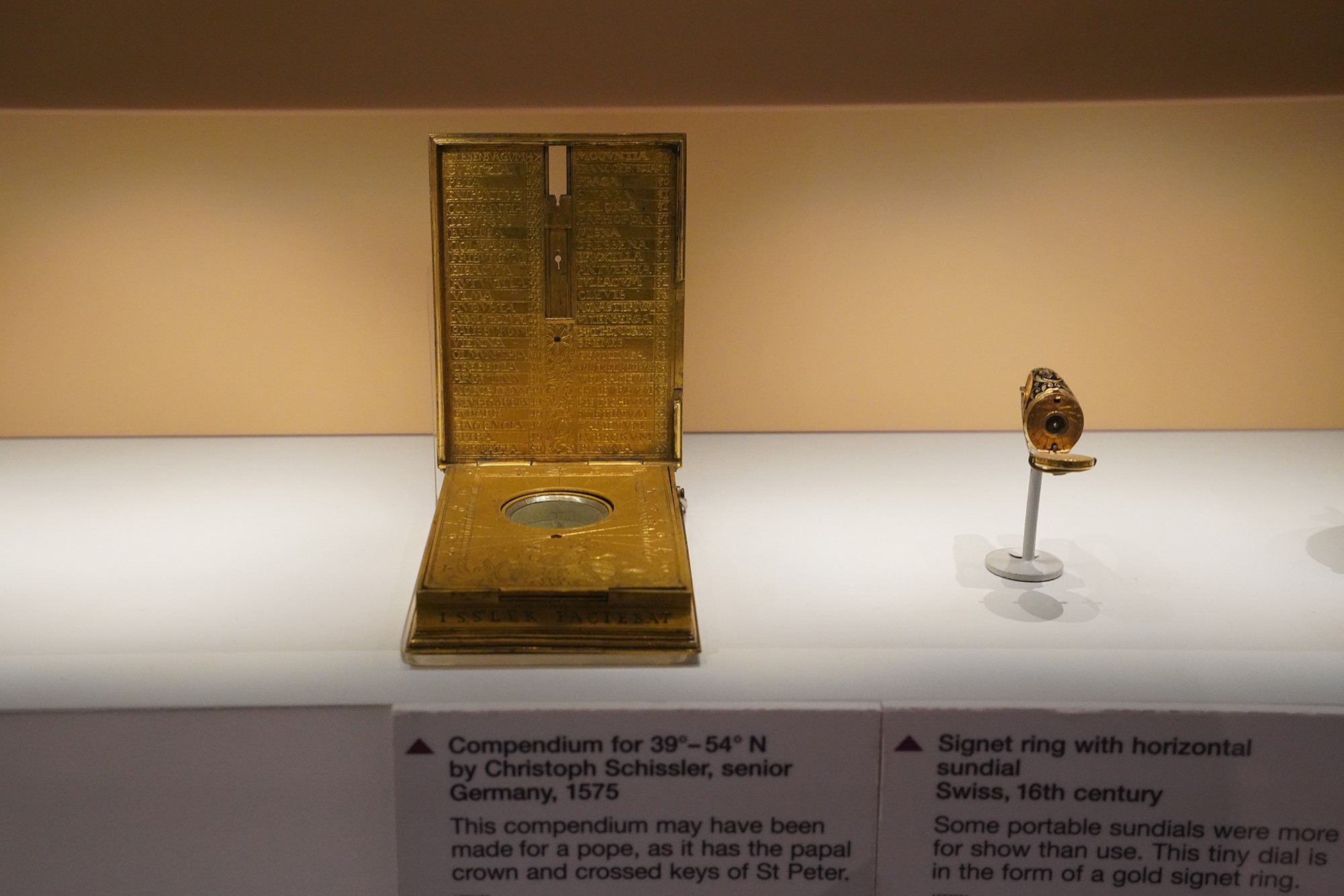

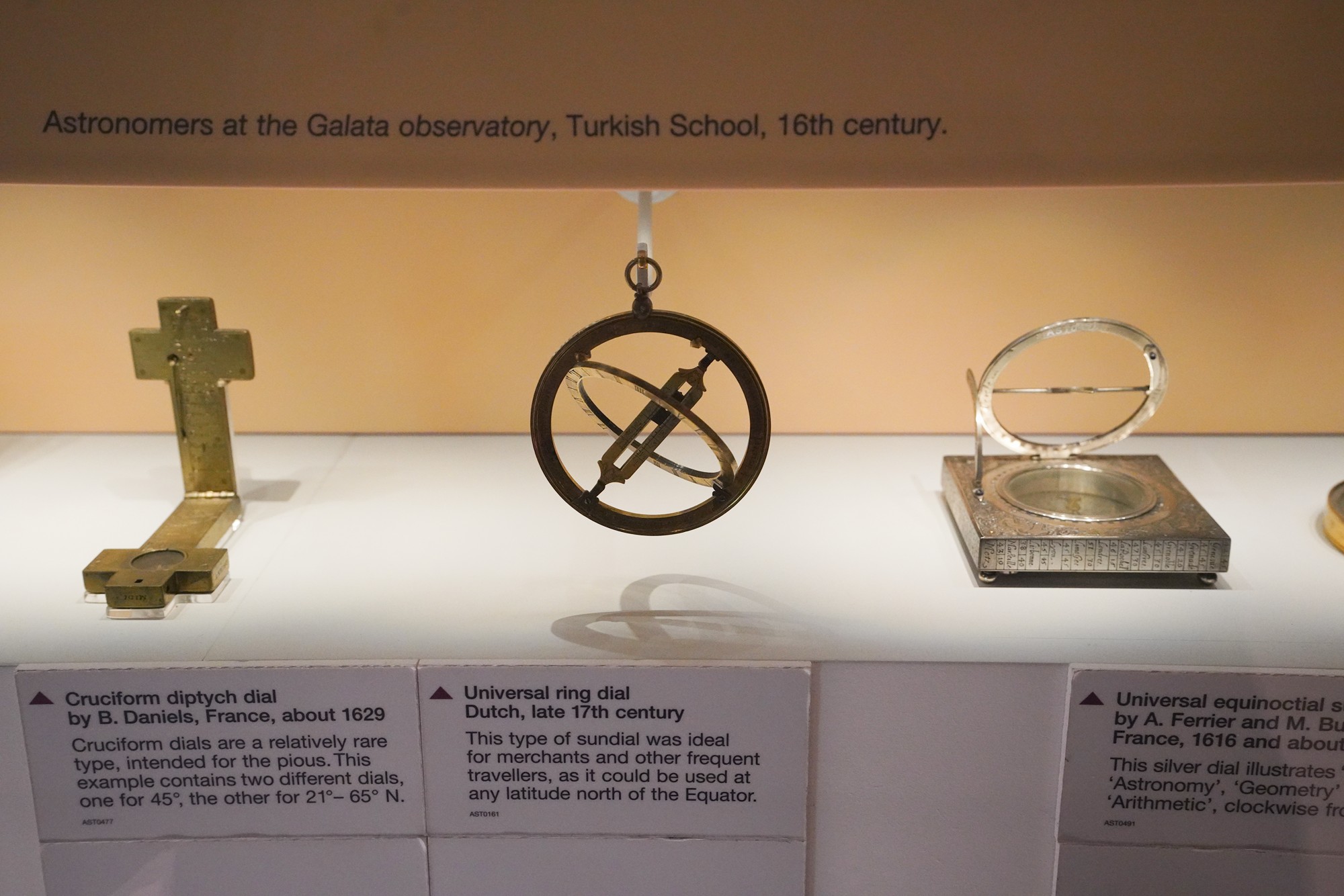
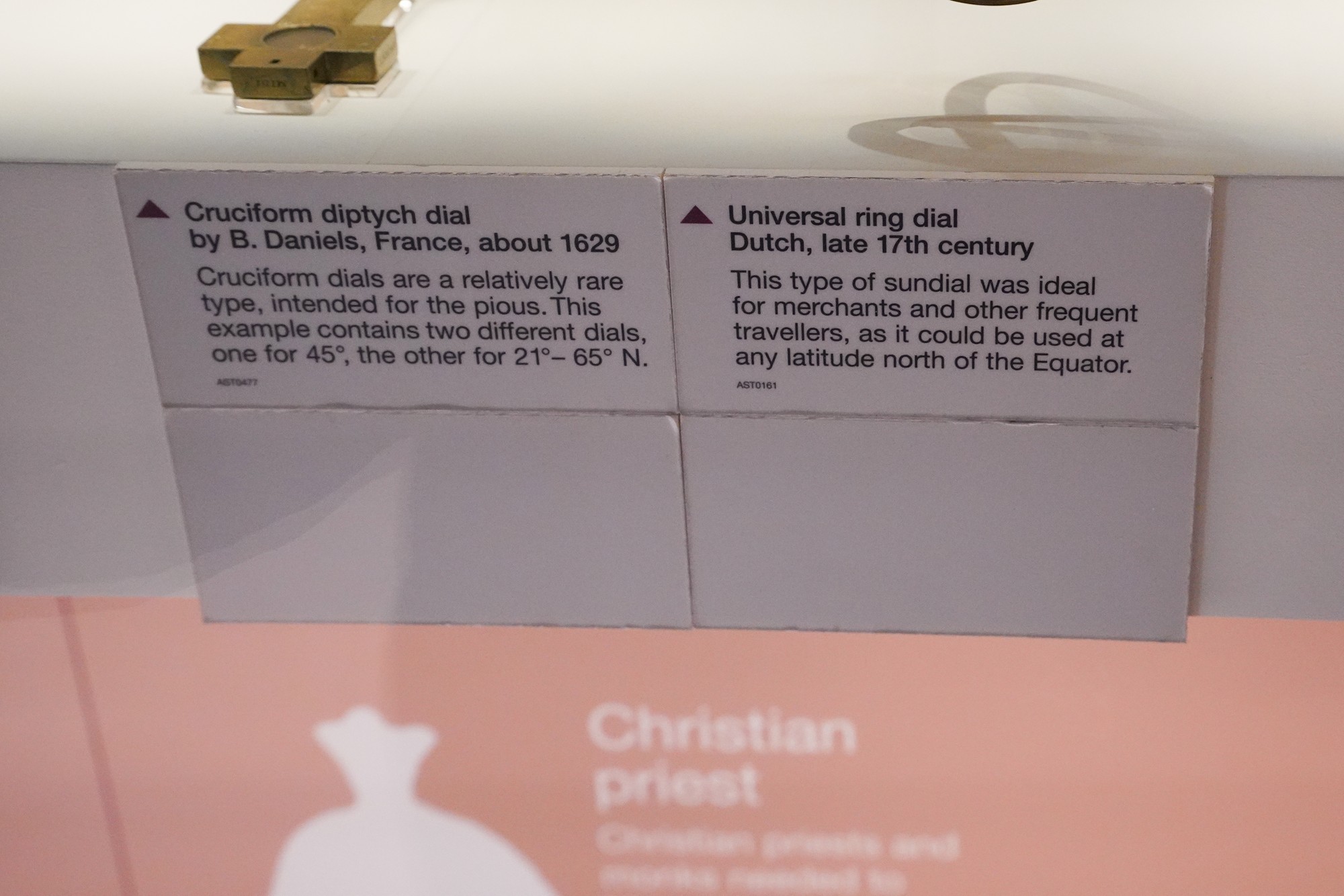
Climbed to see a telescope of the observatory
